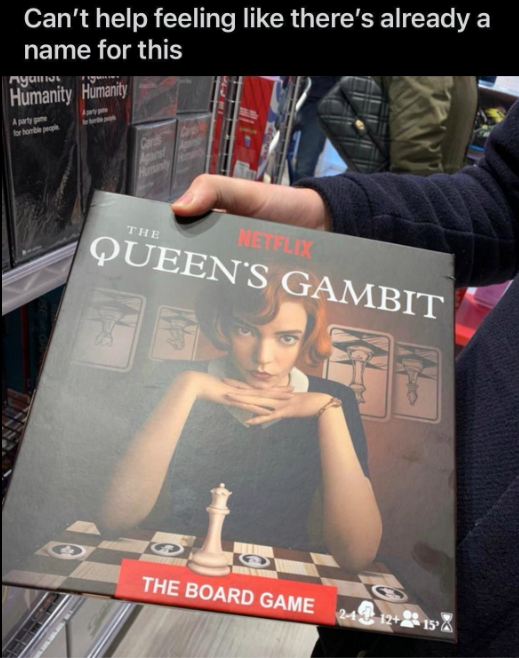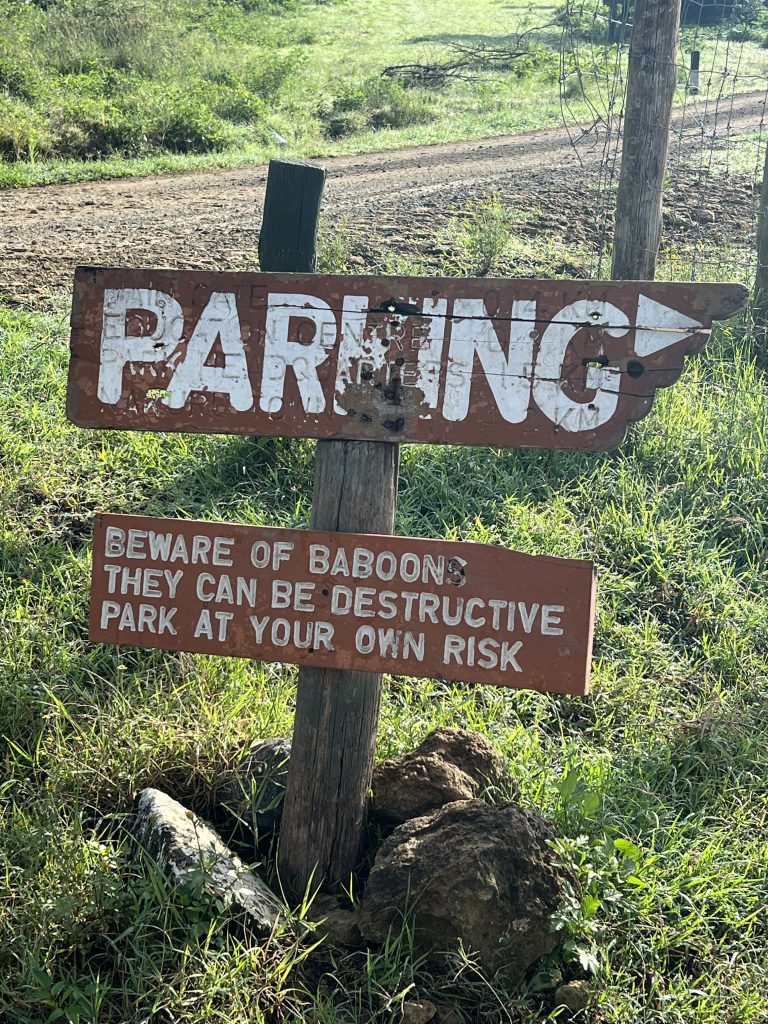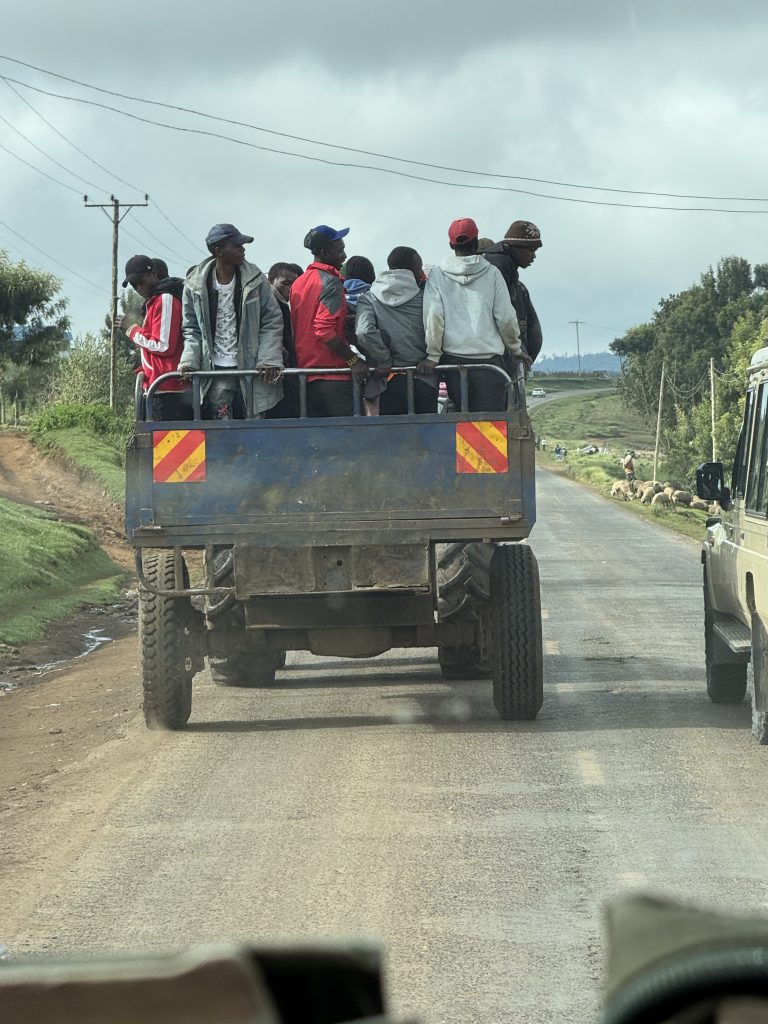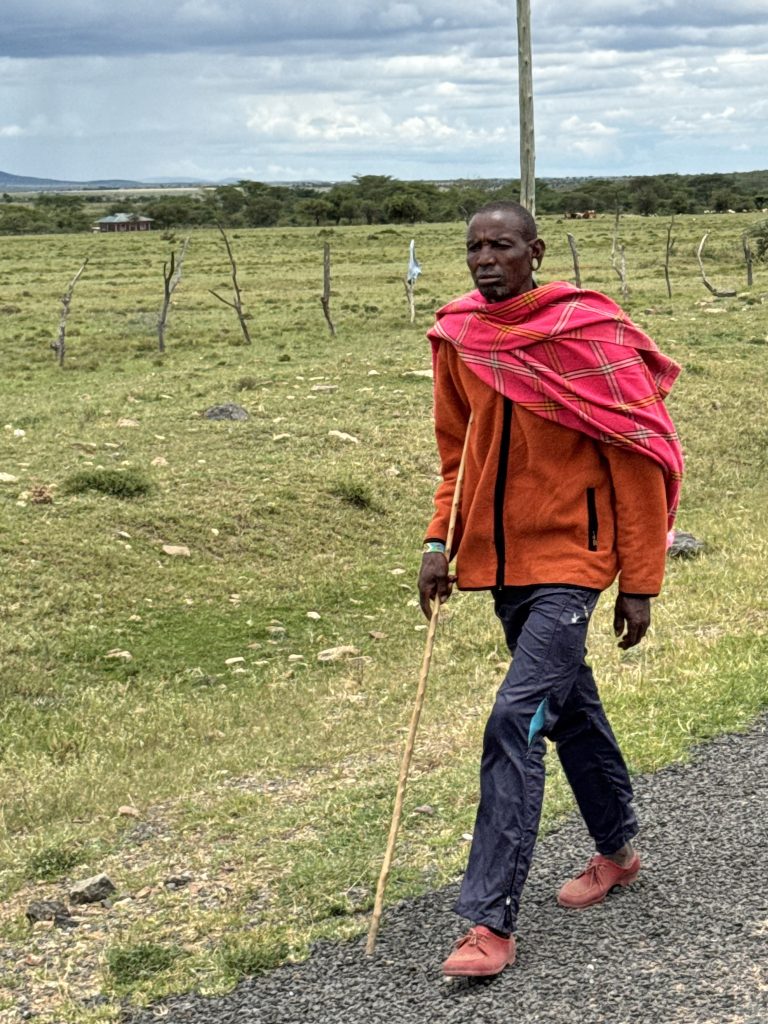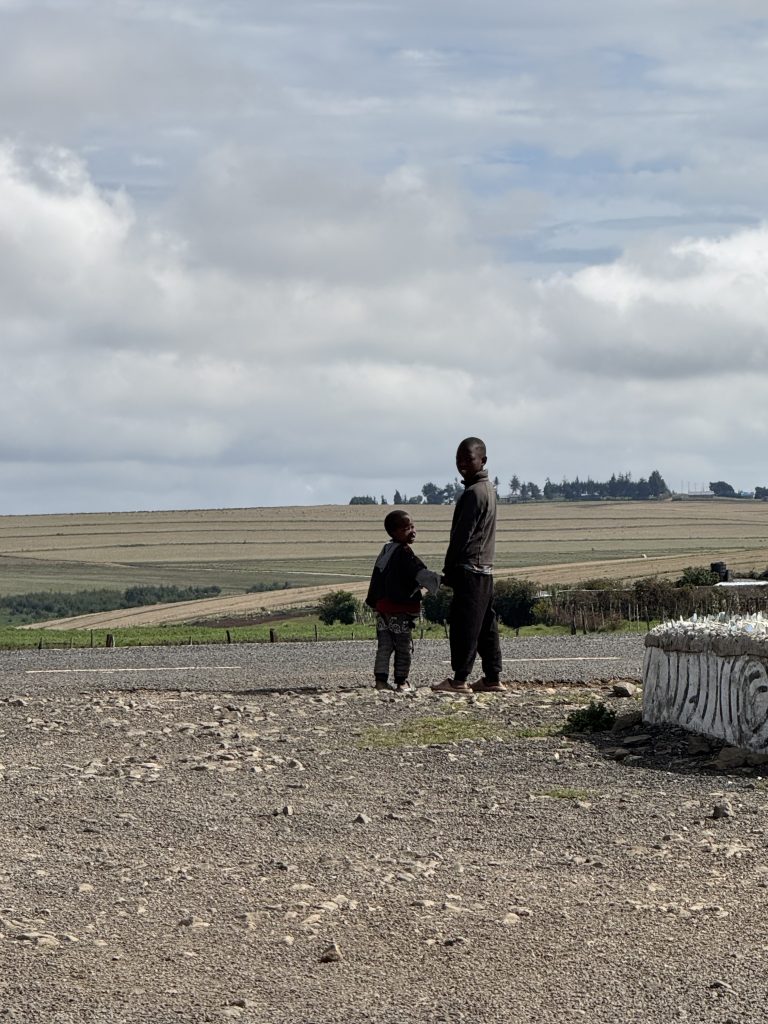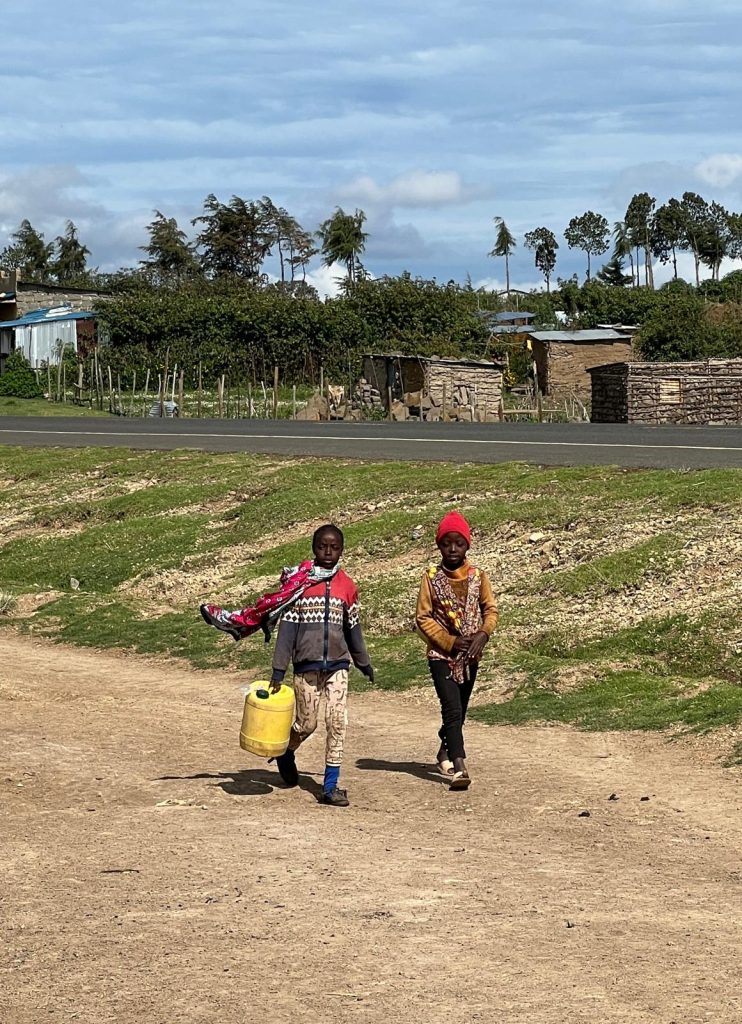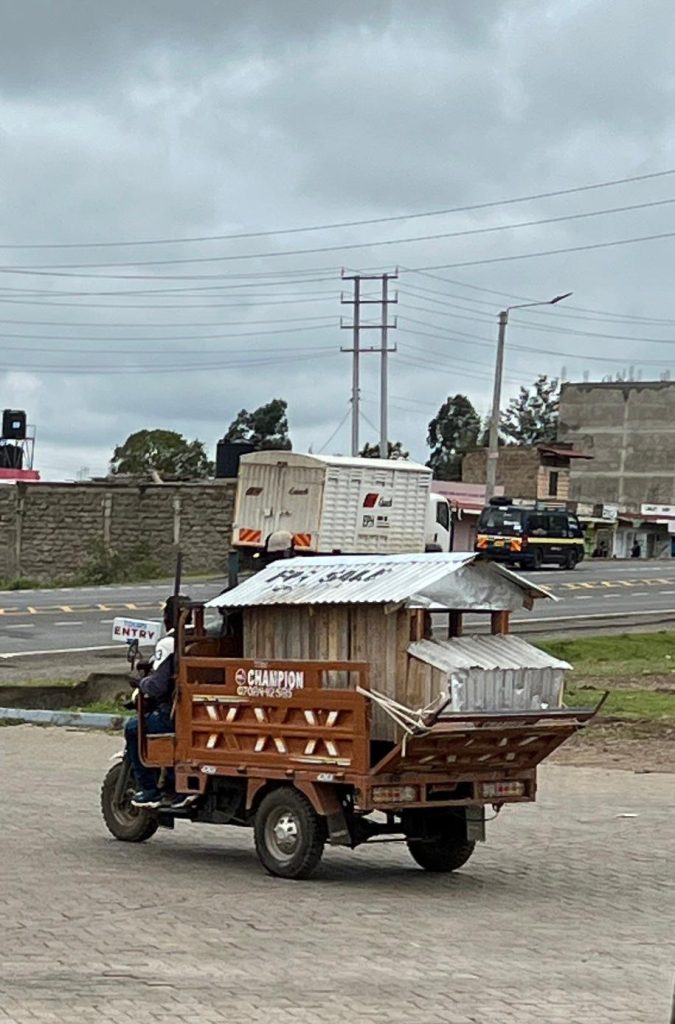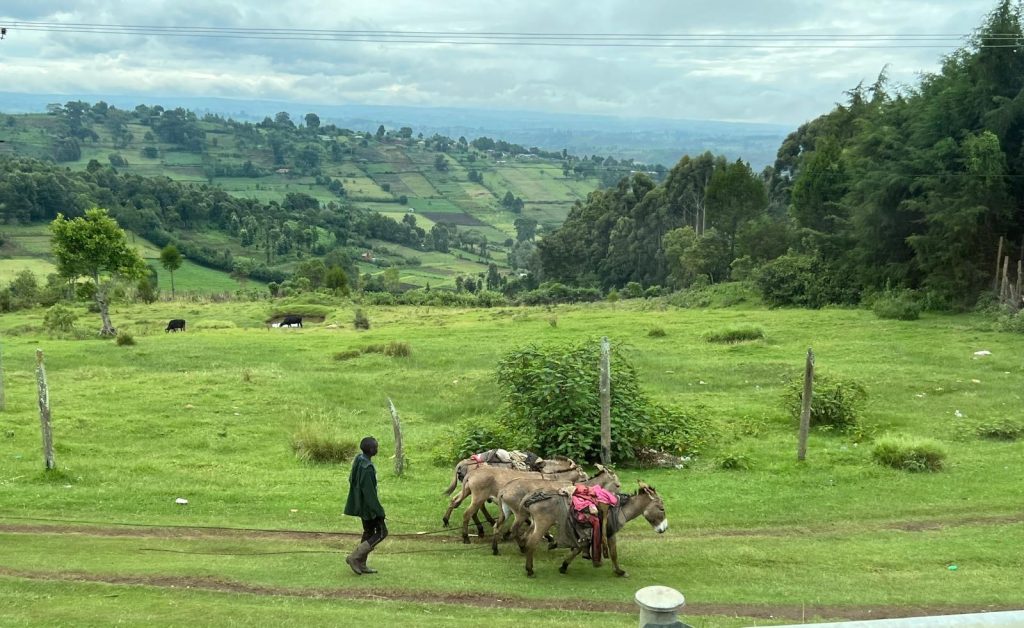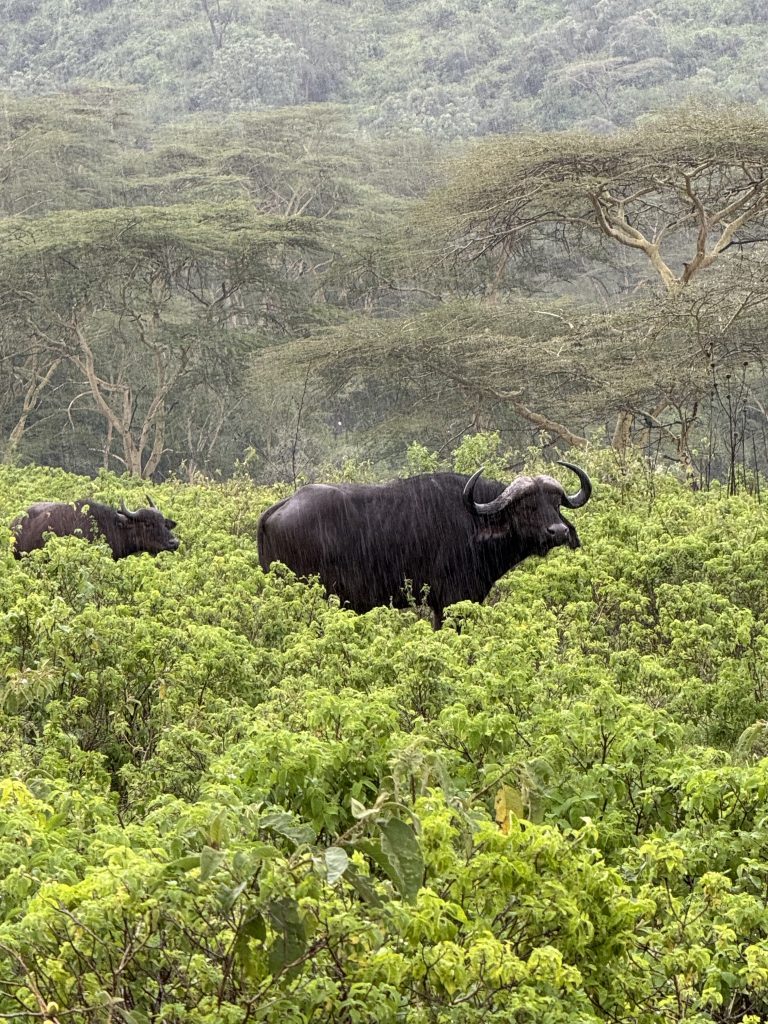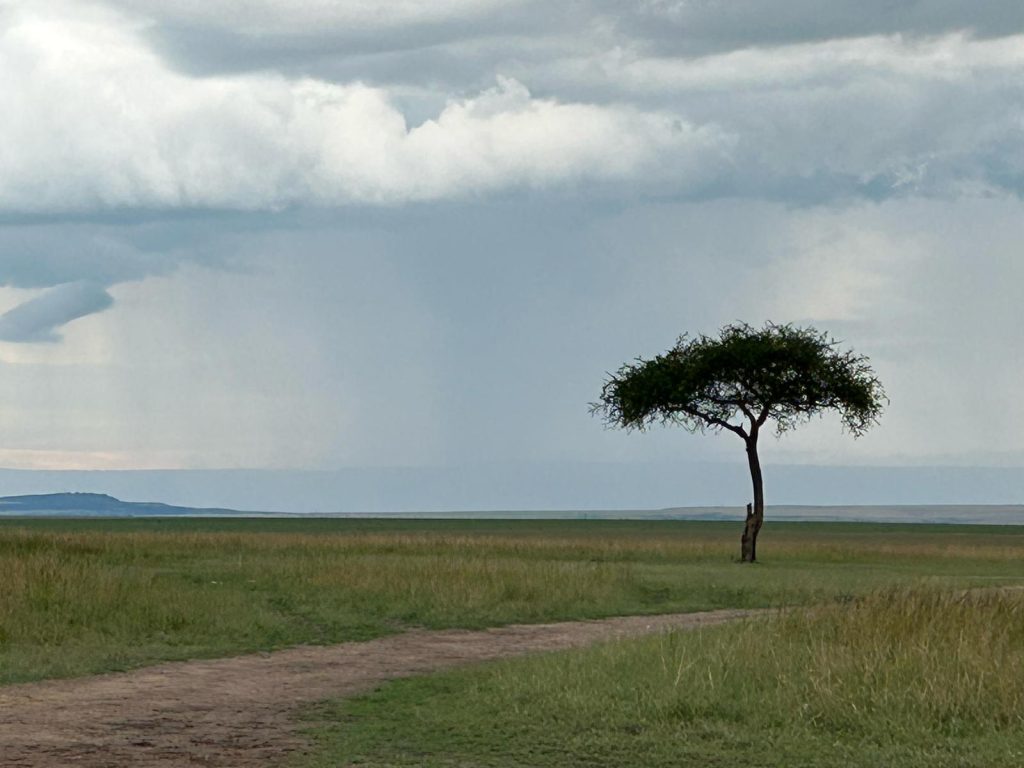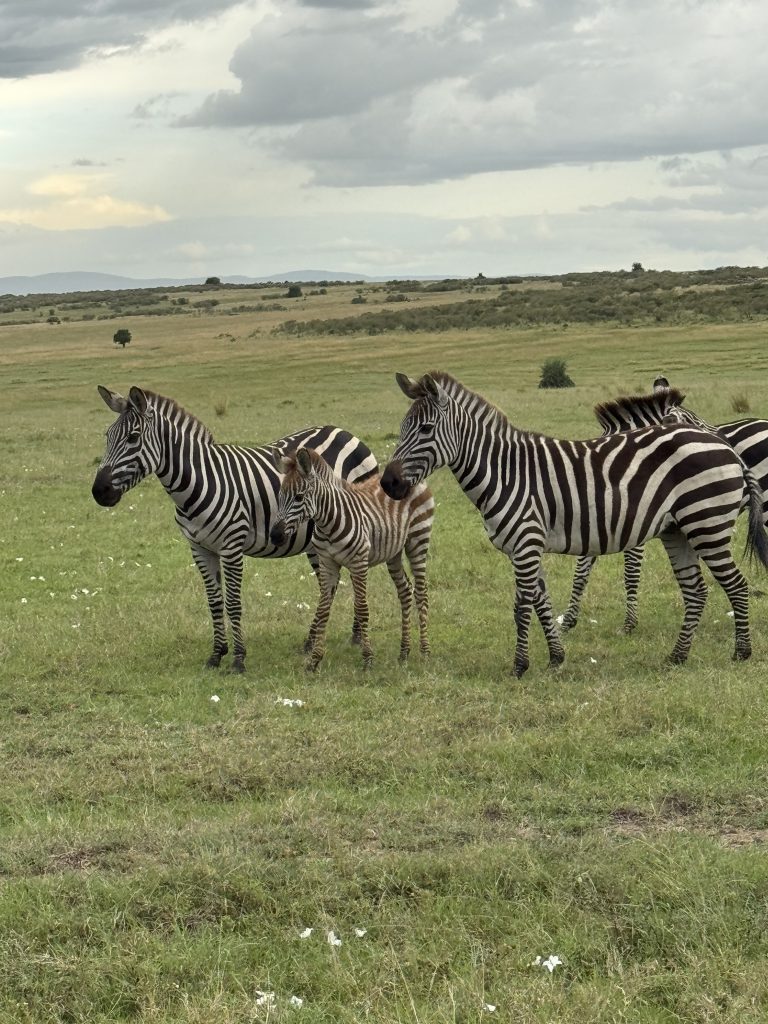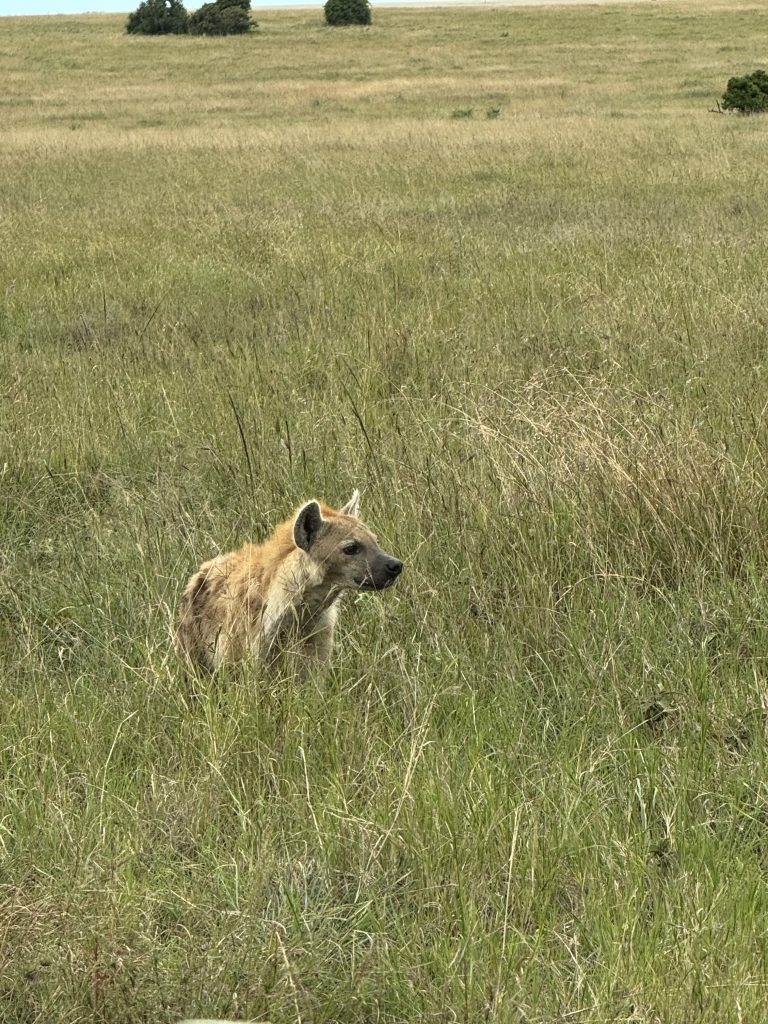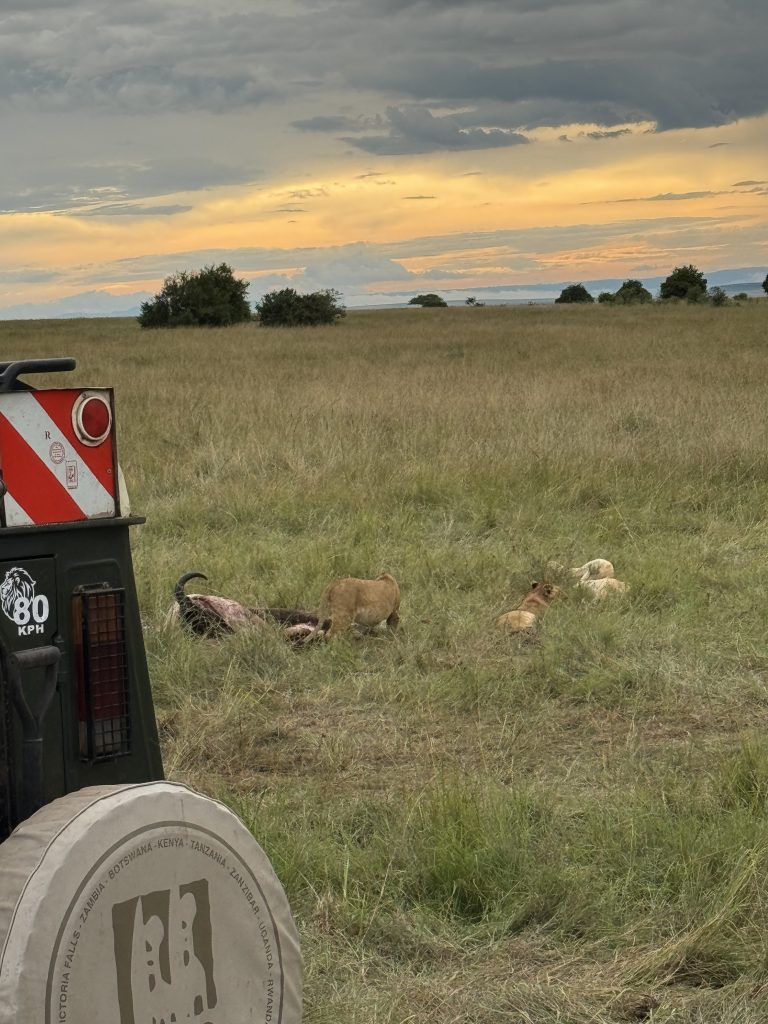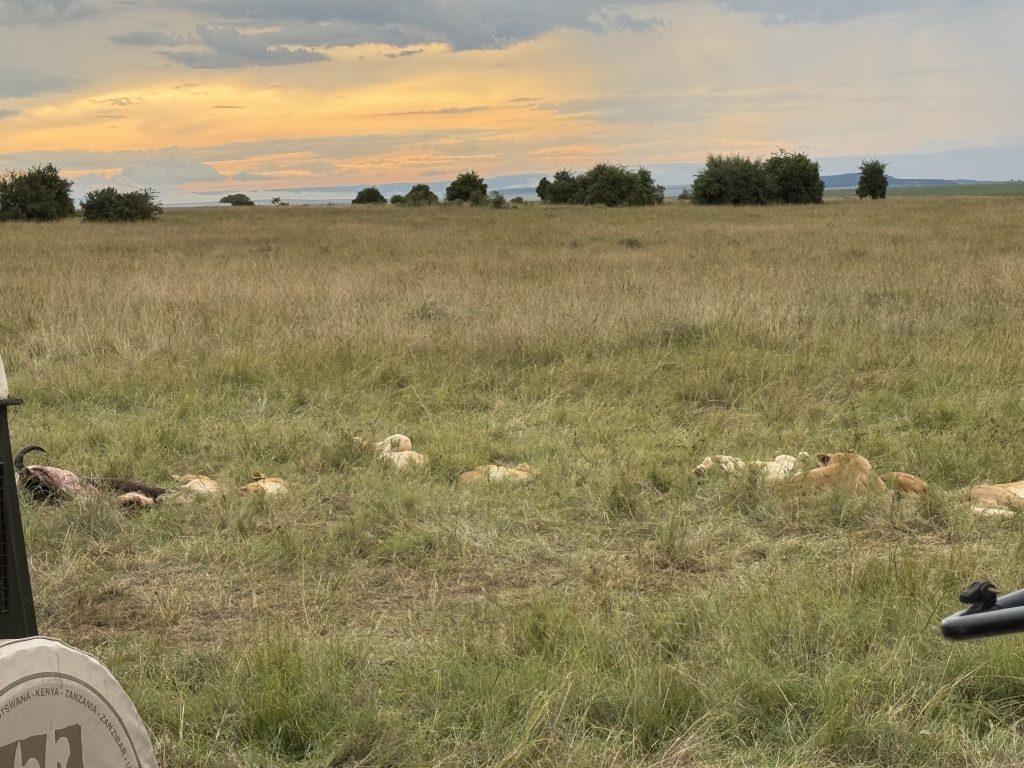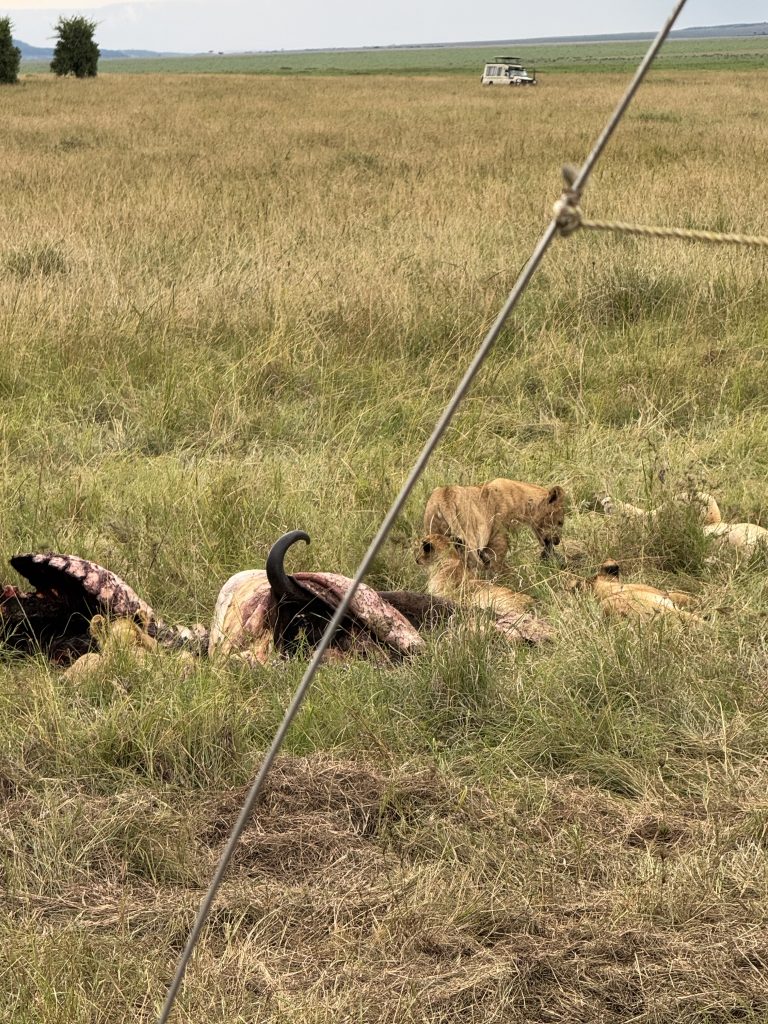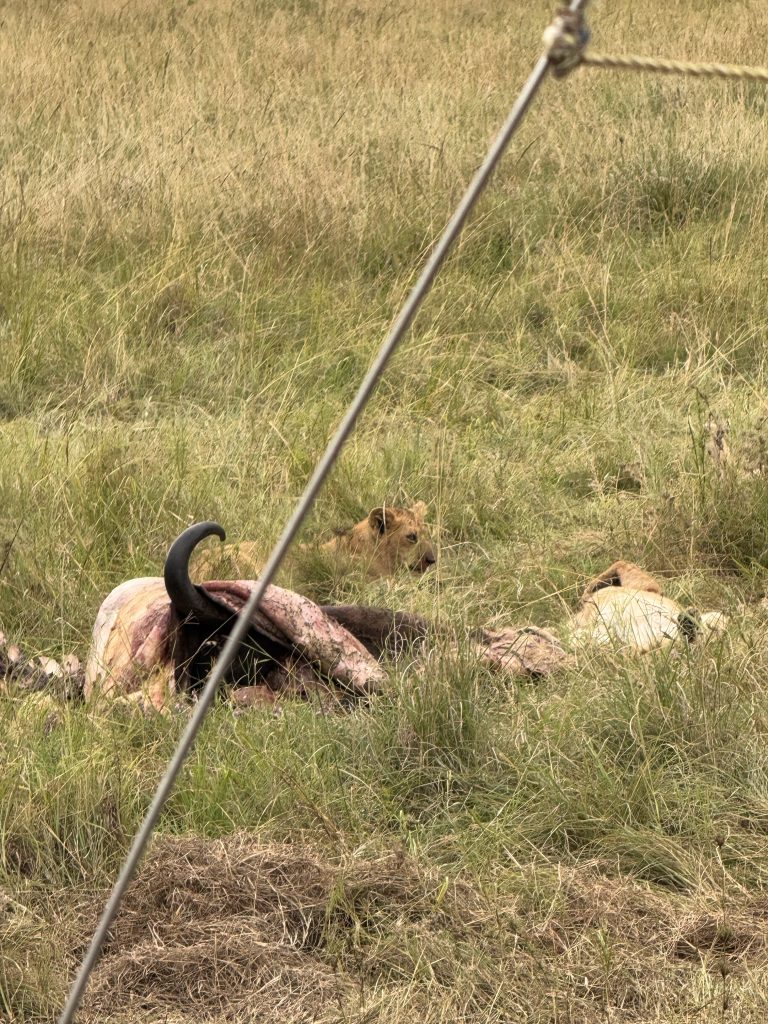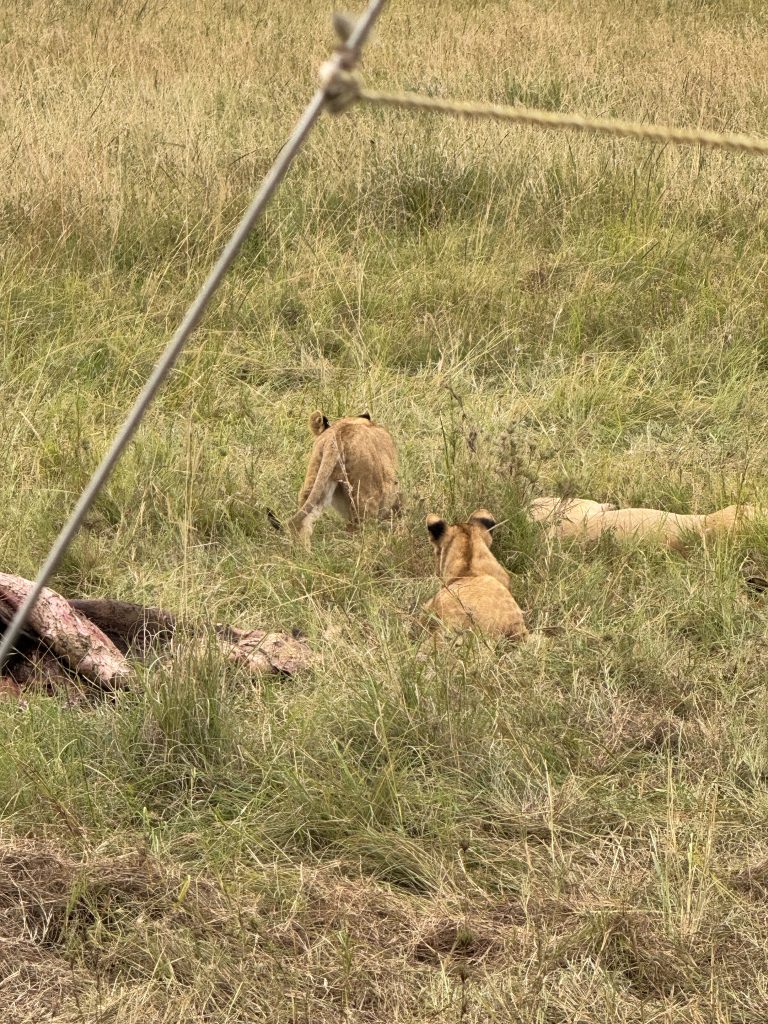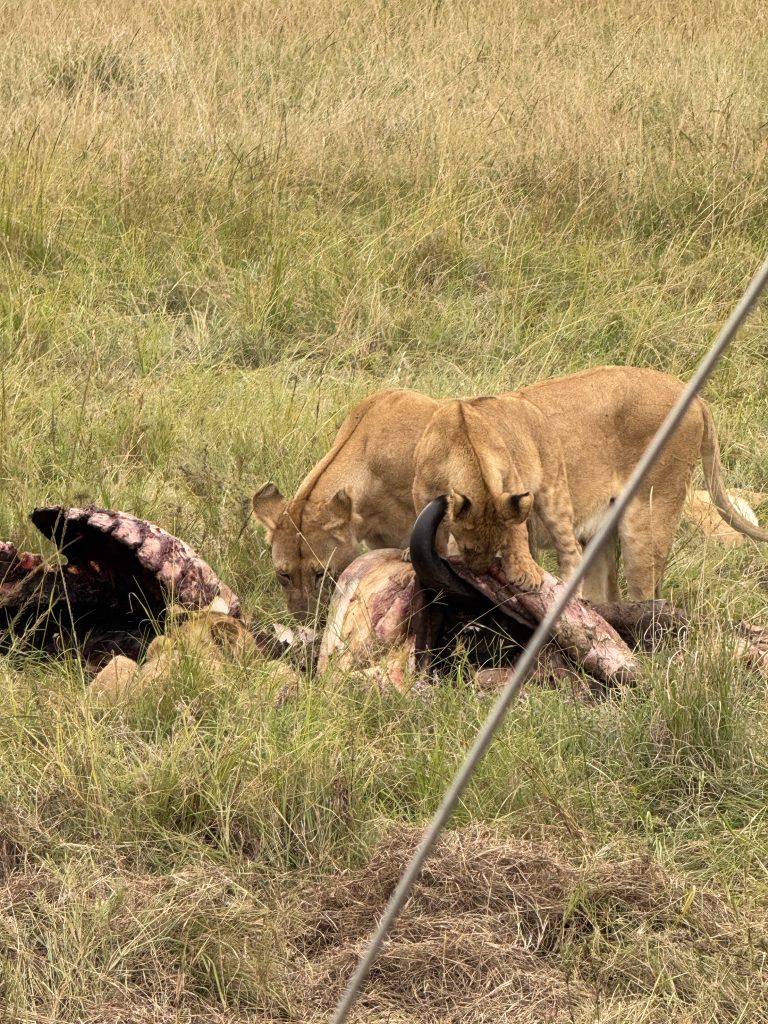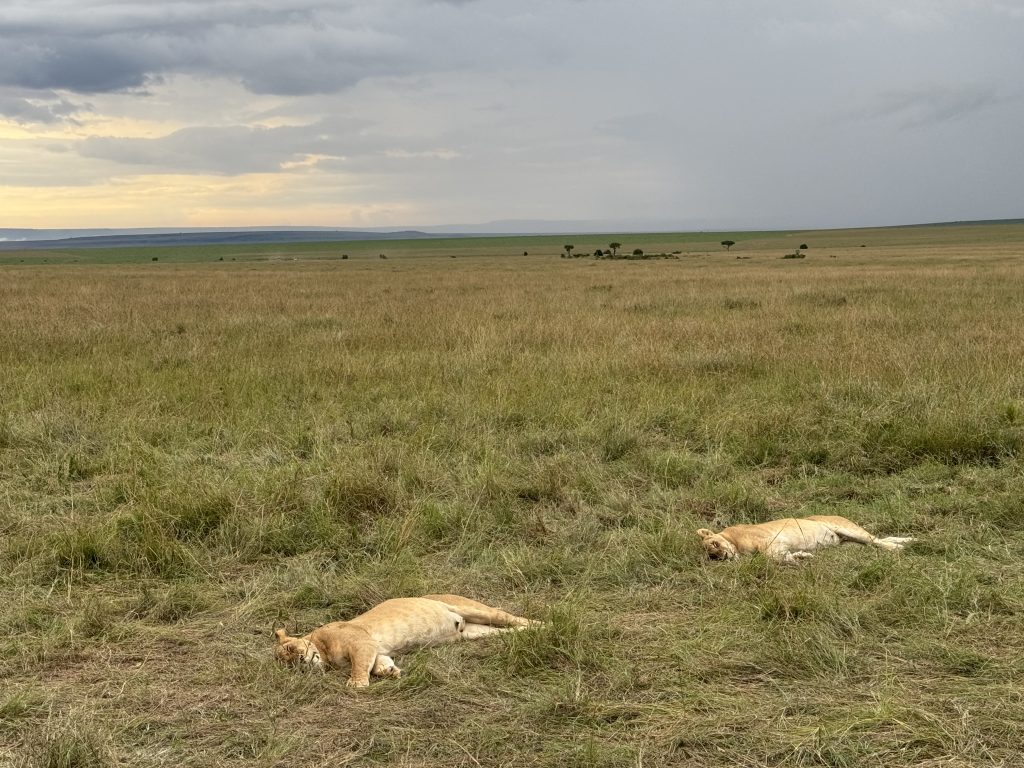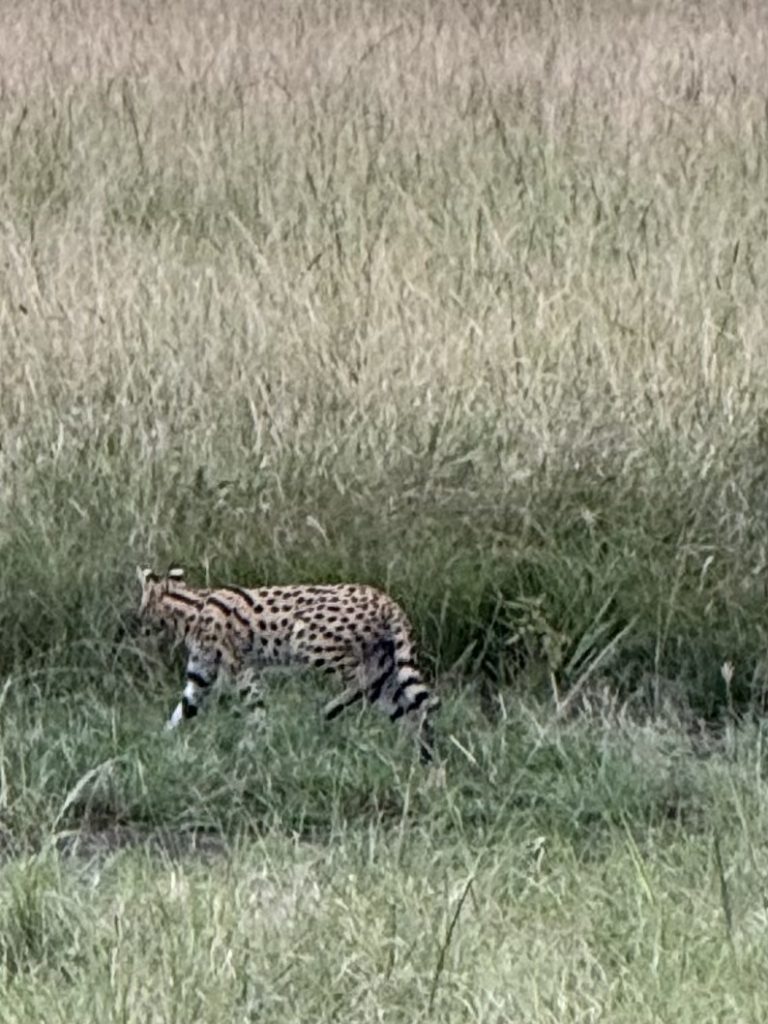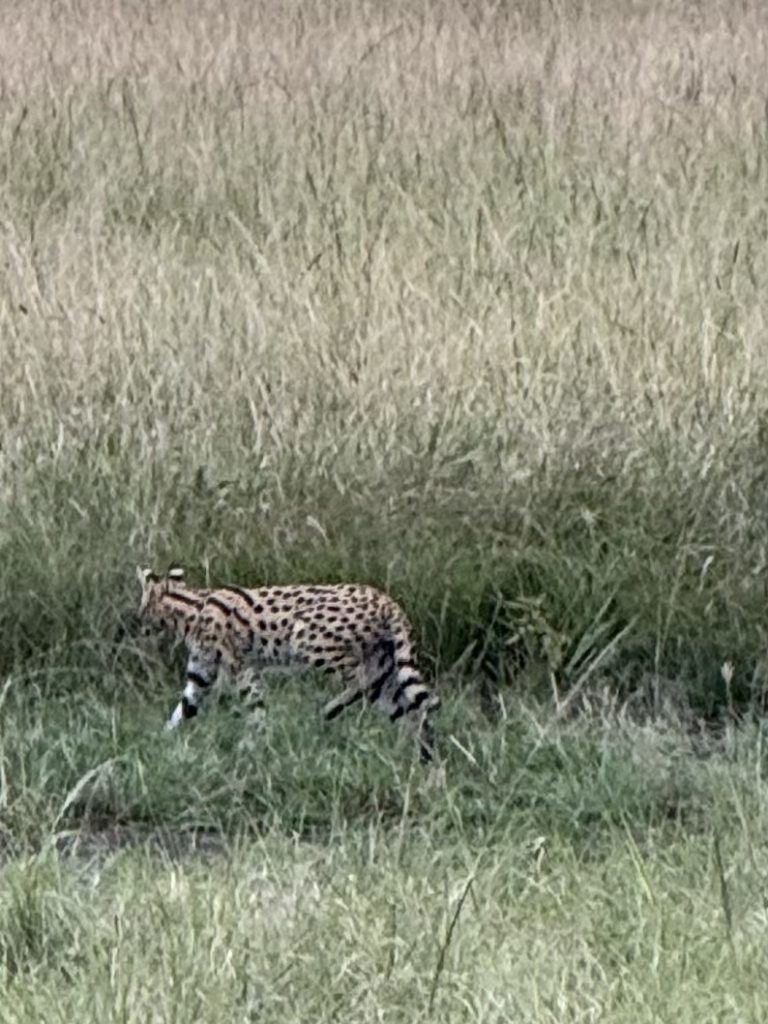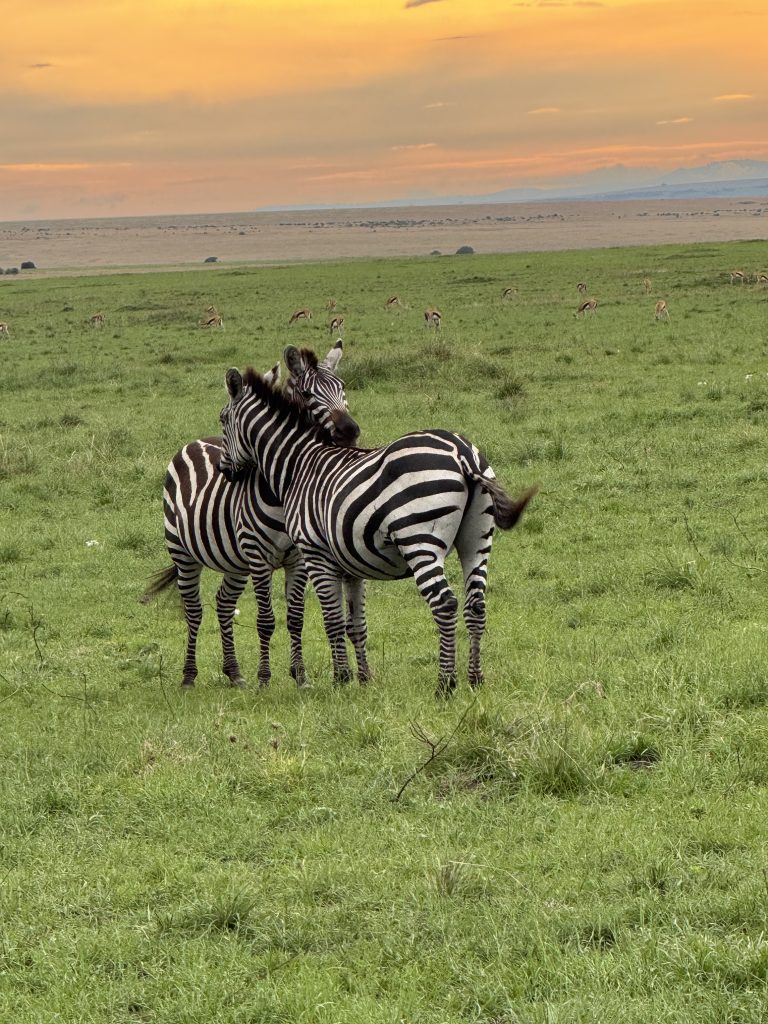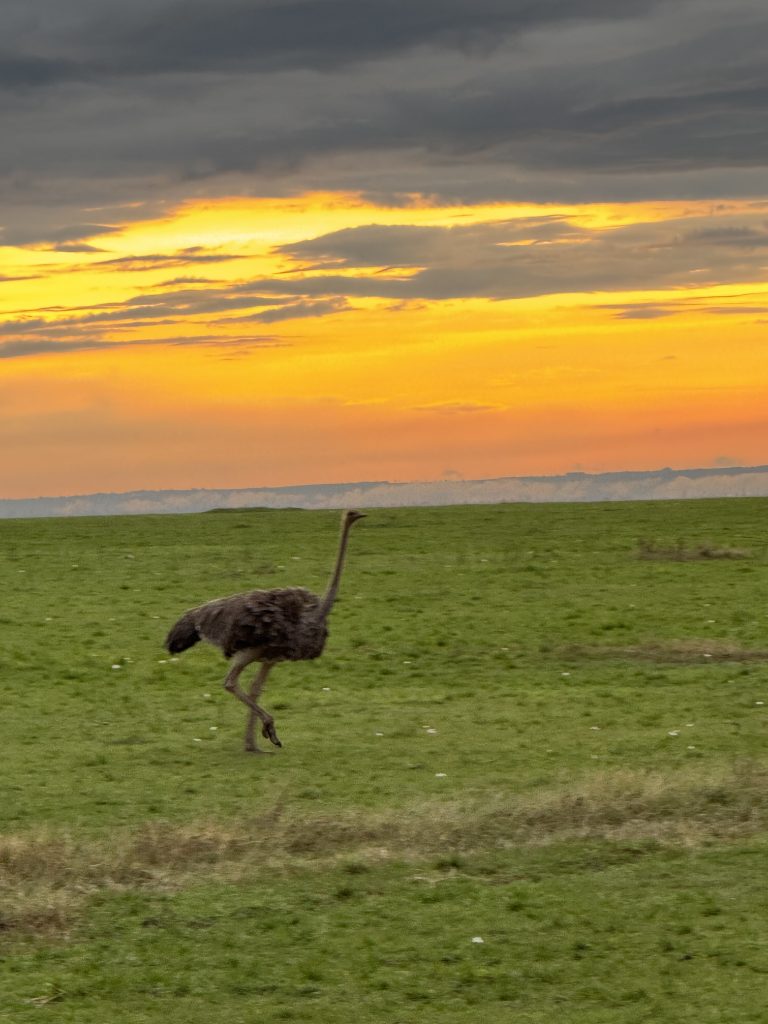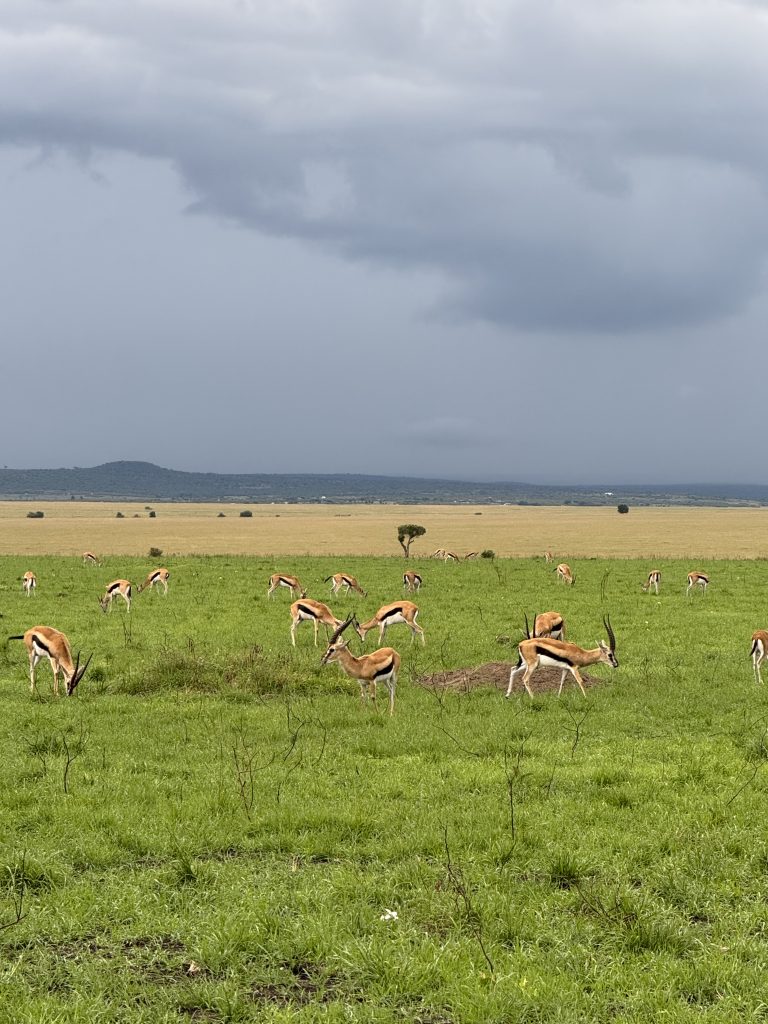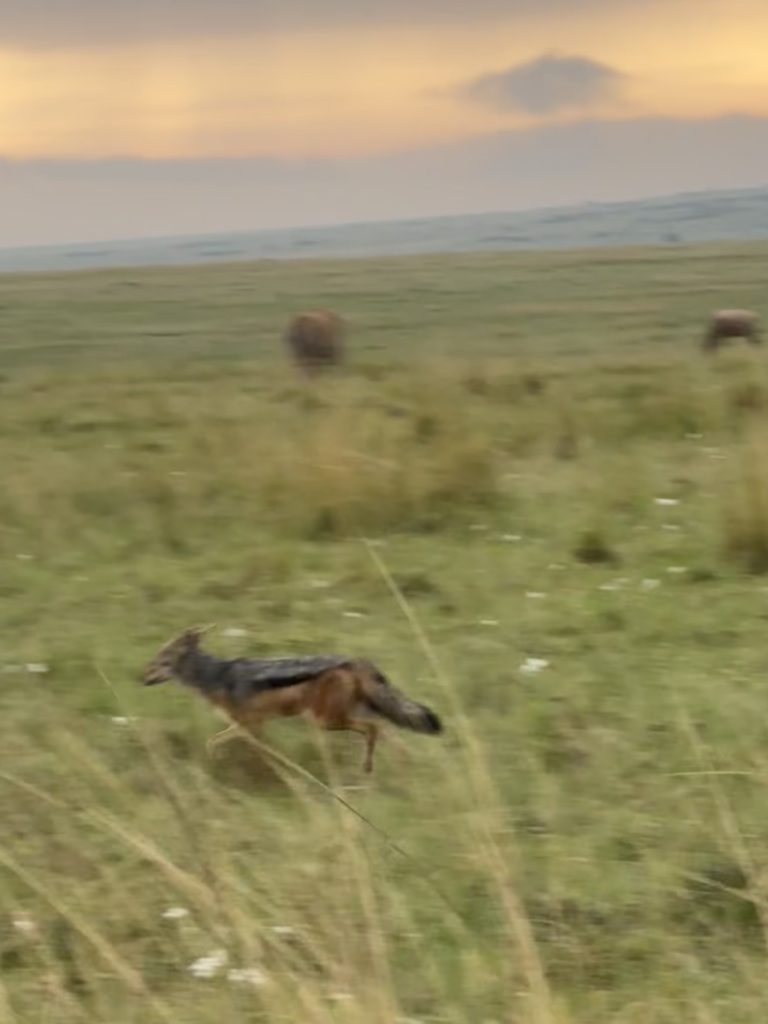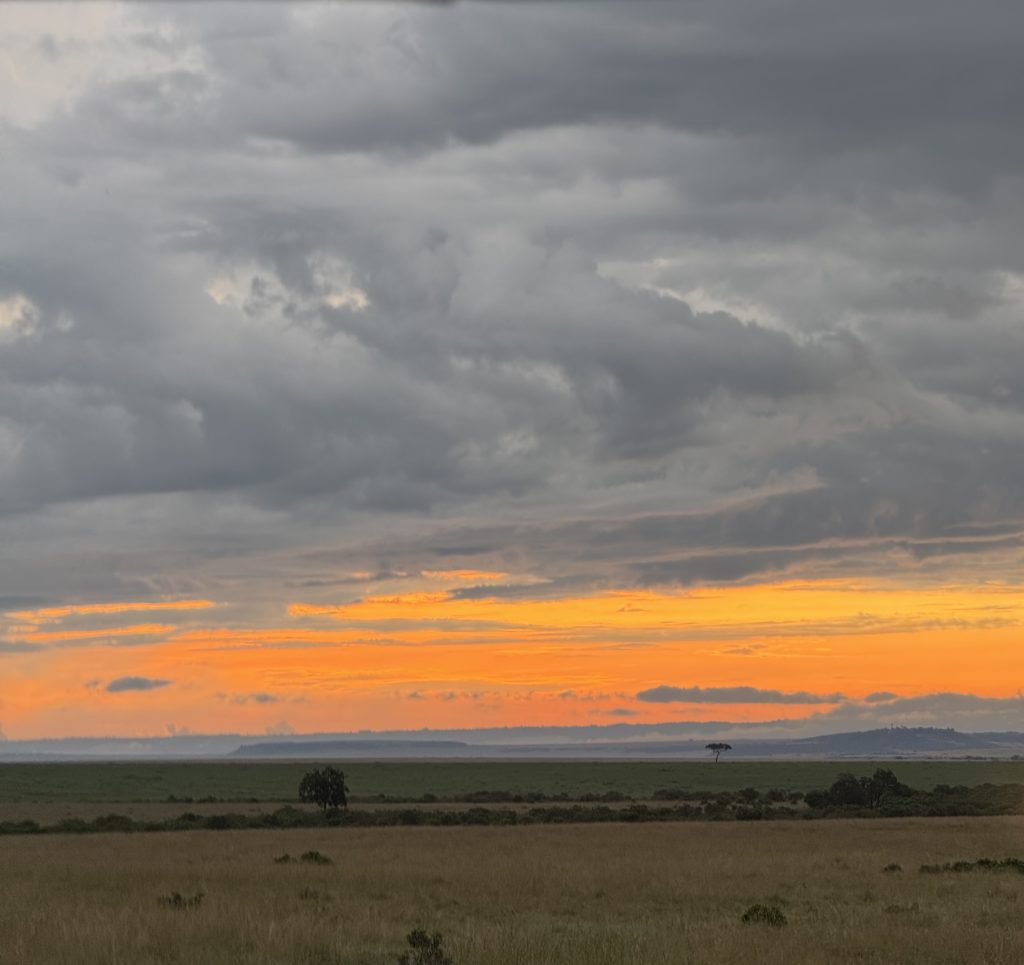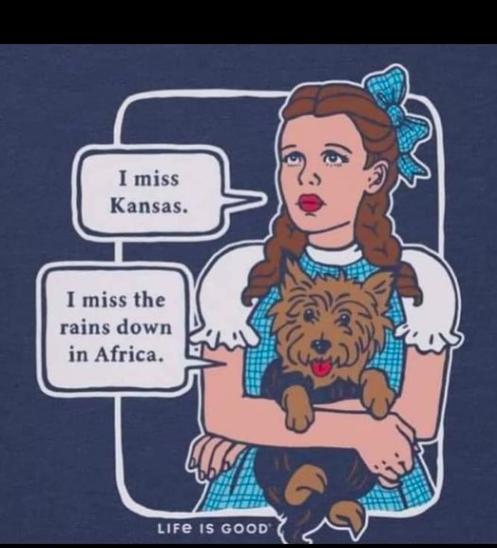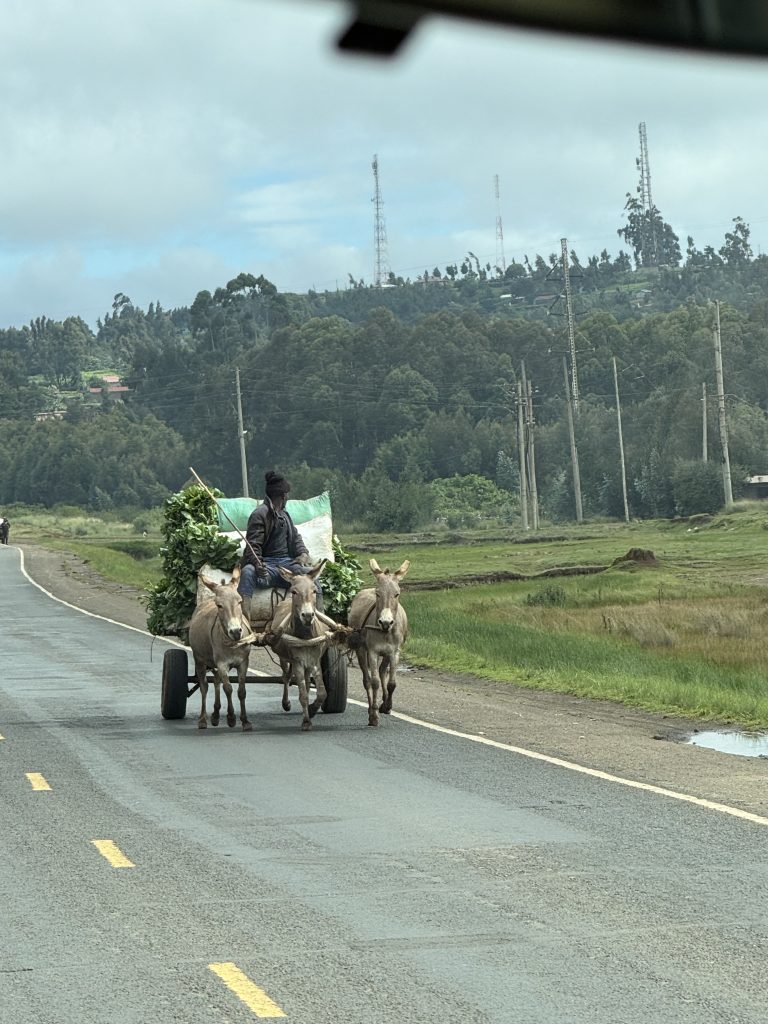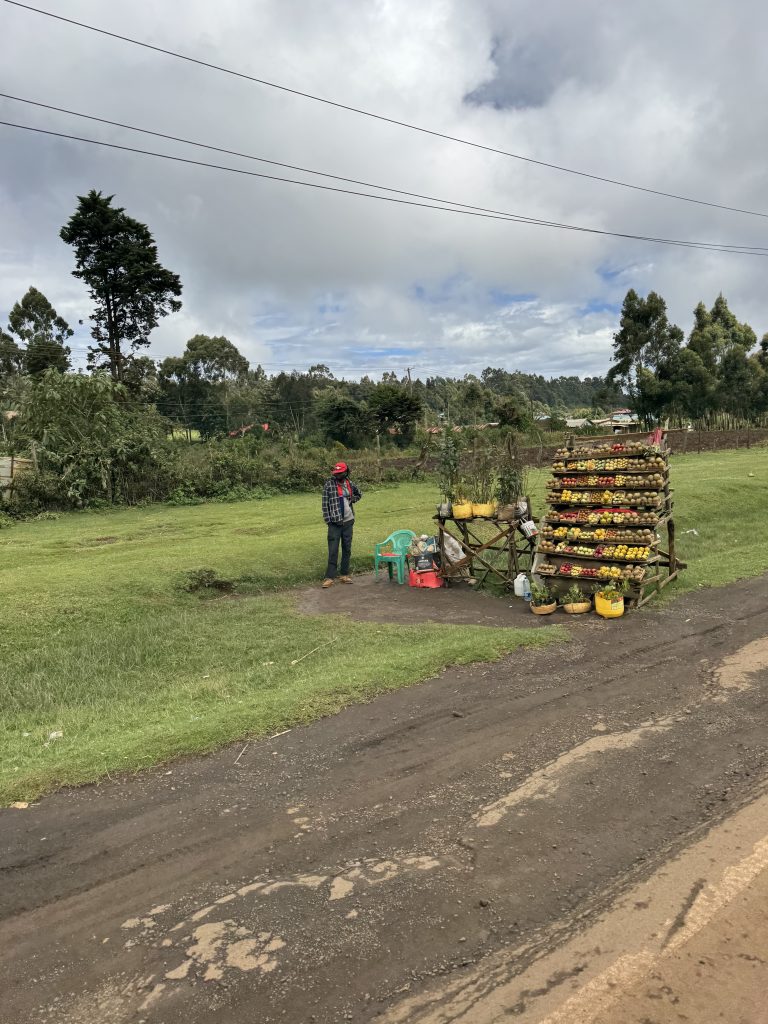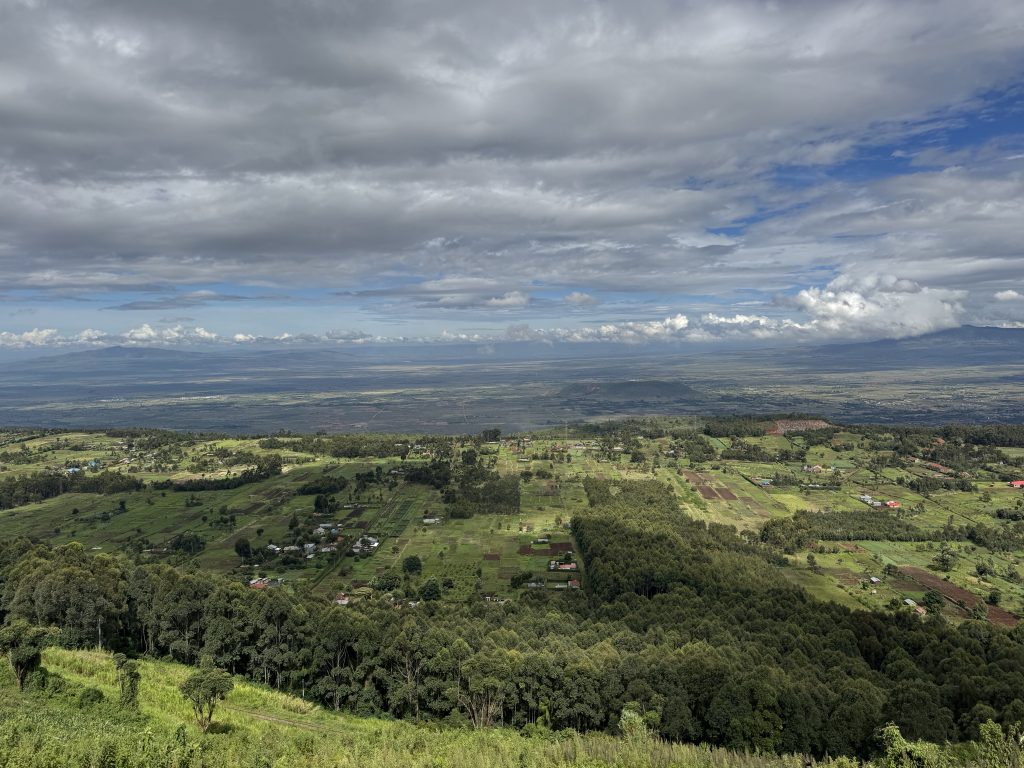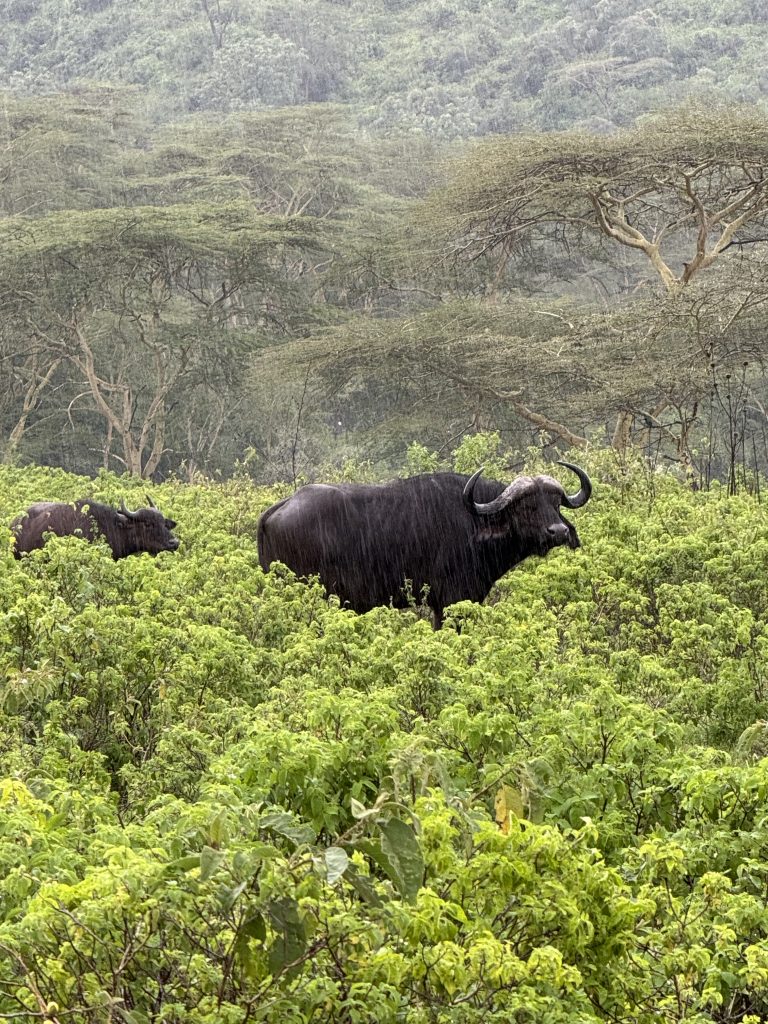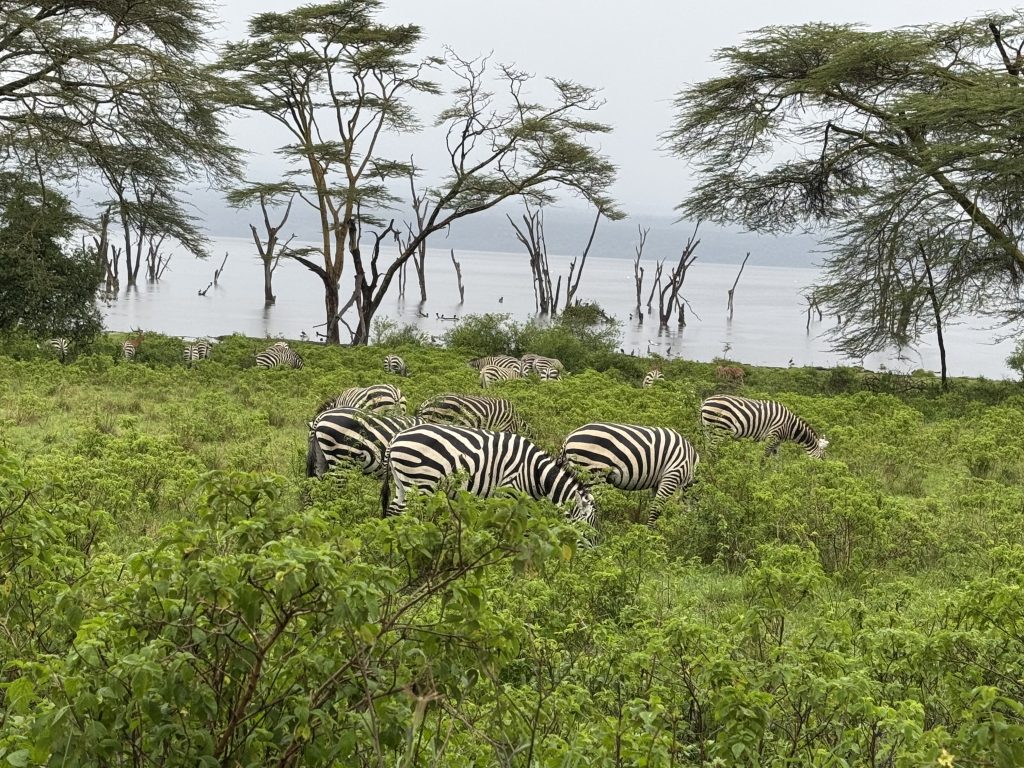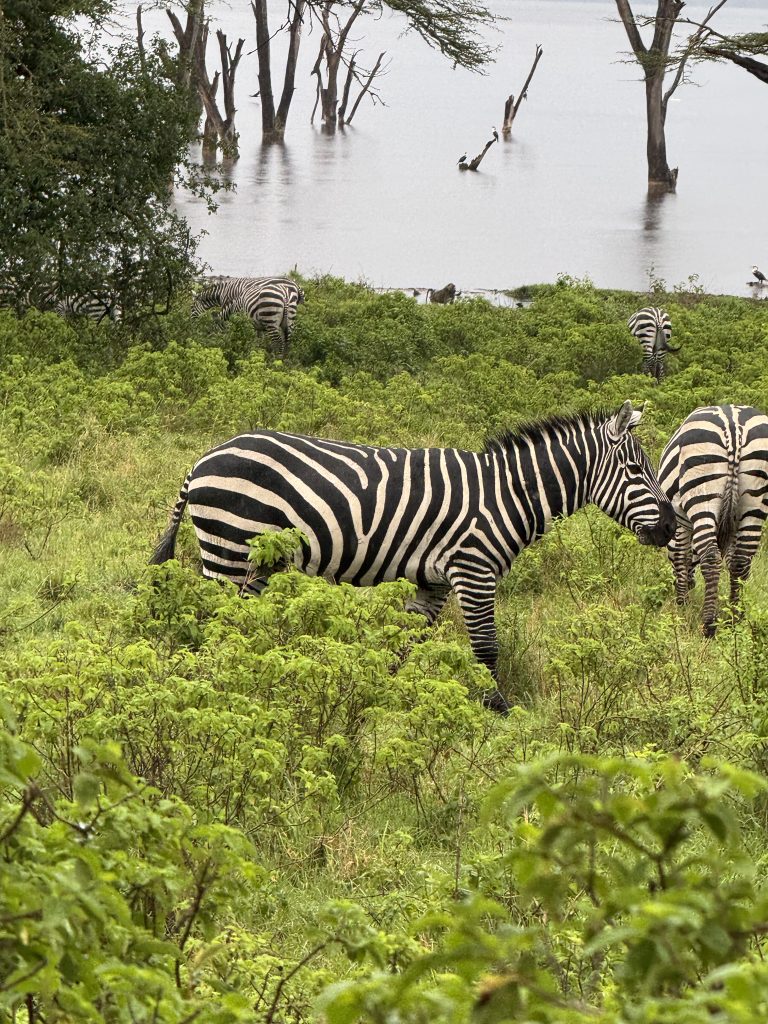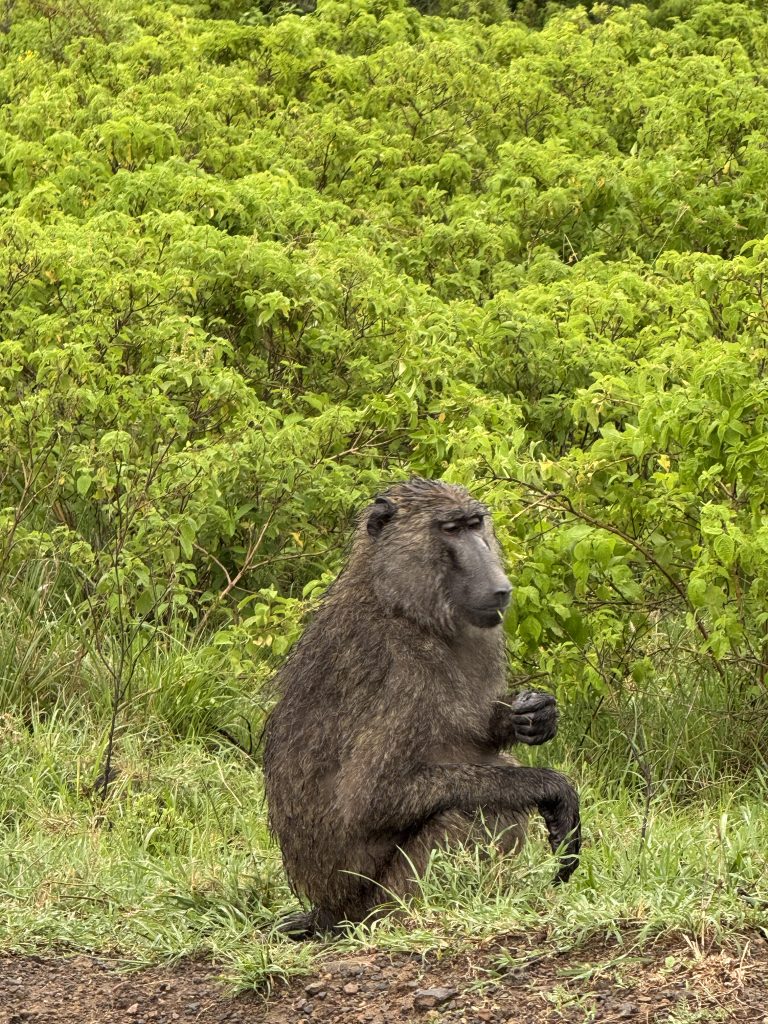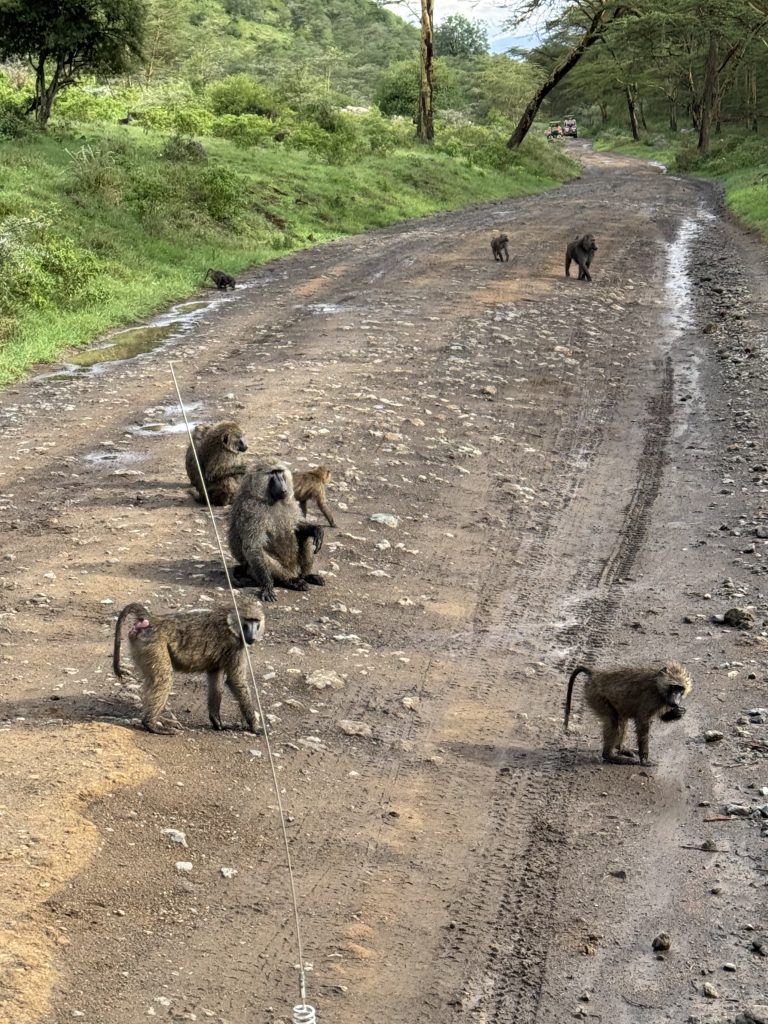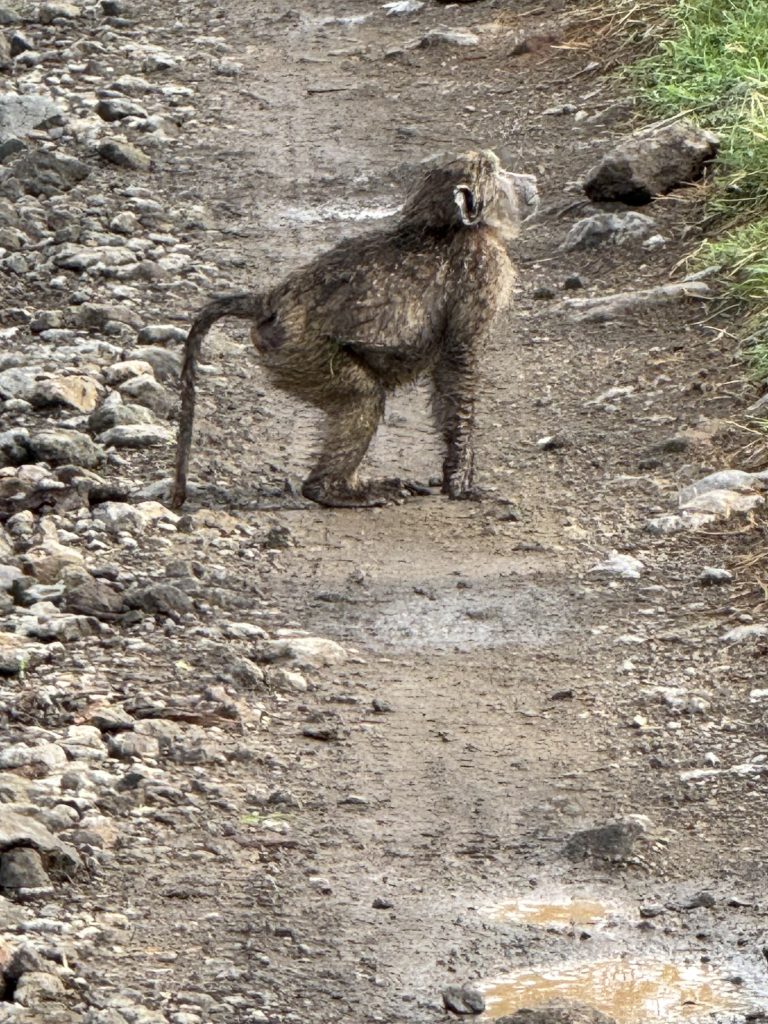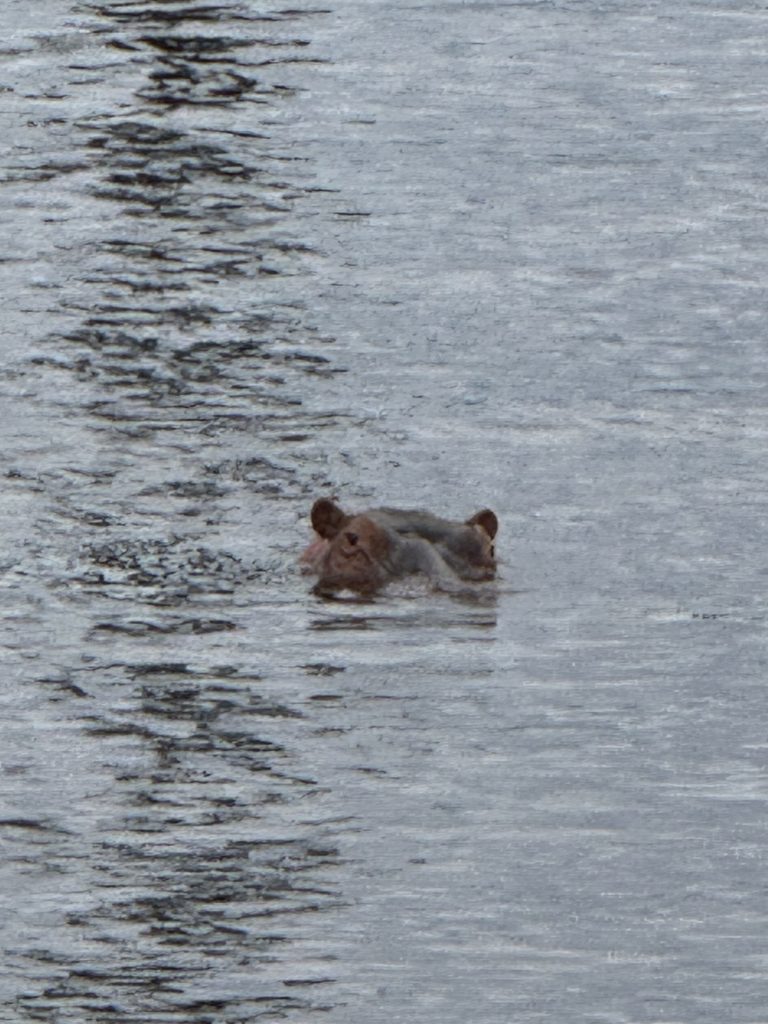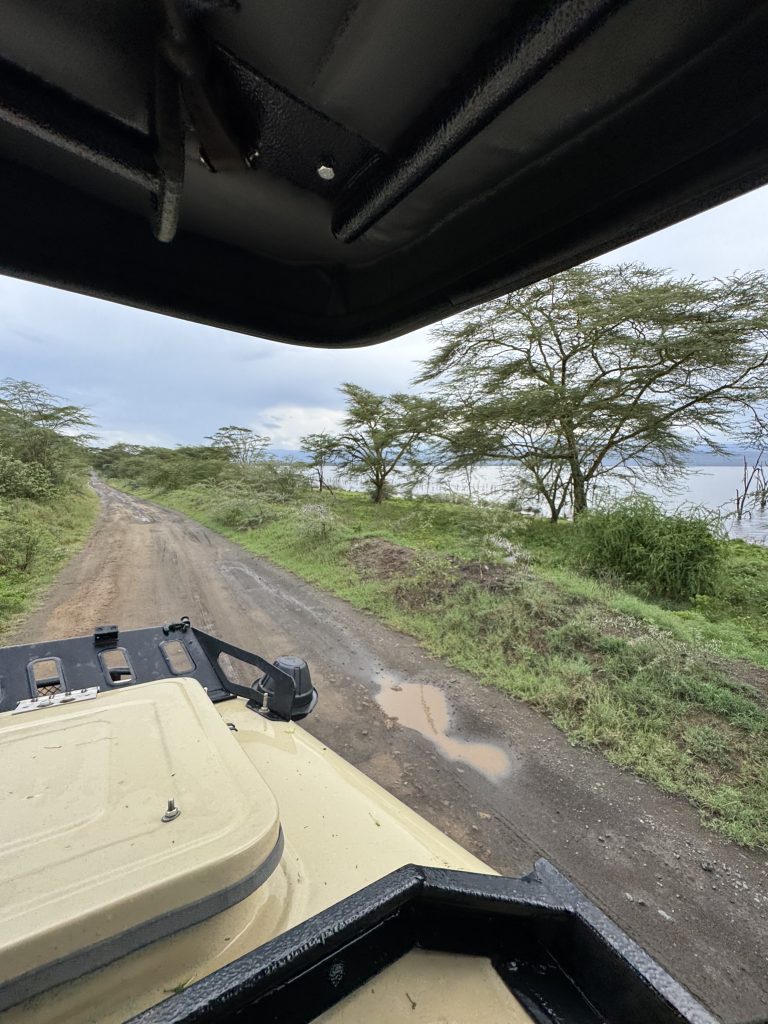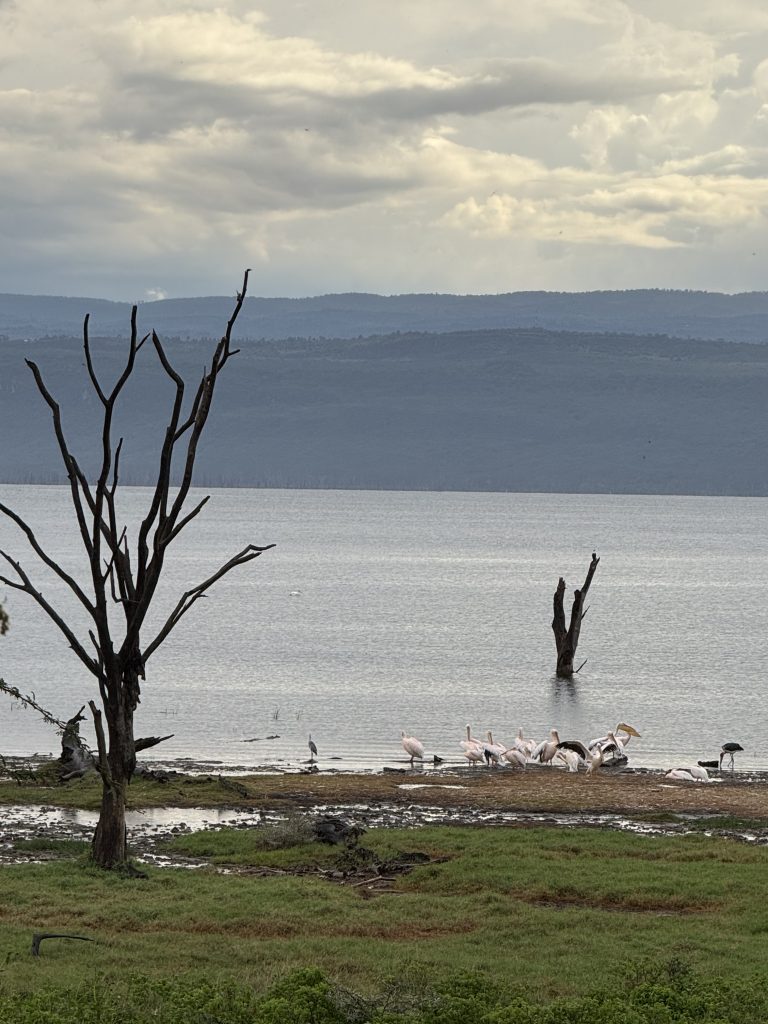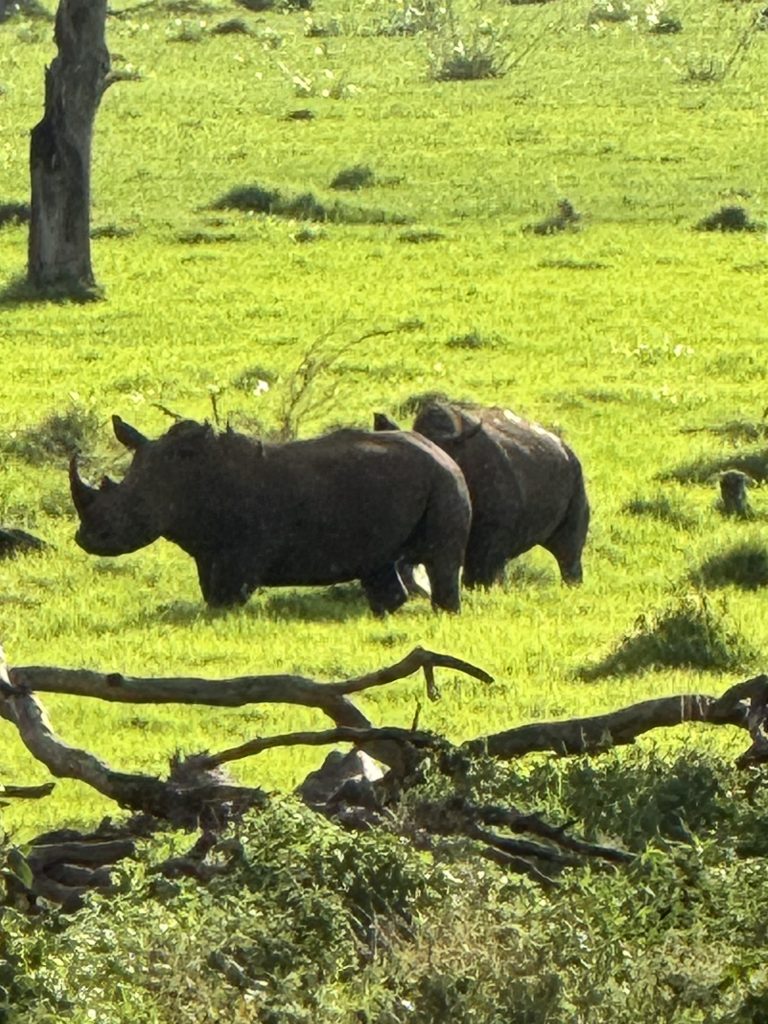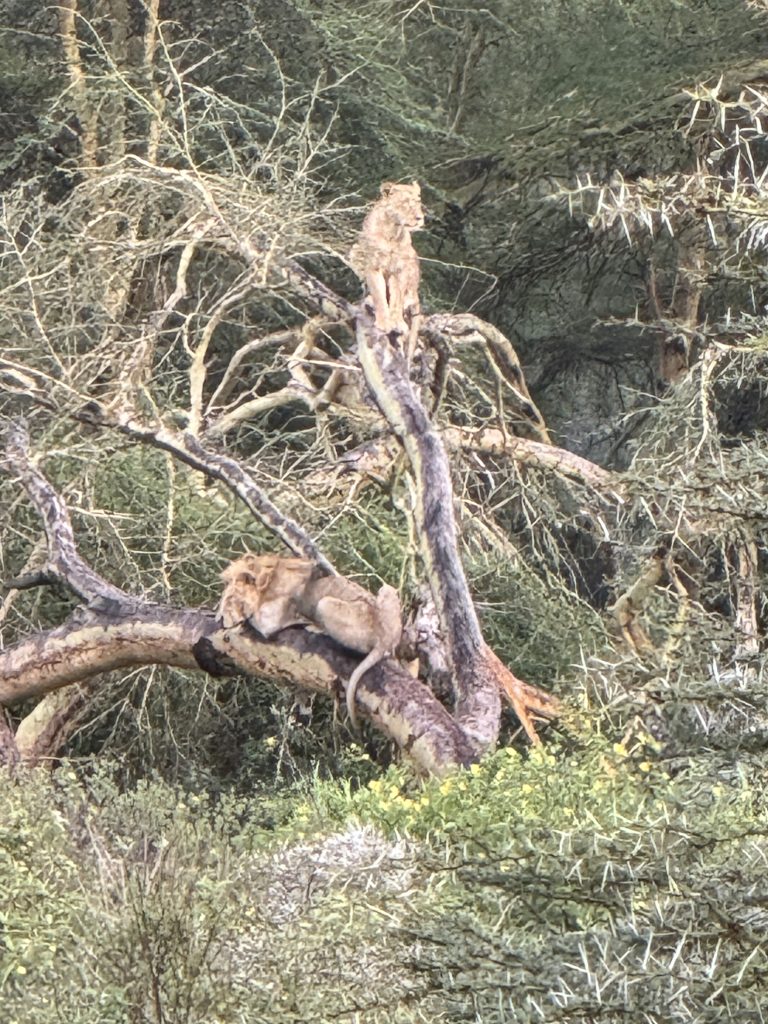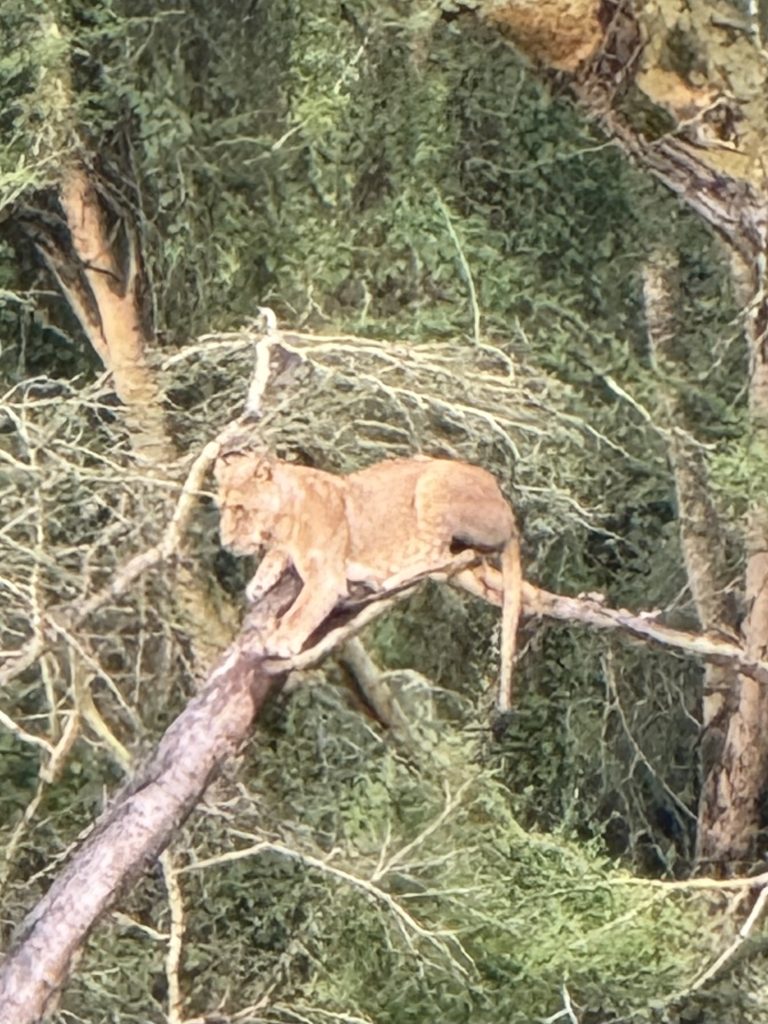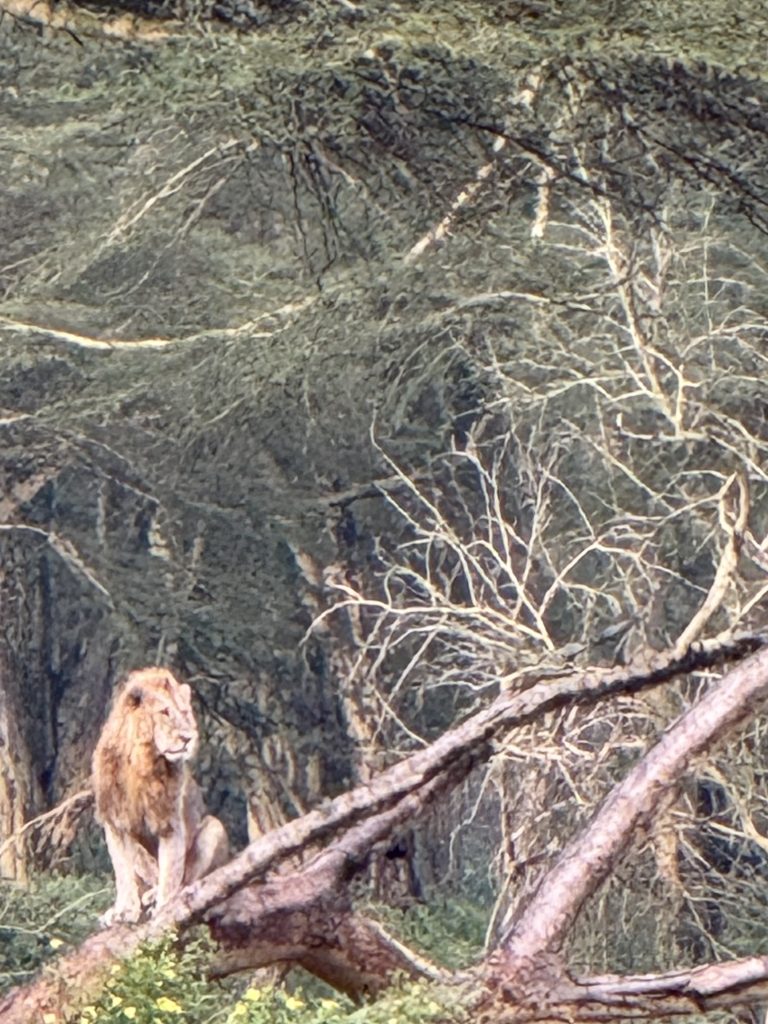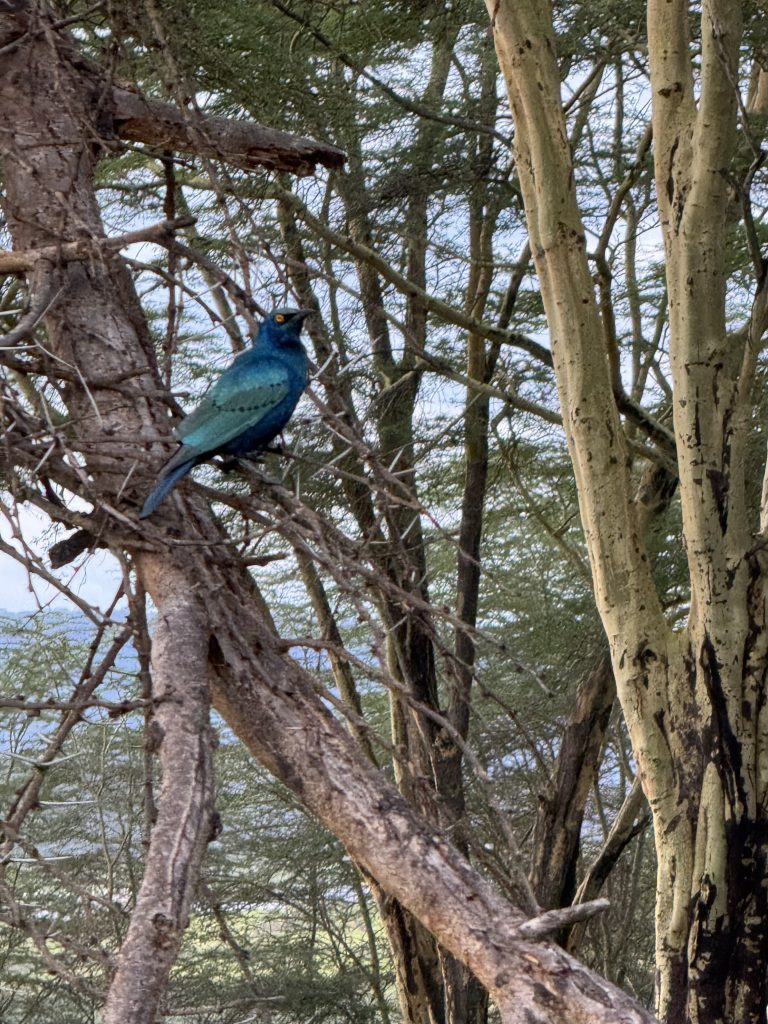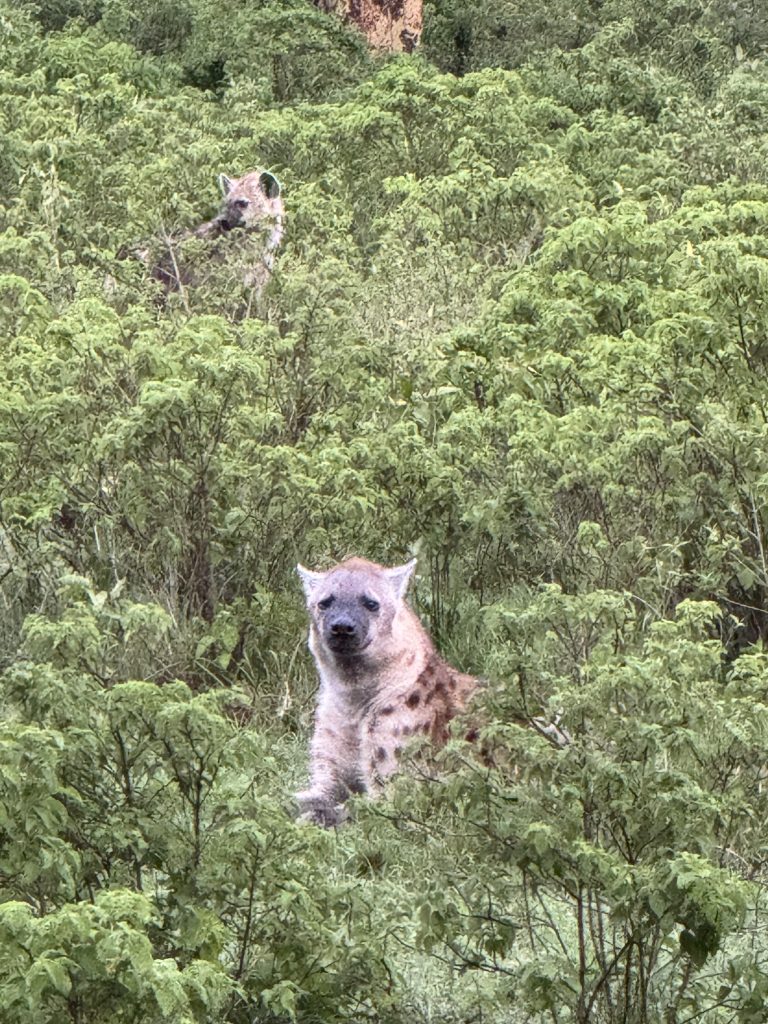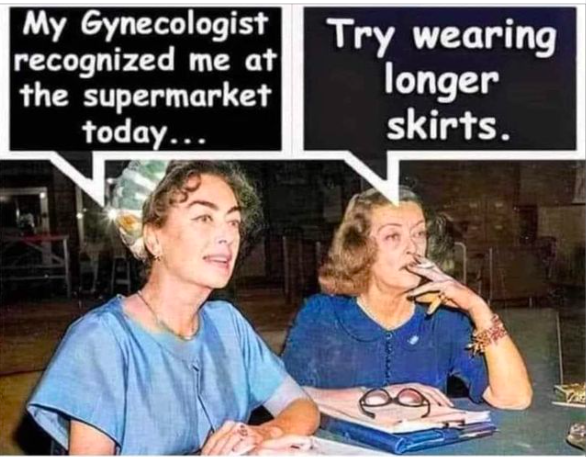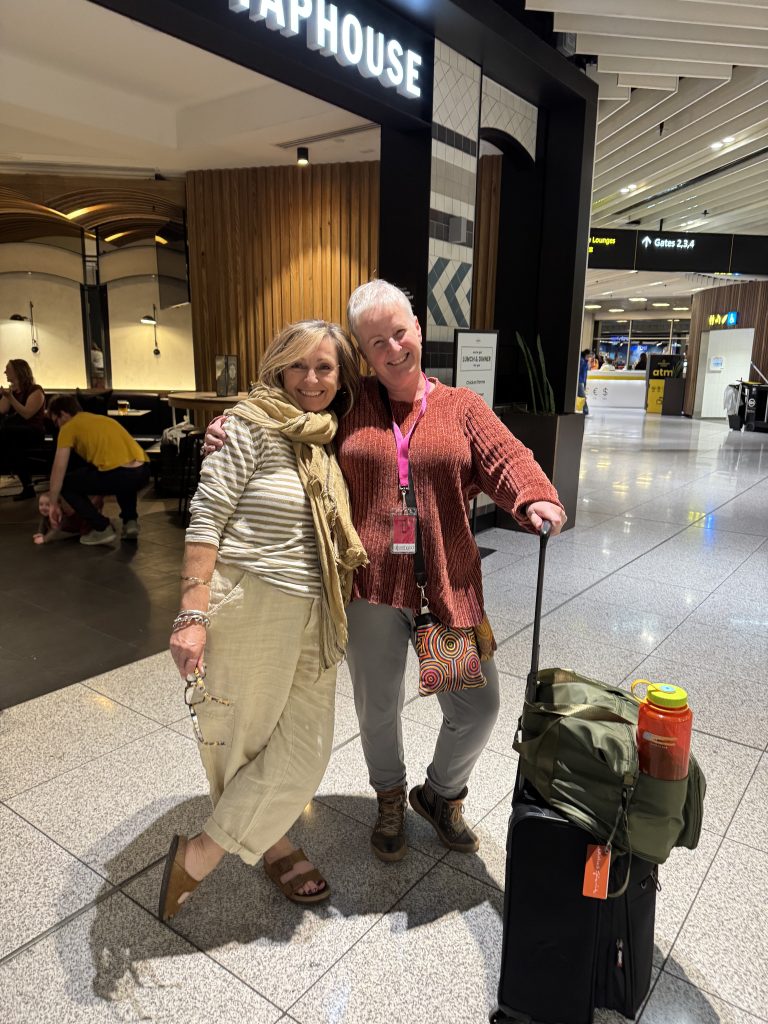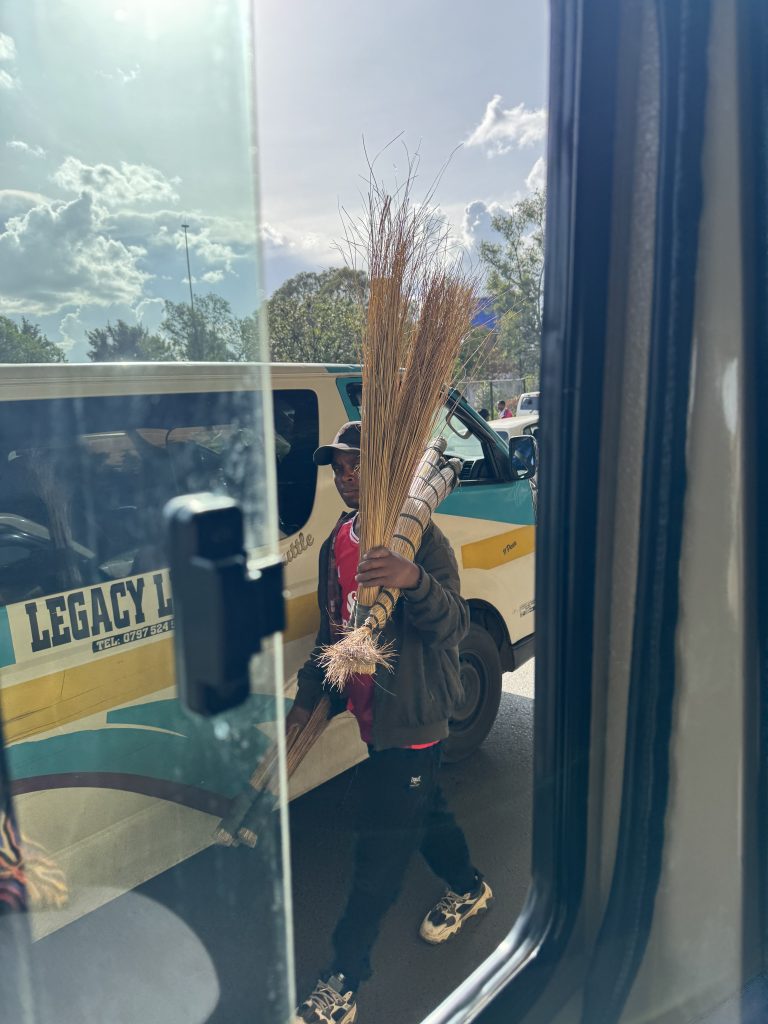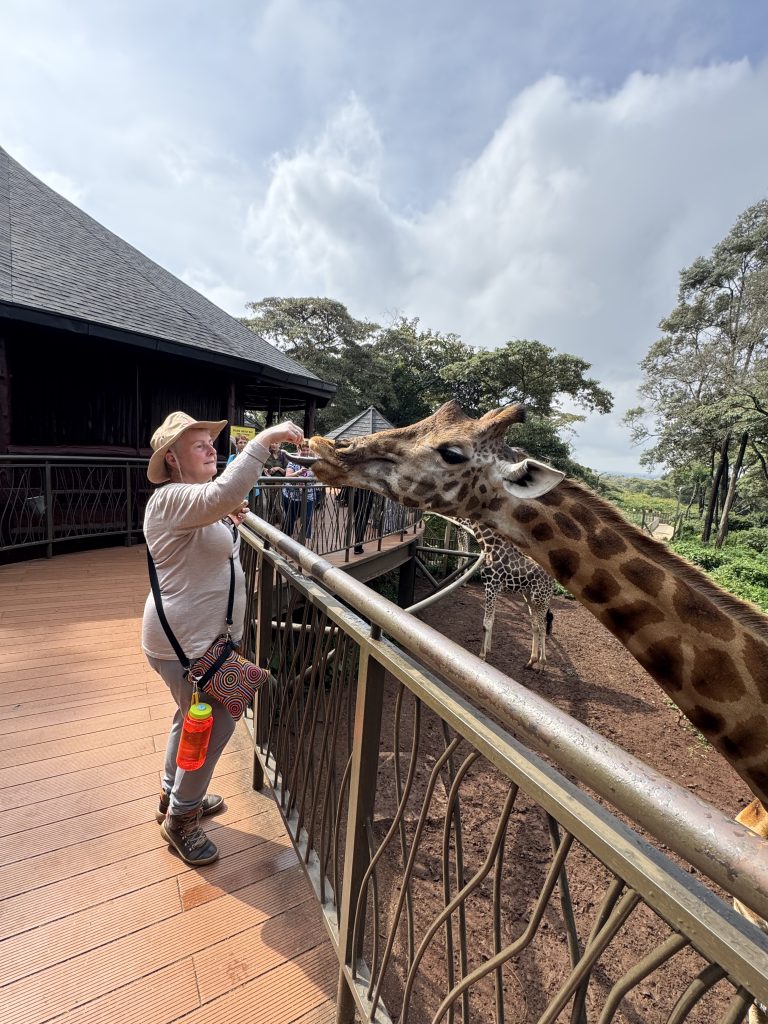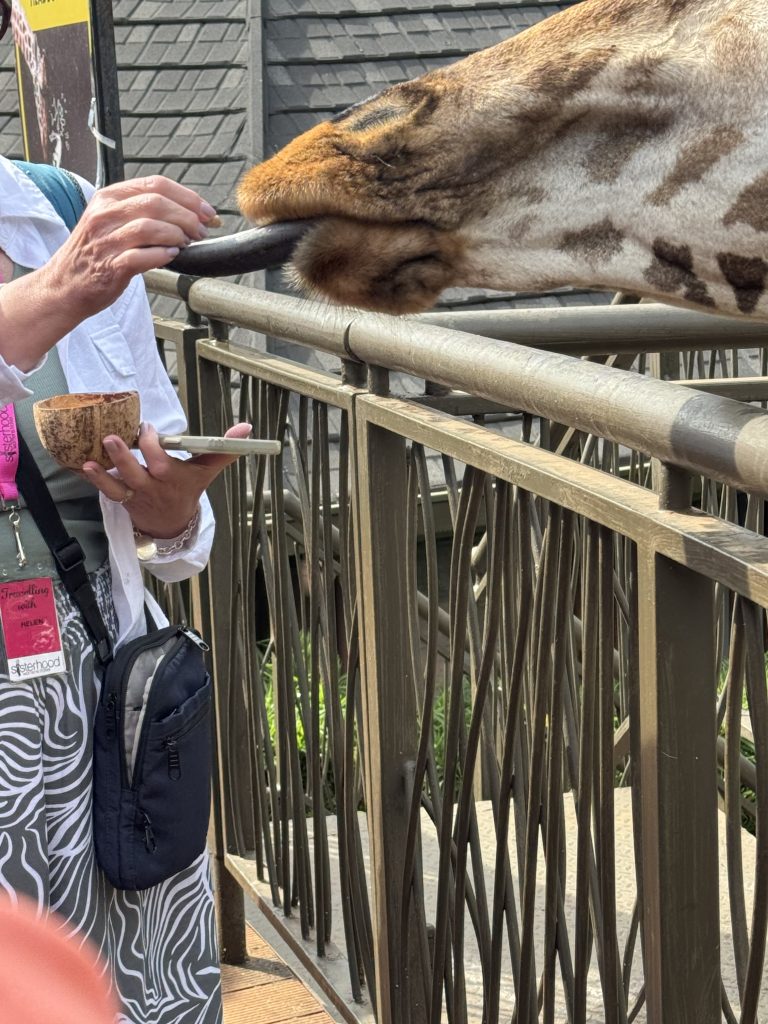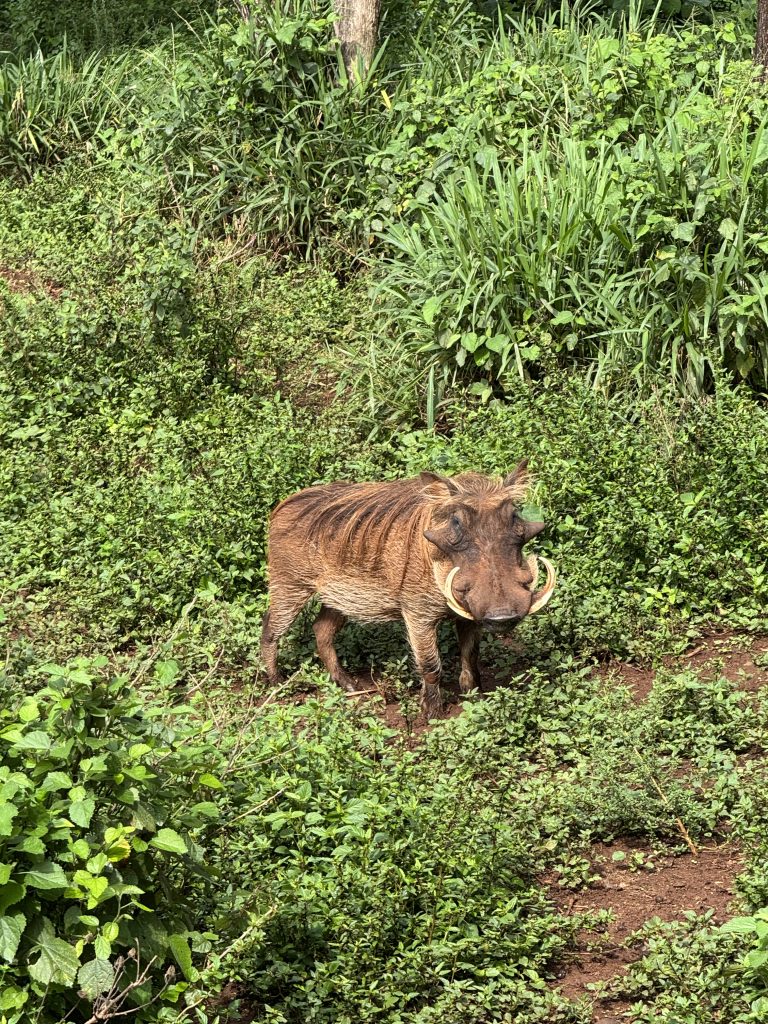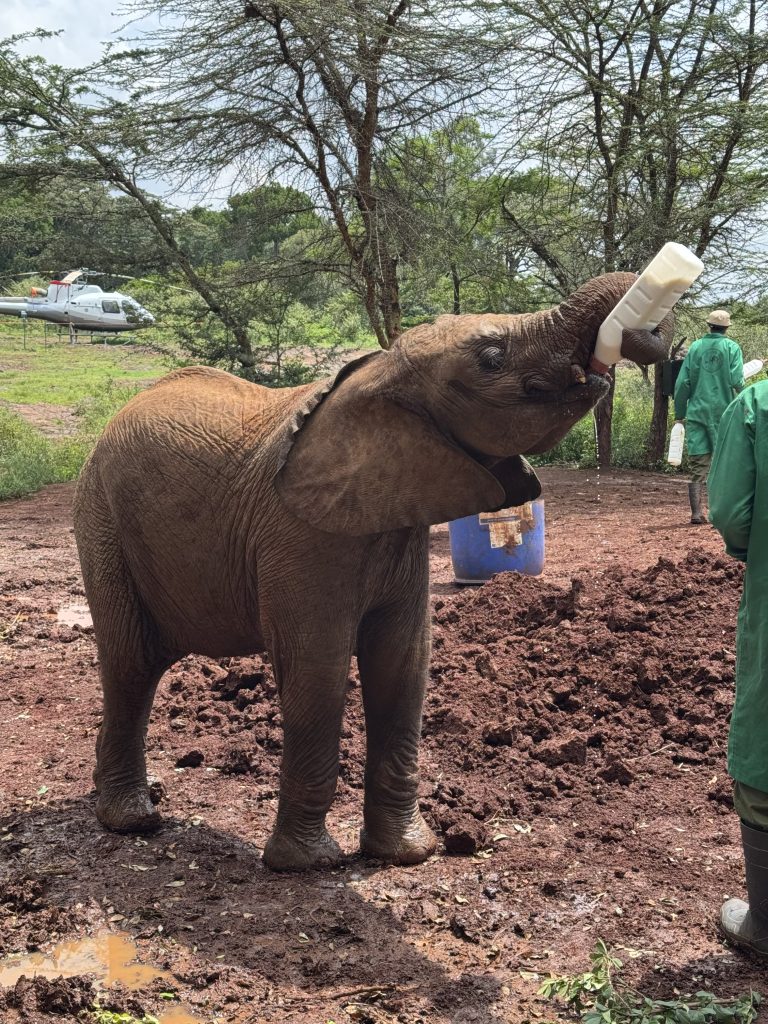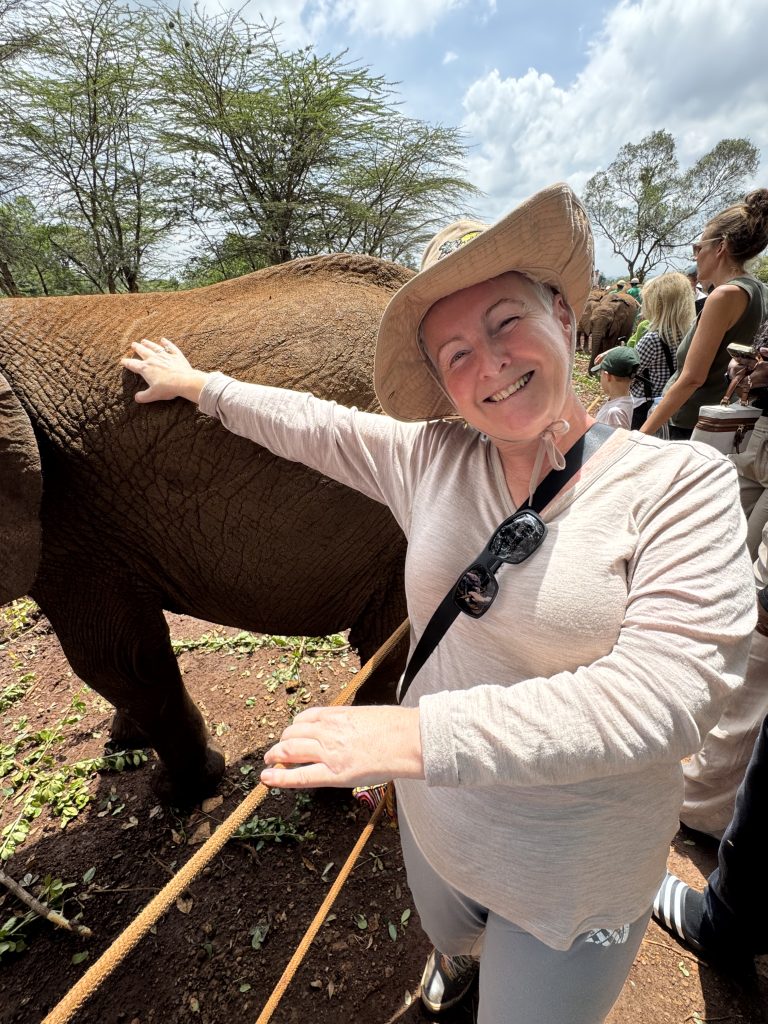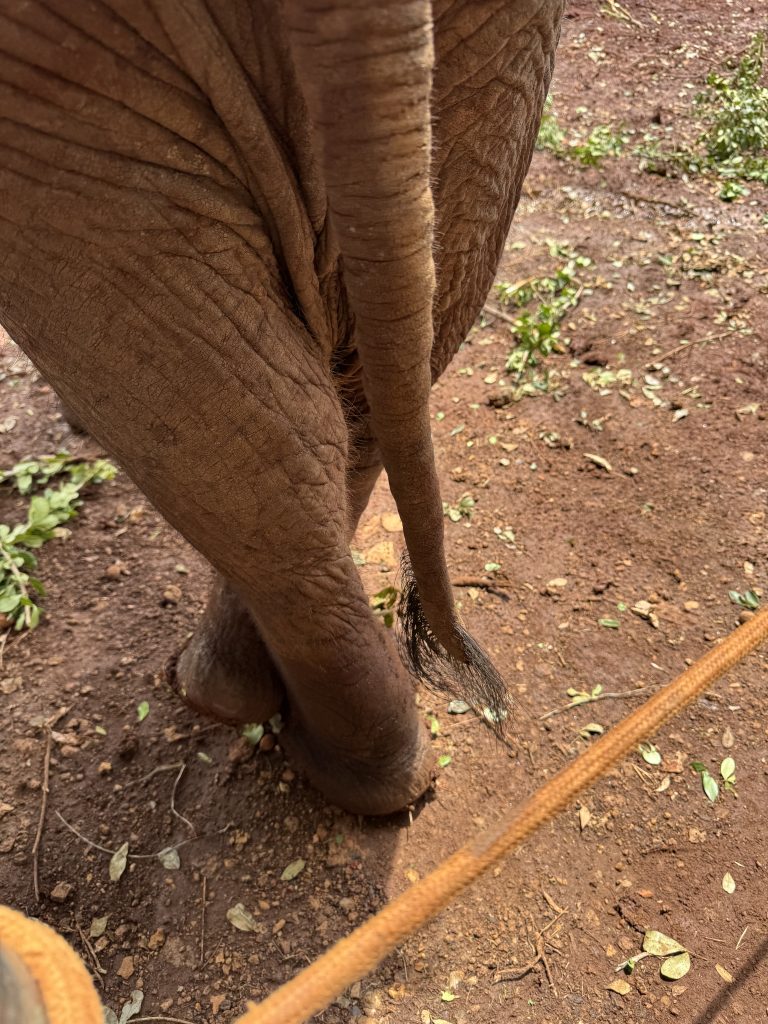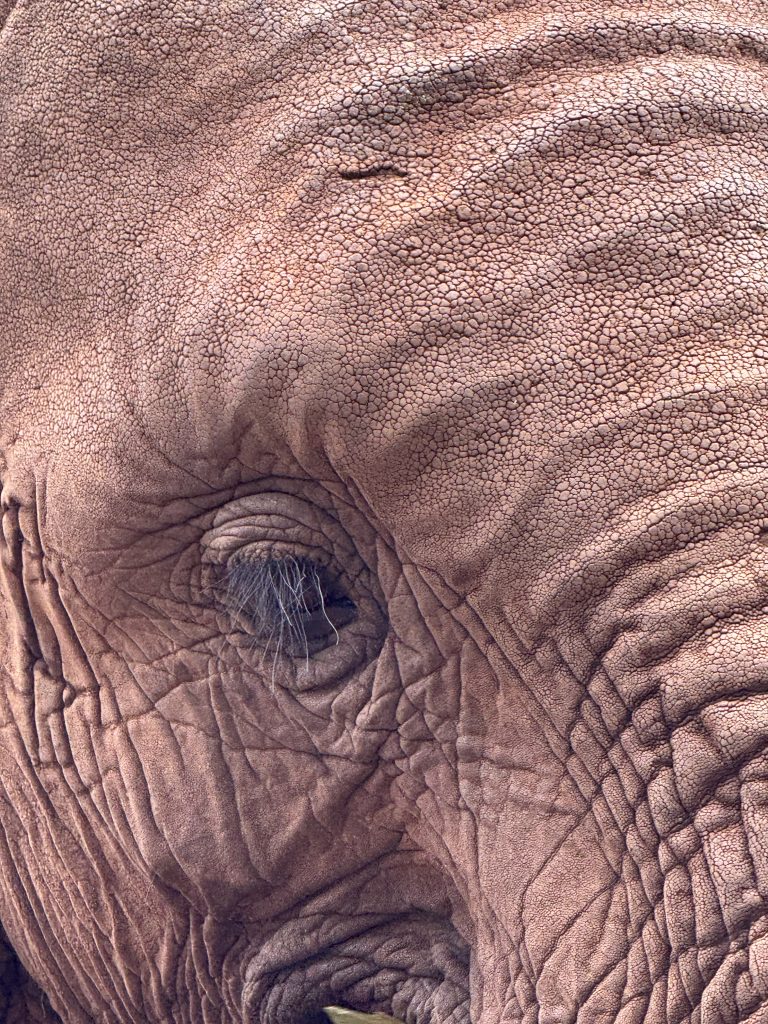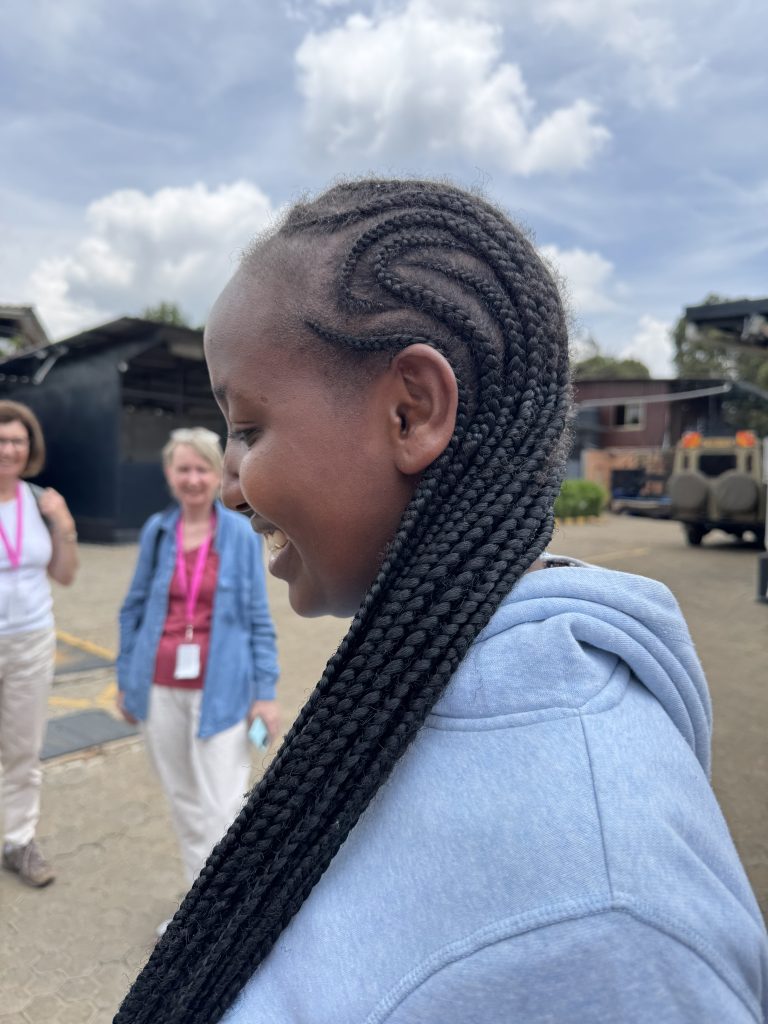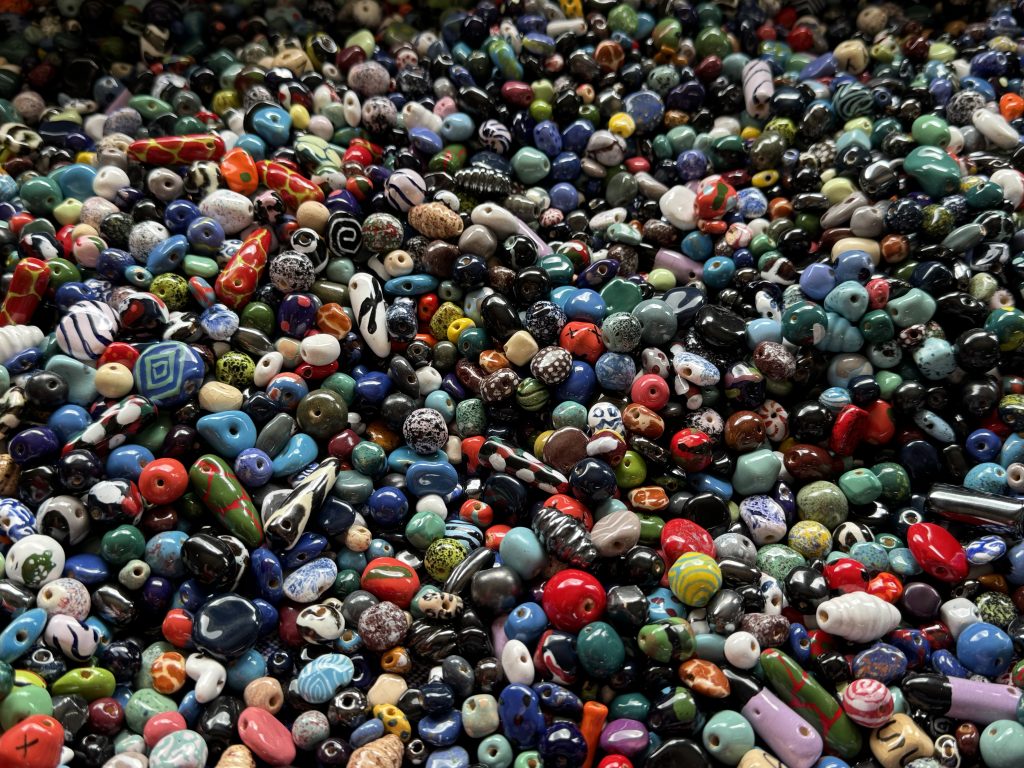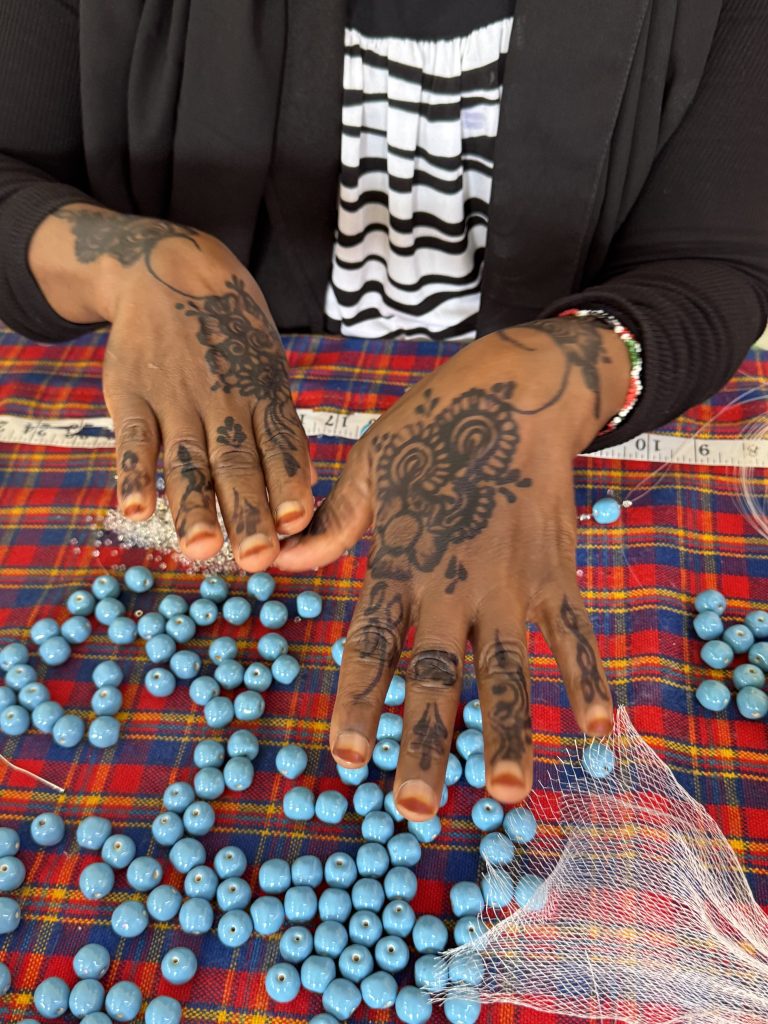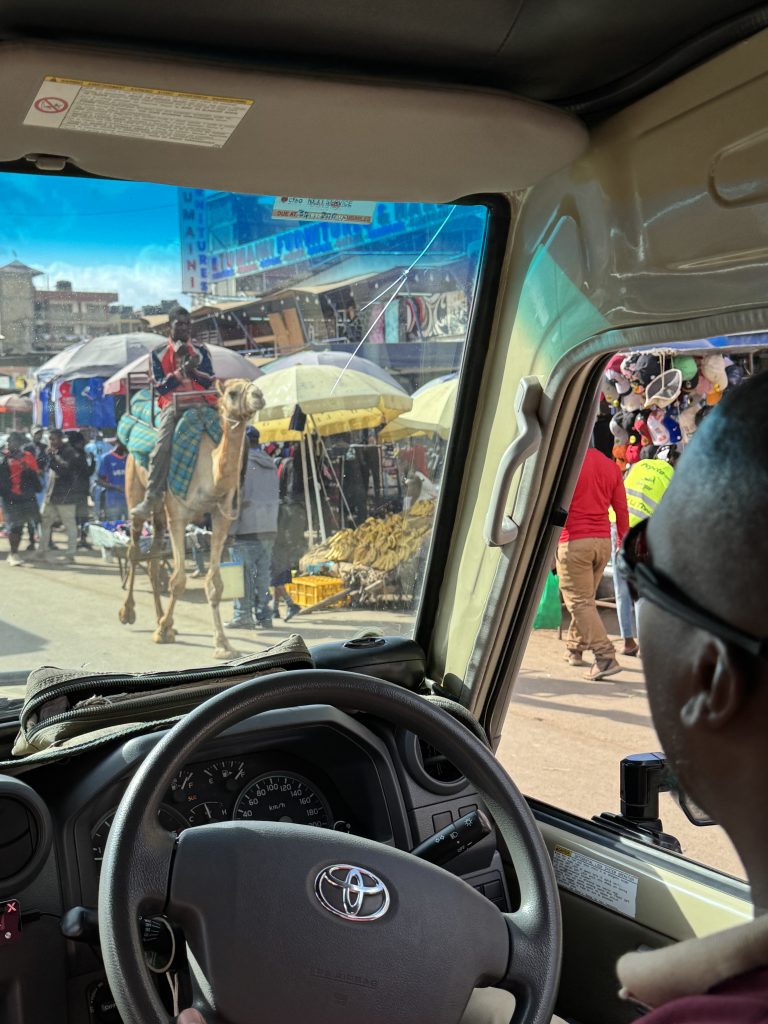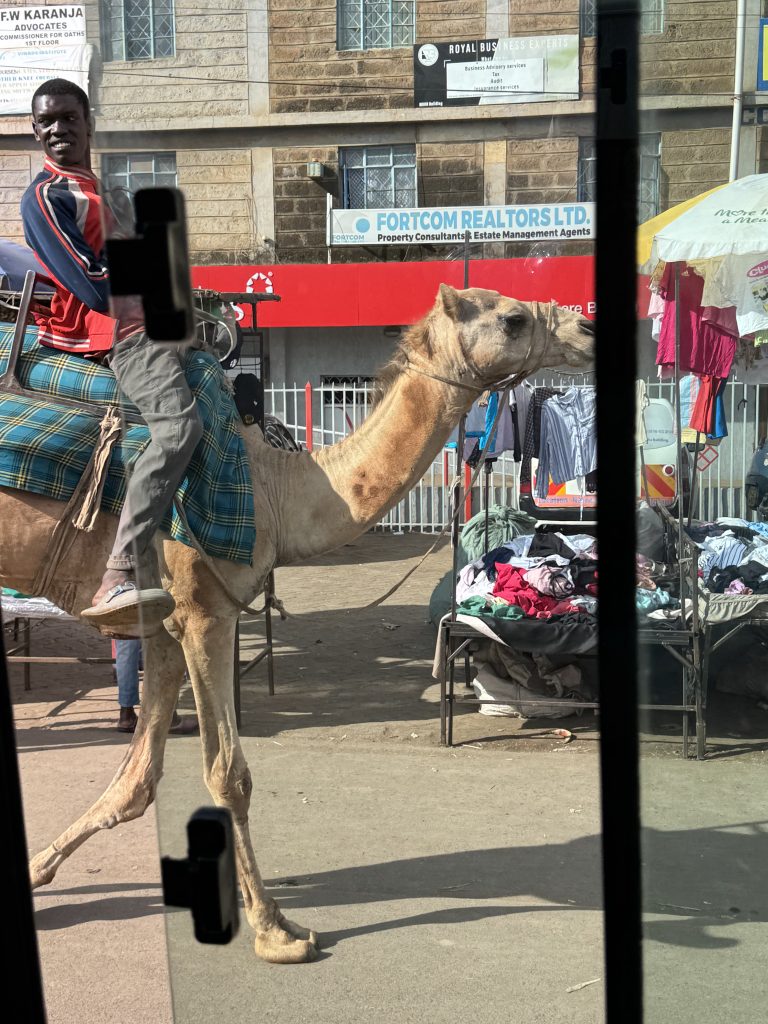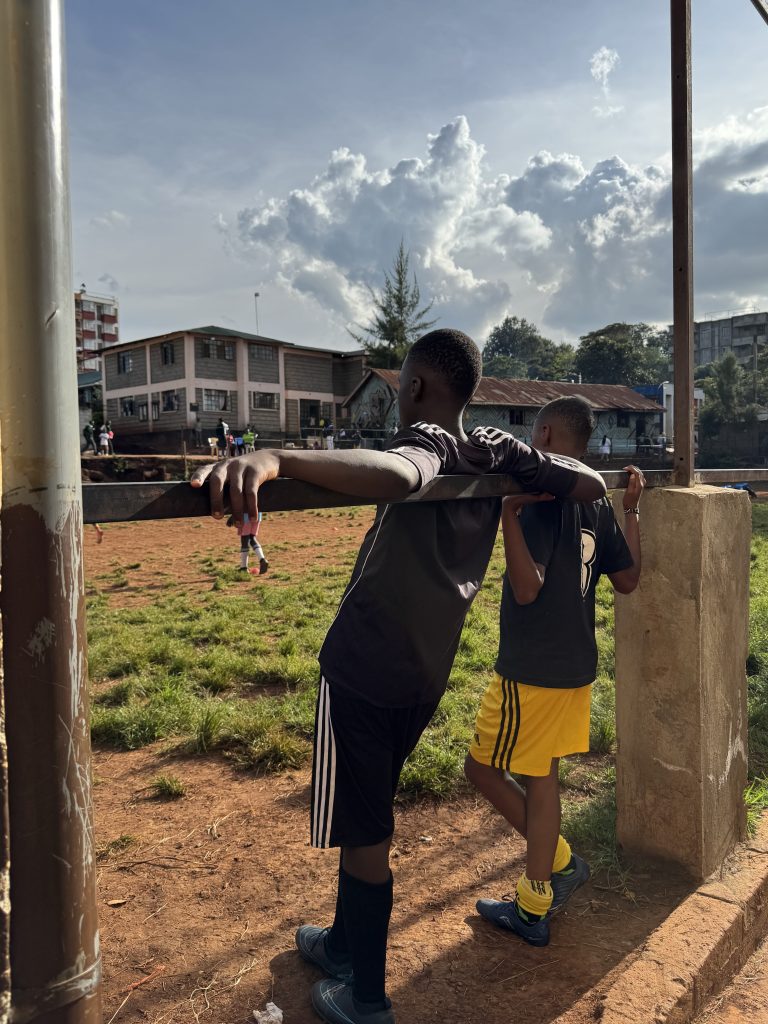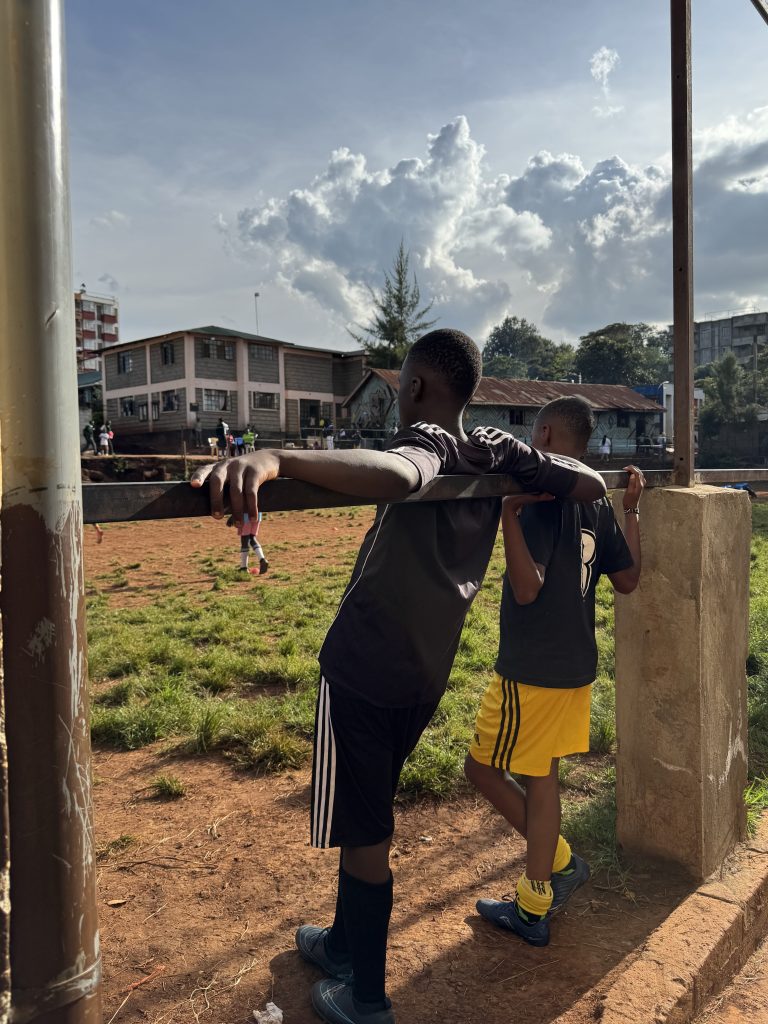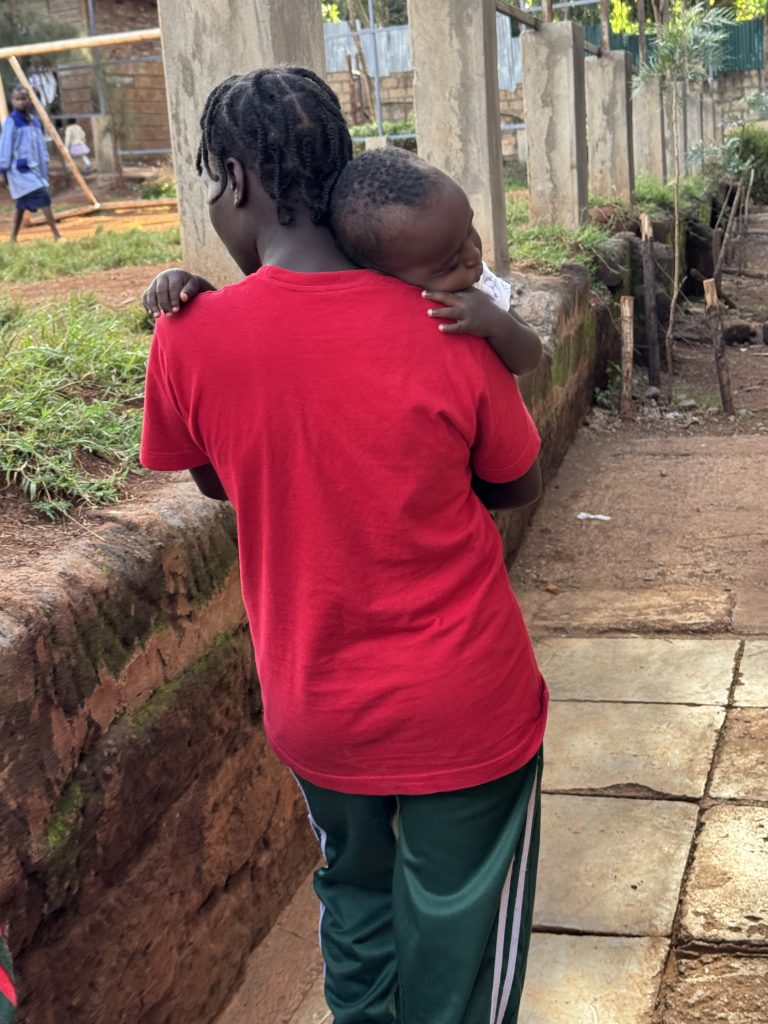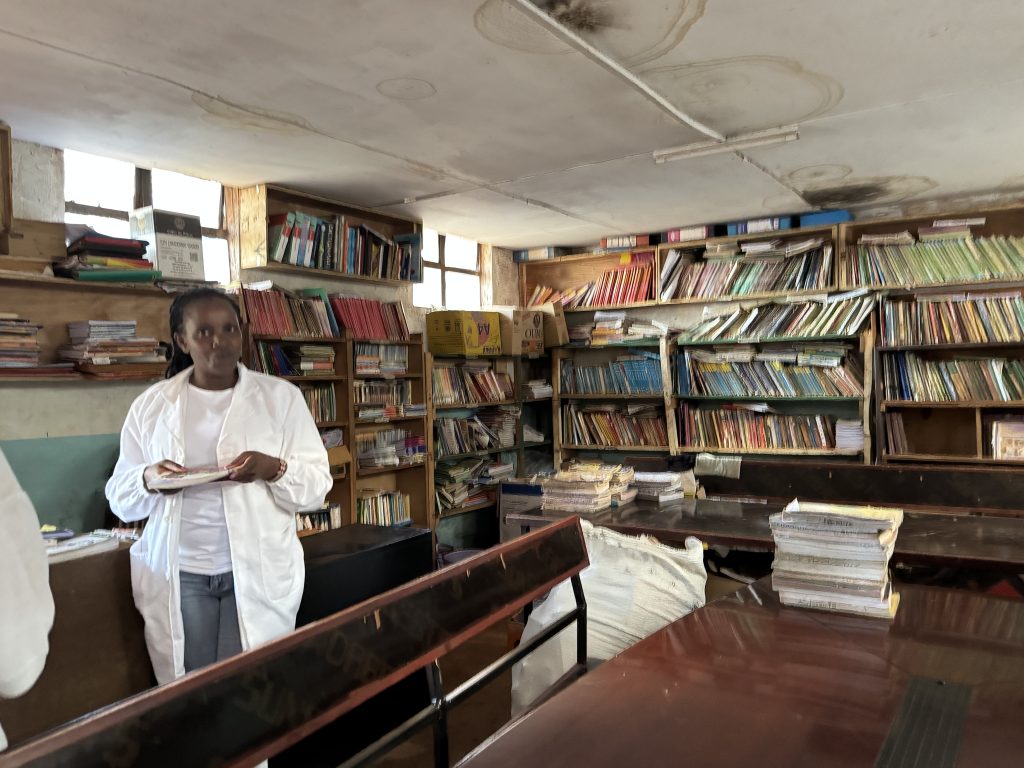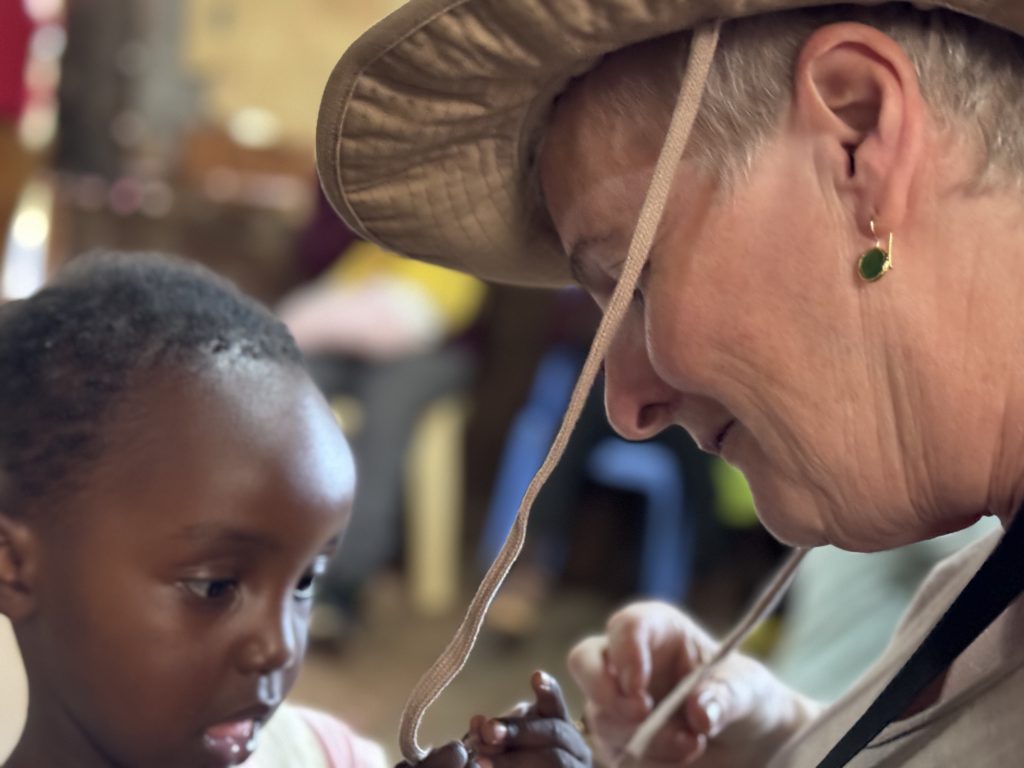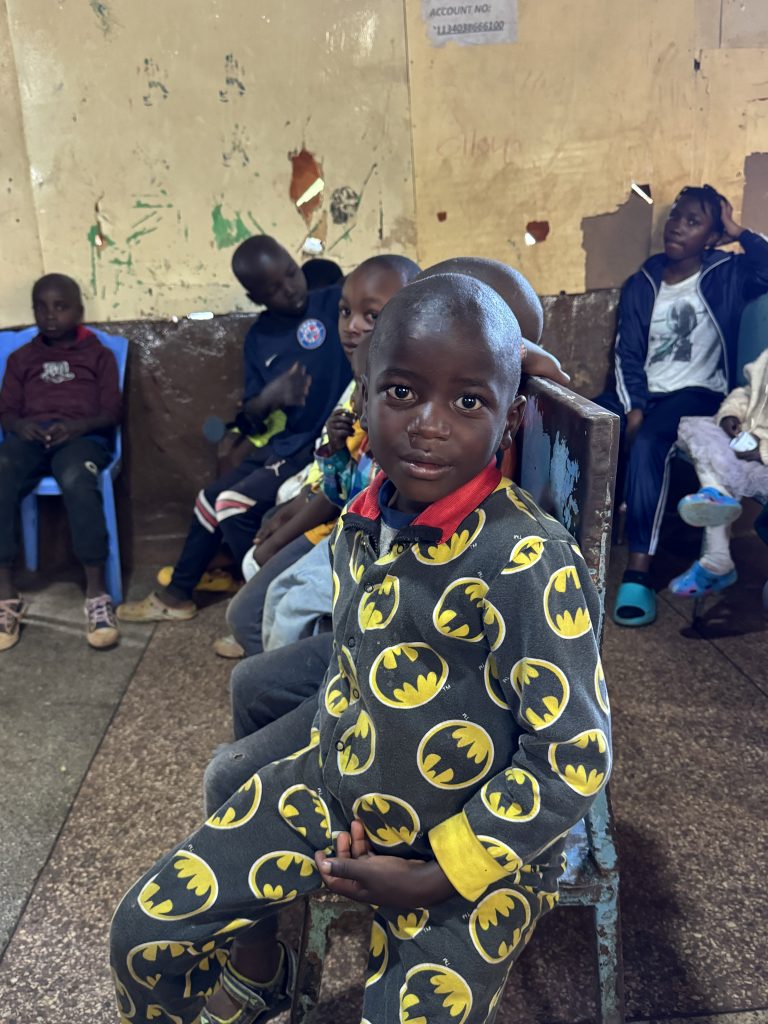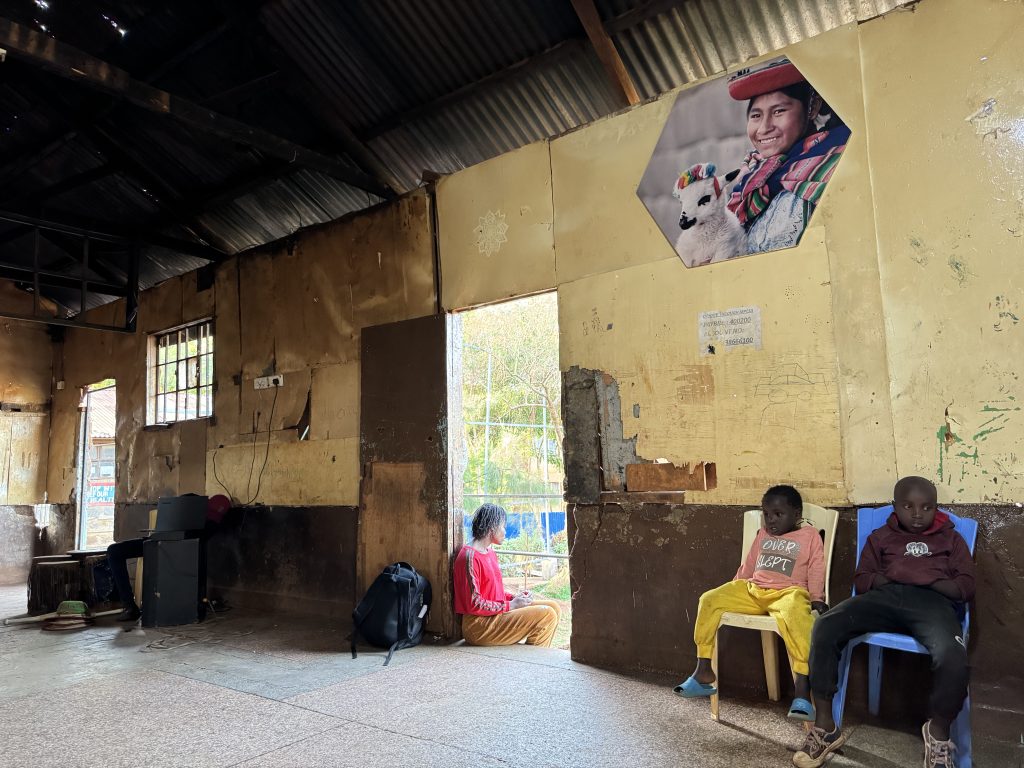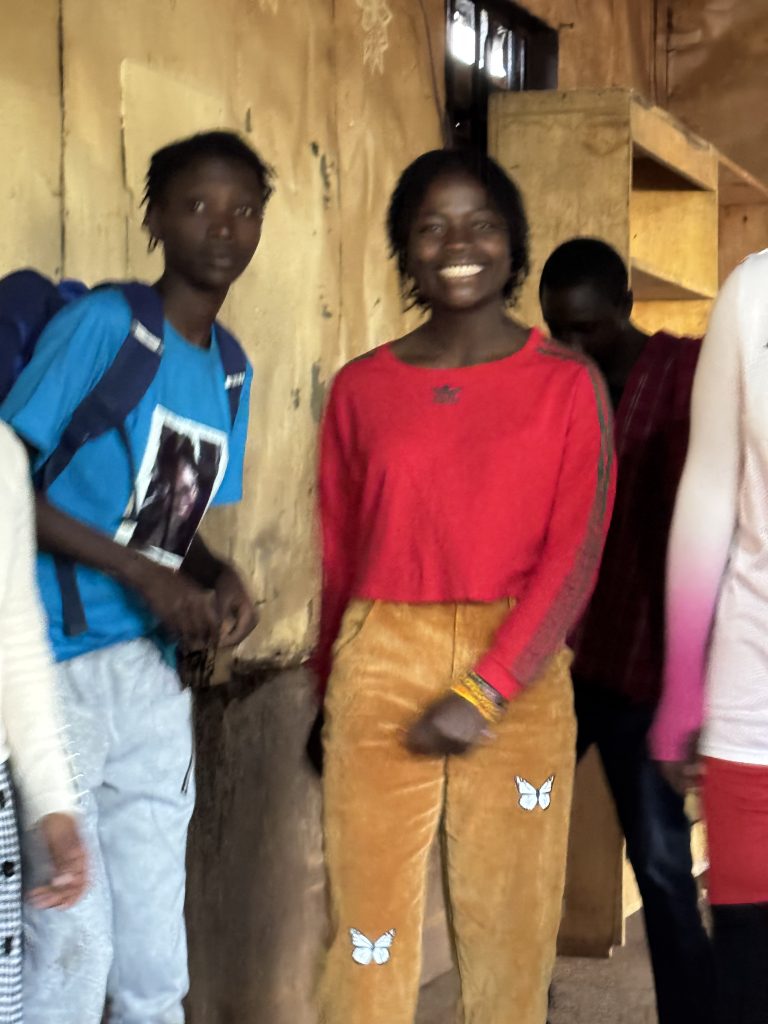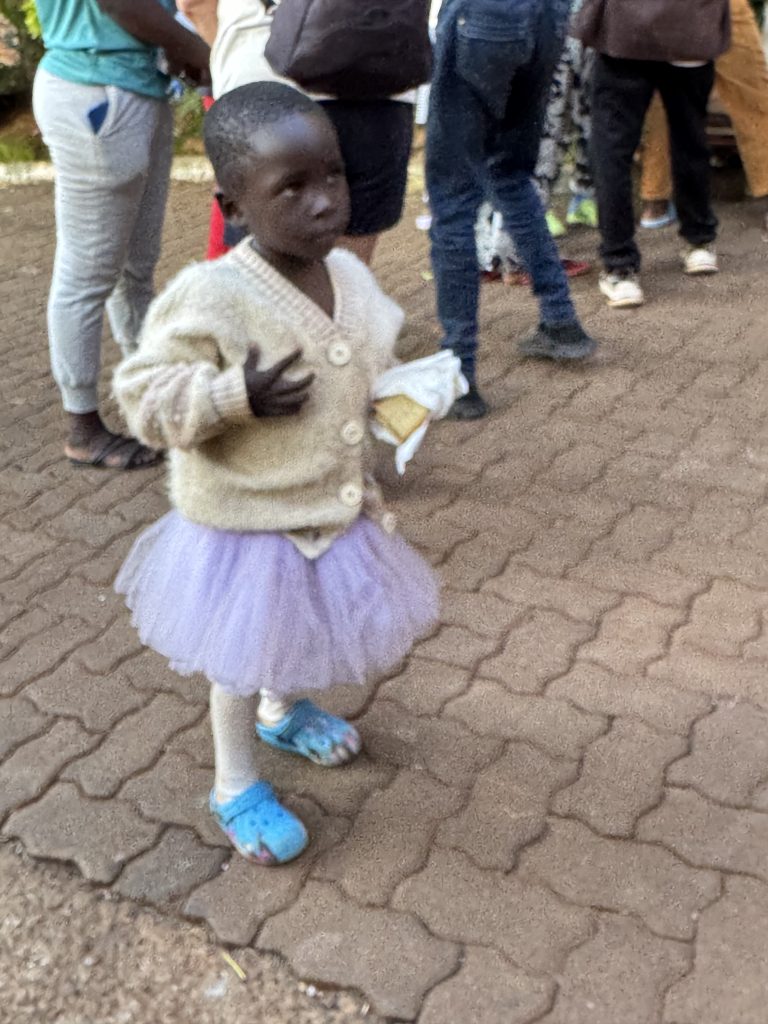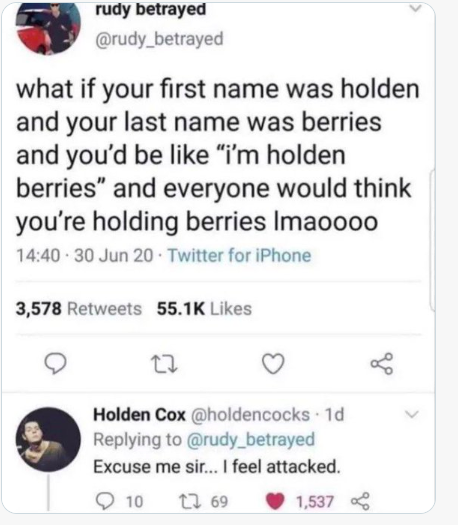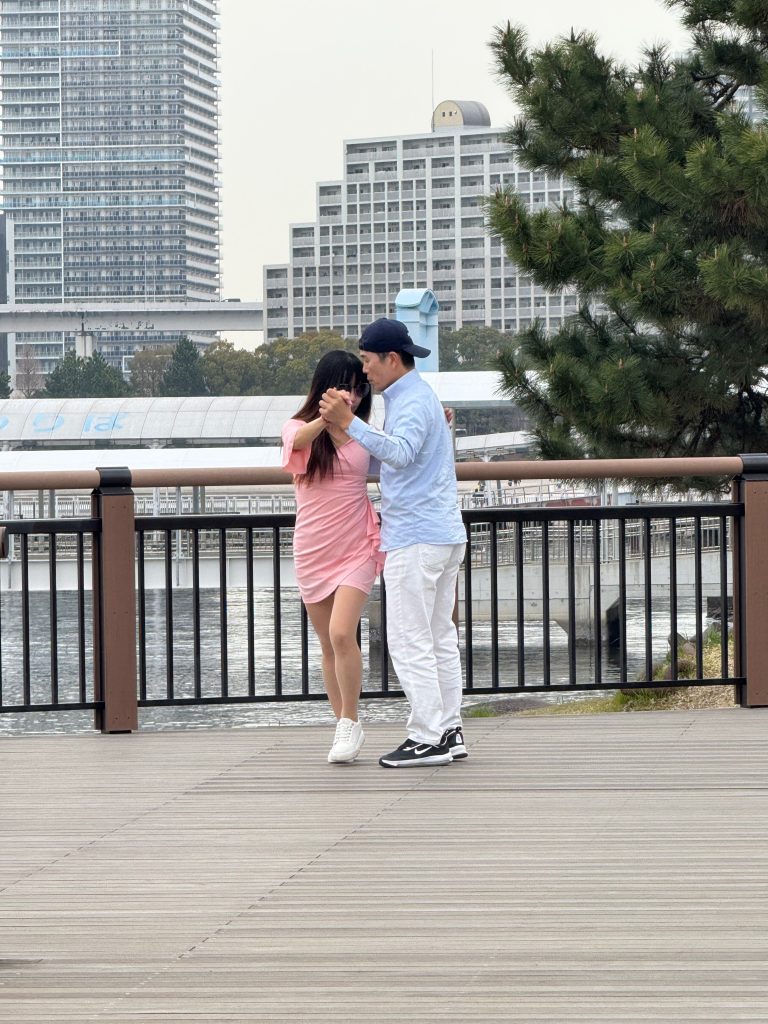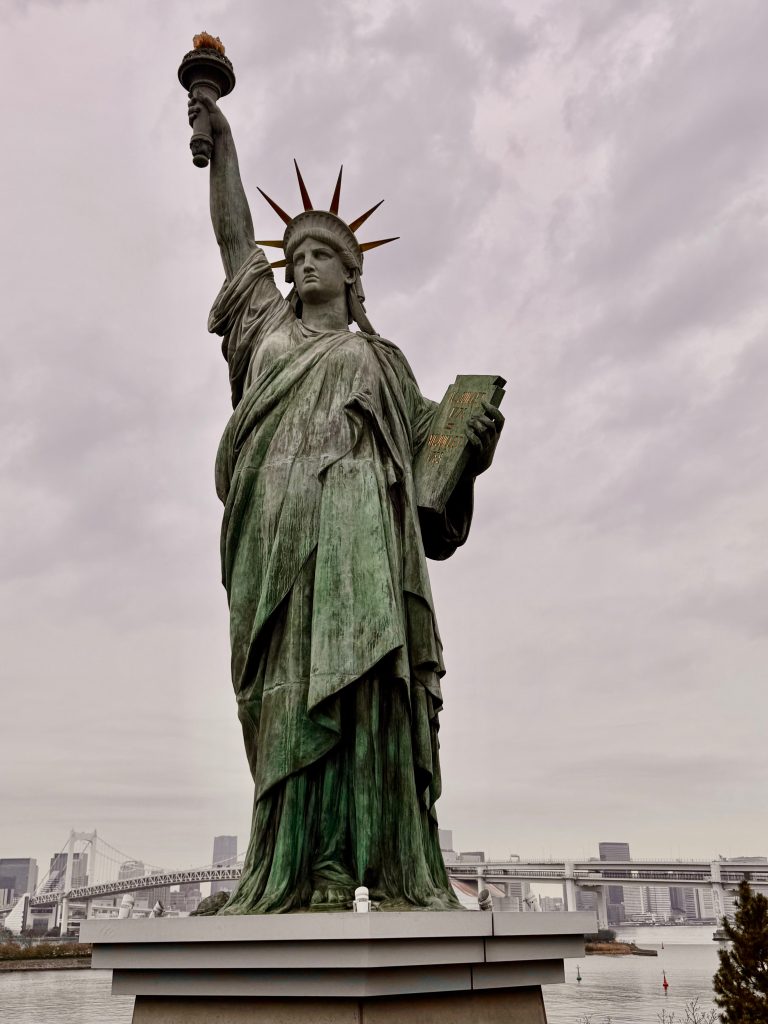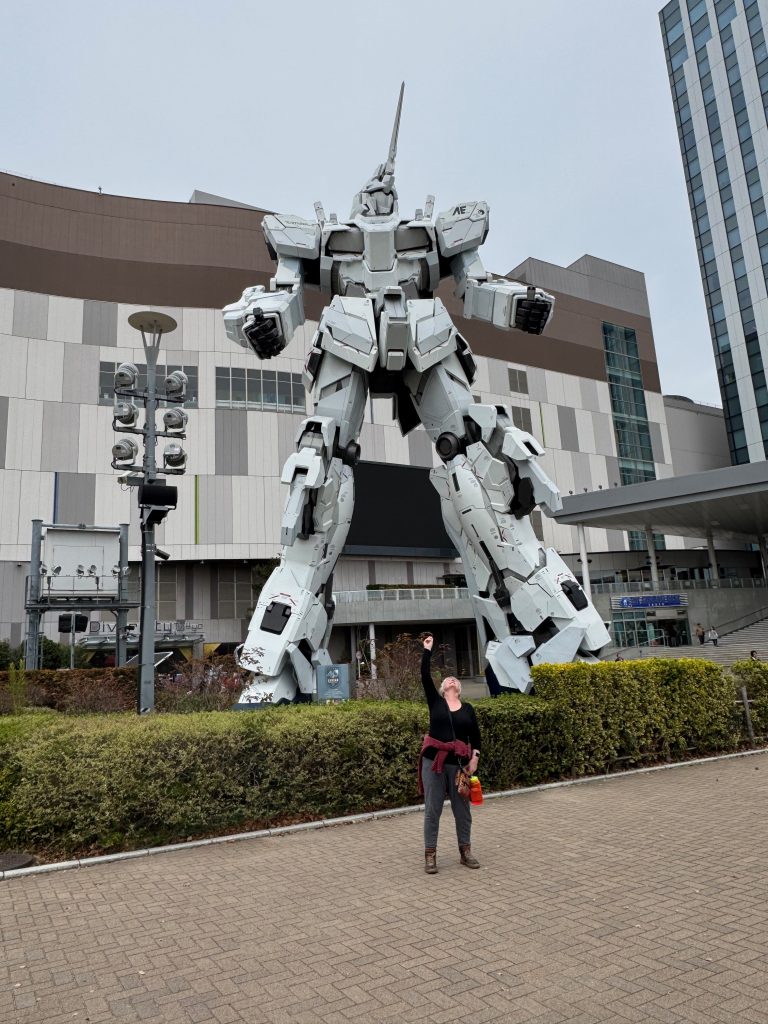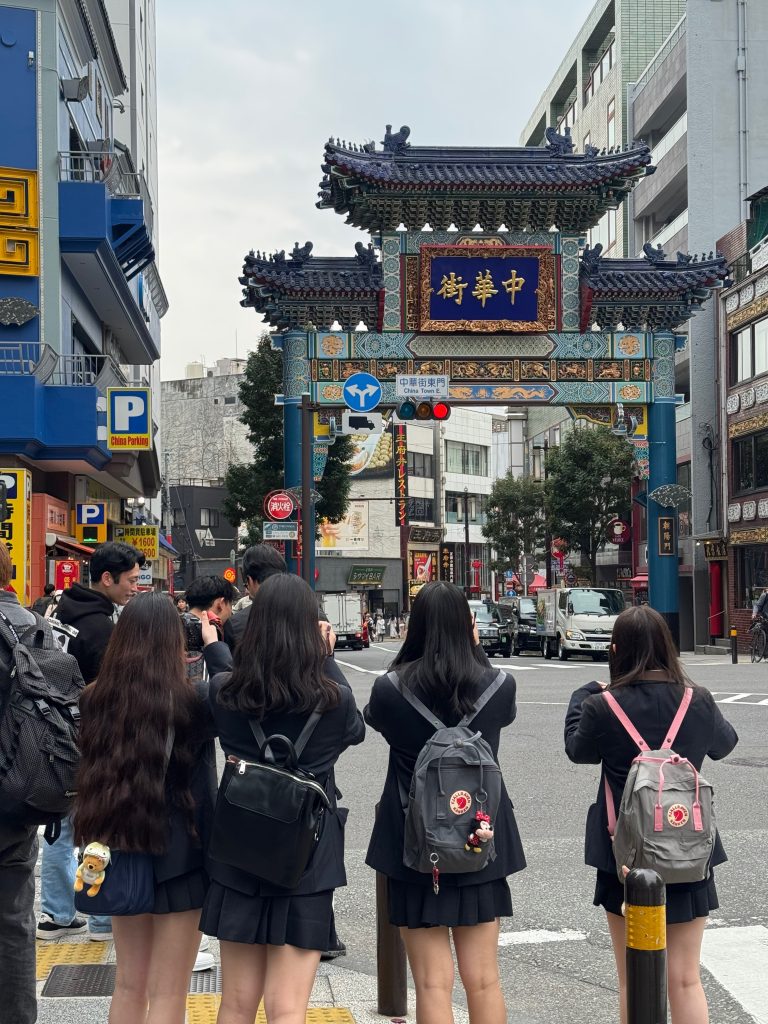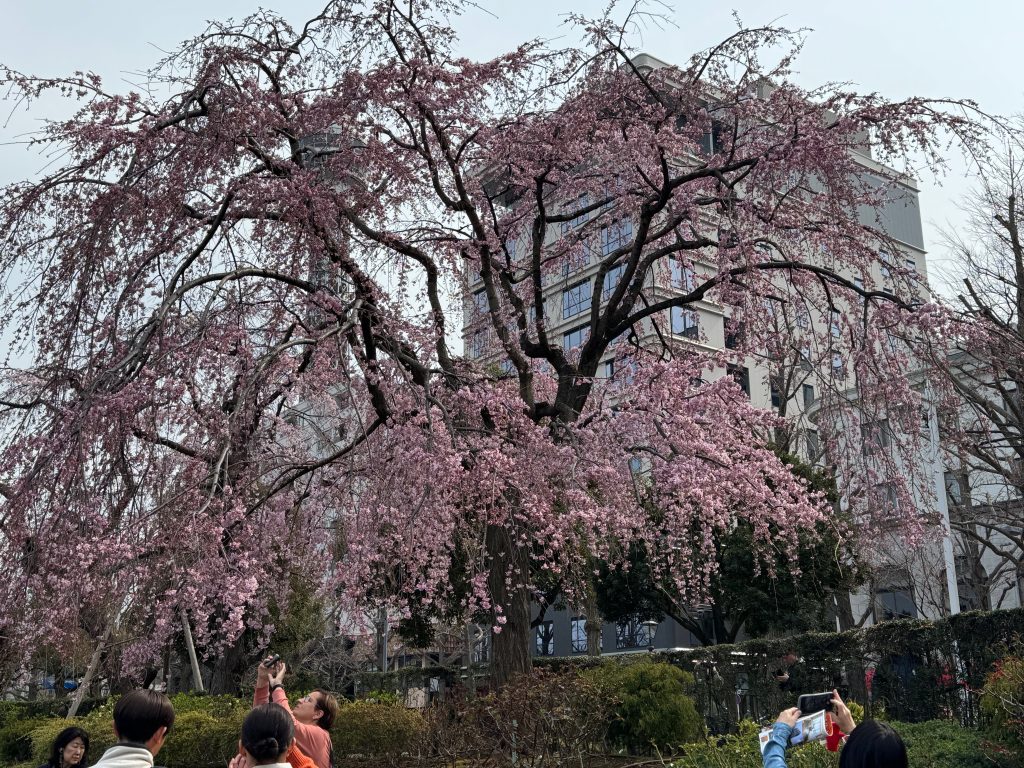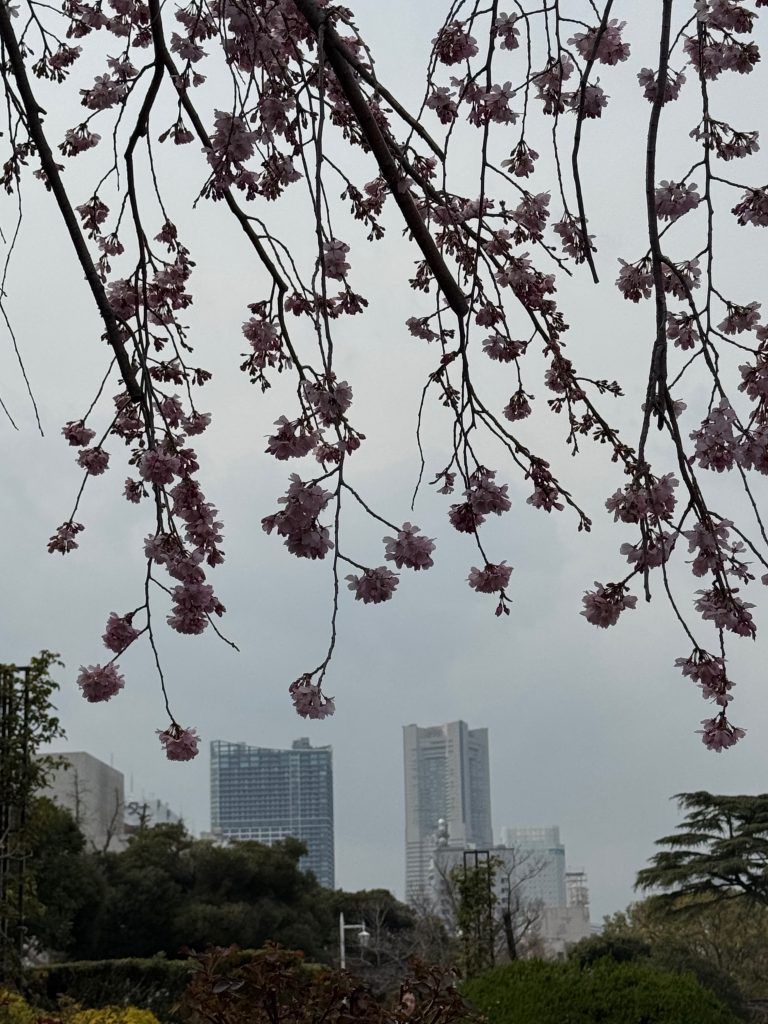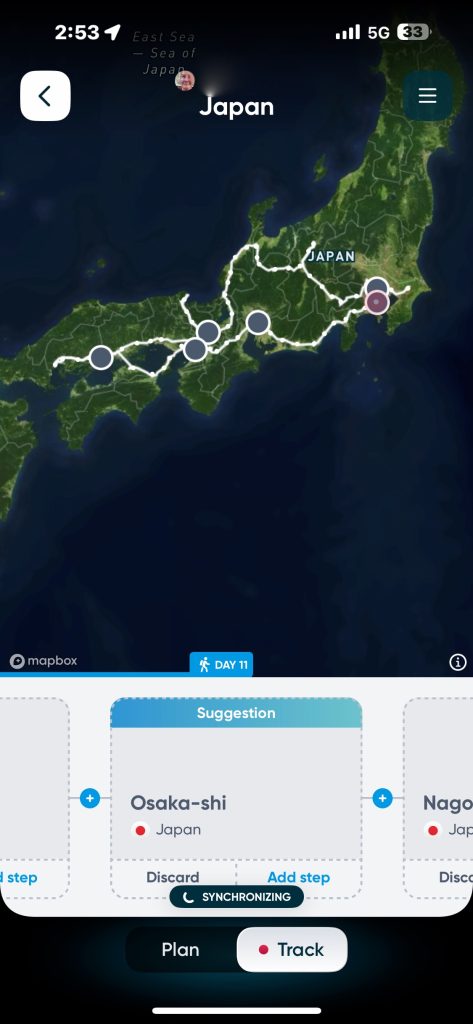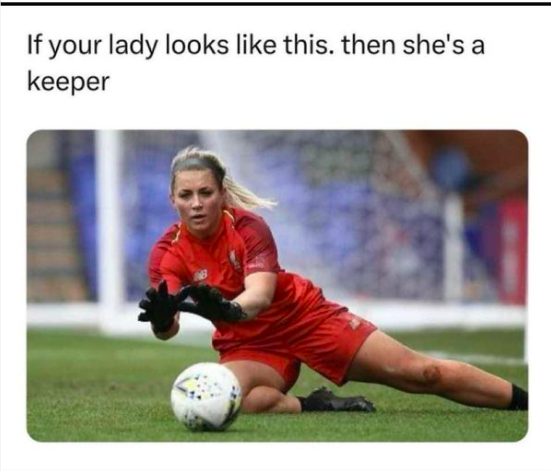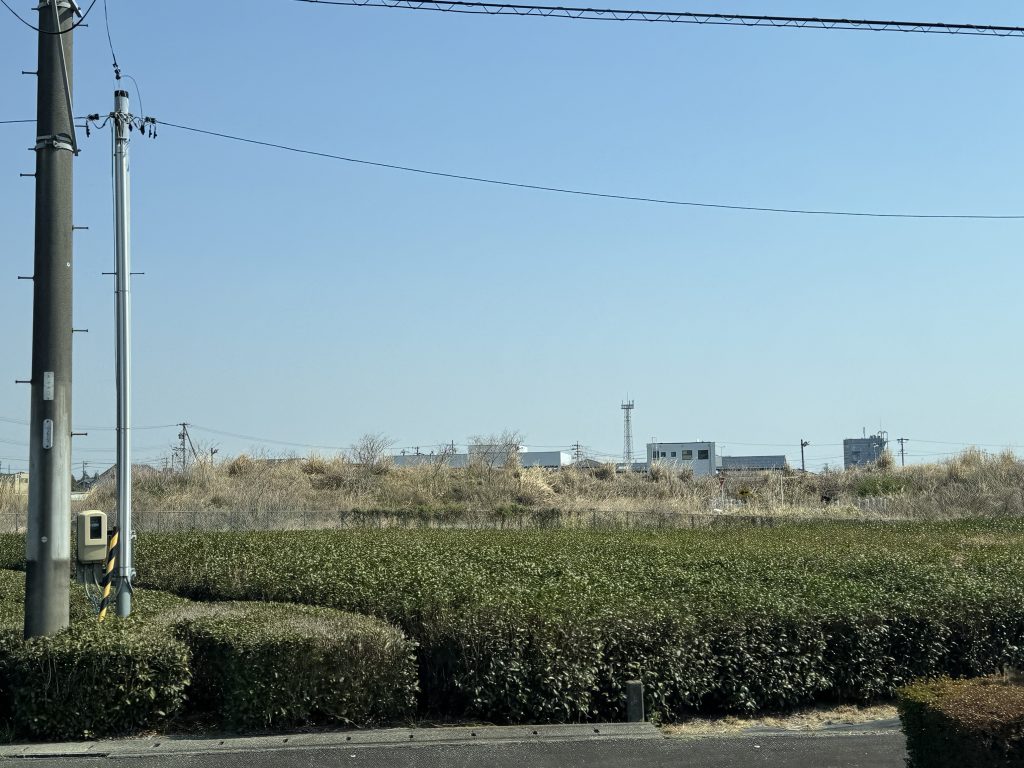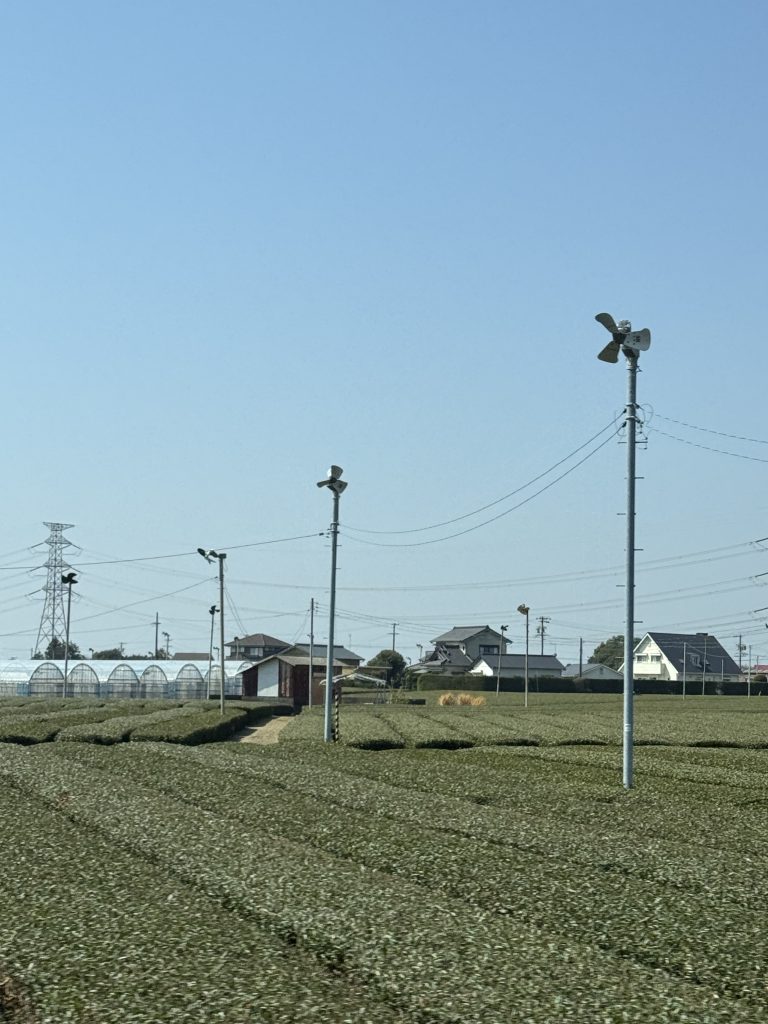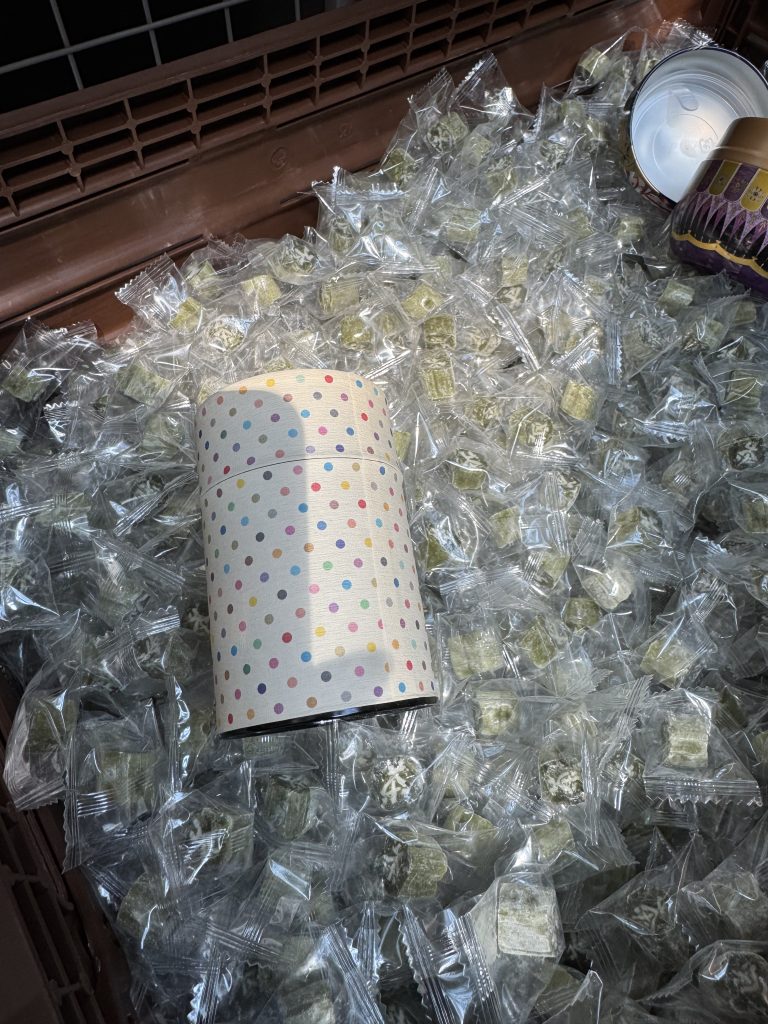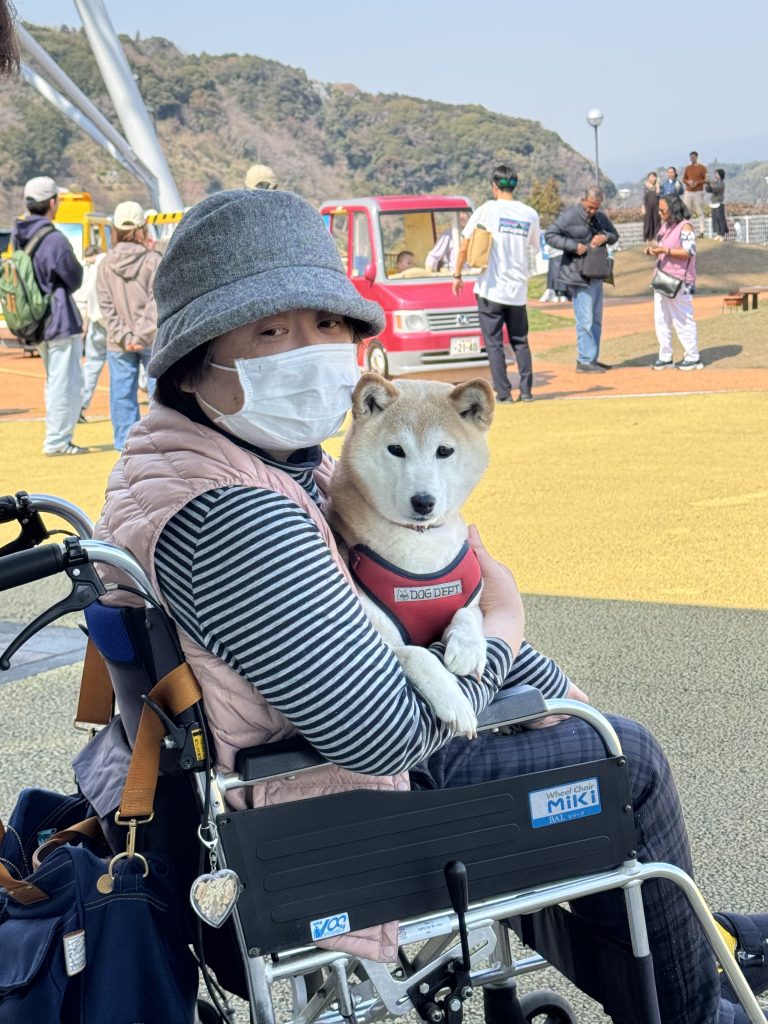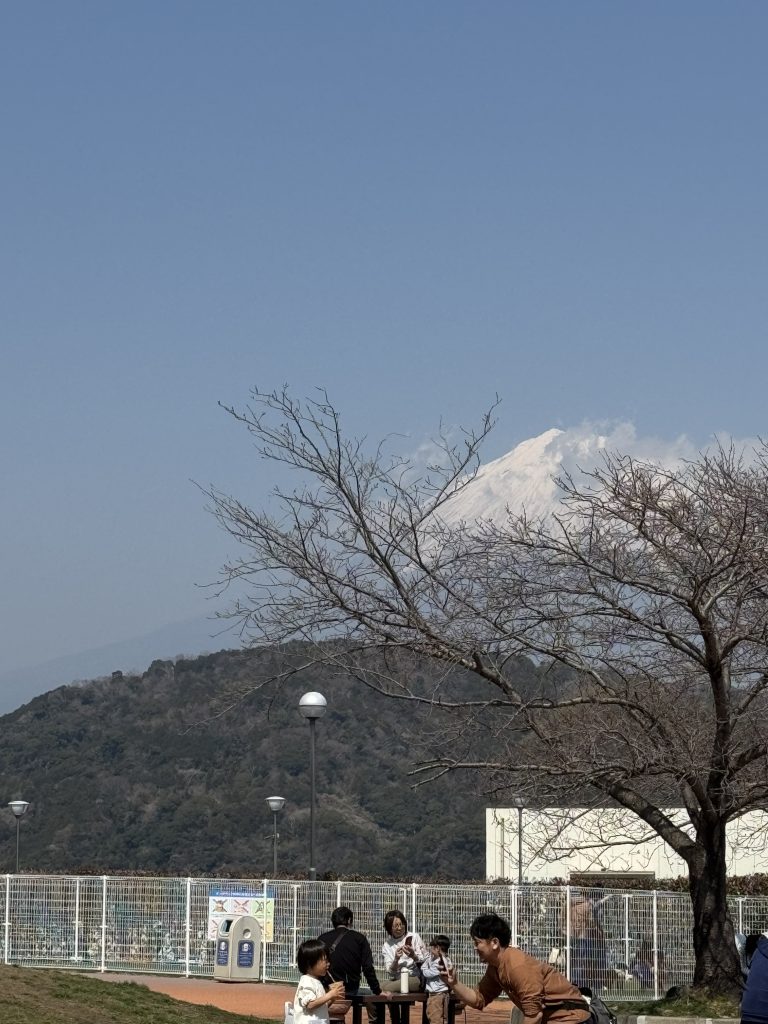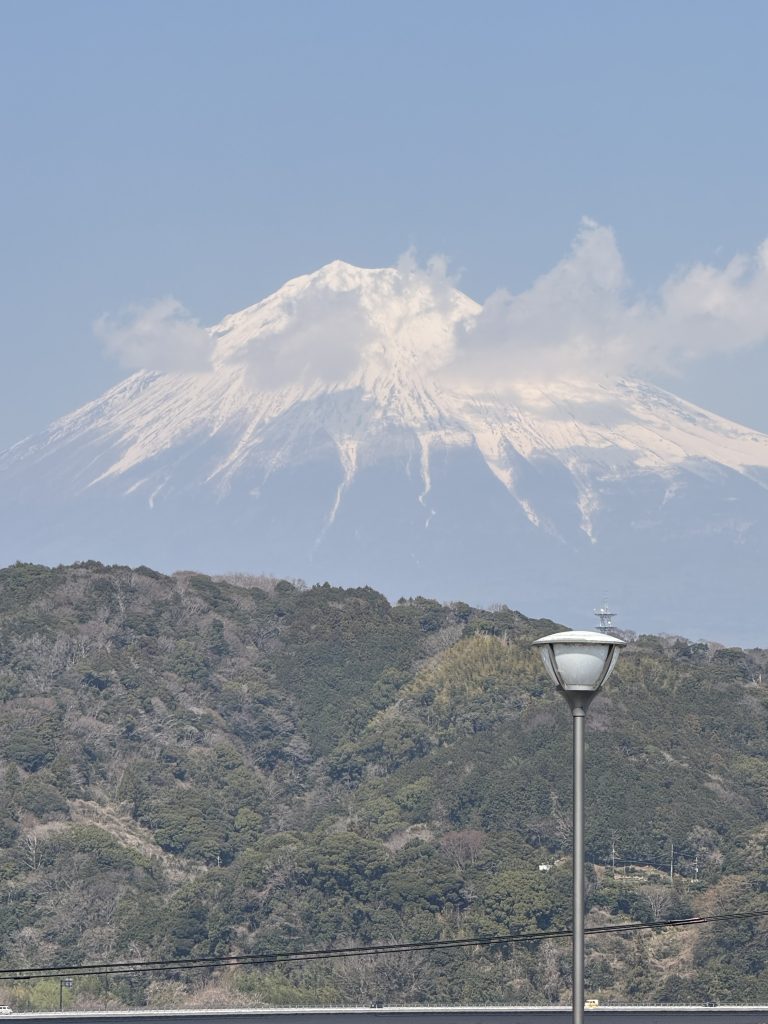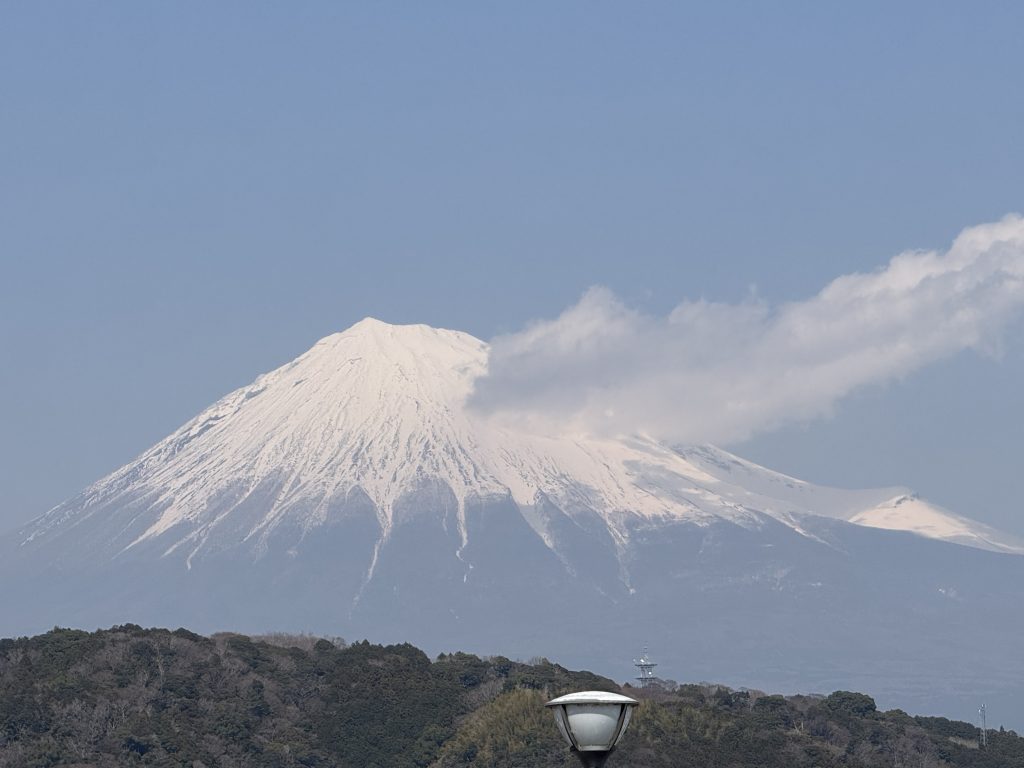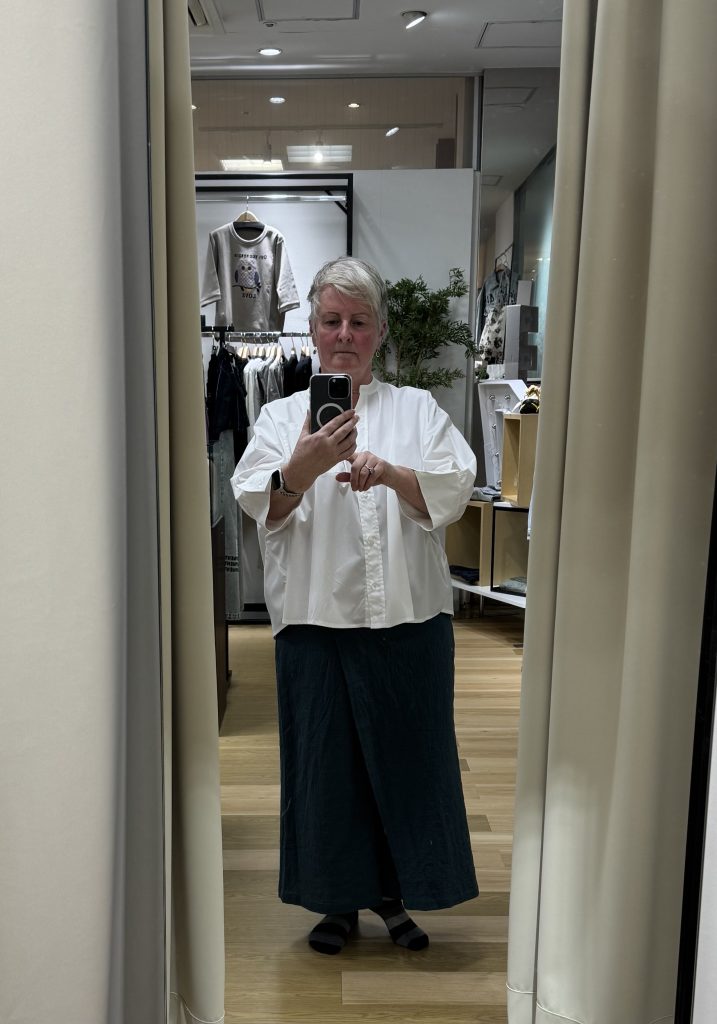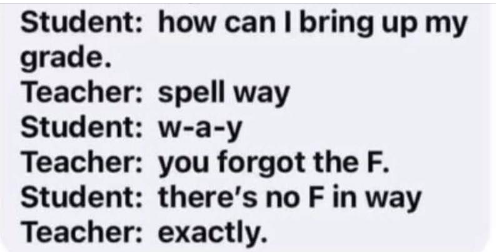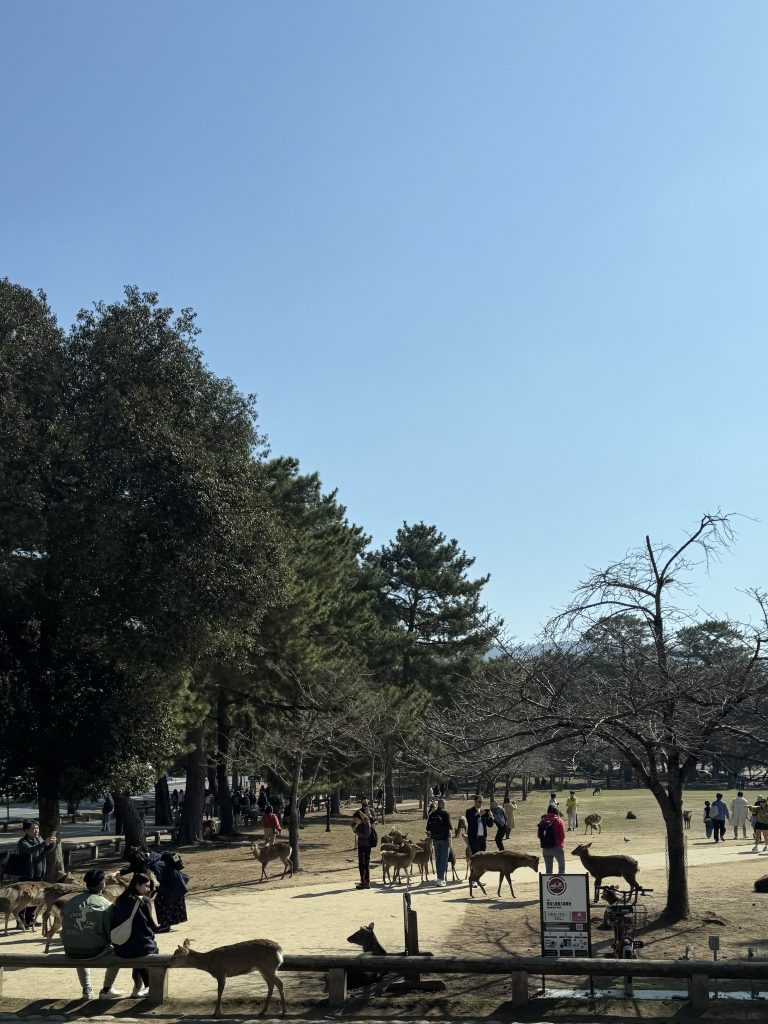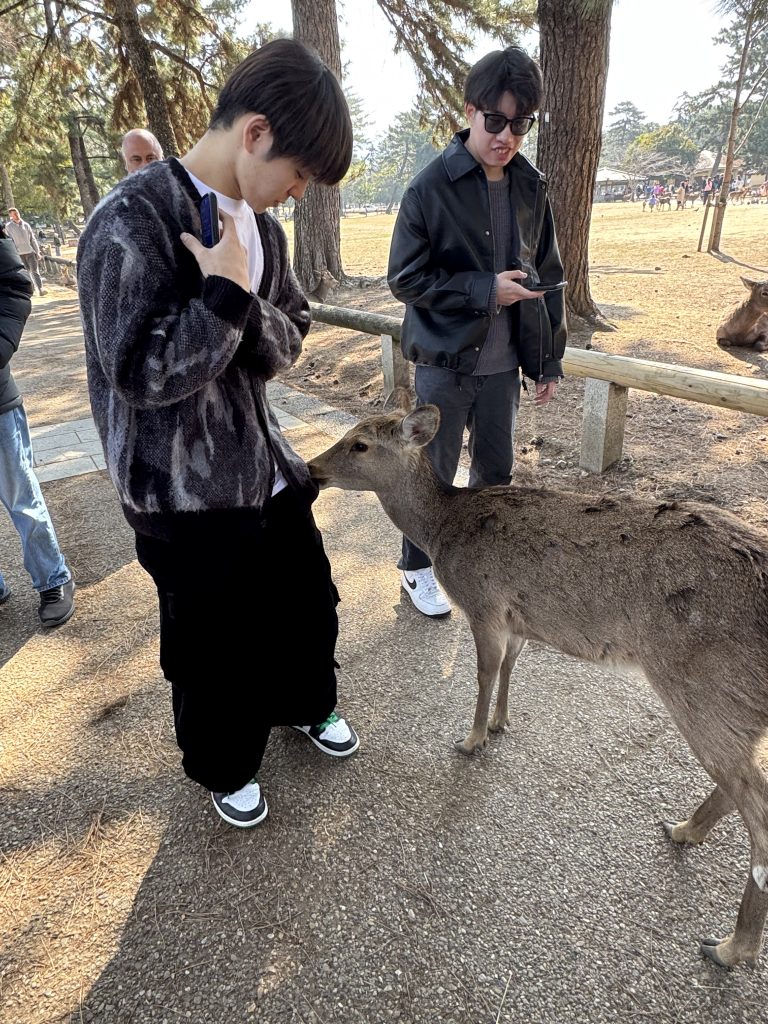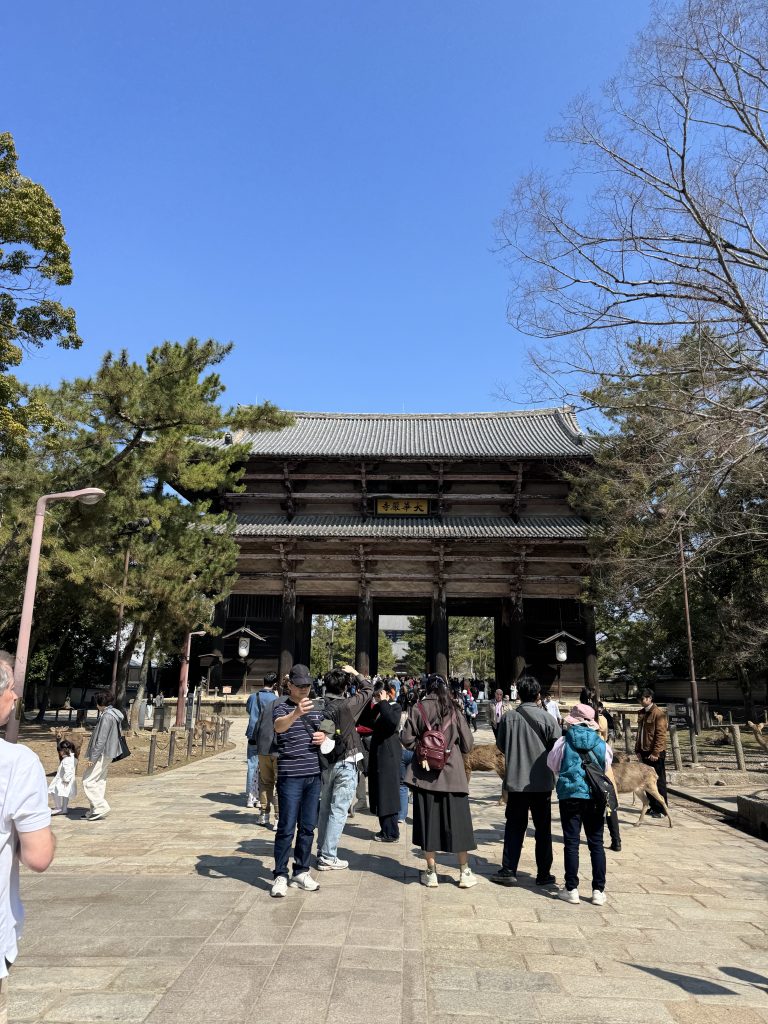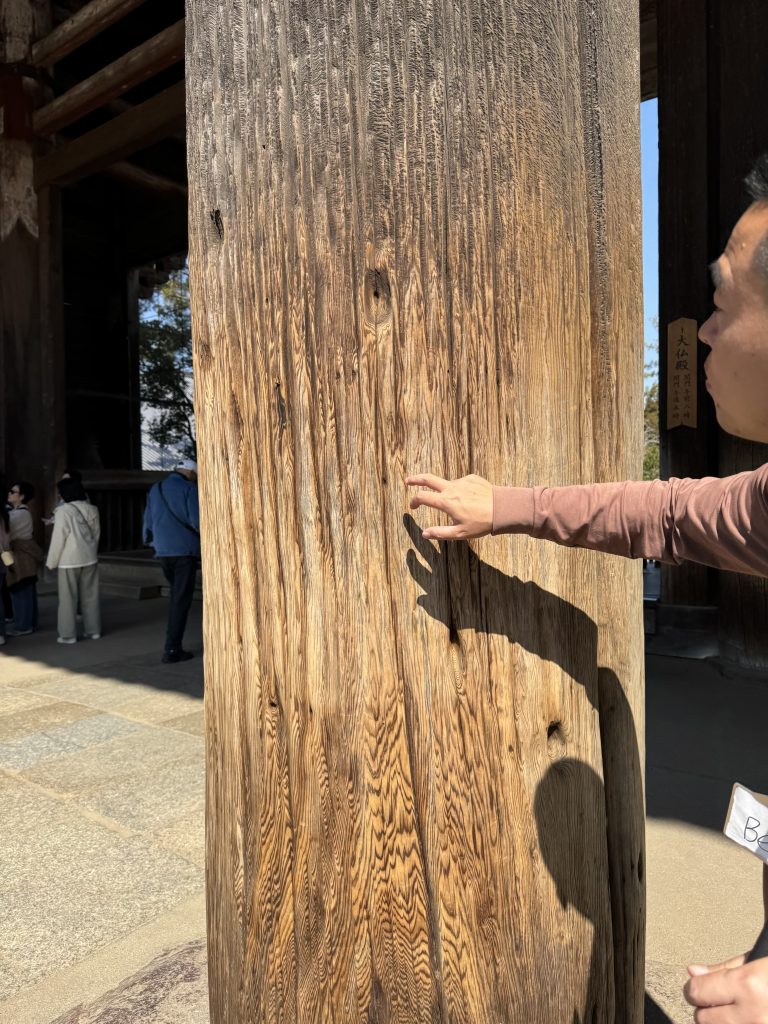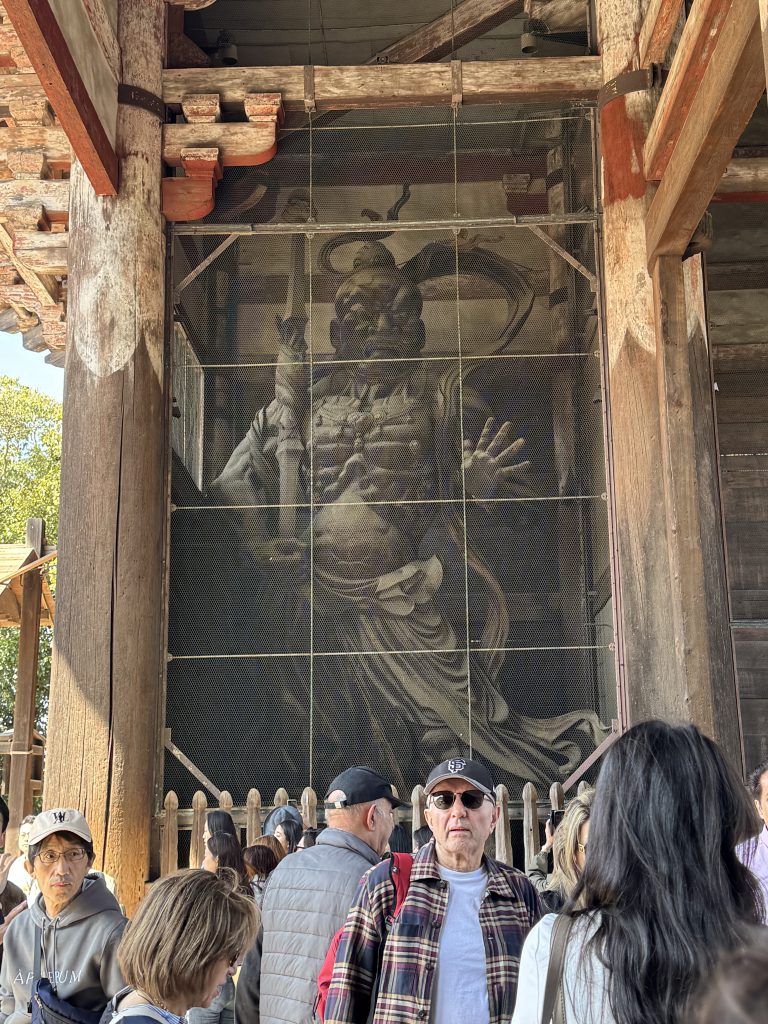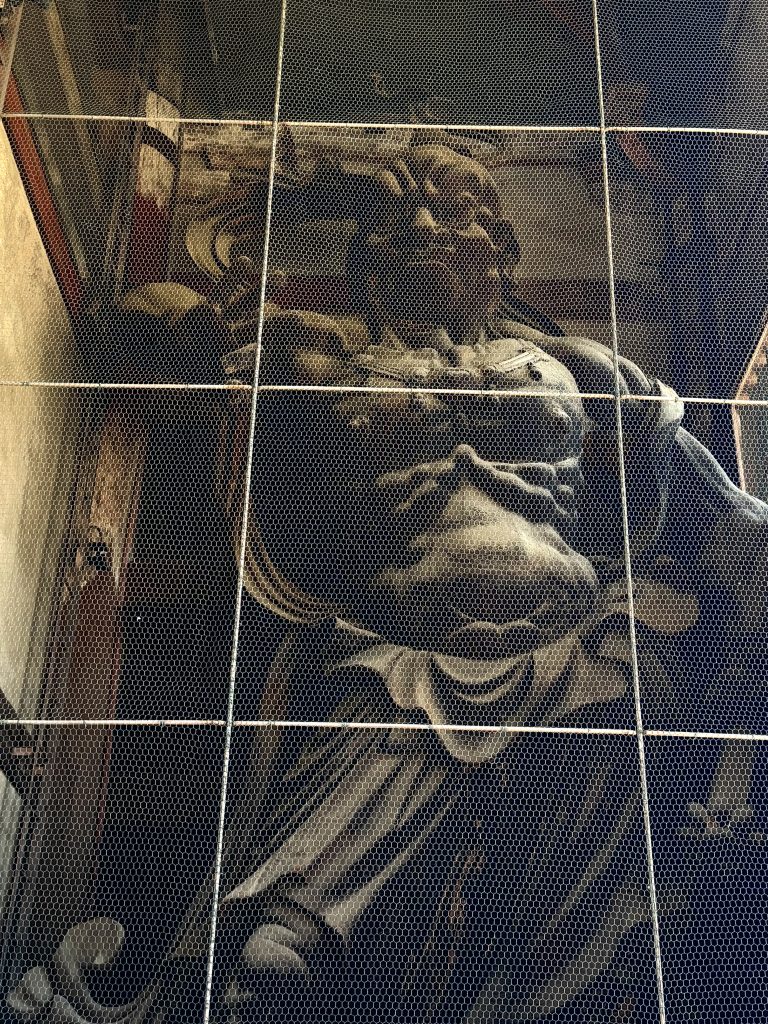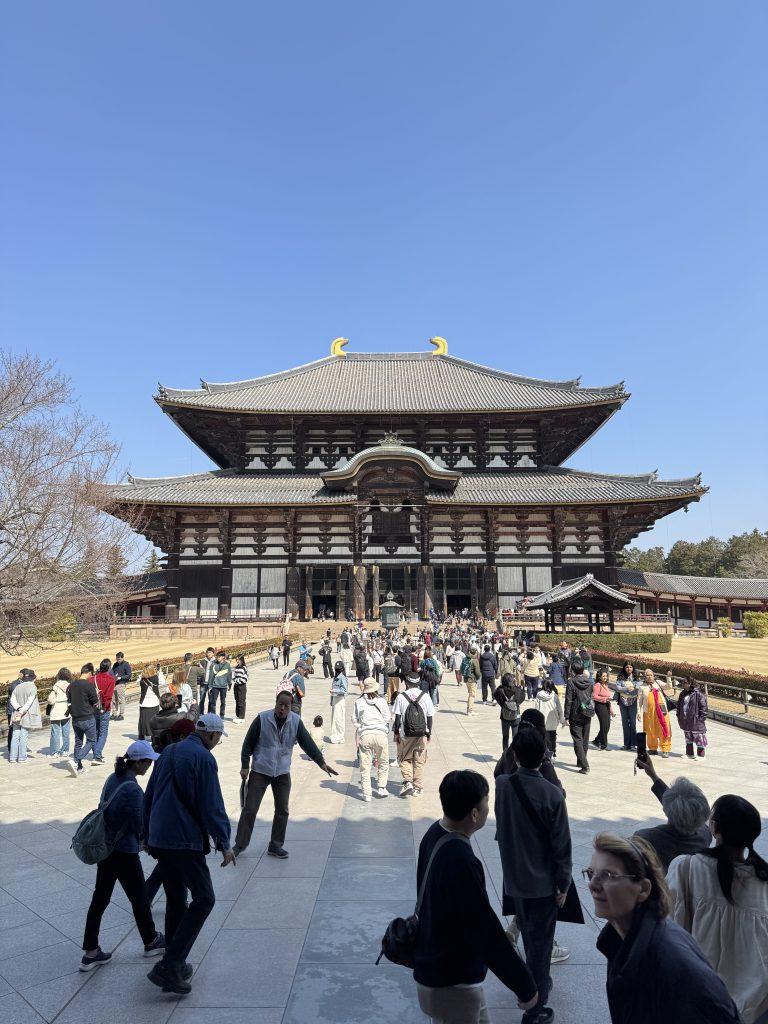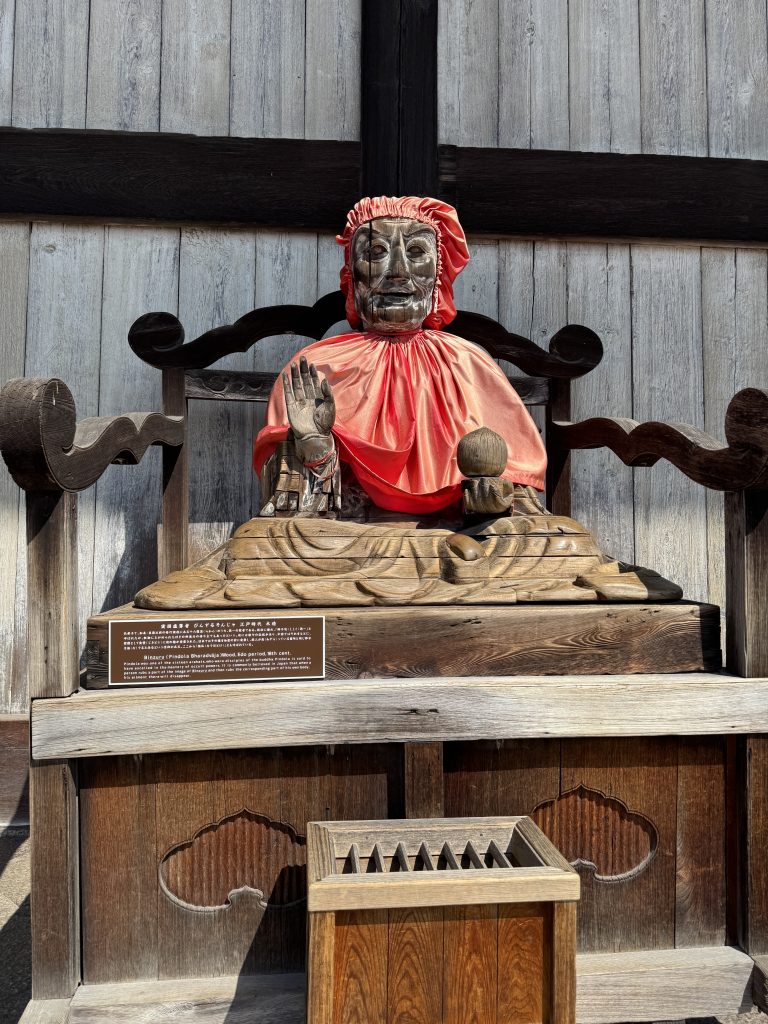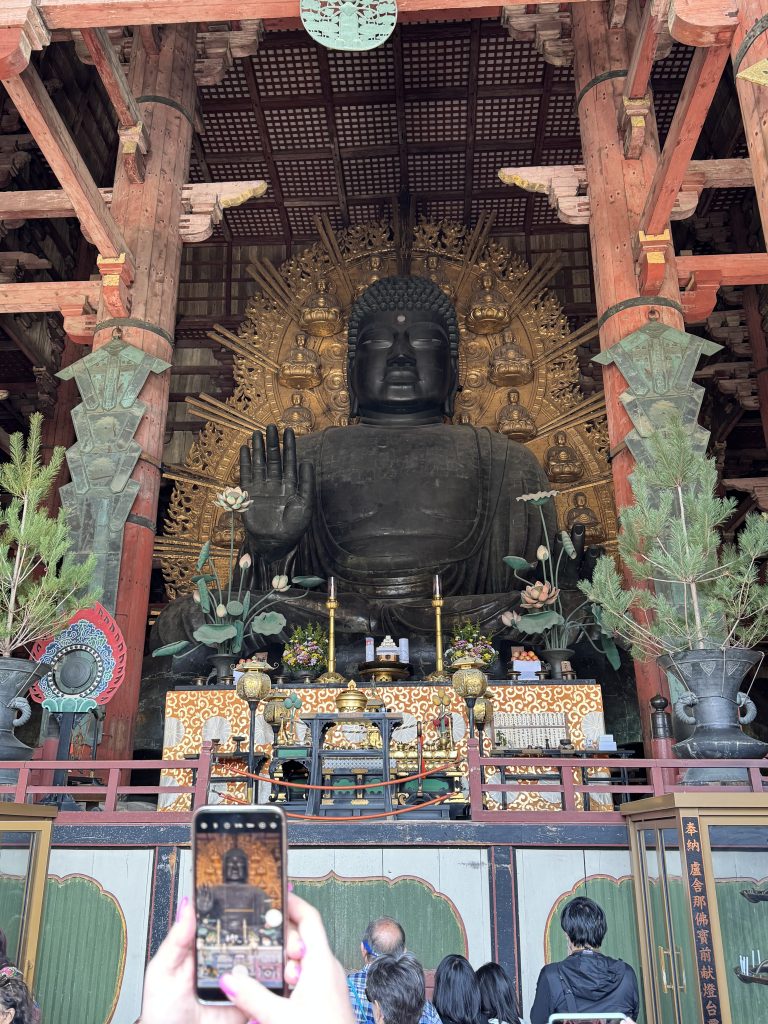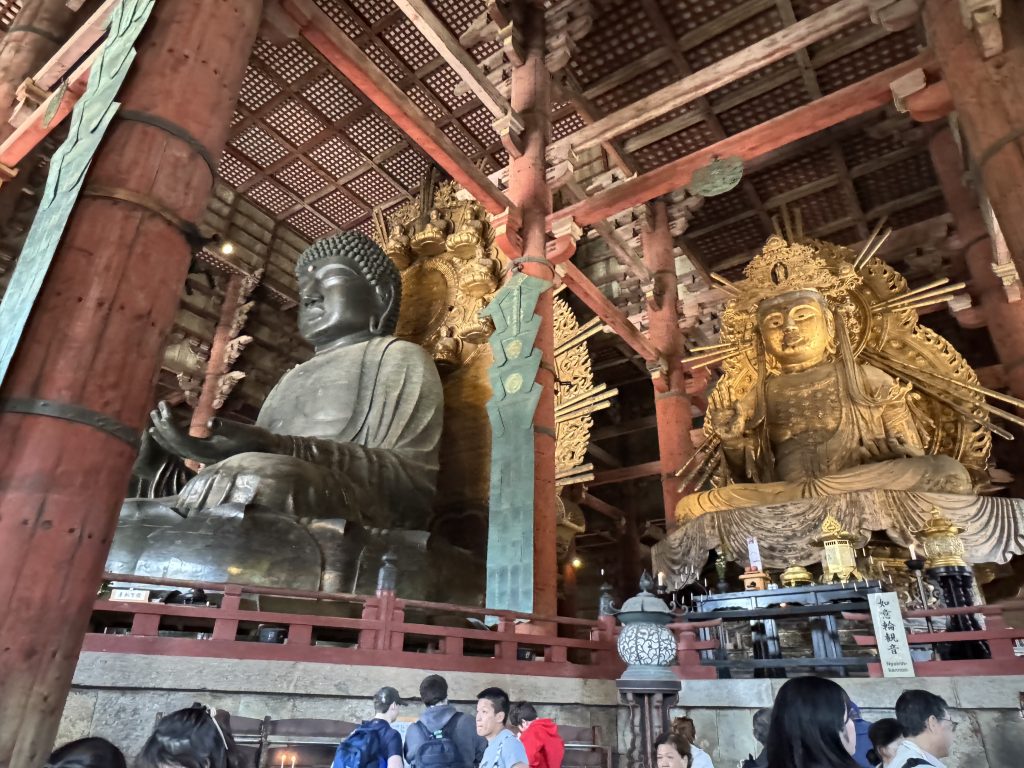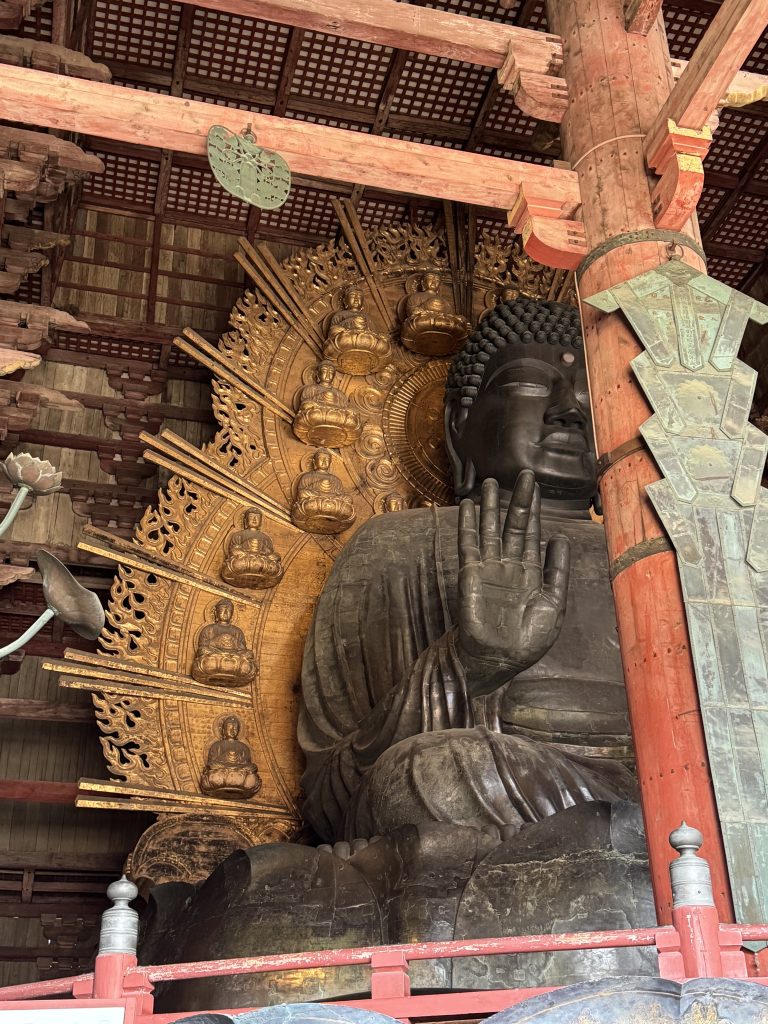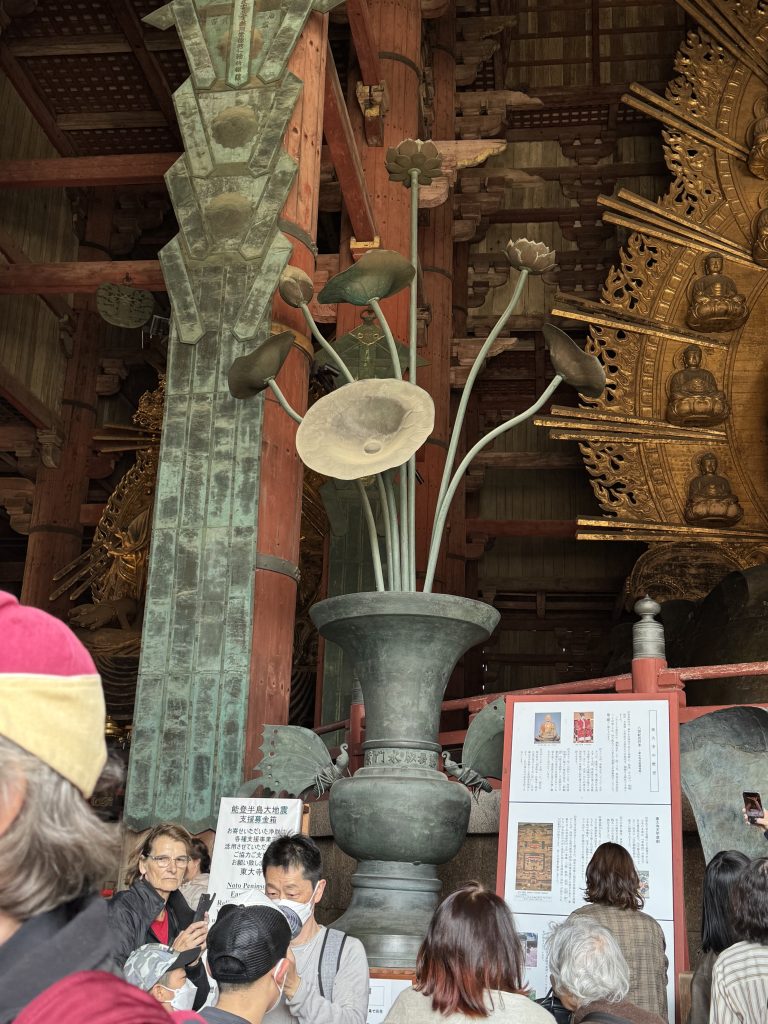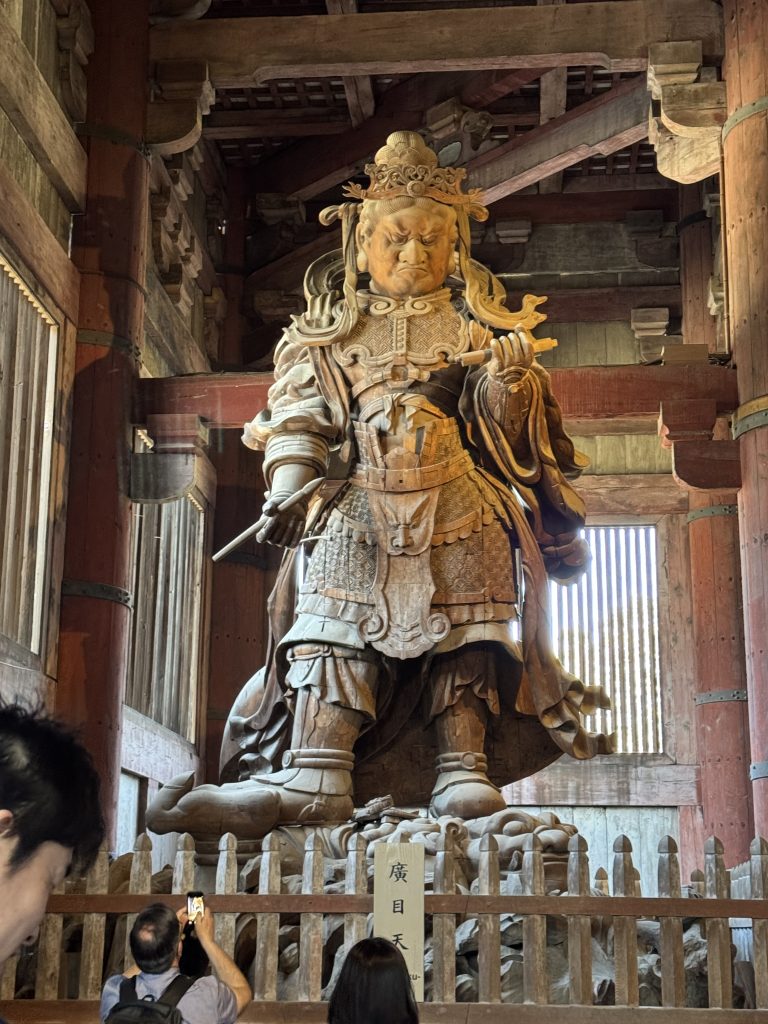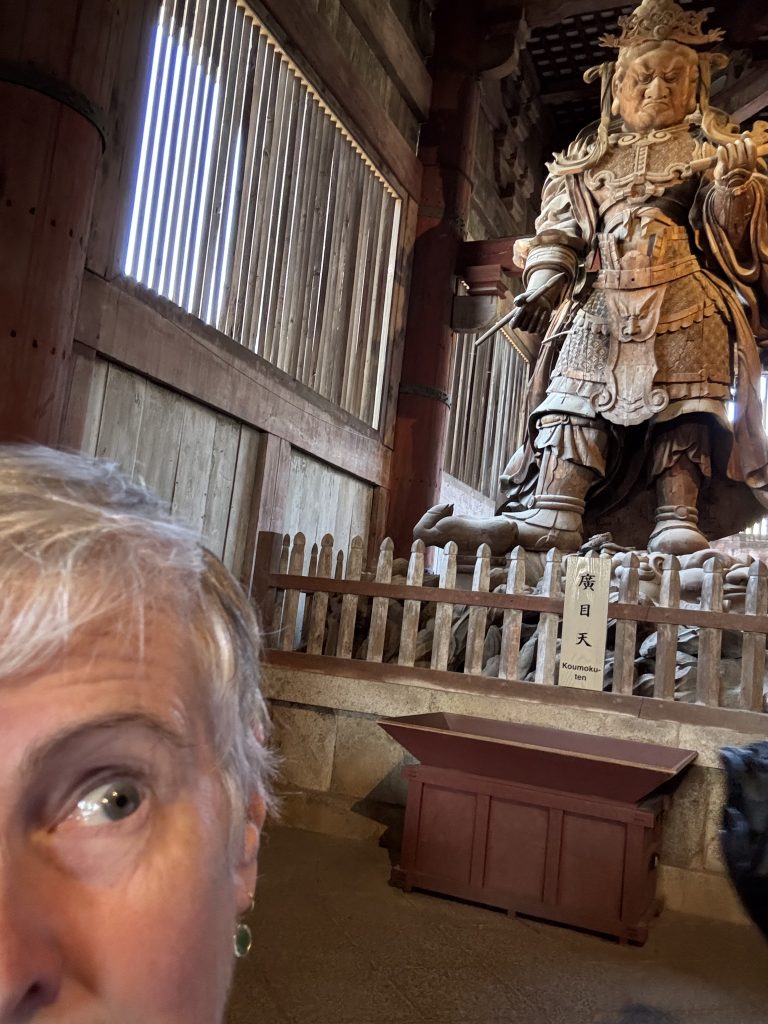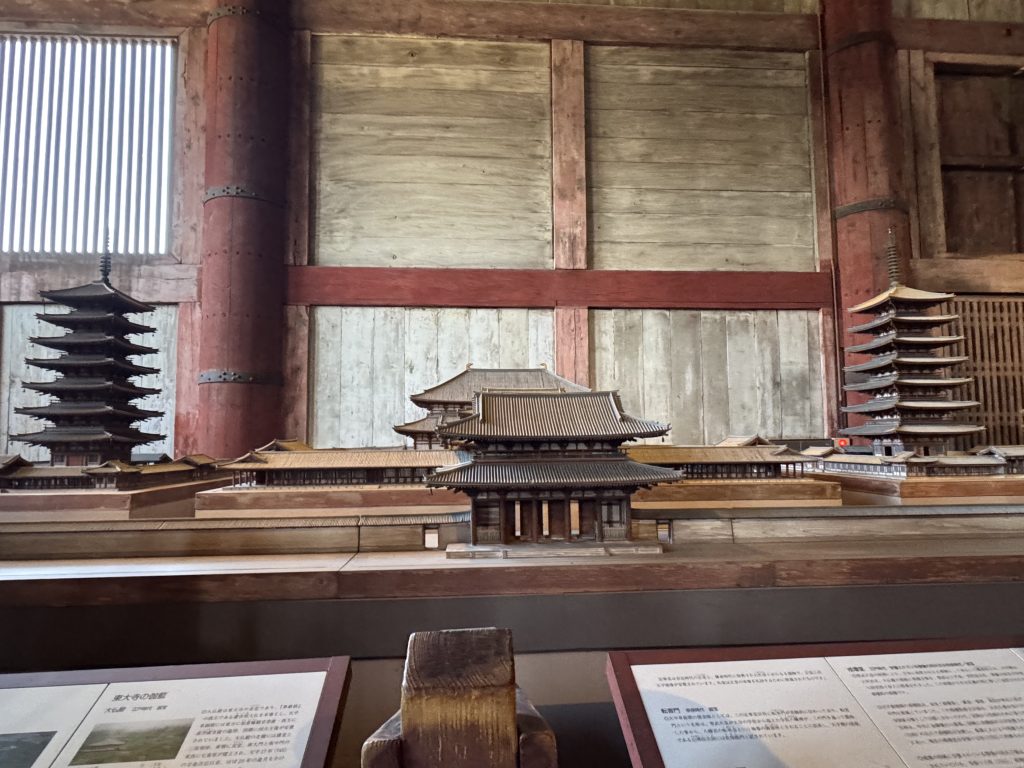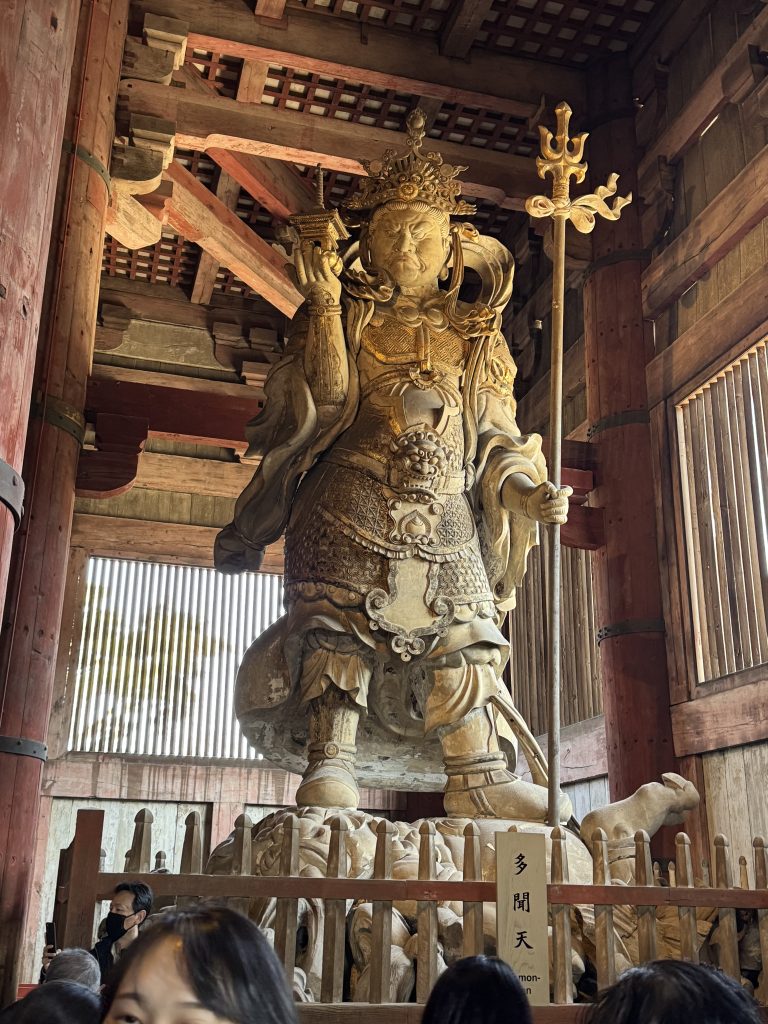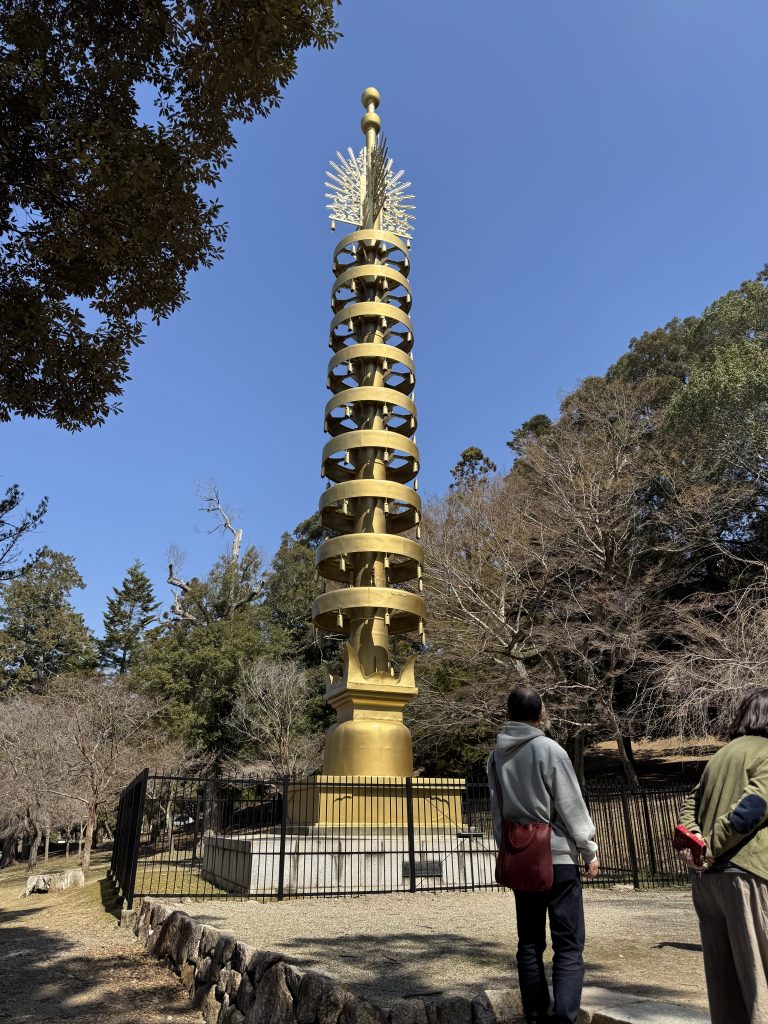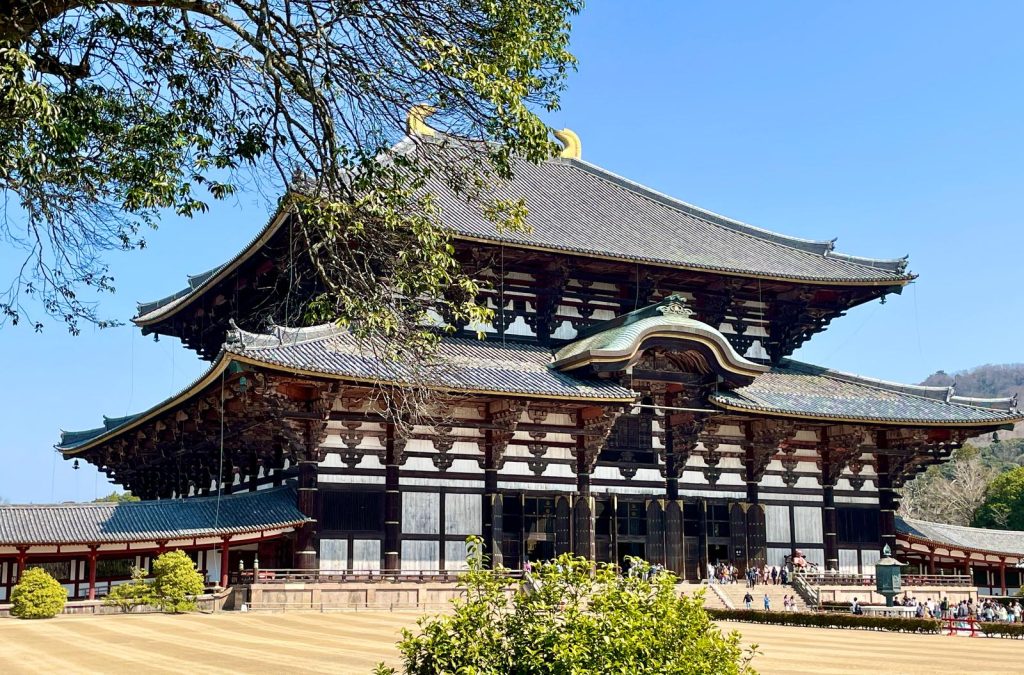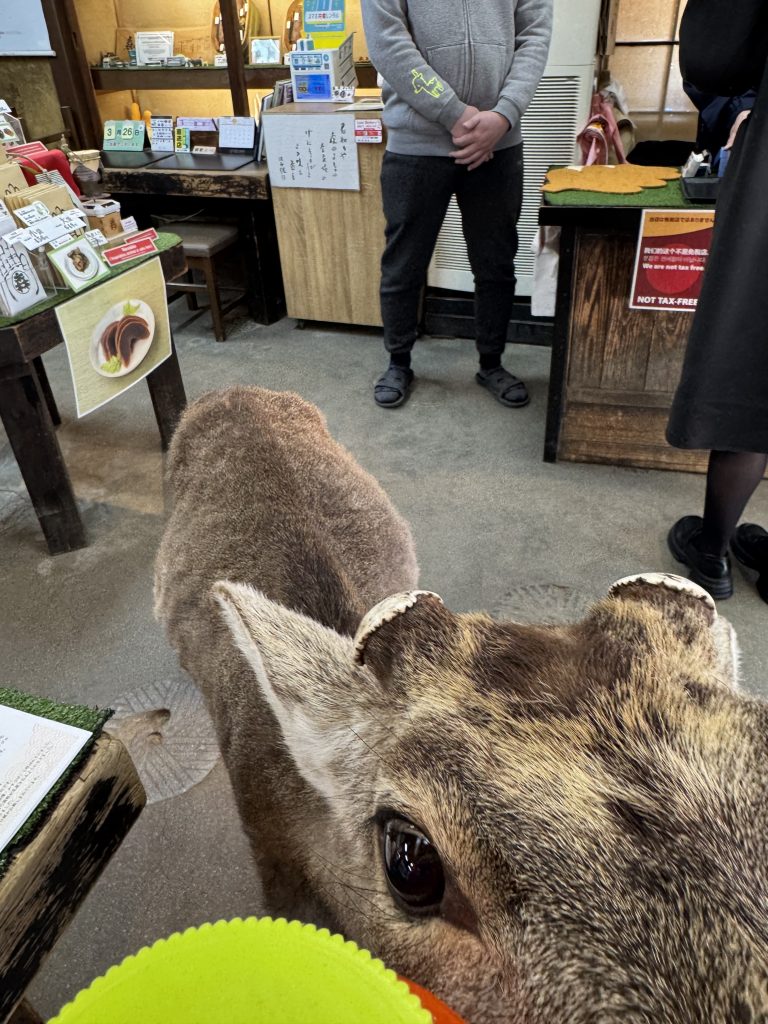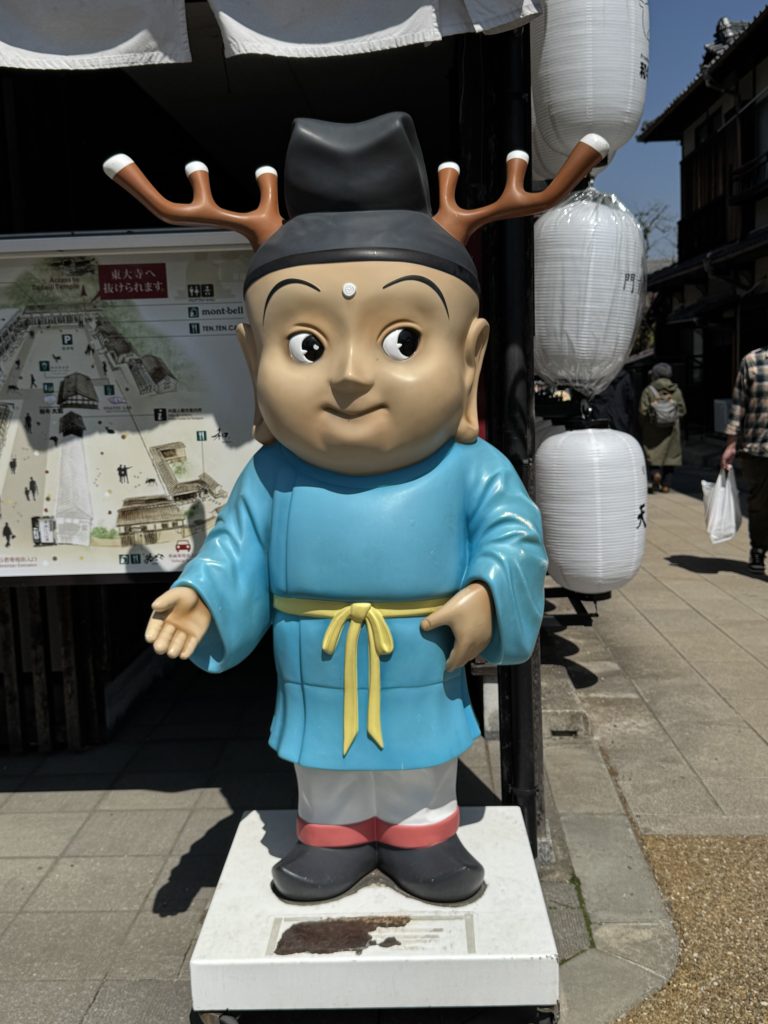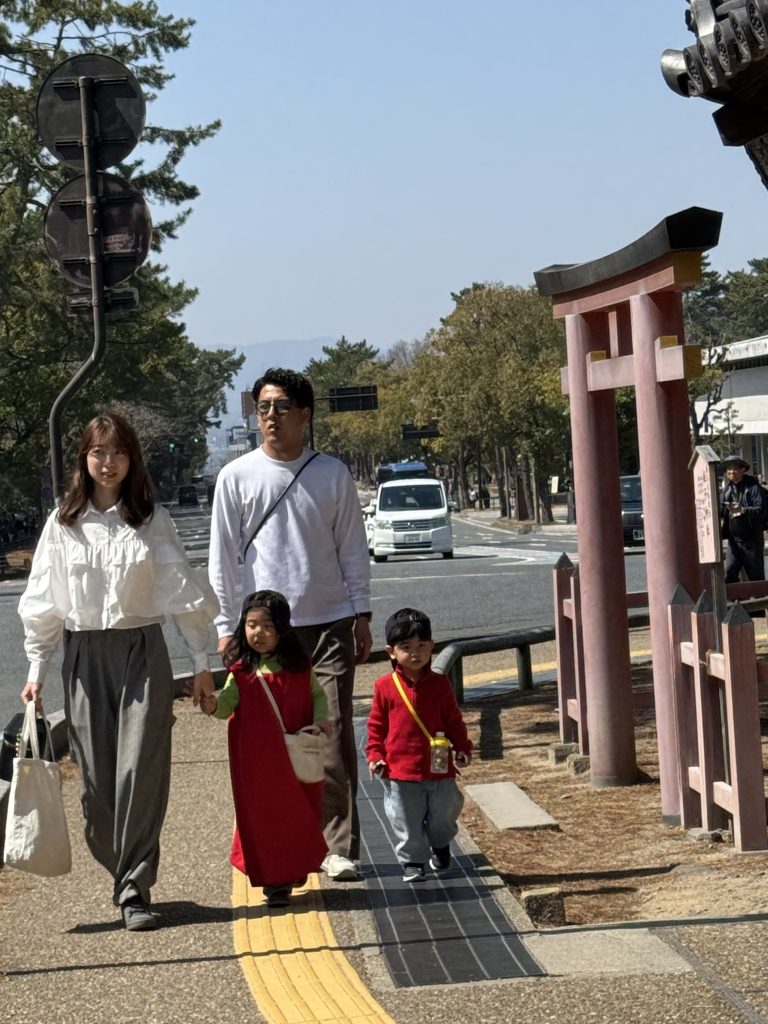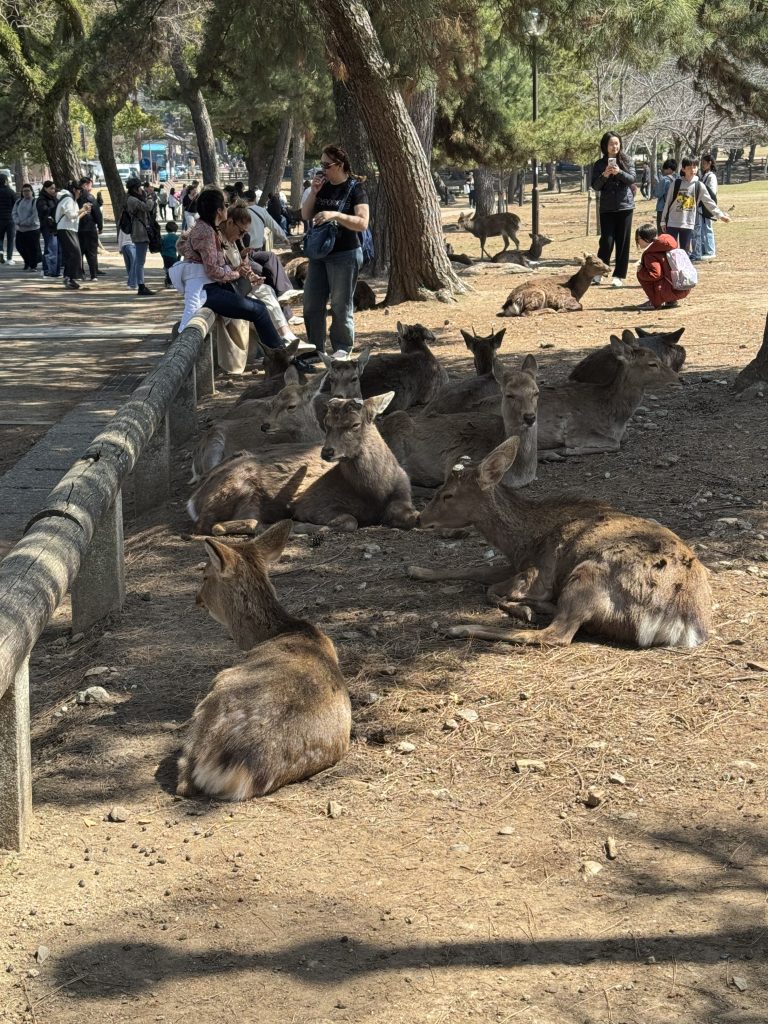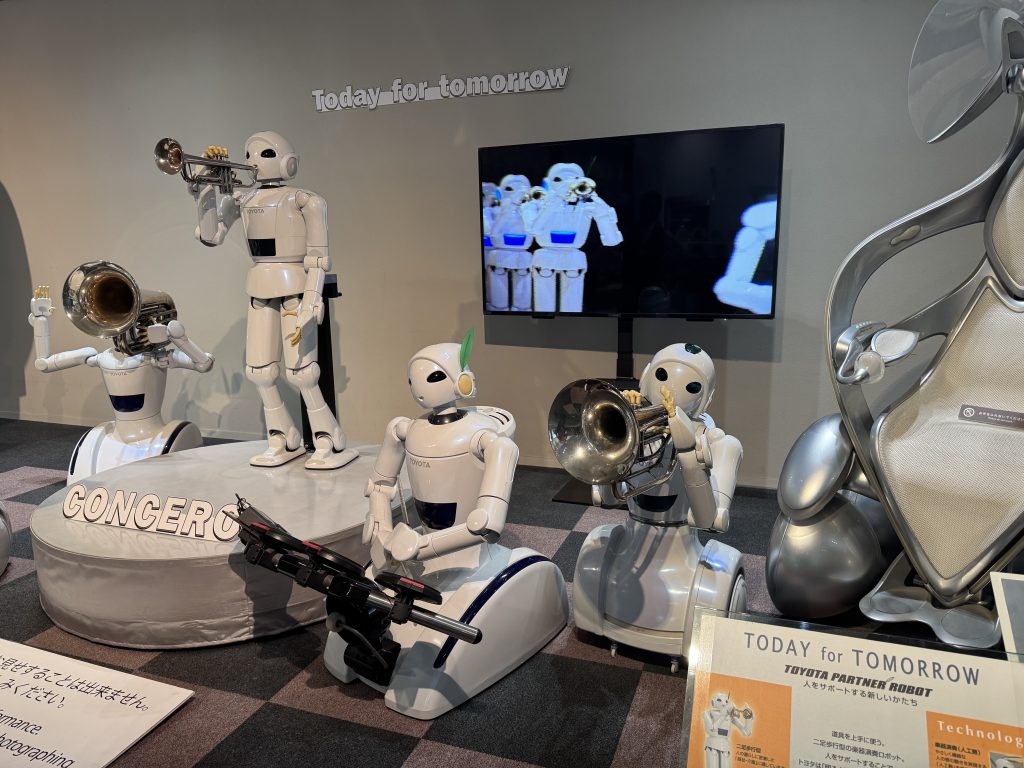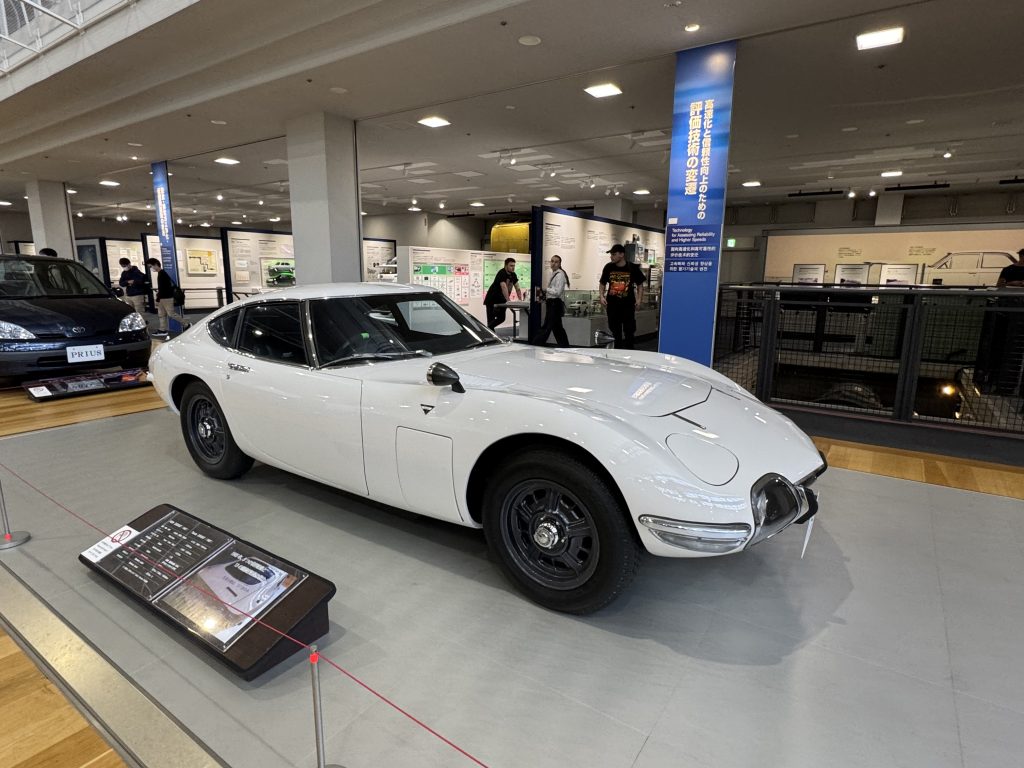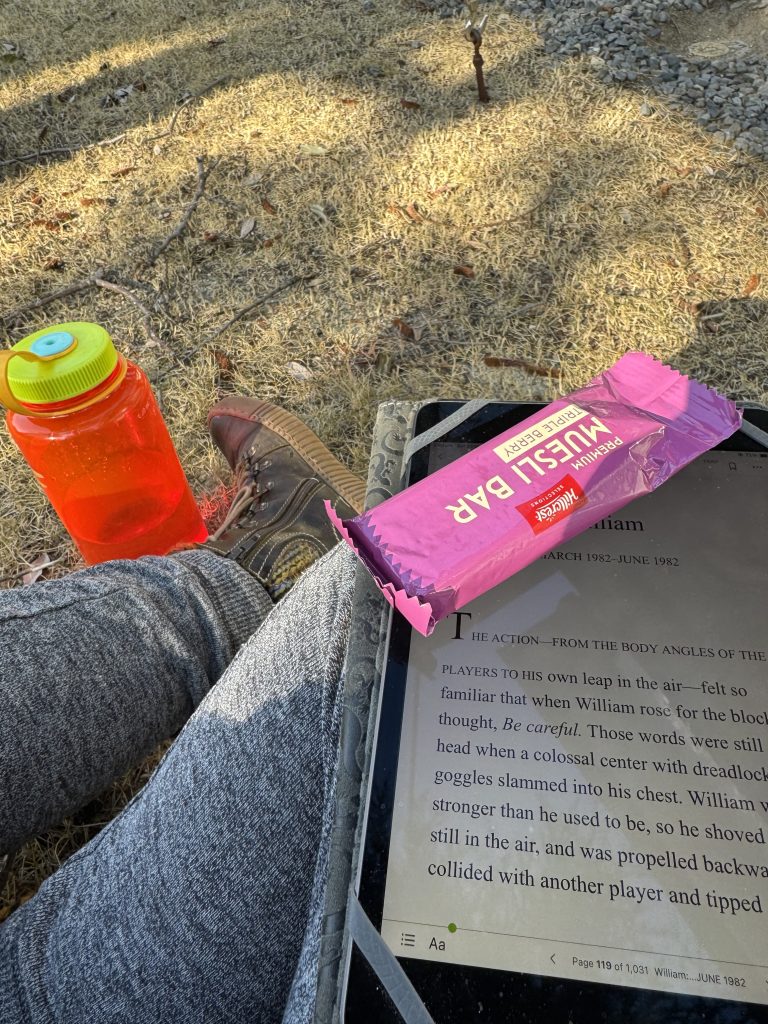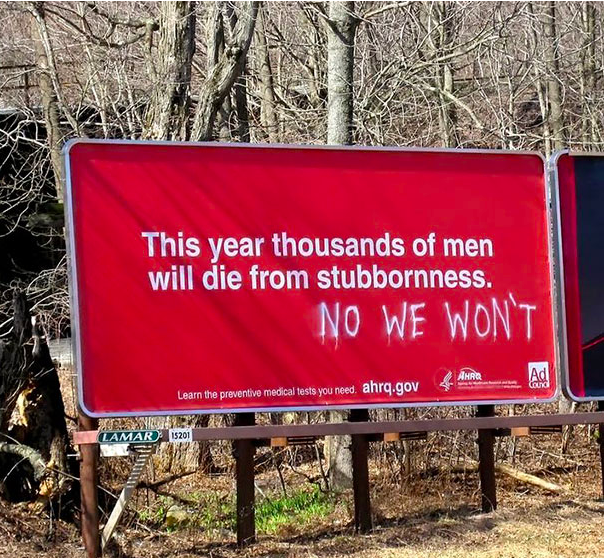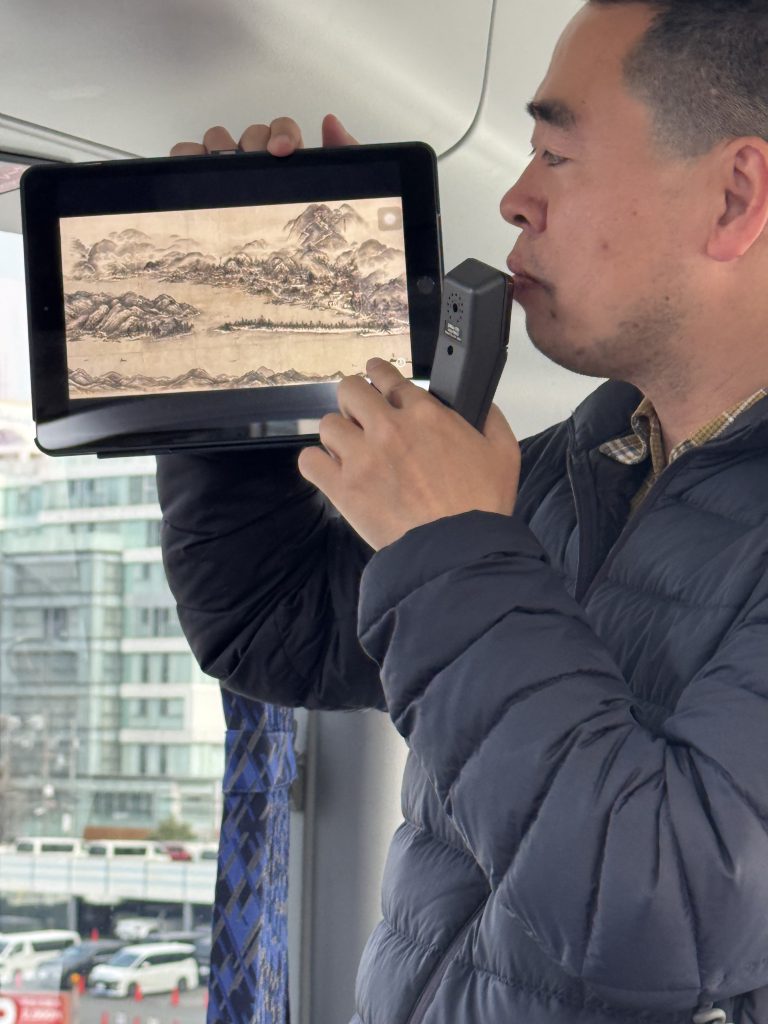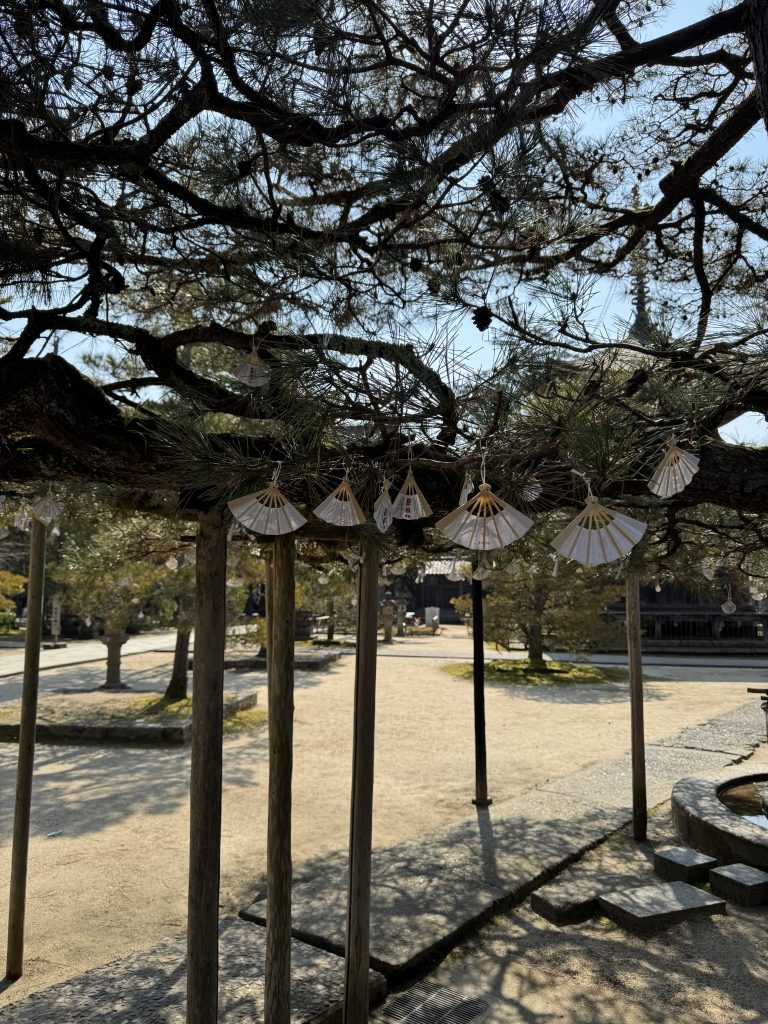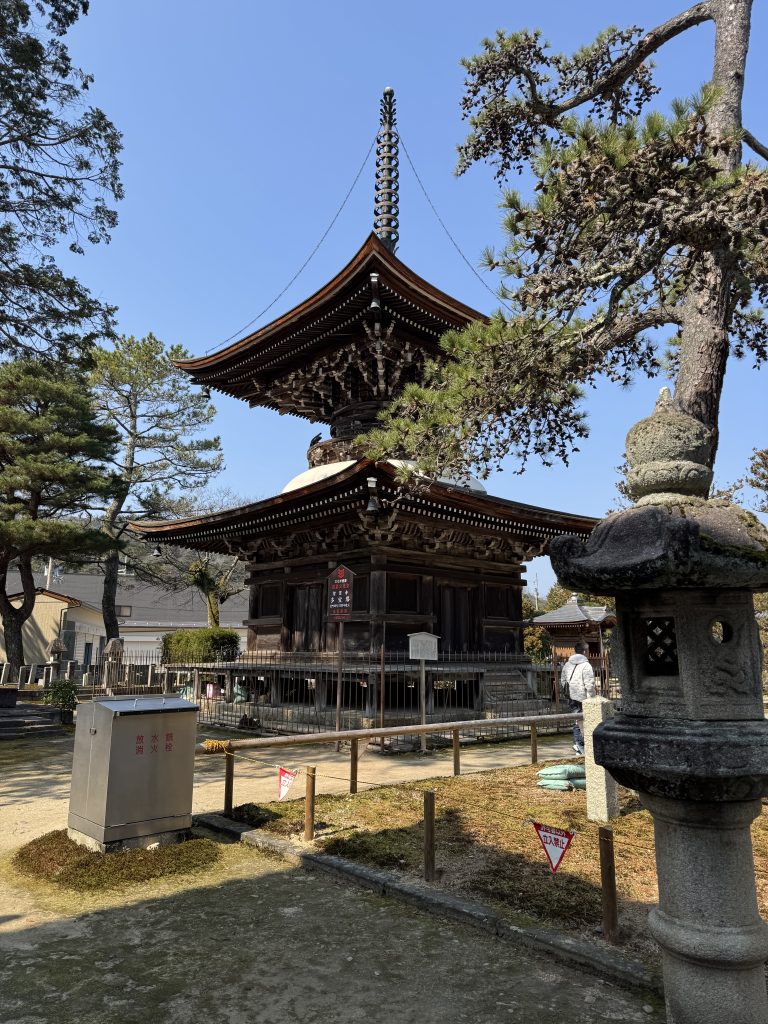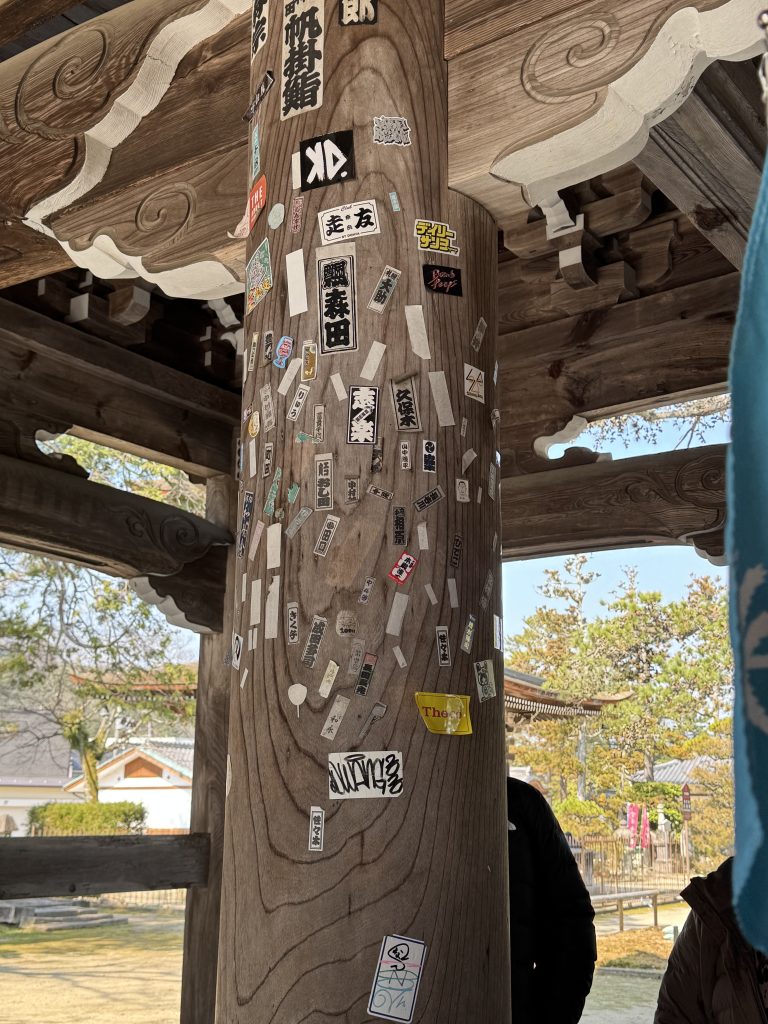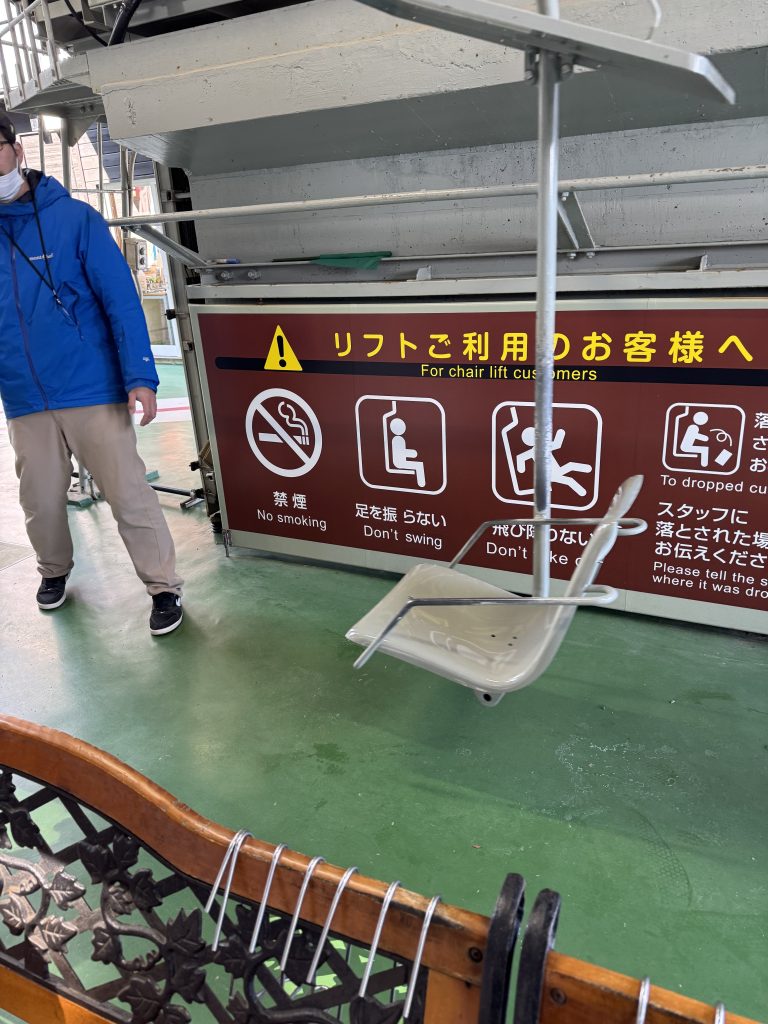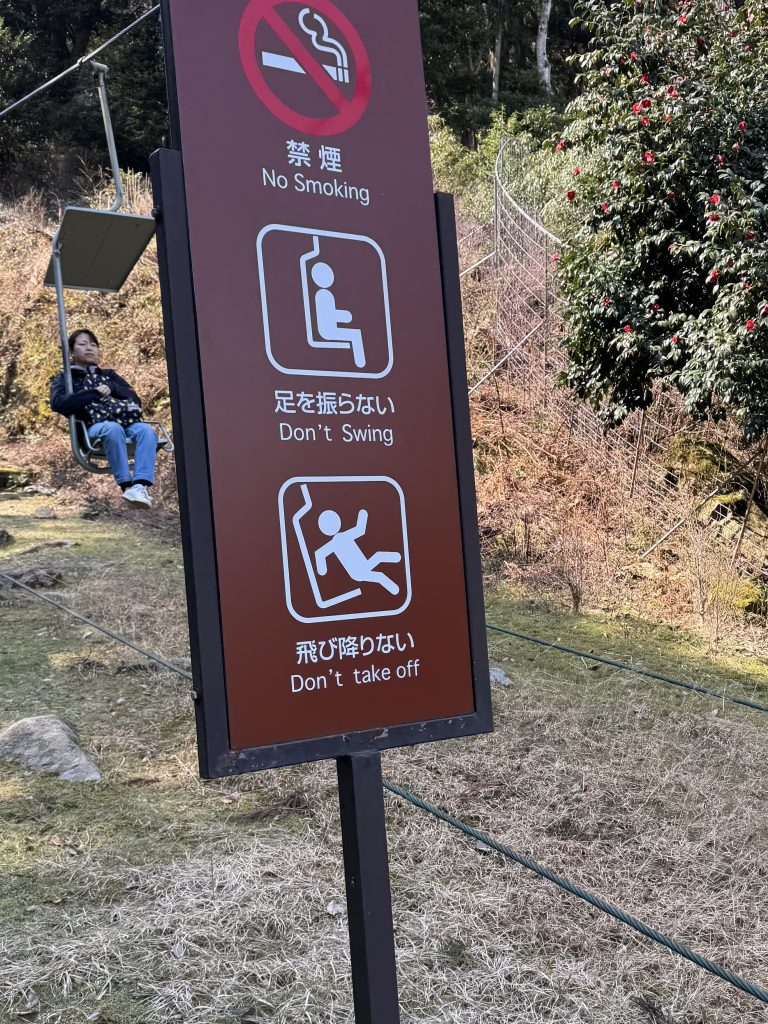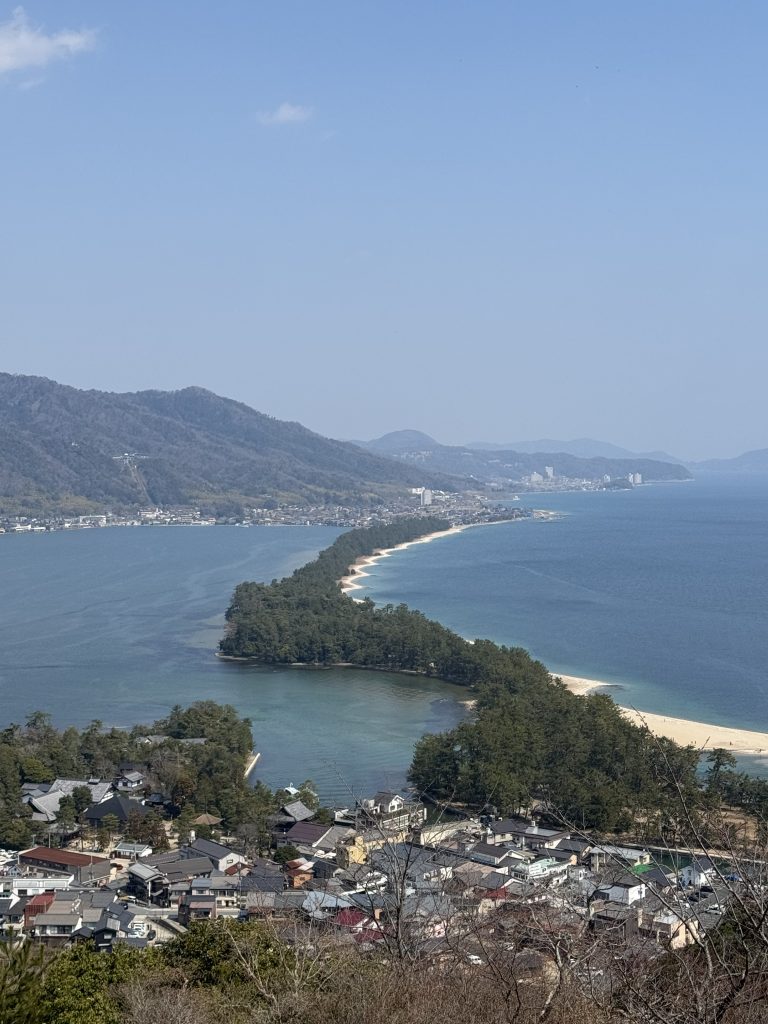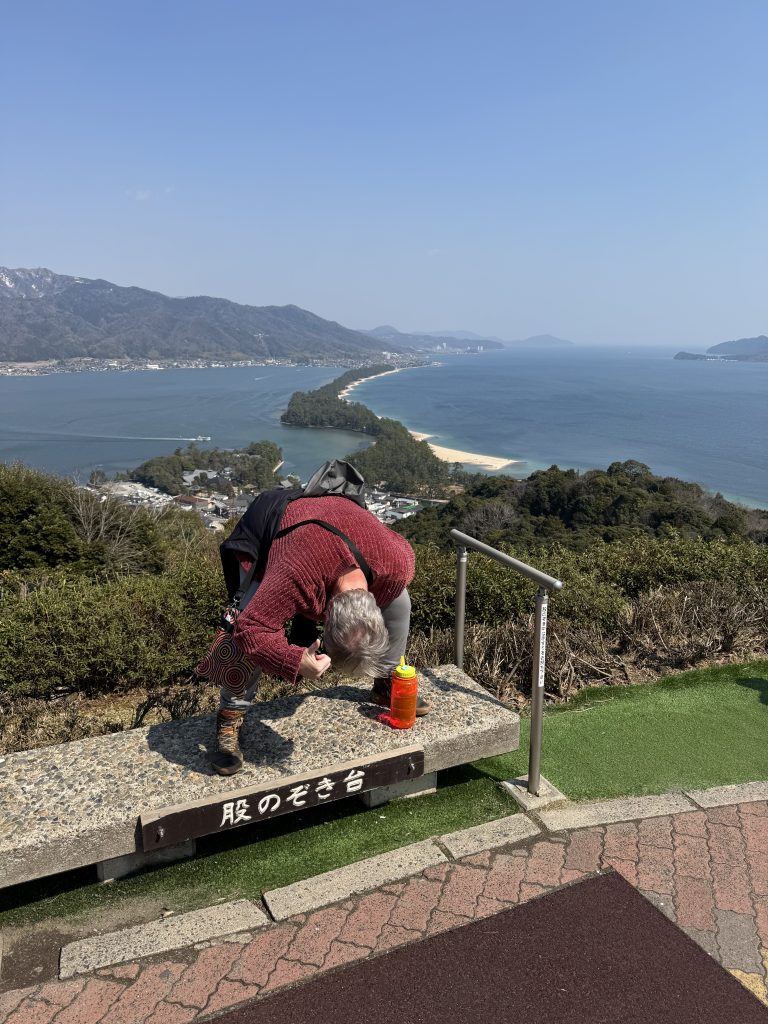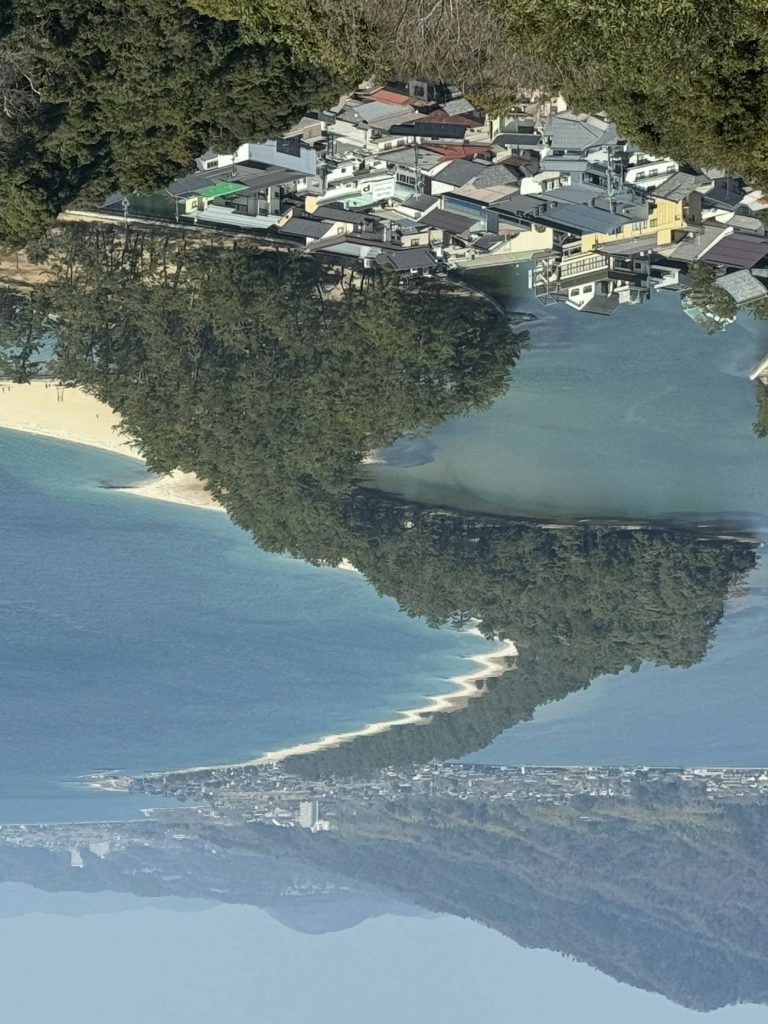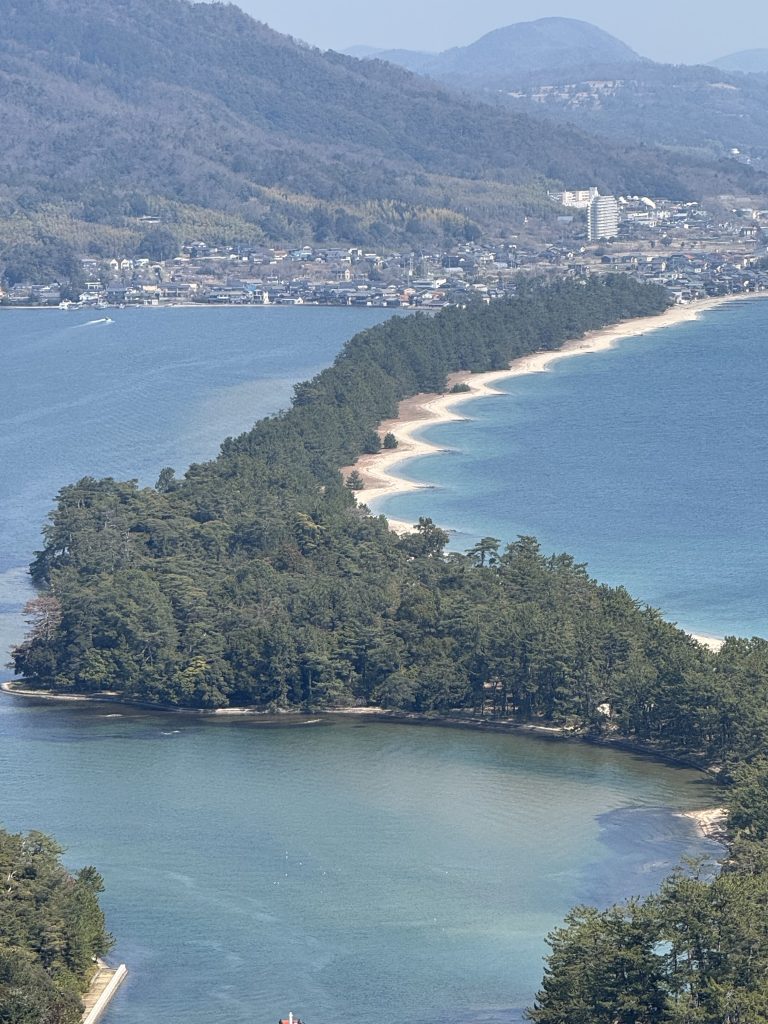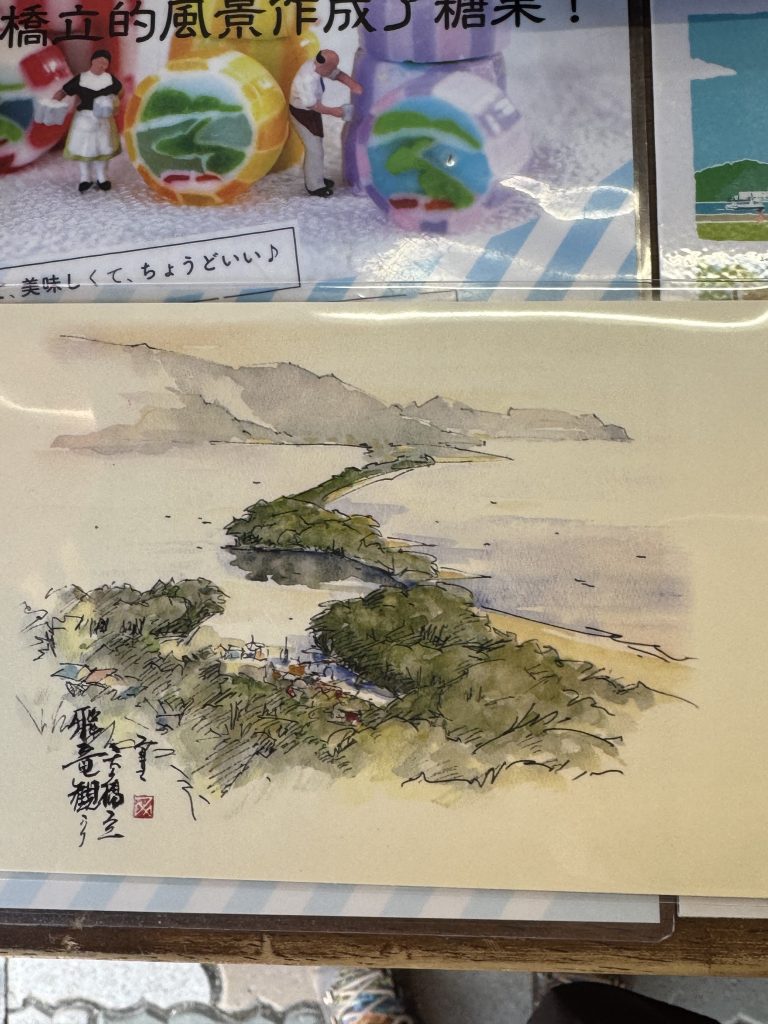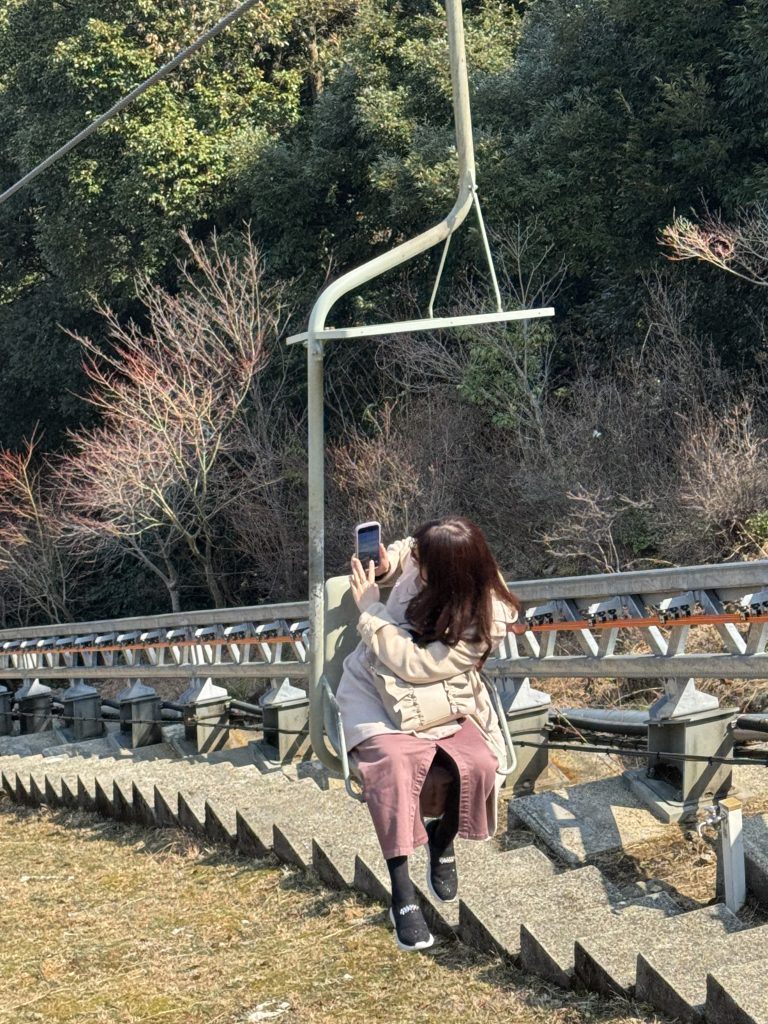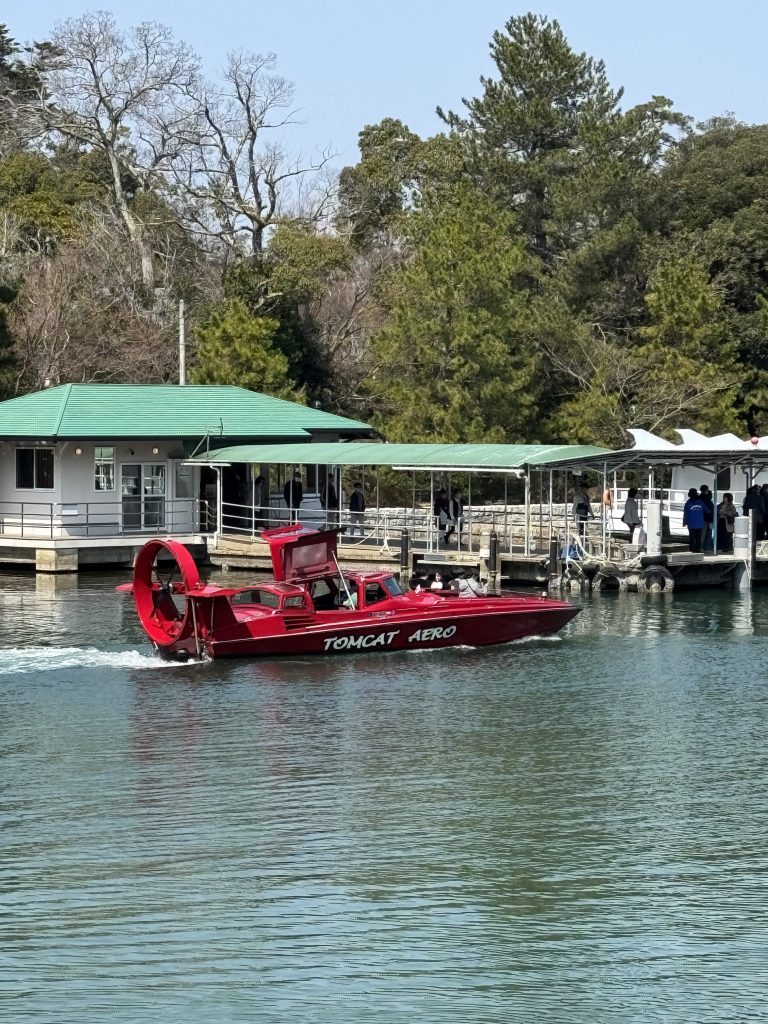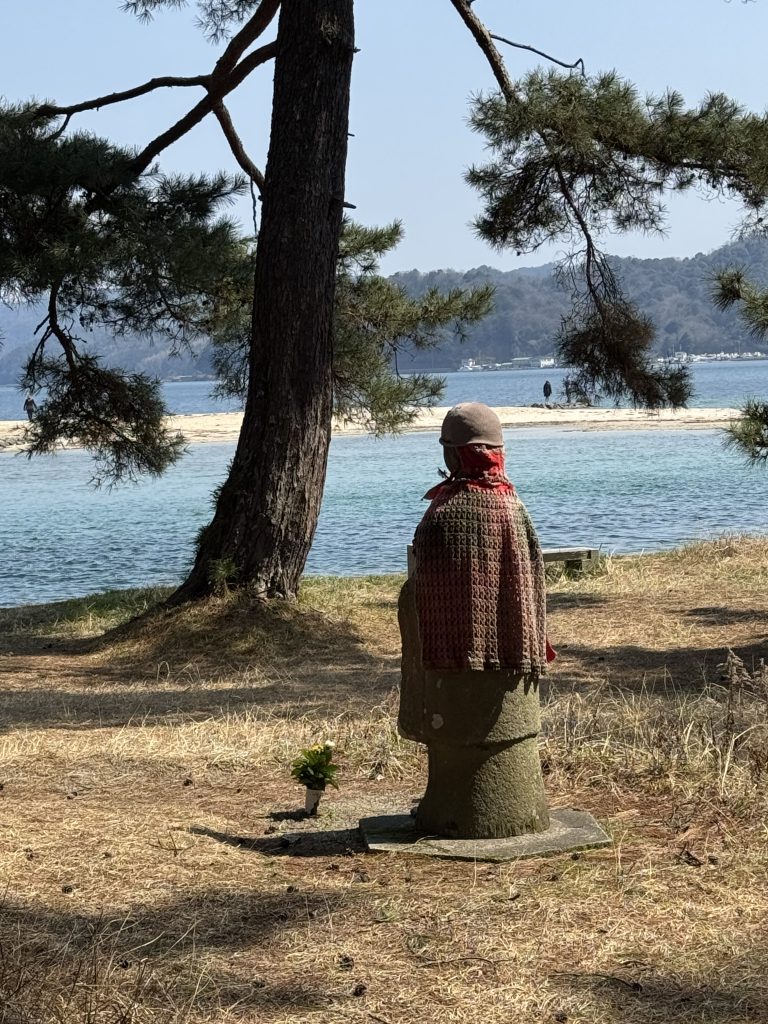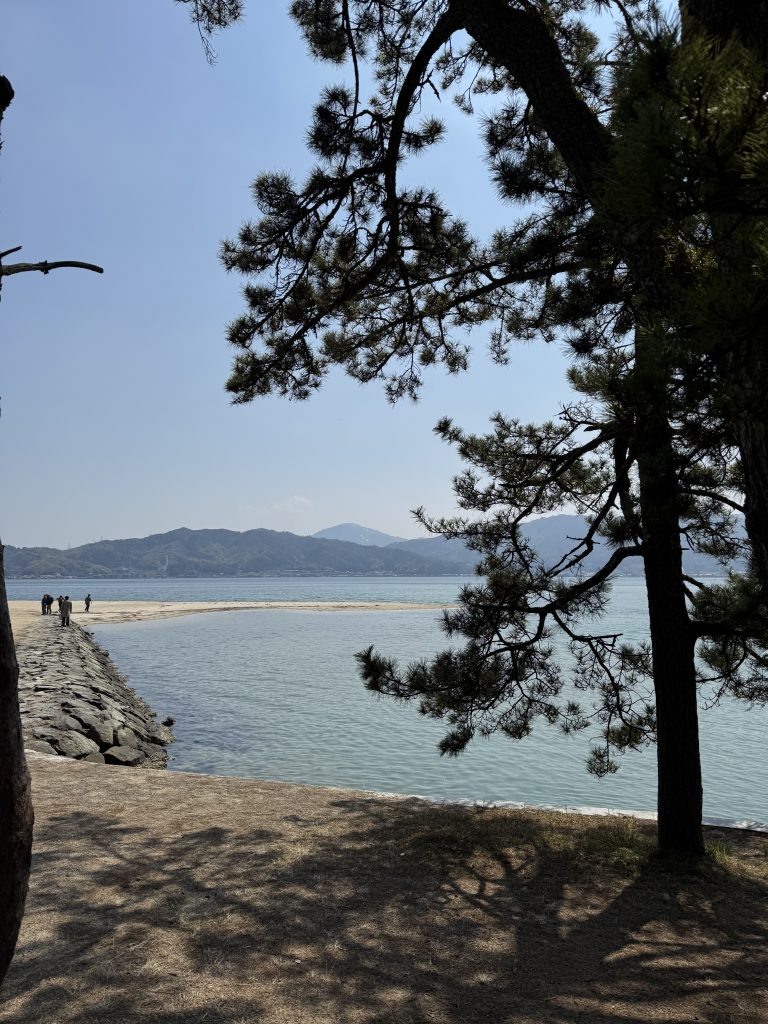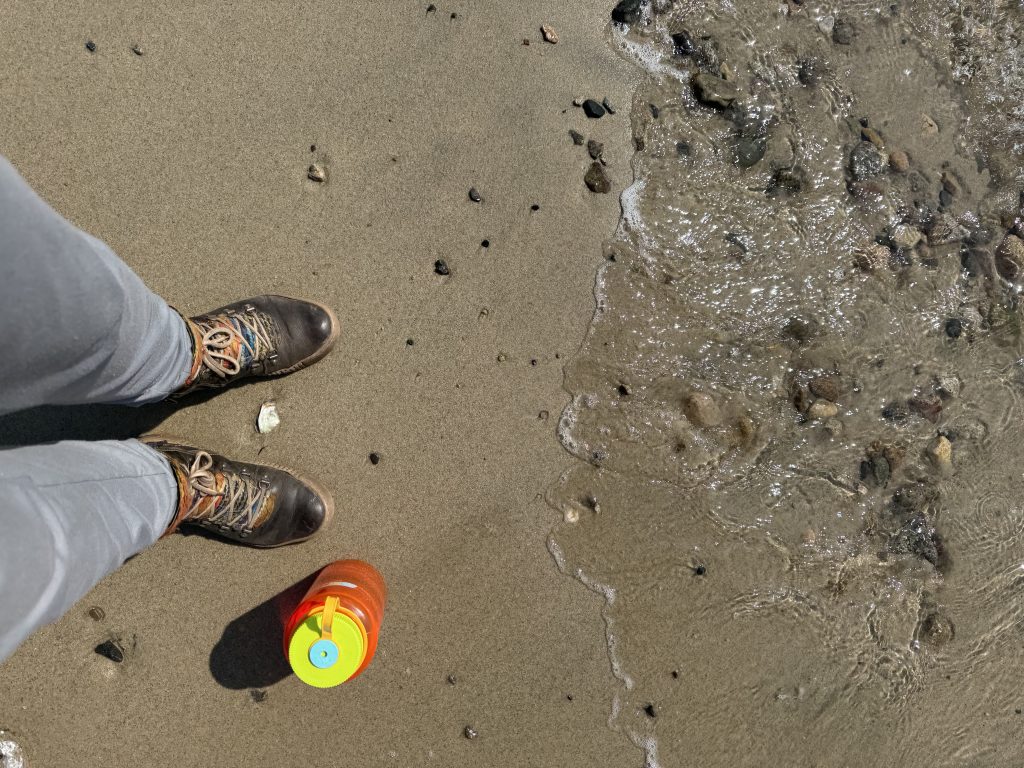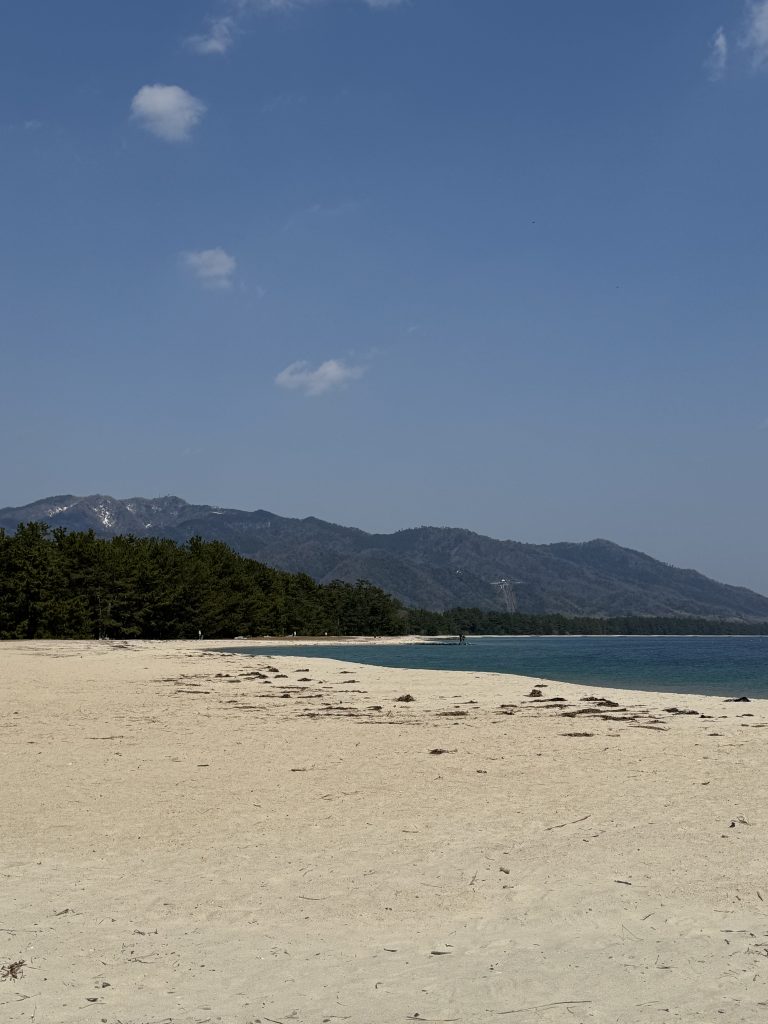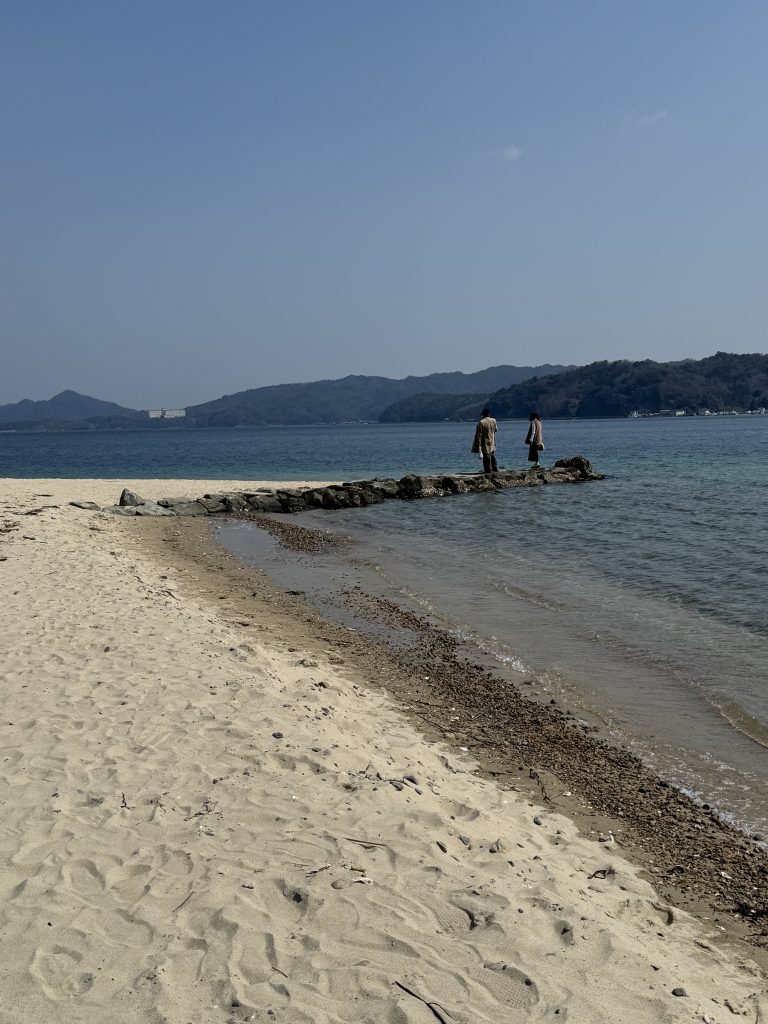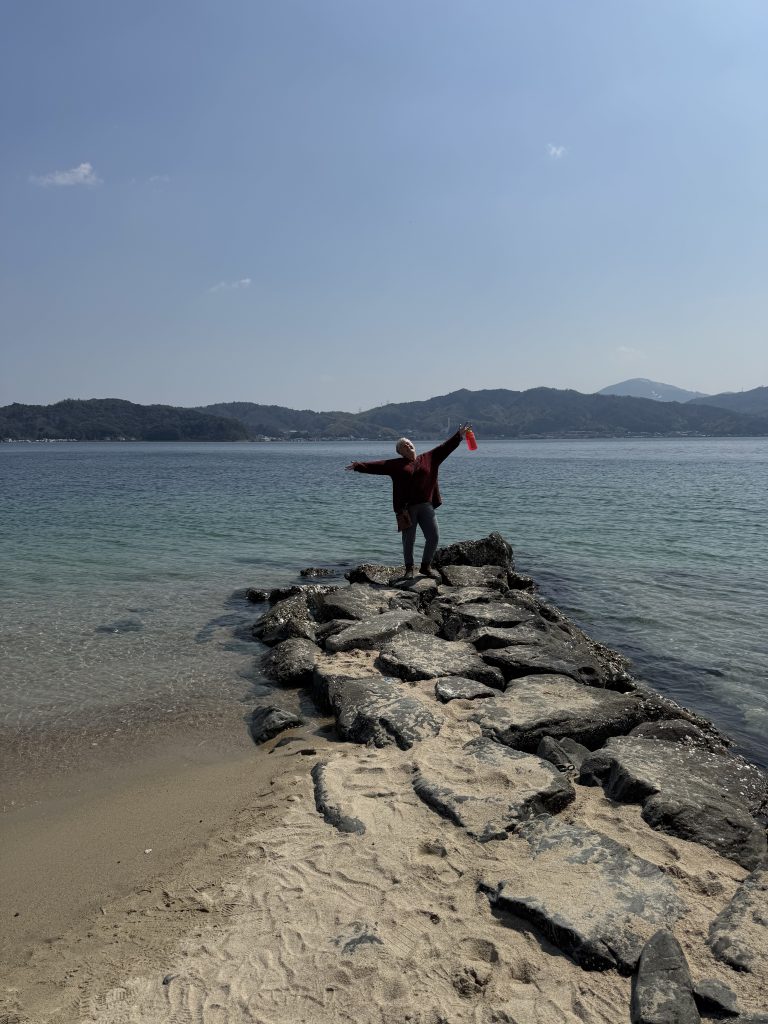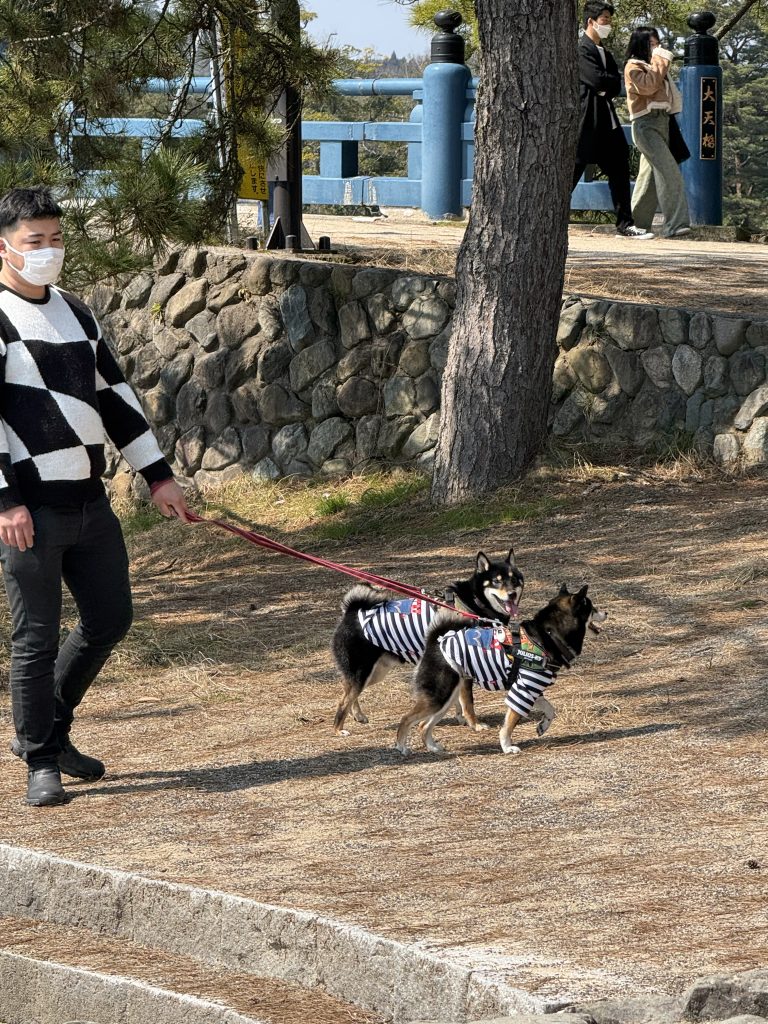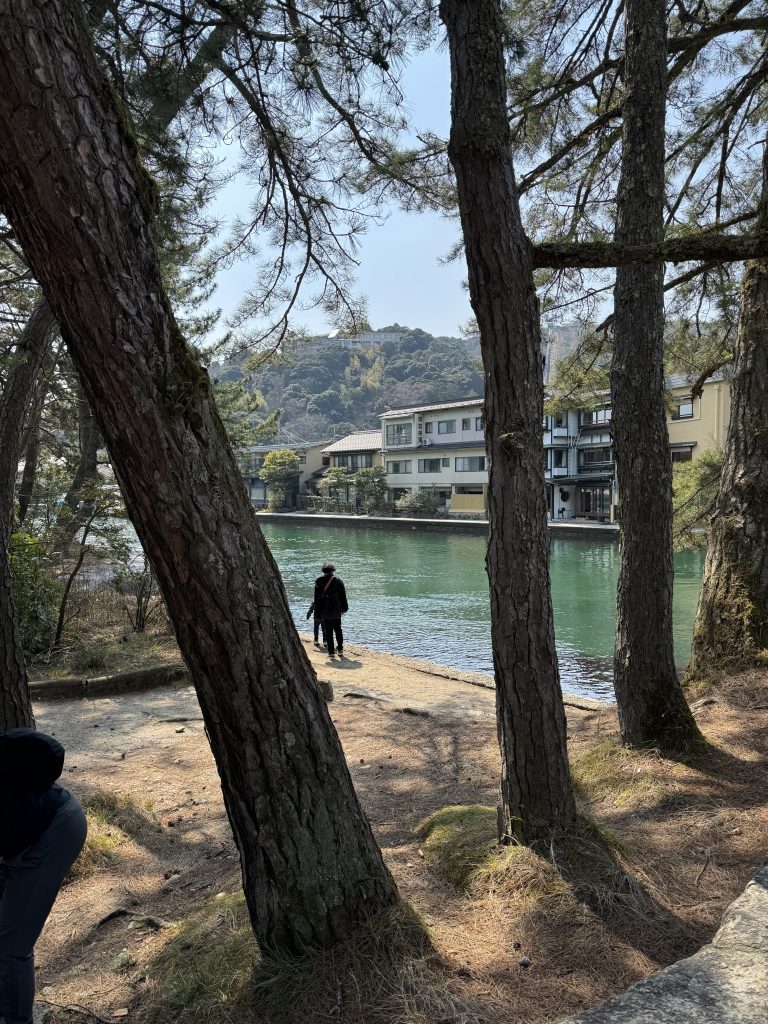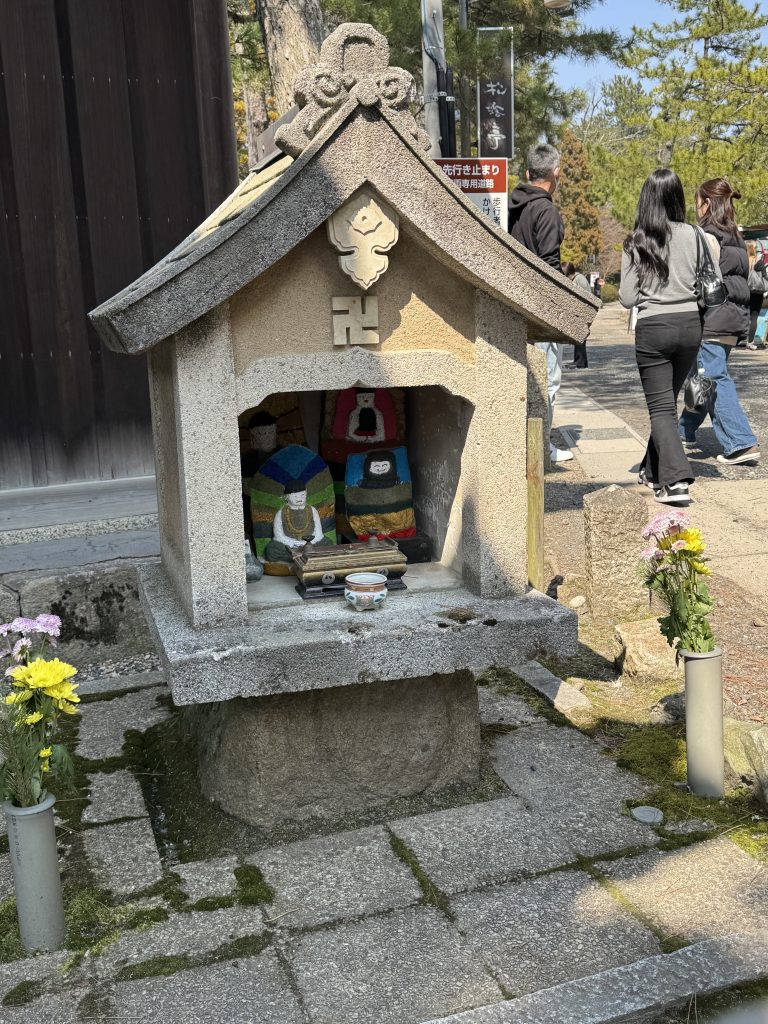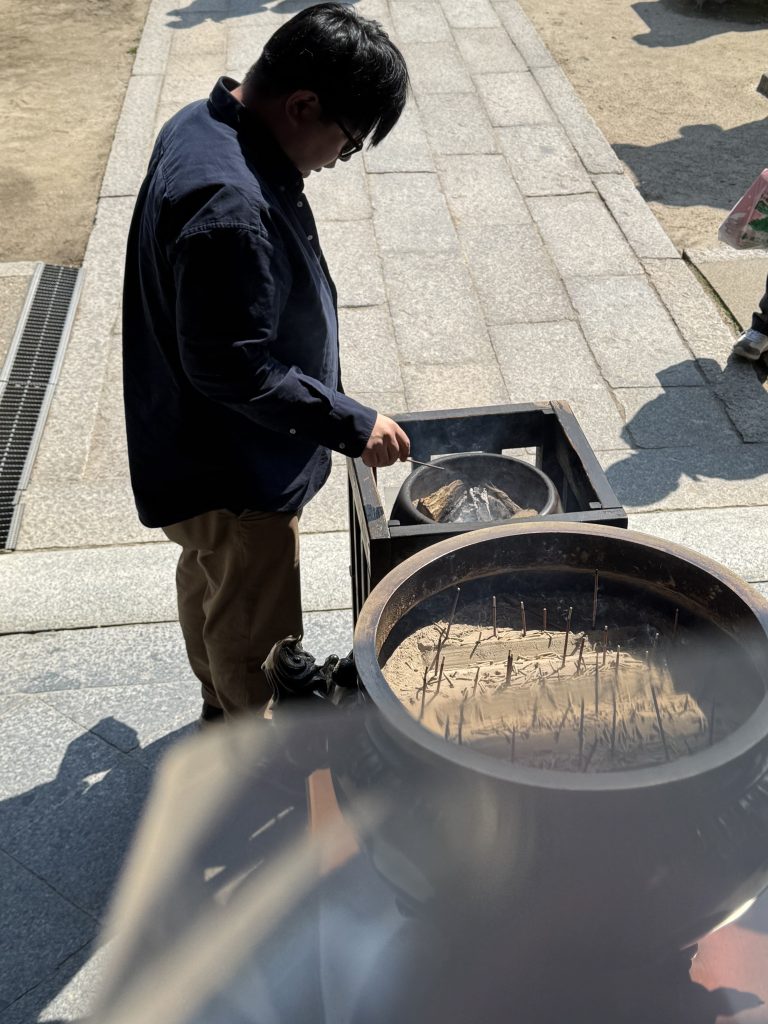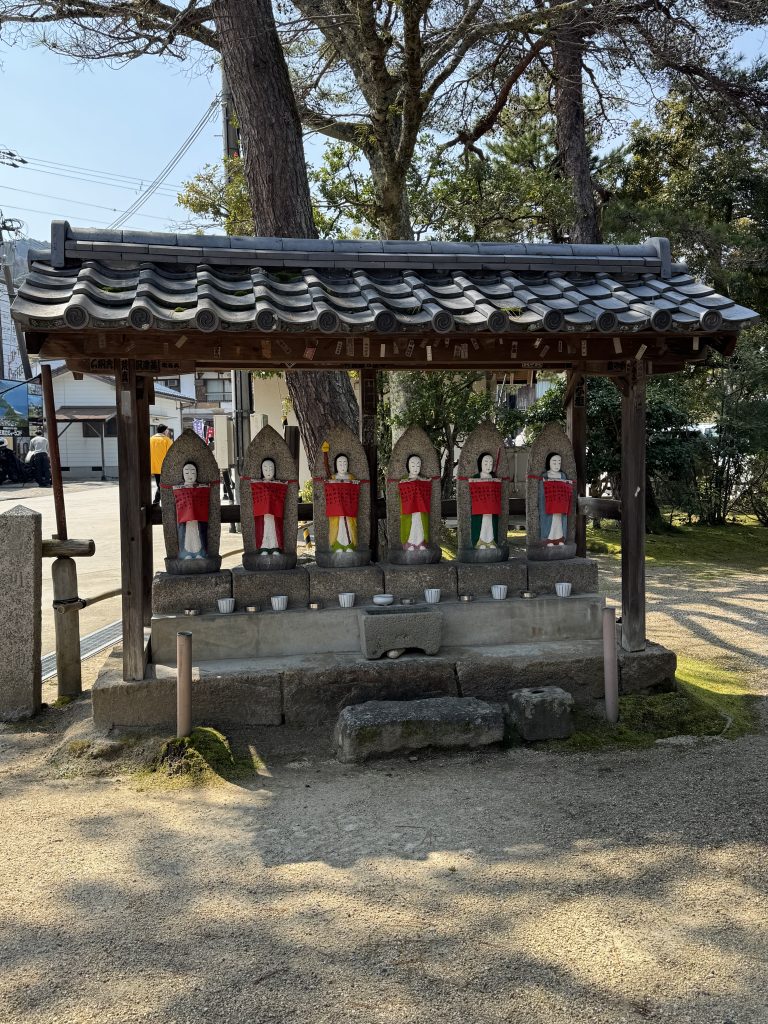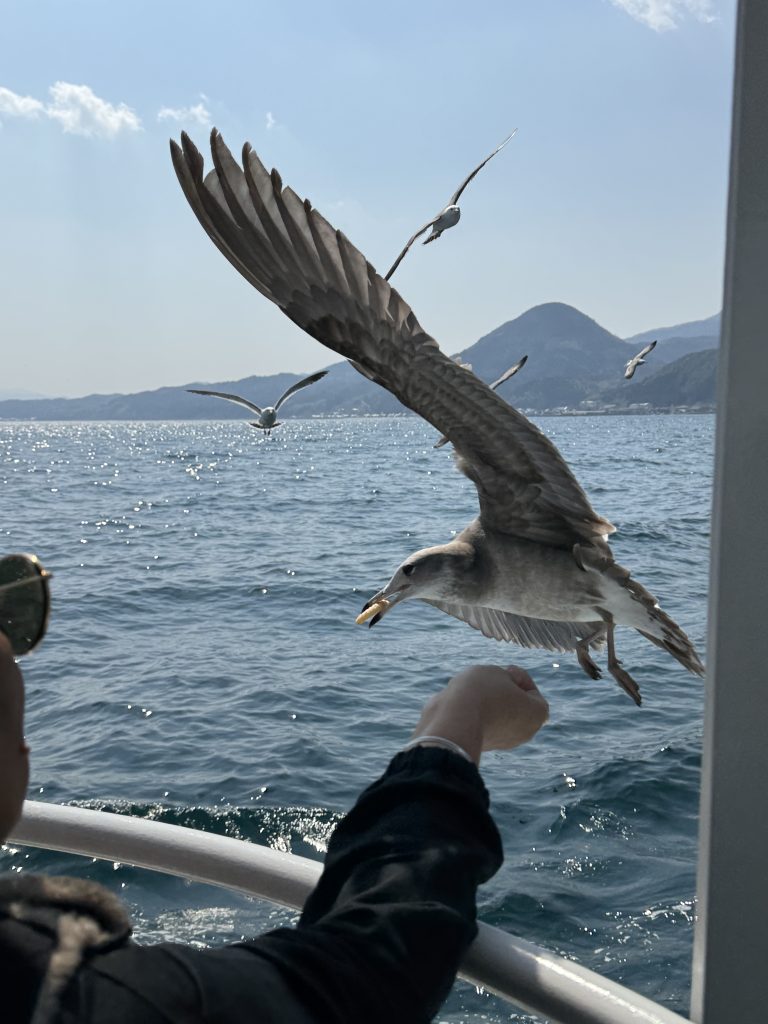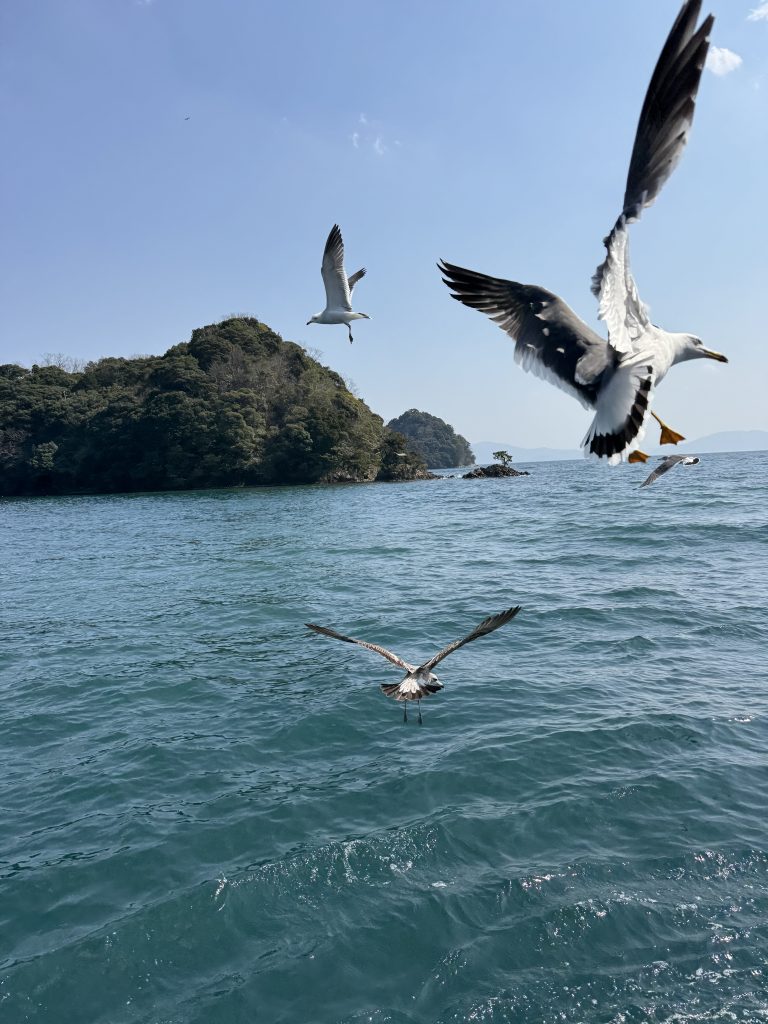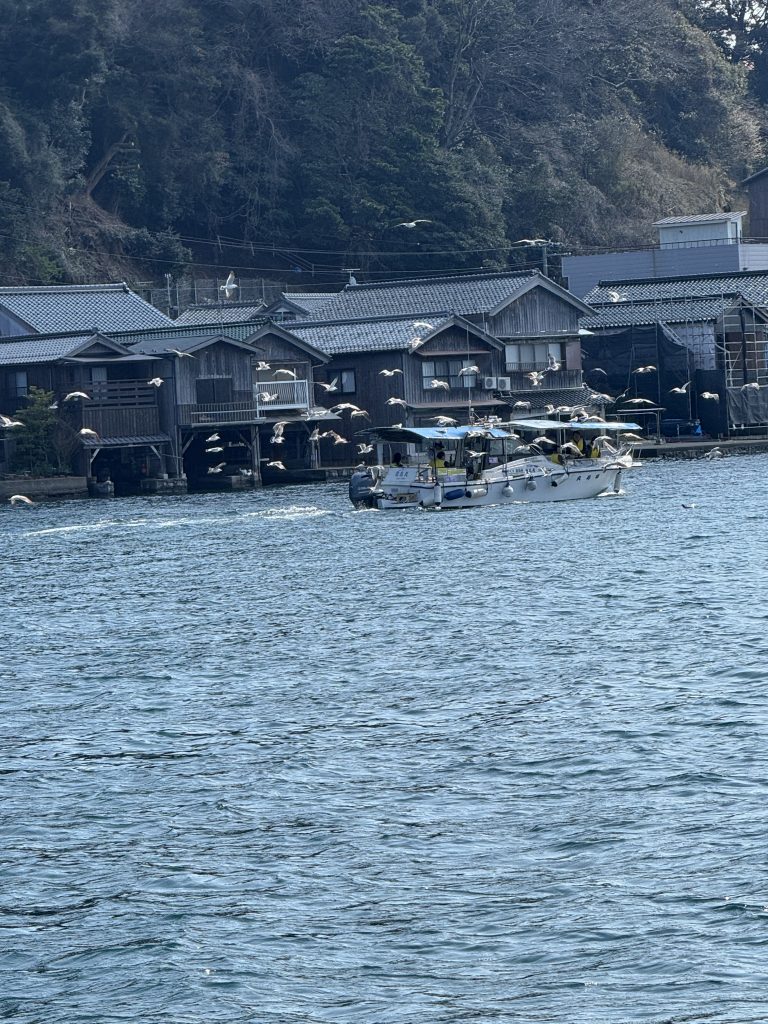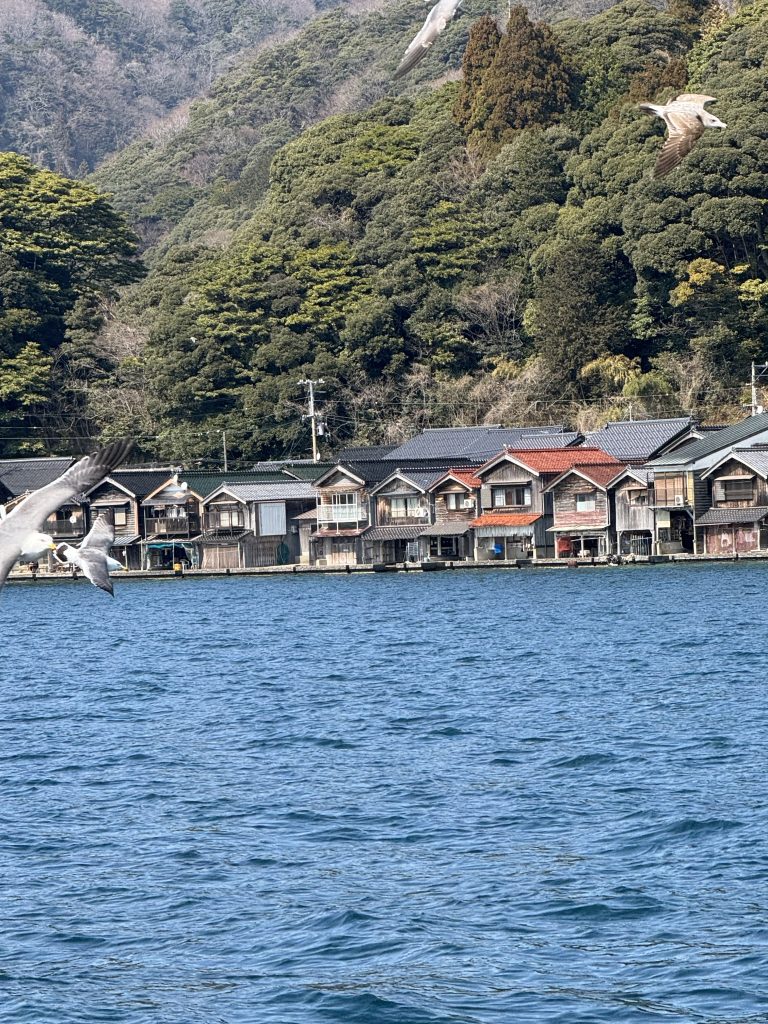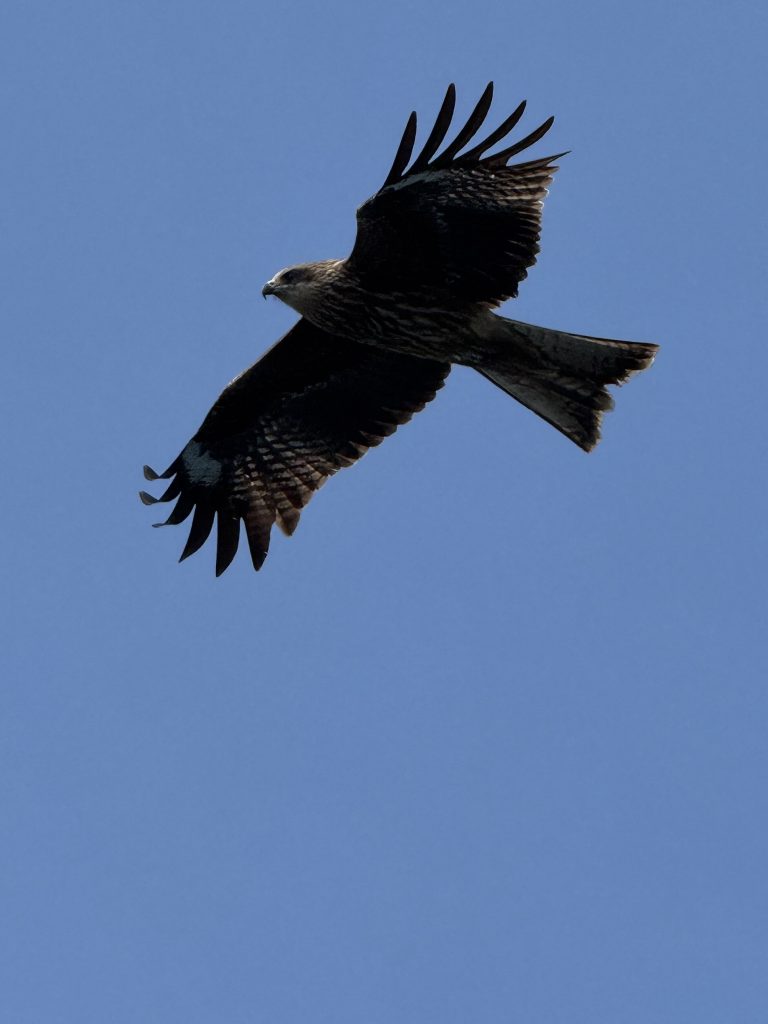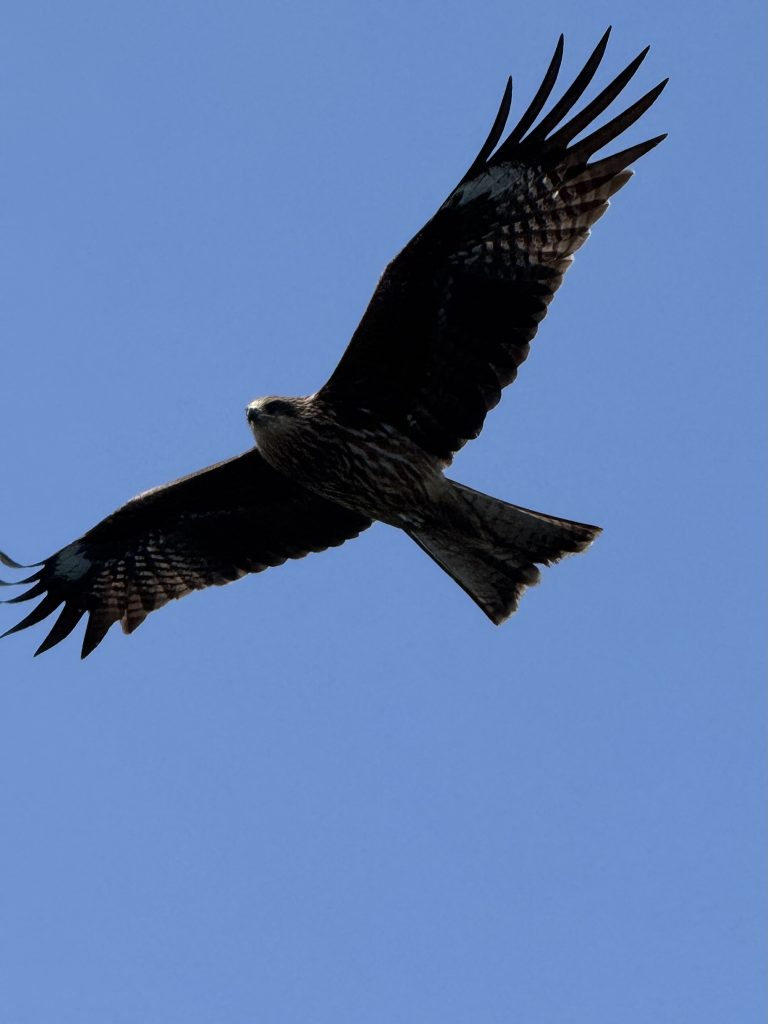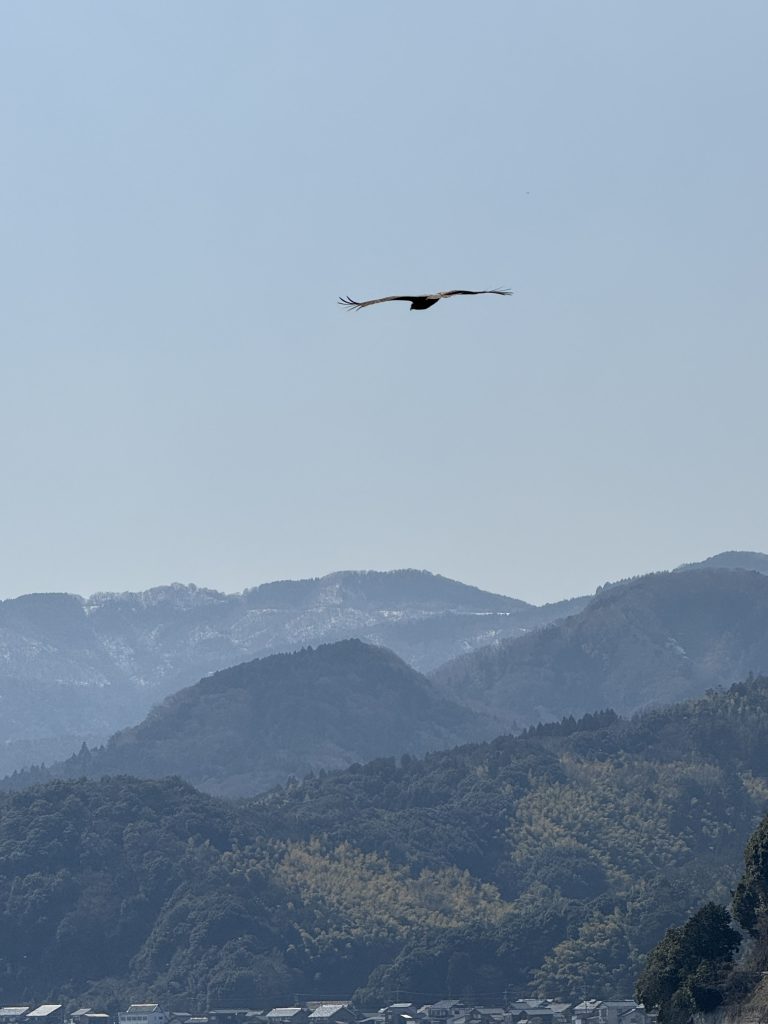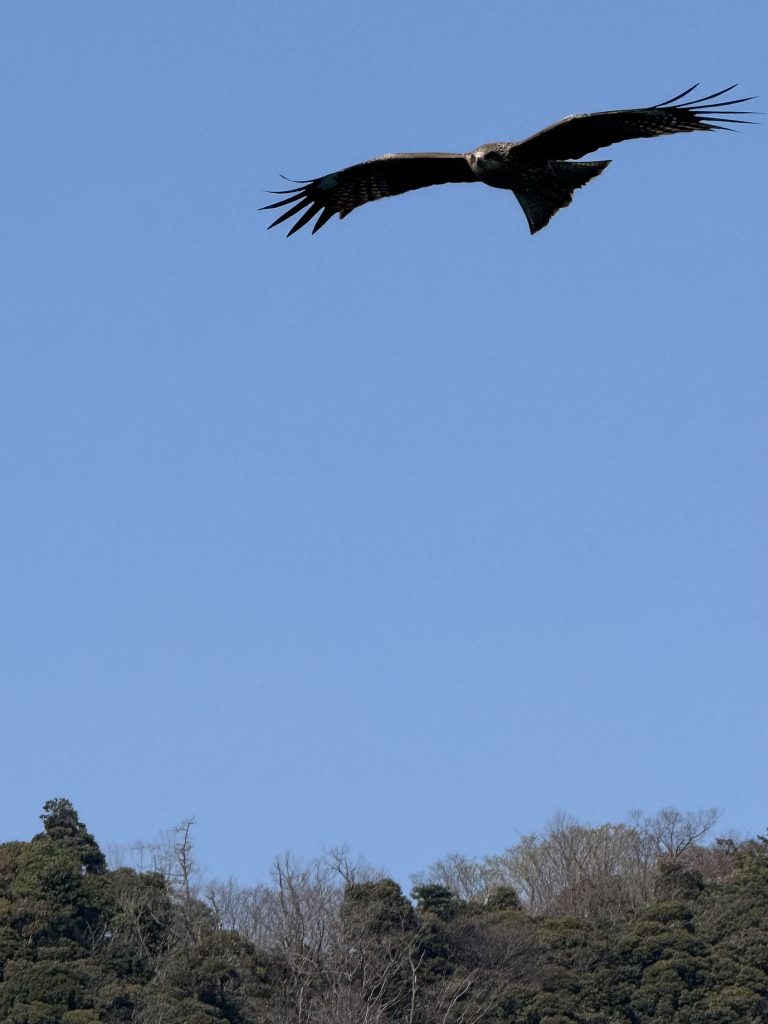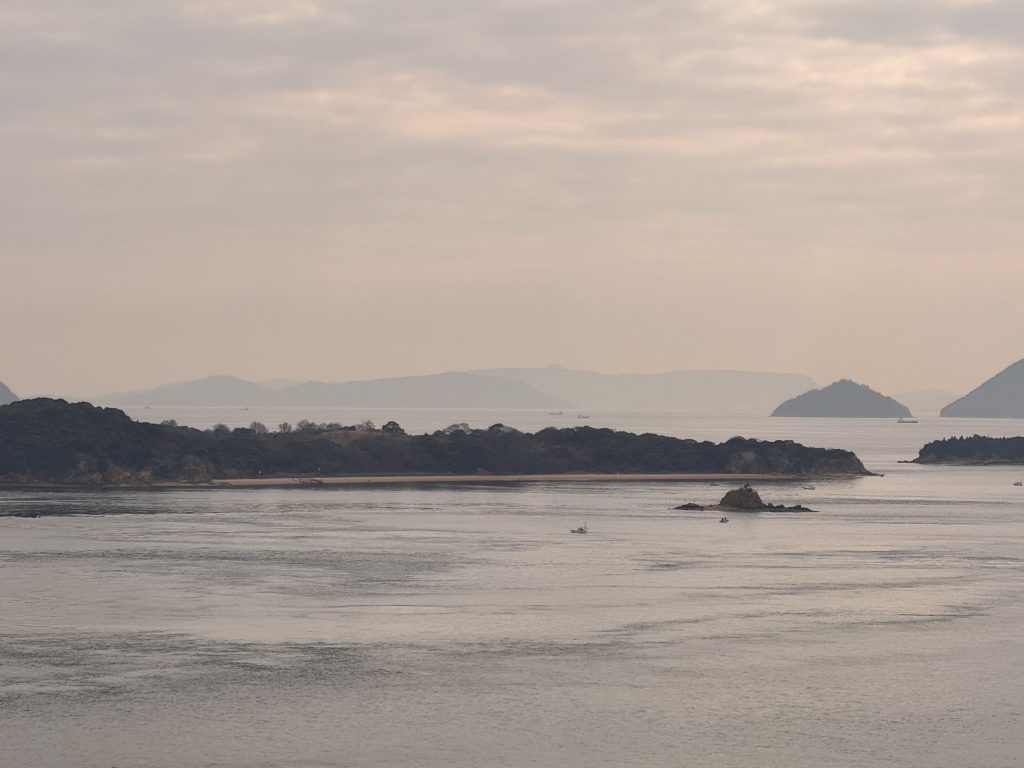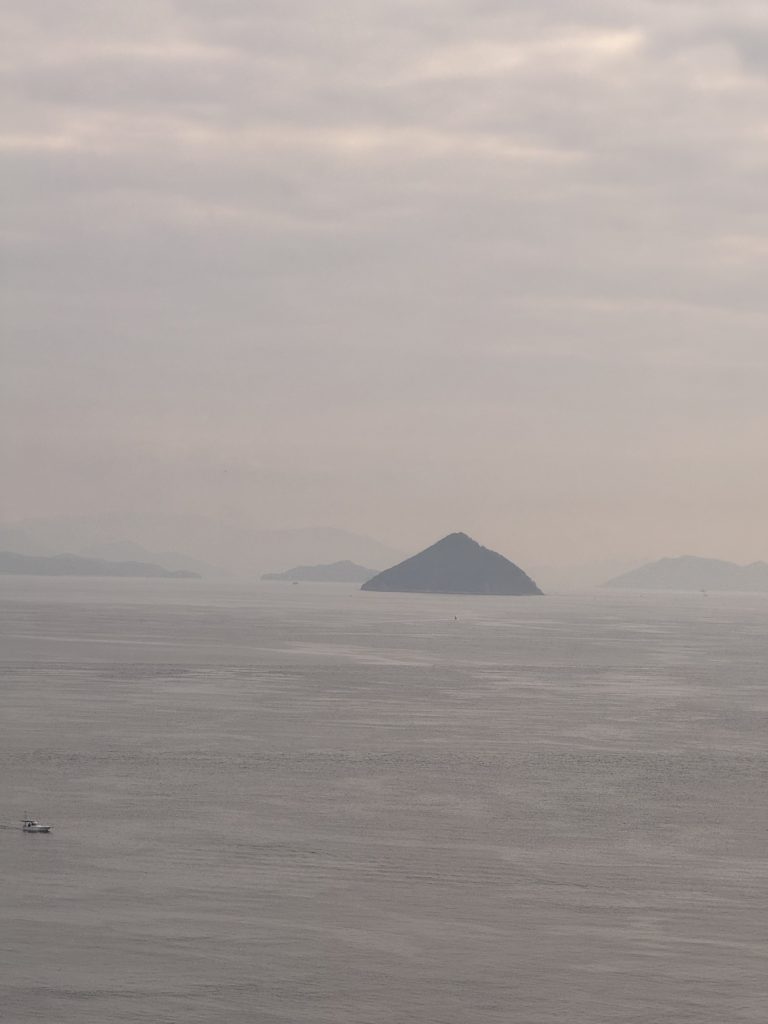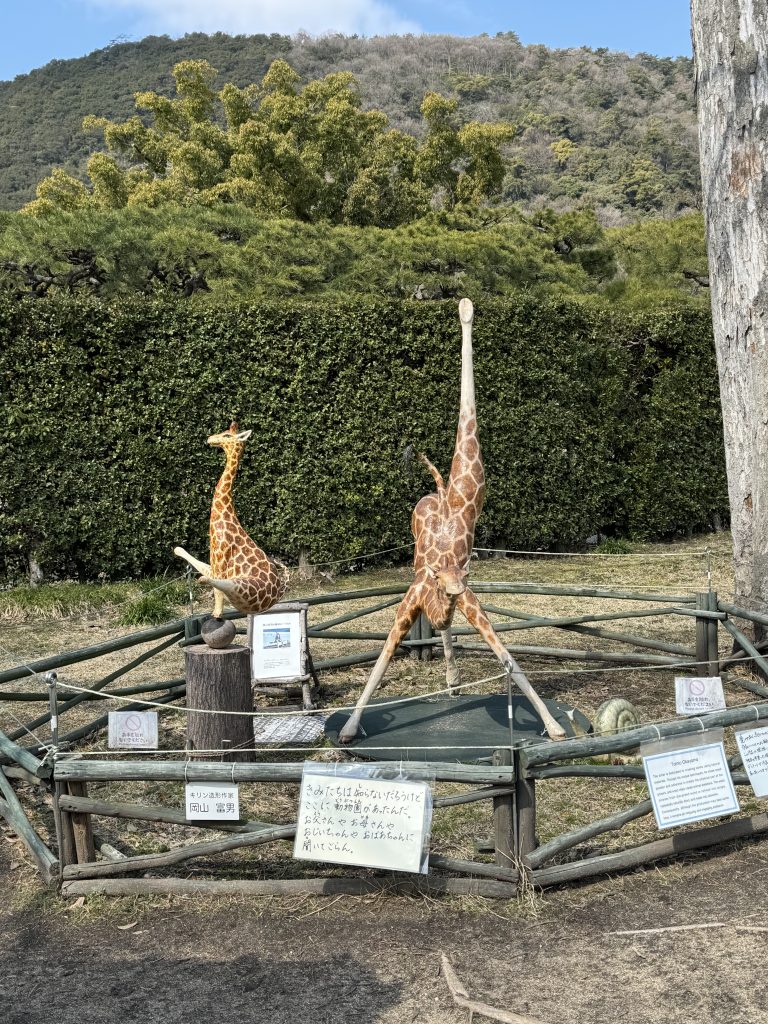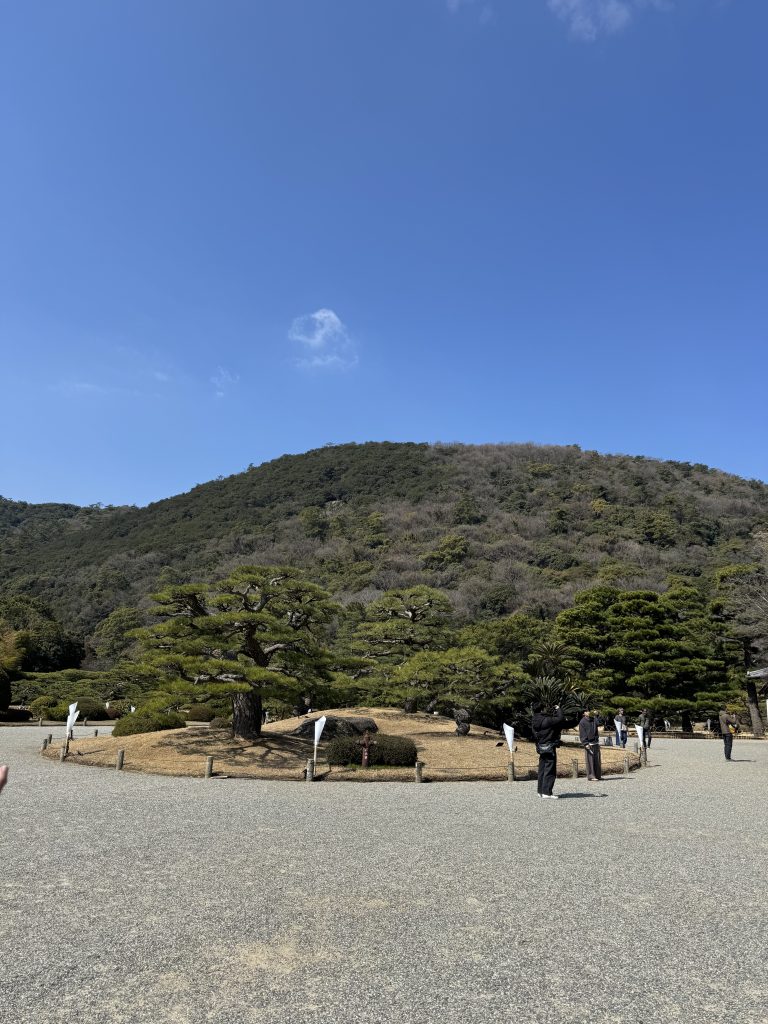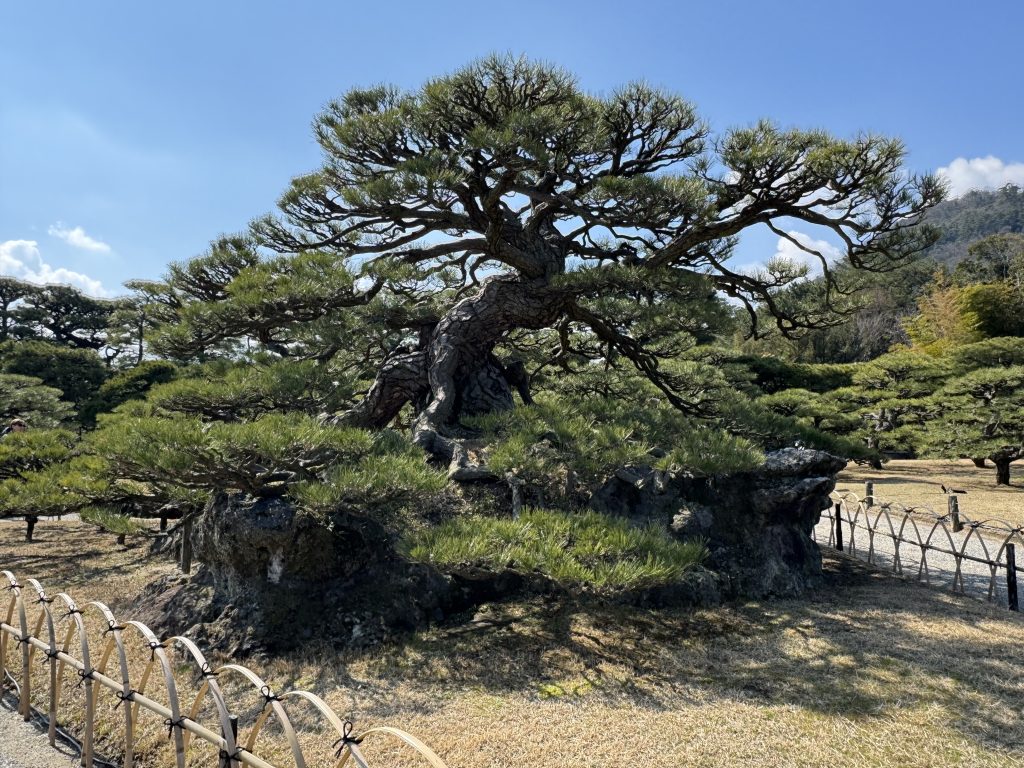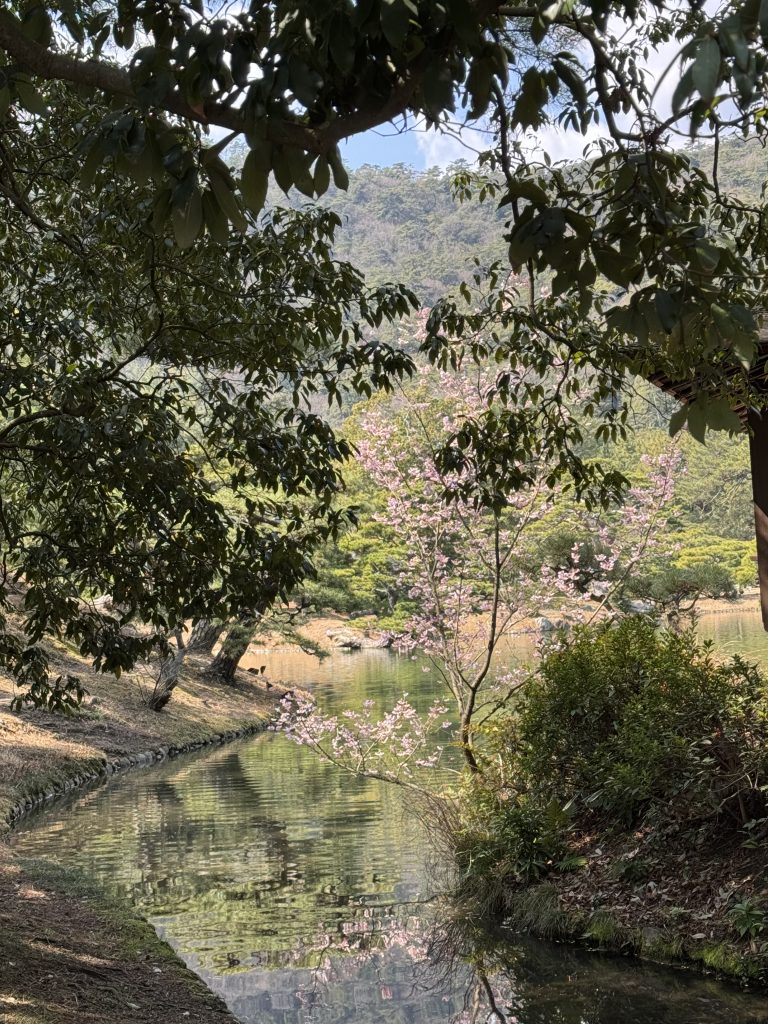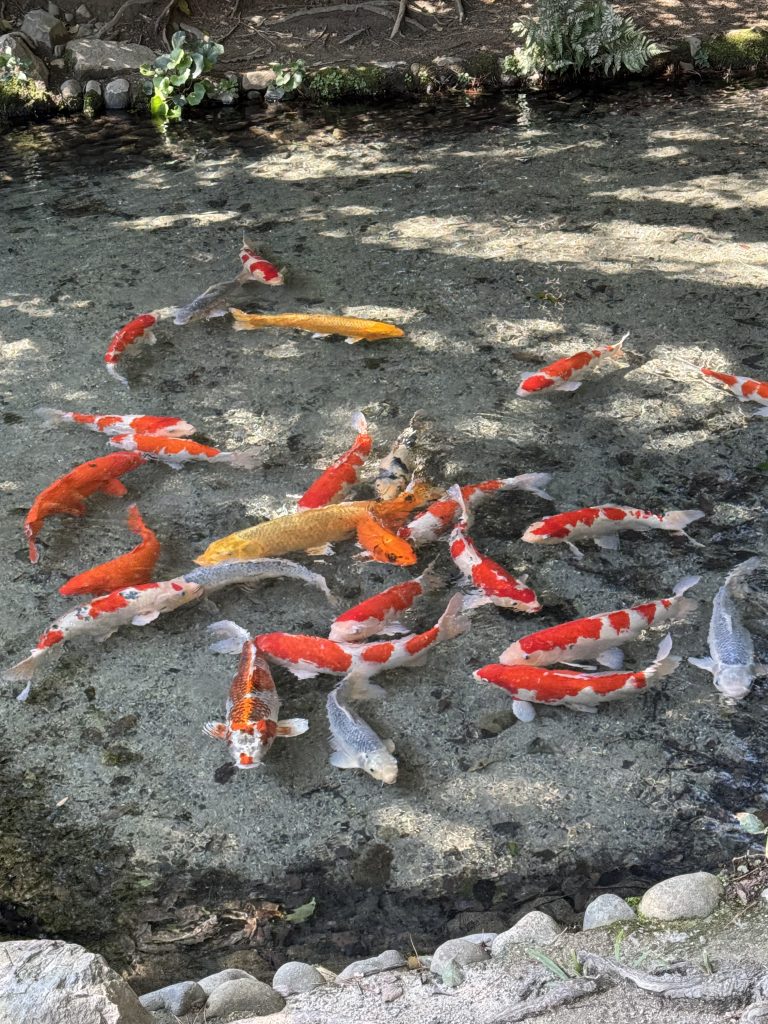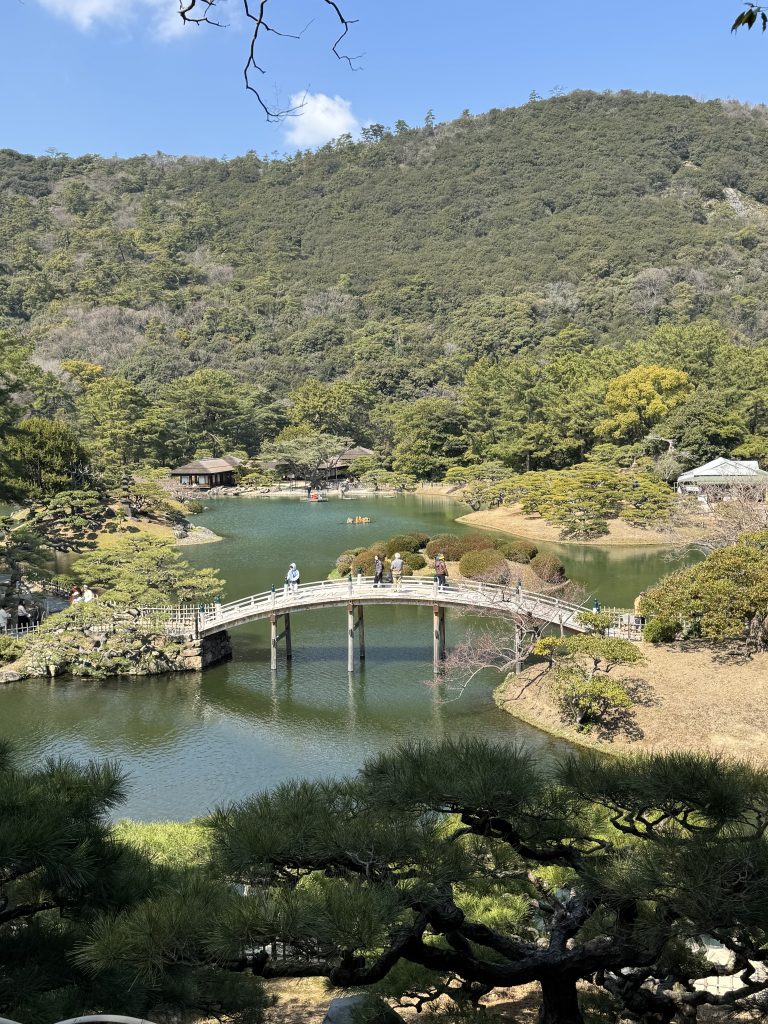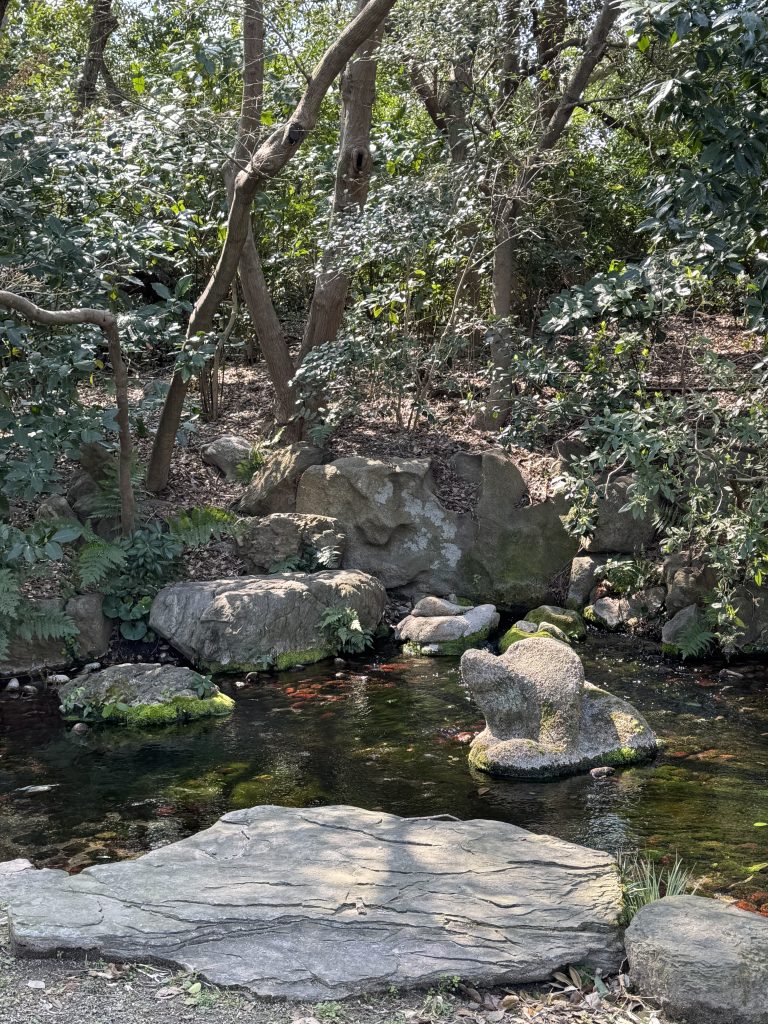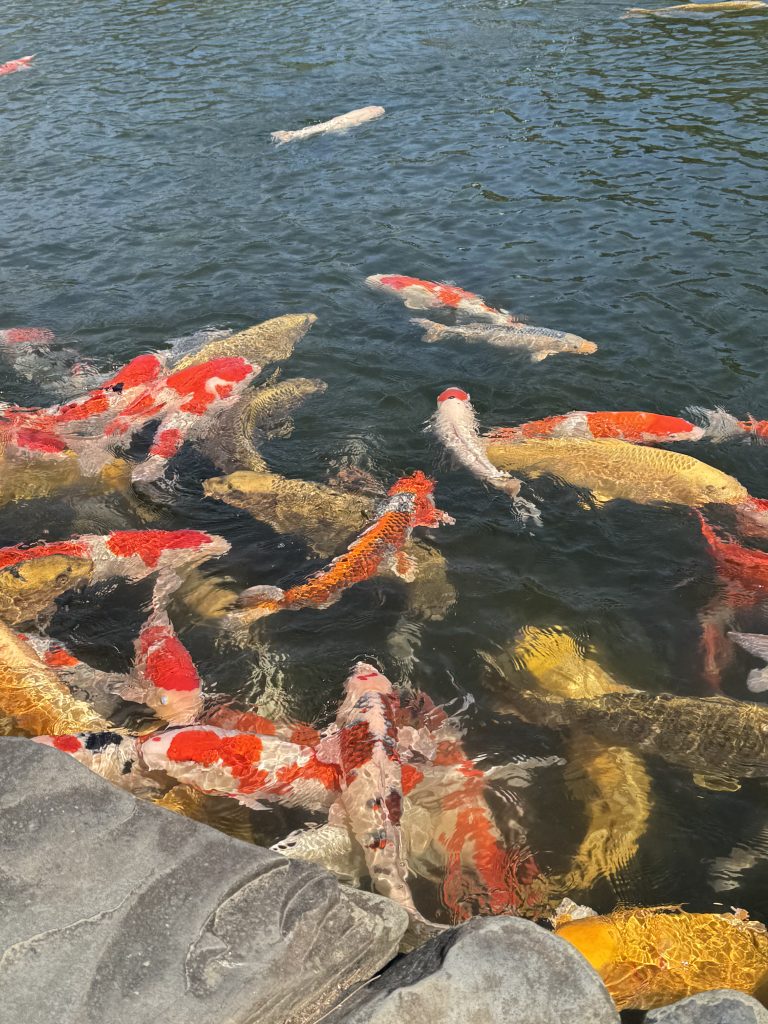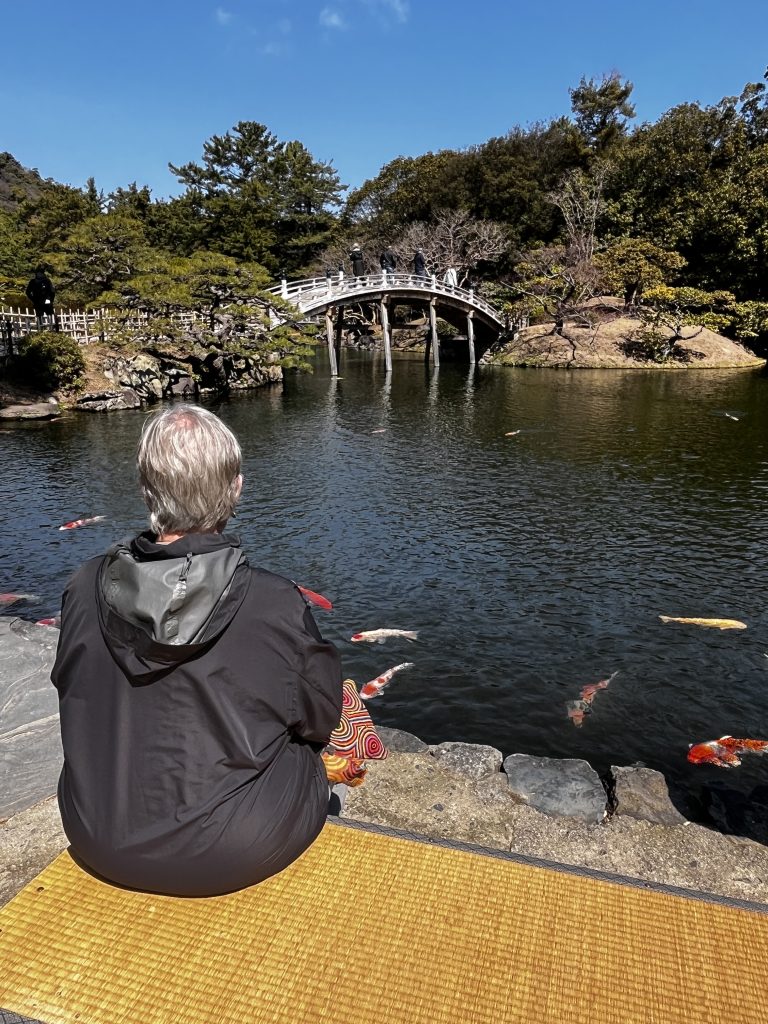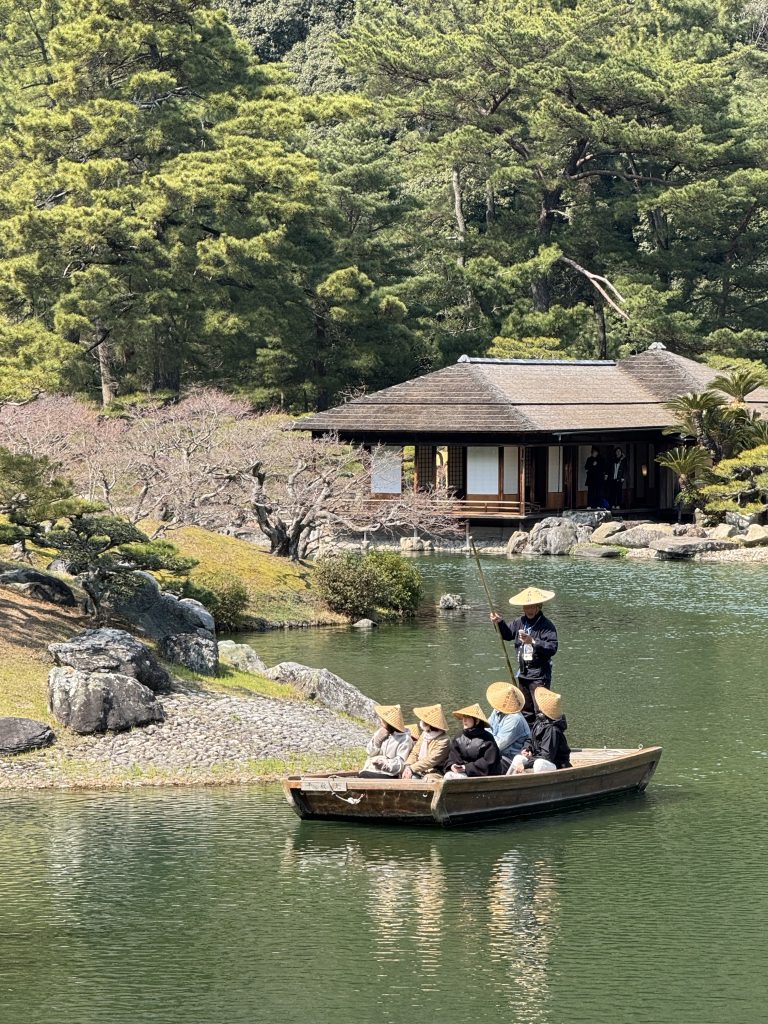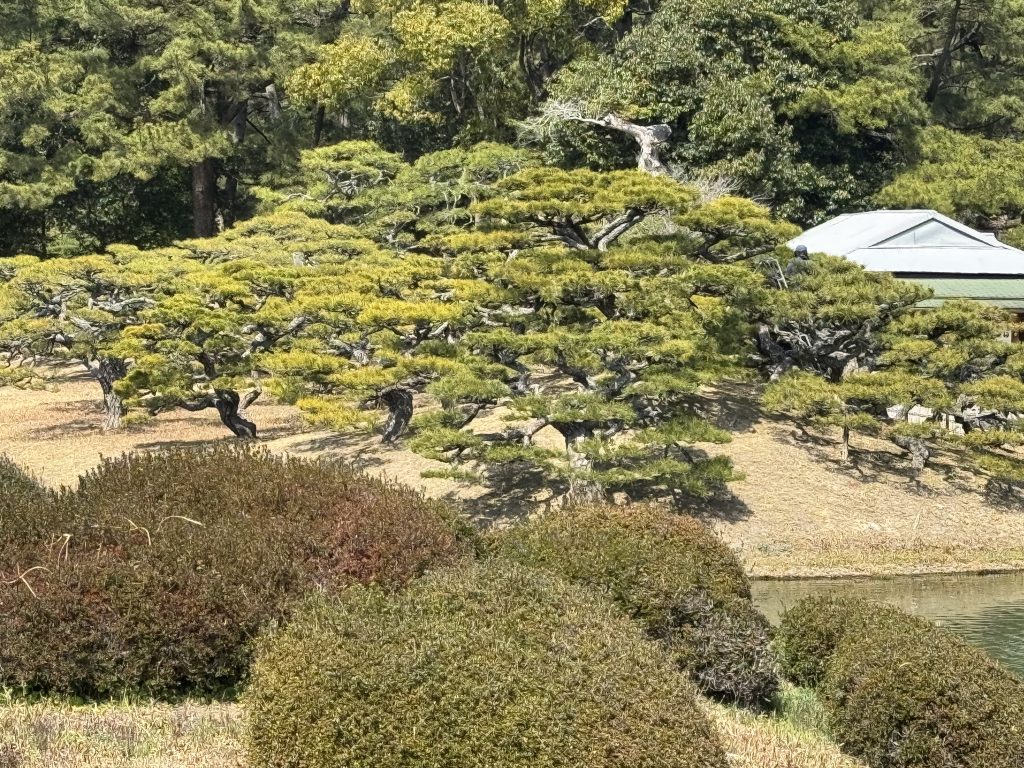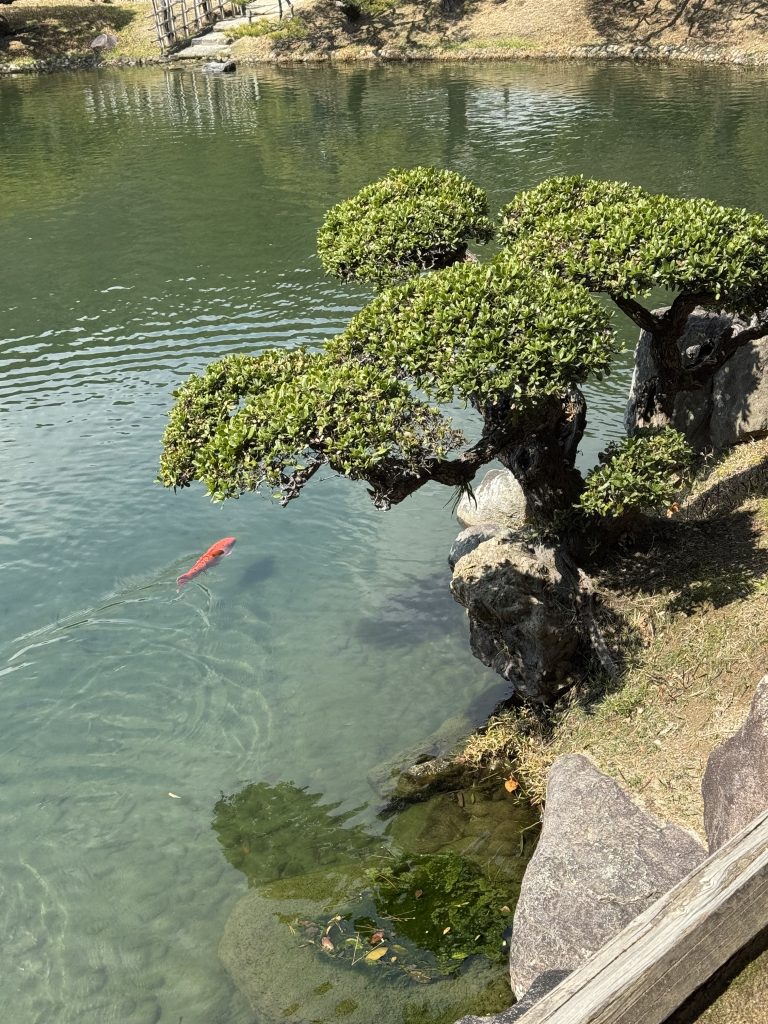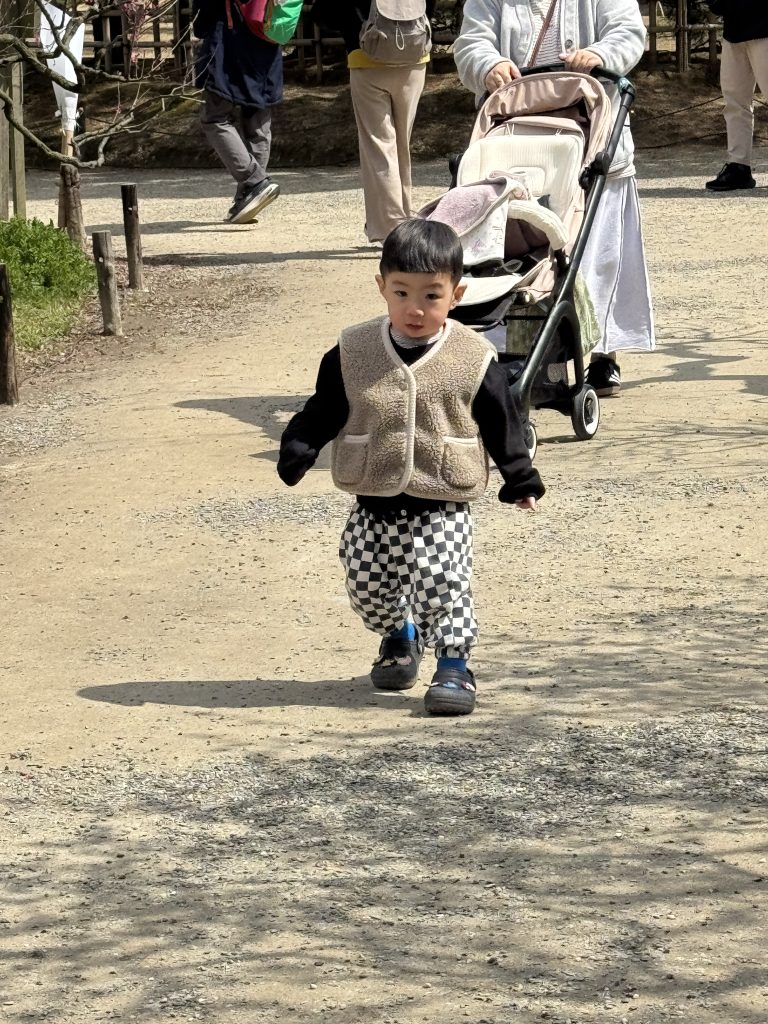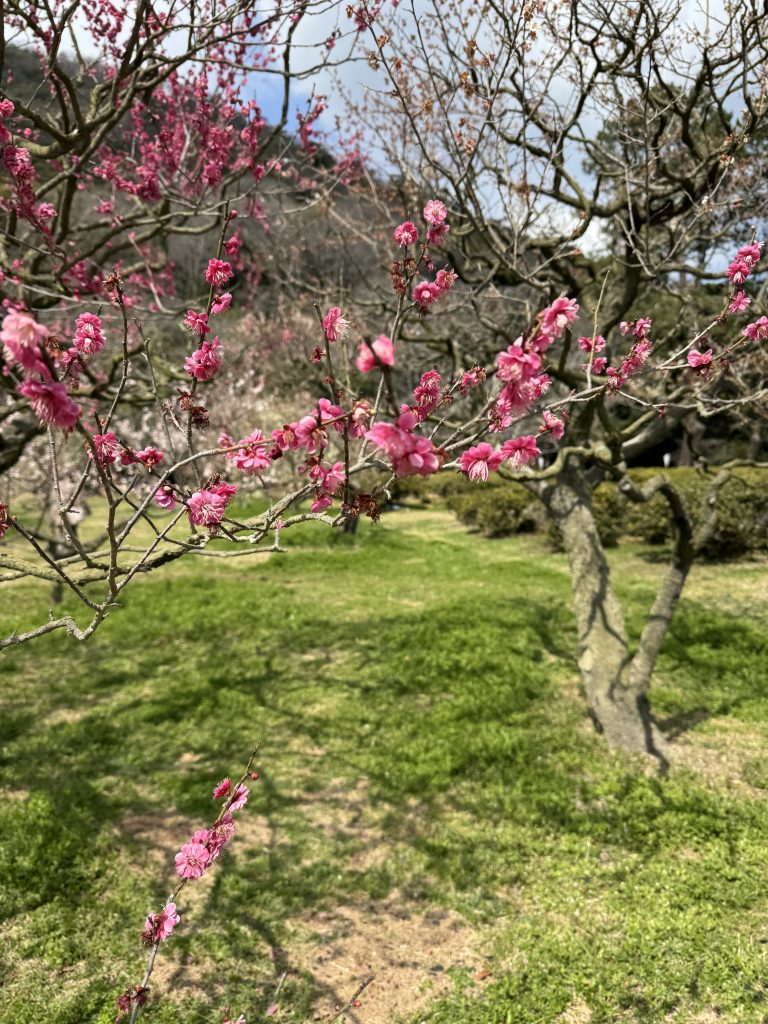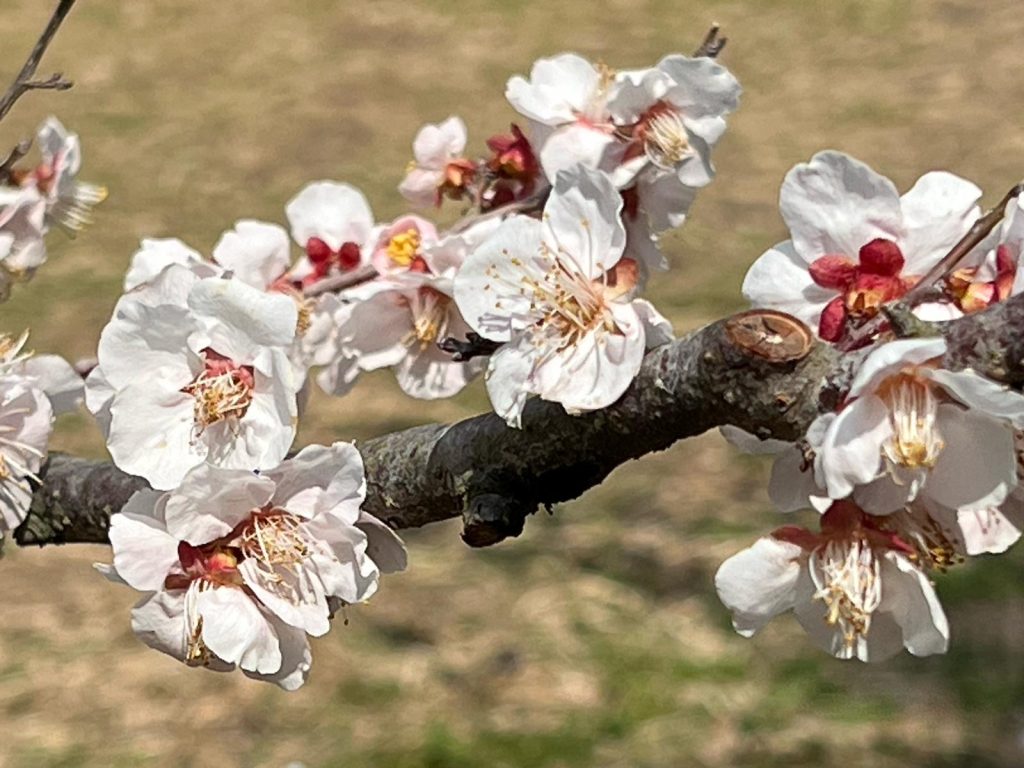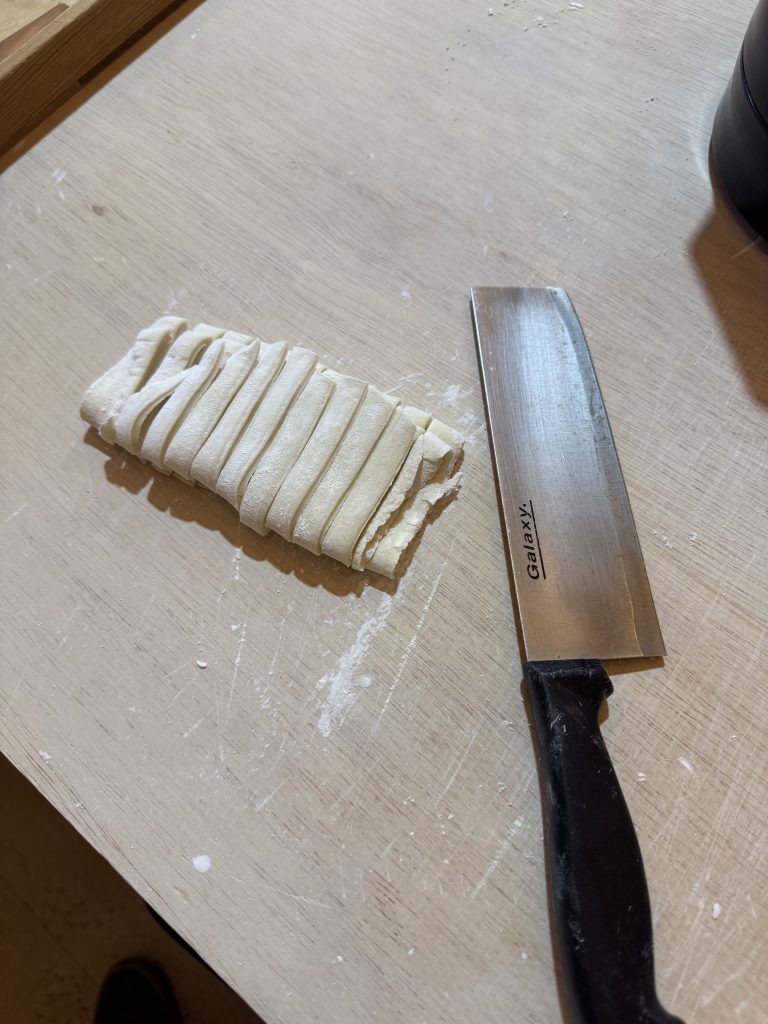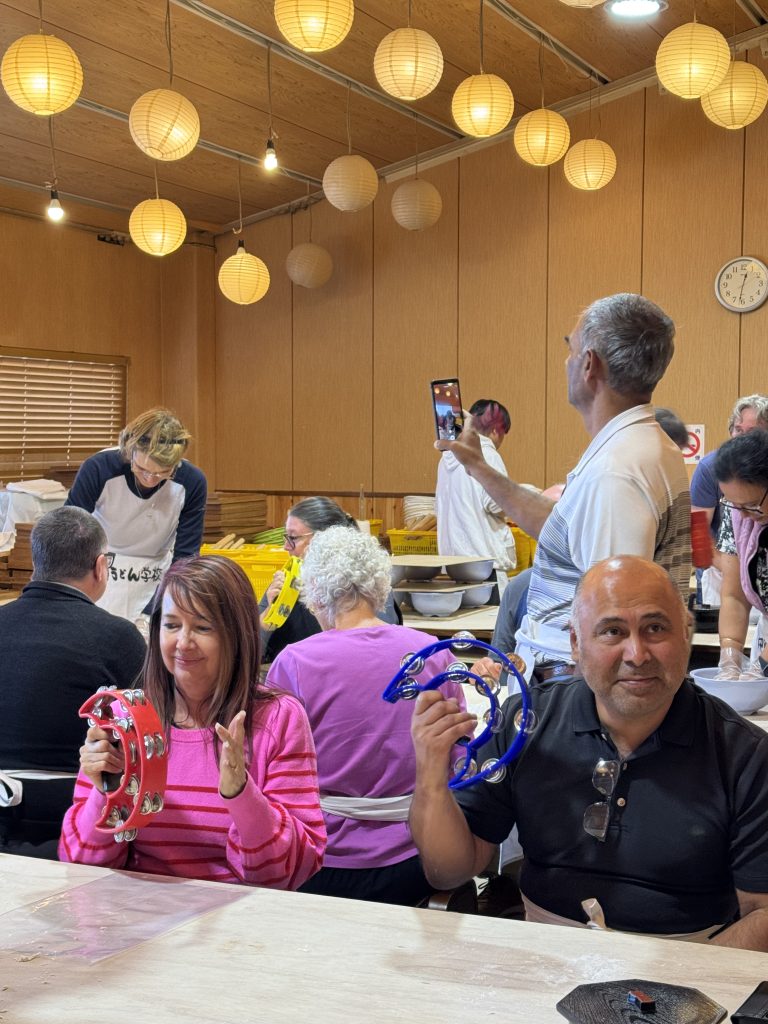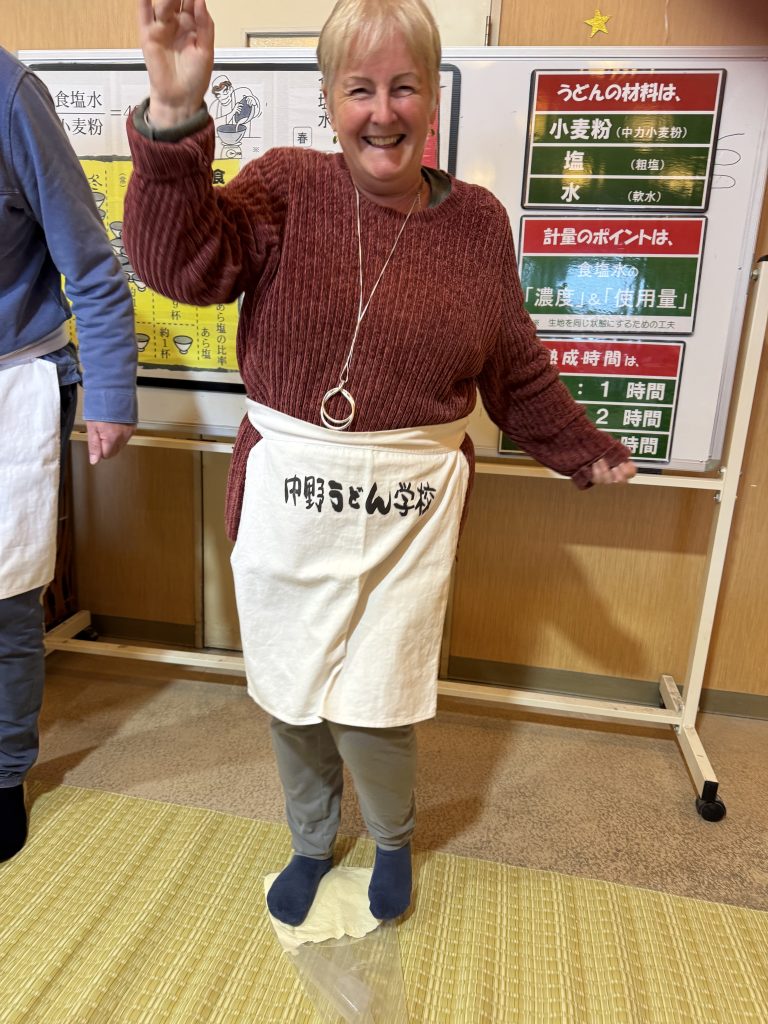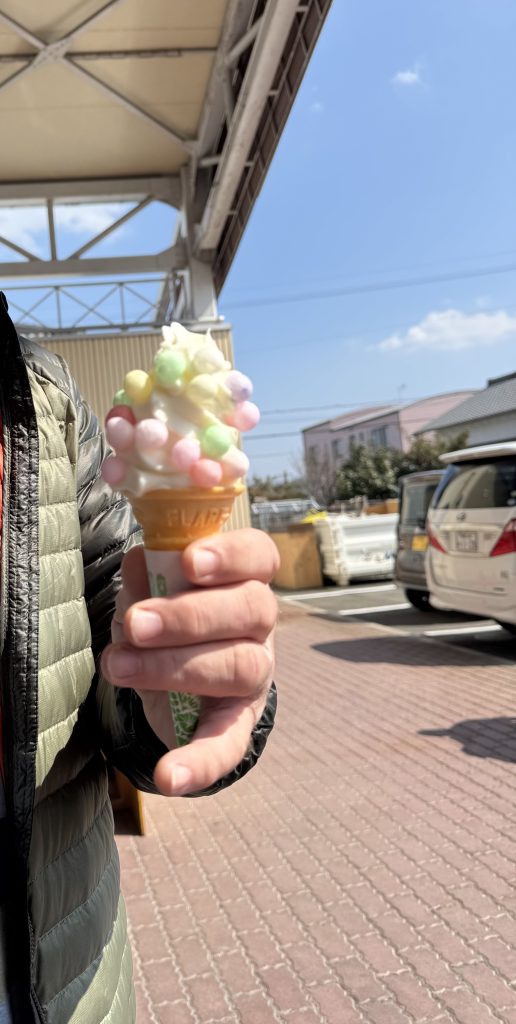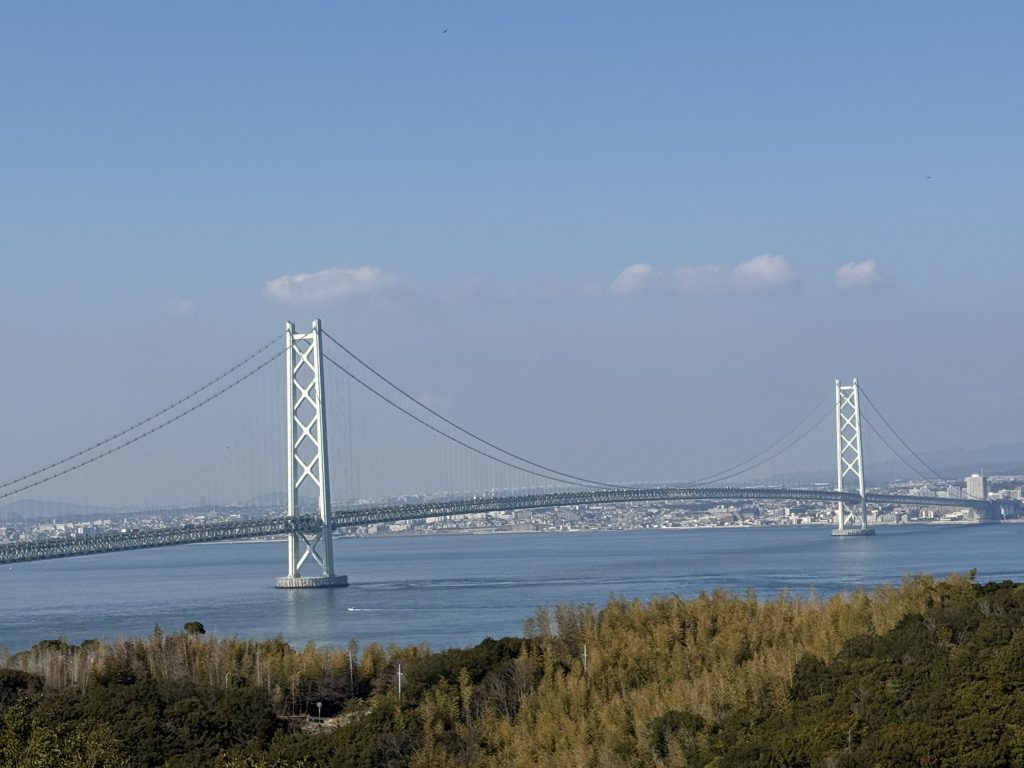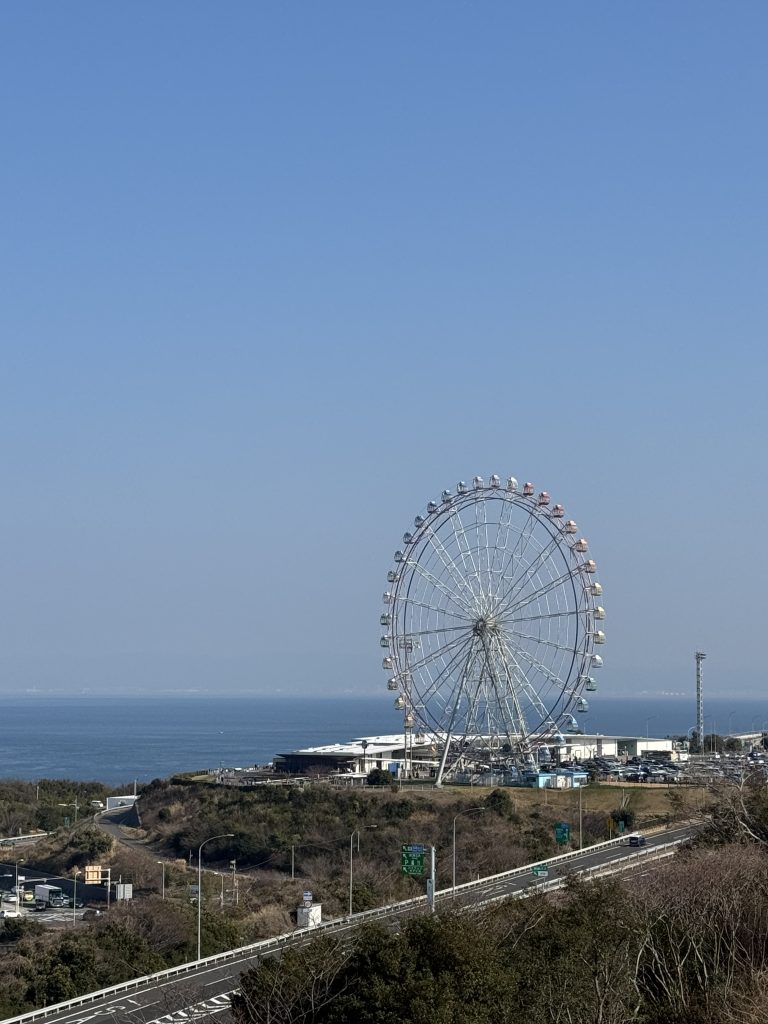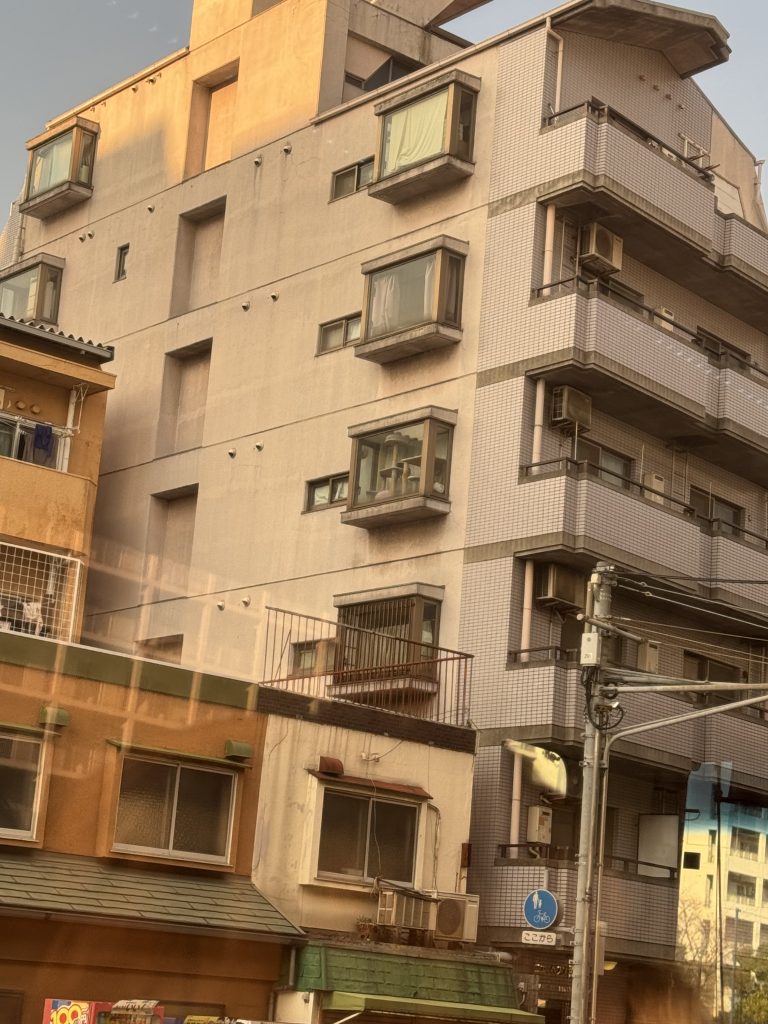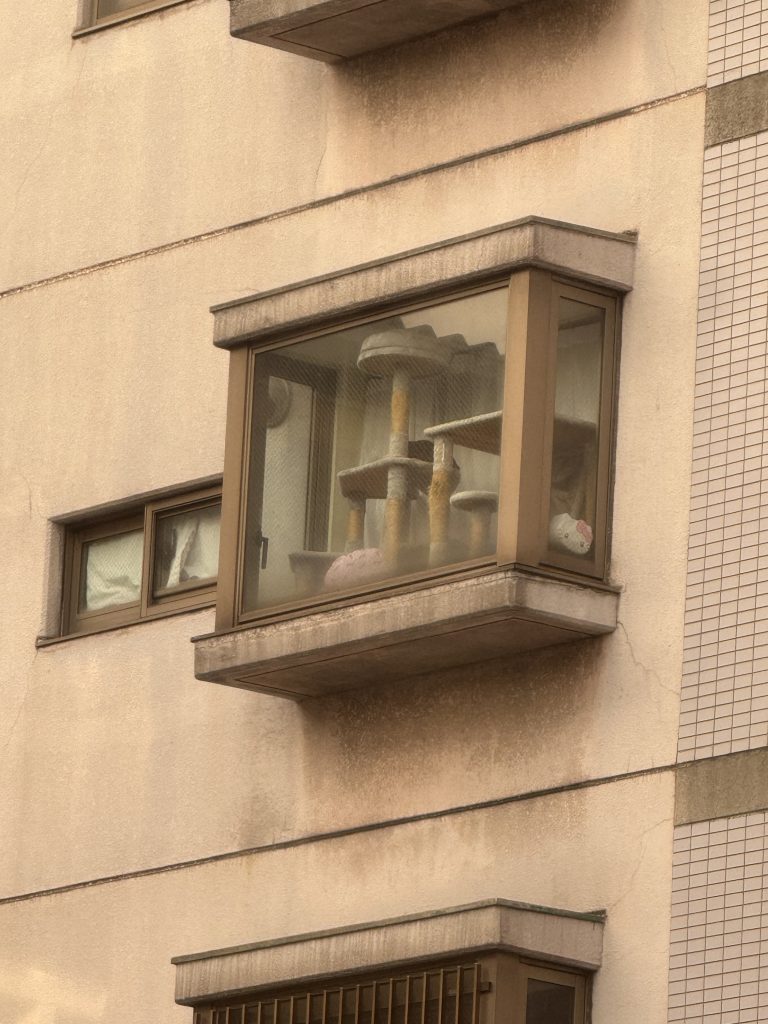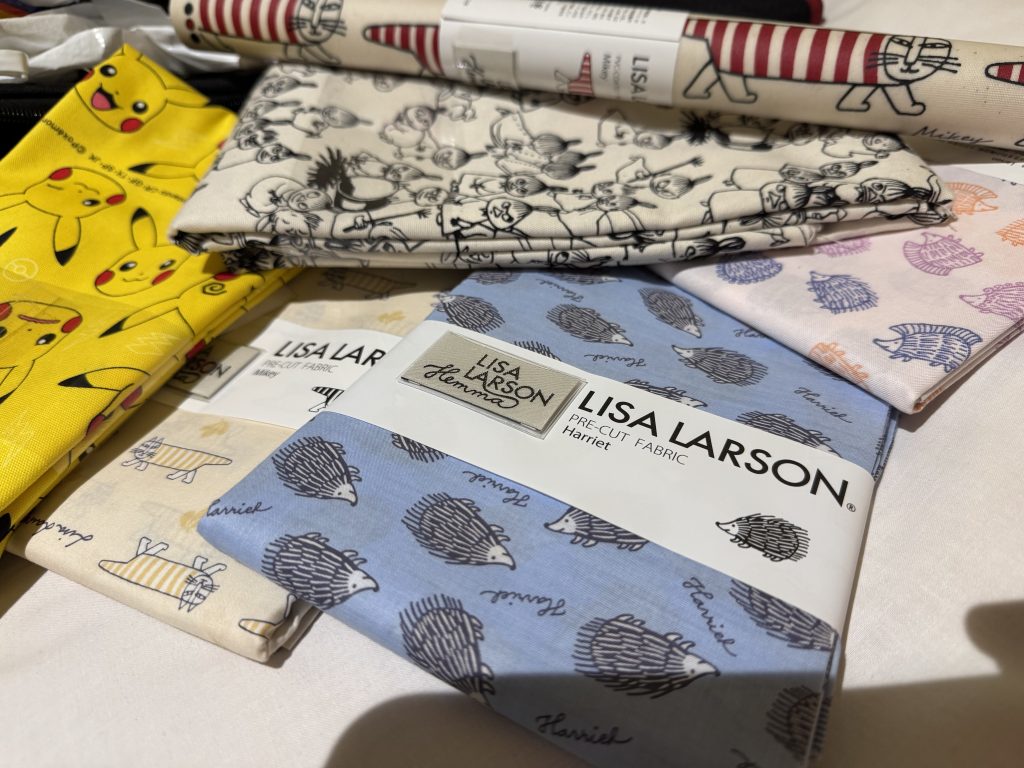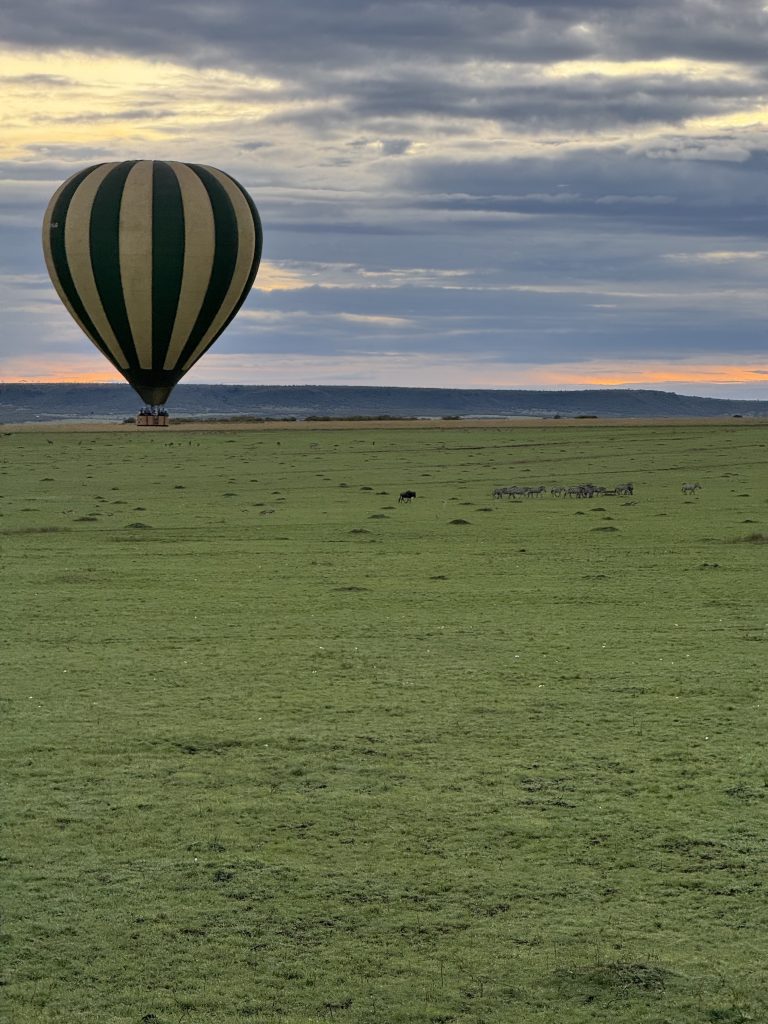
I was going to have a balloon ride over the South African countryside when my sister Kate and I were there 11 years ago. Unfortunately, the weather stopped it happening. We were disappointed, but today was the day I’d get that job done.
My first hot air balloon ride and it just happens to be over the Masai Mara.
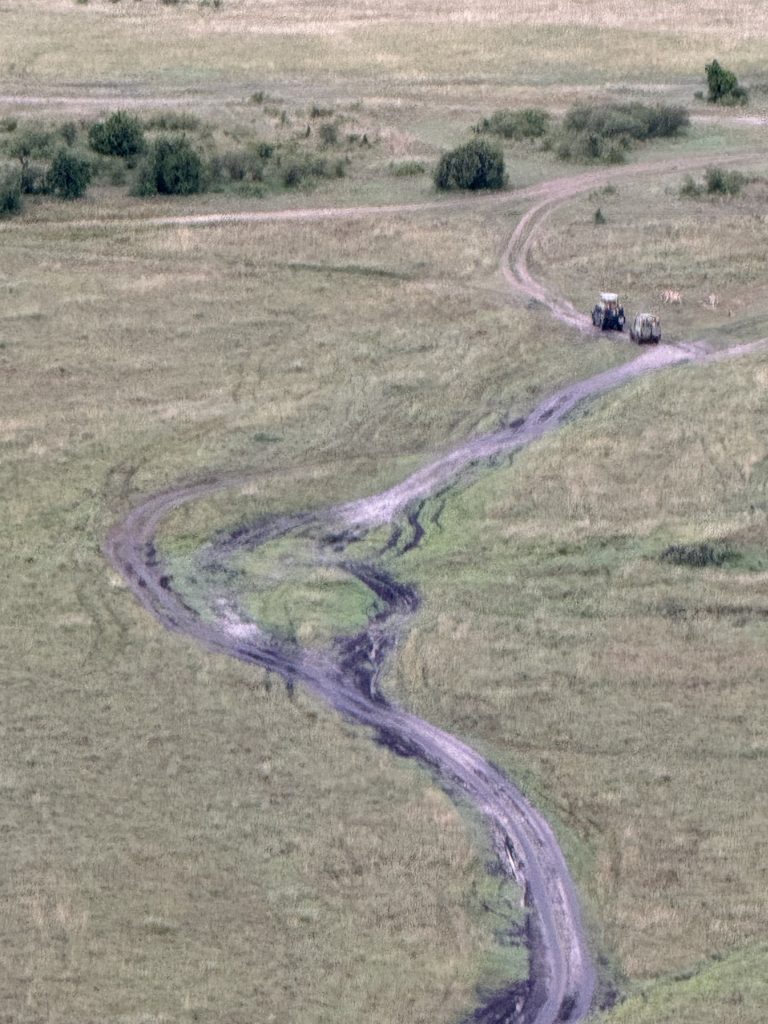
Here are the lions we saw yesterday. Most of the pride had moved off, as there were buffaloes and warthogs nearby, but a couple of lionesses and some cubs were still there. Zero in and you can see them.
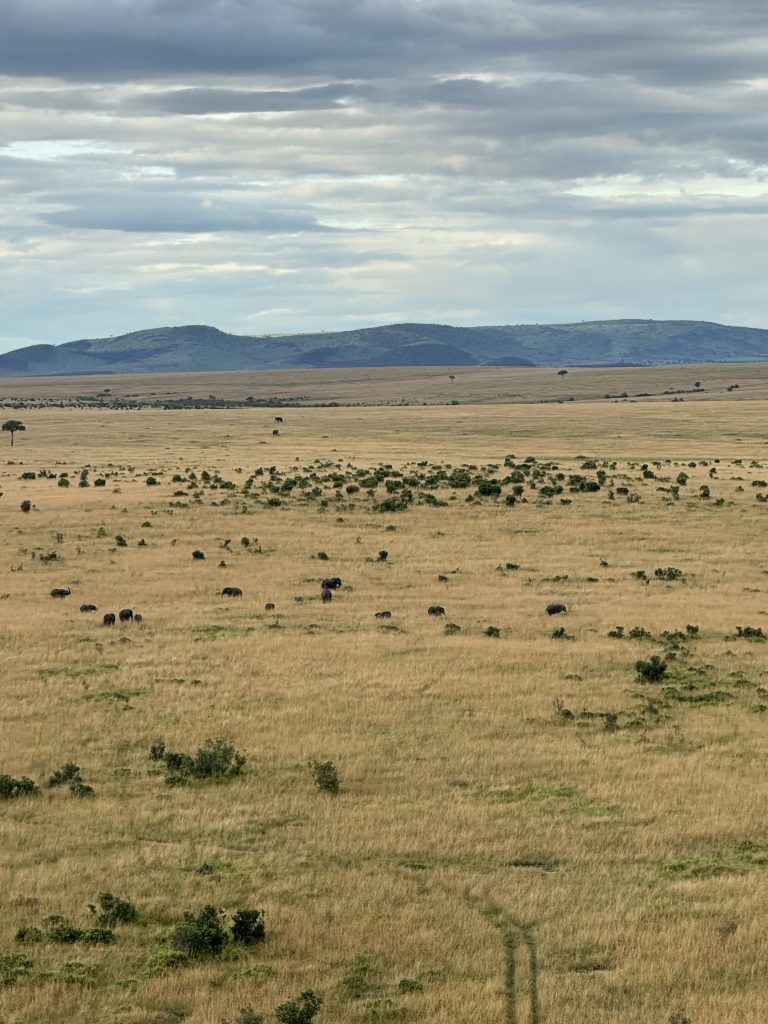
I’ve never been able to drive binoculars very successfully, so this is the view of the elephant herd I saw. Zoom. In, and you’ll be able to see them. They have babies…
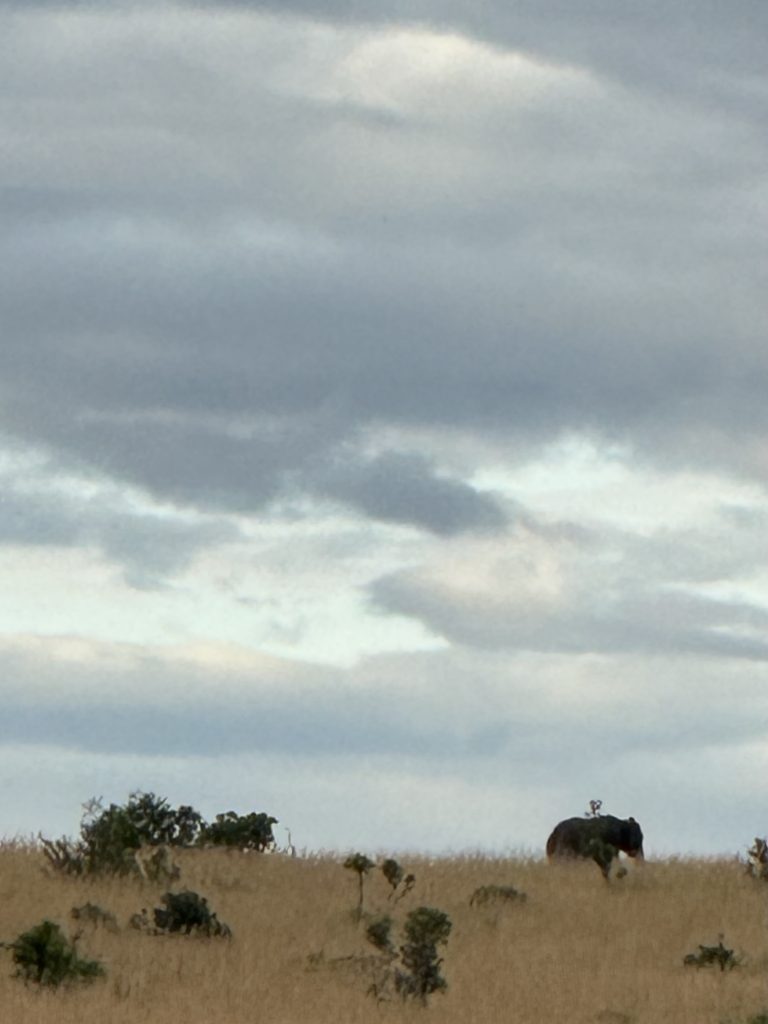
Here’s a wonderful silhouette. The balloon pilot was trying to go left, but the wind was pushing us to the right.
”You don’t take up ballooning if you need to be in control of everything,” he said. “You can control the actual balloon, but with everything else you have to be adaptable.”
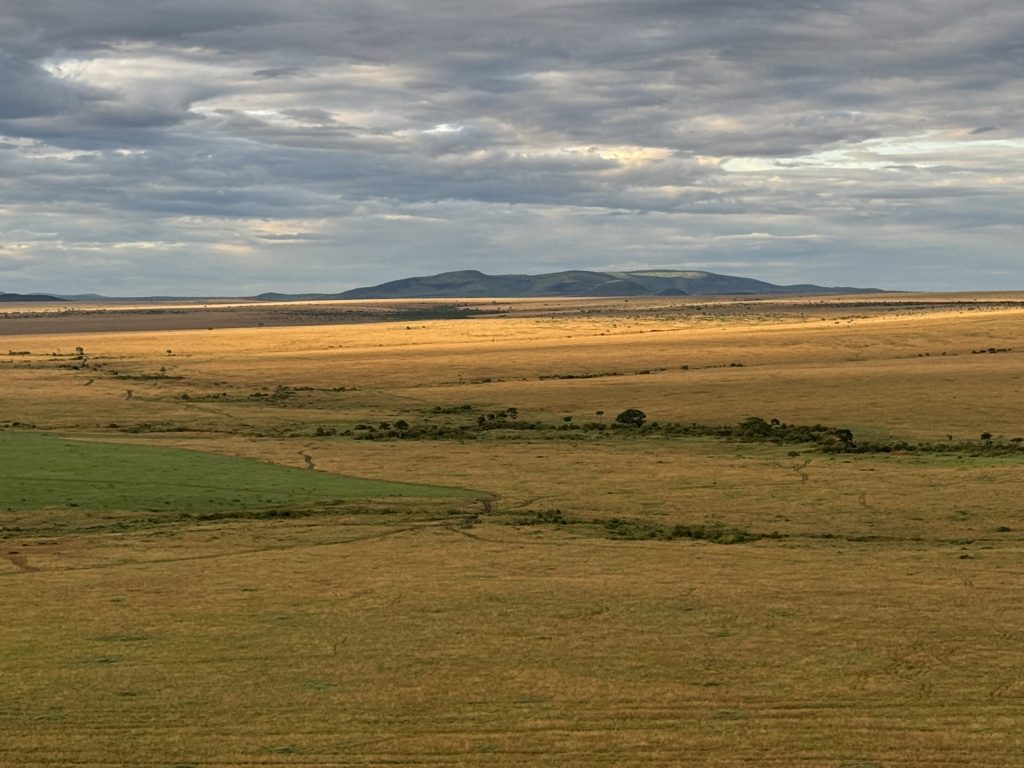
It was nice up there. You could see for miles, of course, and the sky was changing colours every second.
The wind blew us over the river.
“The guys have to find a way to cross to pick us up,” he said. “ It’s almost at the hour now, but we can’t fly for a bit longer.”
We had no problem with that.
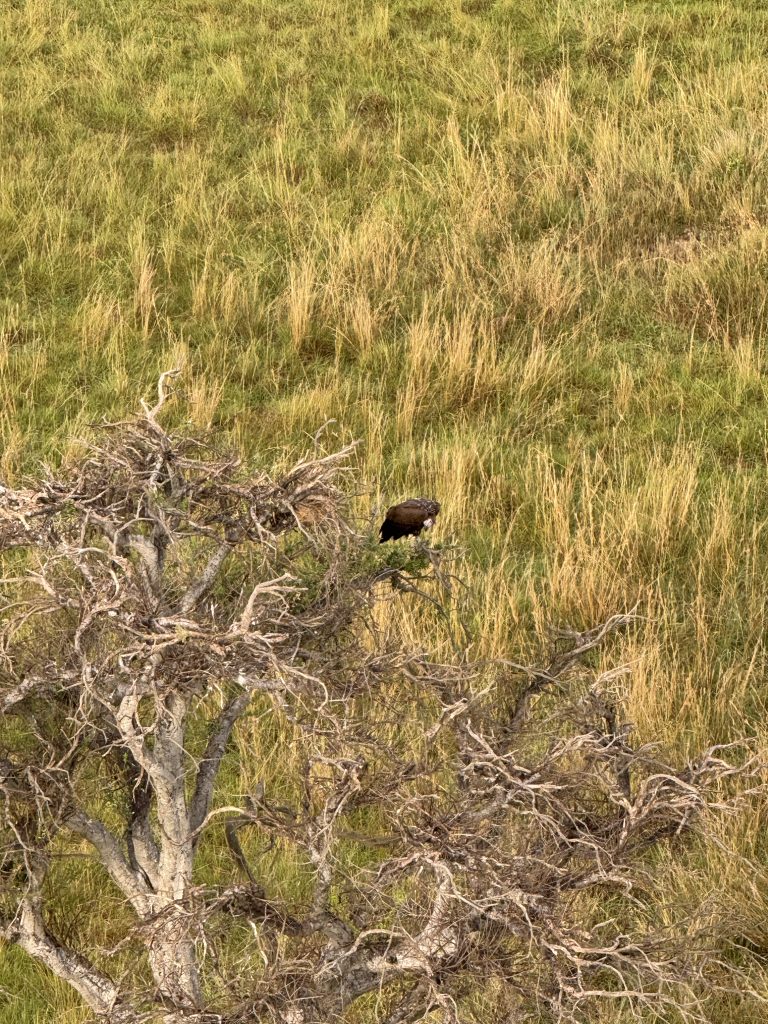
We were heading straight for a tree with a vulture perched on it.
”I’ll fly over this,”he said, giving the balloon a bit of a kick of flame. “It’s a waste of energy for him to fly if there’s no need.”
After an al fresco champagne breakfast – don’t mind if I do – we headed back out for a game drive.
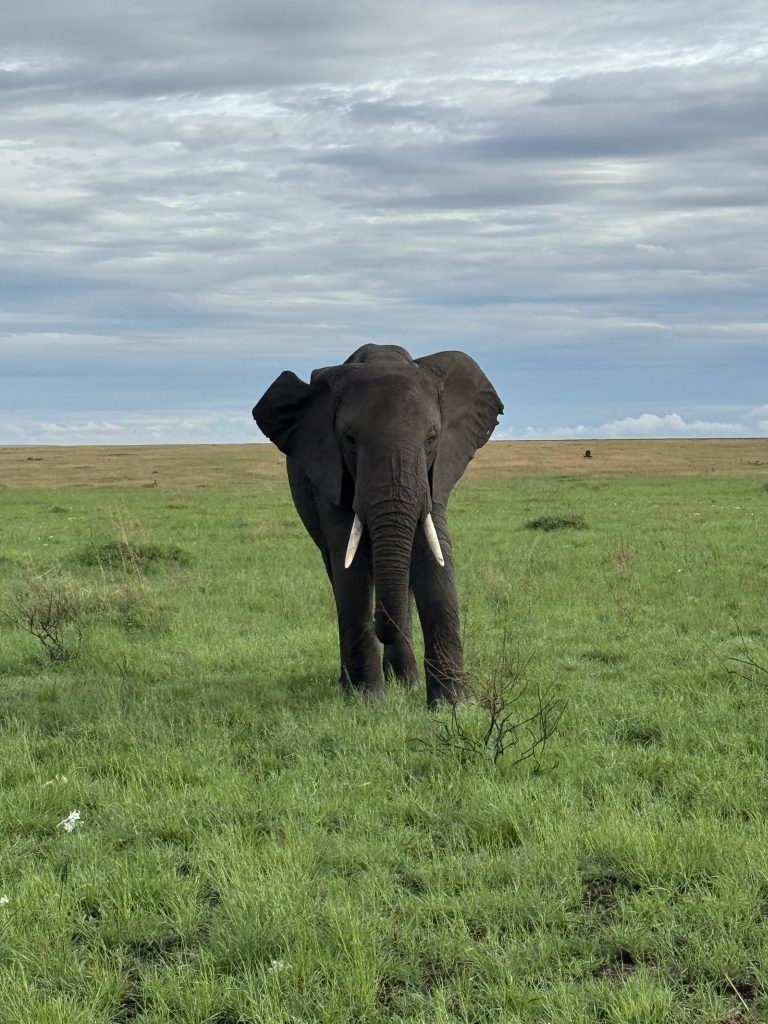
Almost immediately we were face to face with three of these.
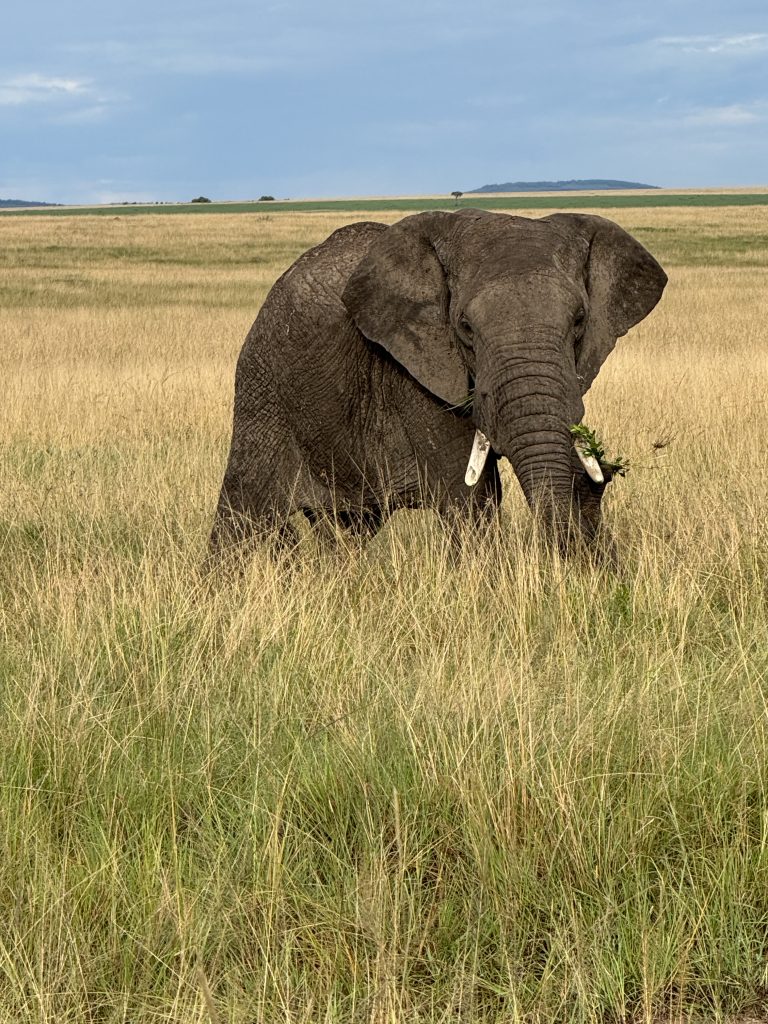
We were so close, we could hear him chewing.
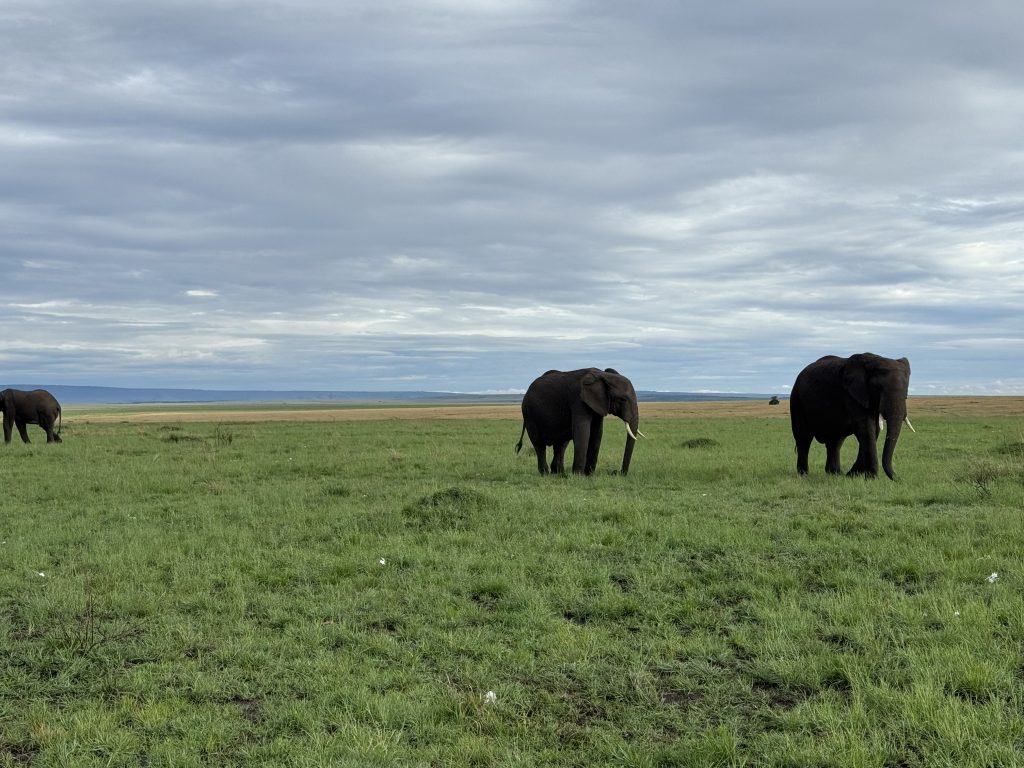
After a while, we left them to it and drove off to see what else was out there.
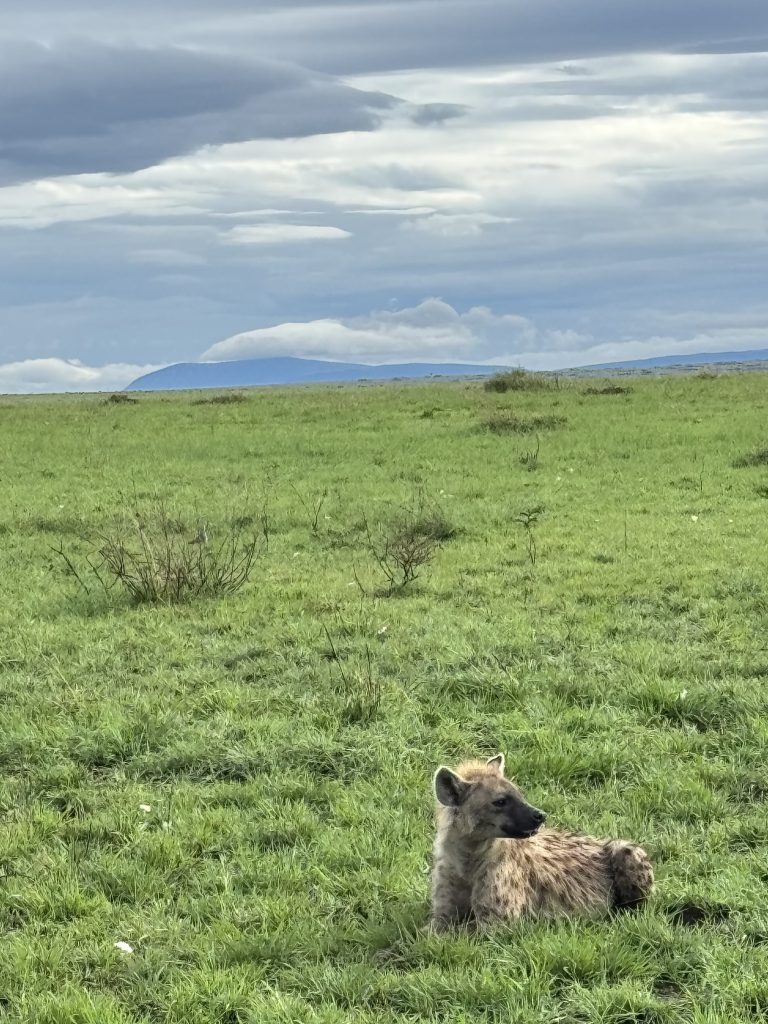
We couldn’t believe how close this hyena was to the road. He wasn’t moving for anyone!
Can you BELIEVE this?
A pride of lions with a fresh kill. When we were up in the balloon we saw some lions chasing a warthog. The balloonist said they were just mucking around, but maybe things turned serious.
Do you notice how the boys are eating first. The girls do the hunting, but the boys eat their fill first.
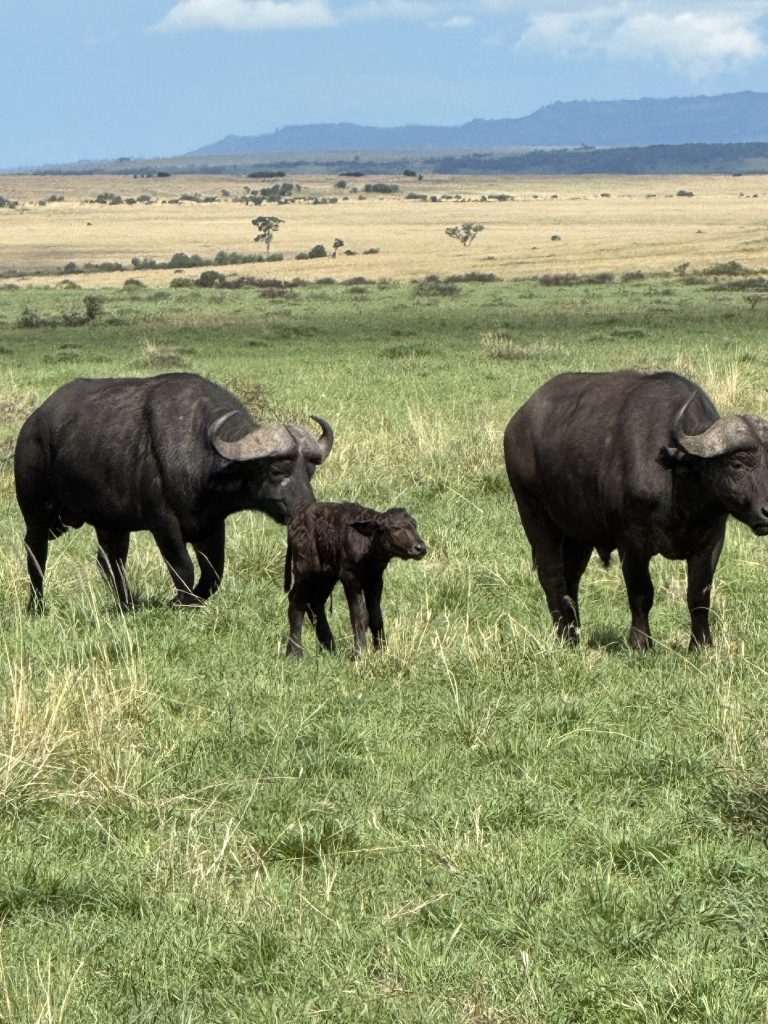
This was sad. The baby Cape Buffalo still has the umbilical cord. We all assumed it was with its mother, but then Martin said, “ These are male buffalo. They’re trying to make the baby go away.”
One of the two very stupid women we have on the tour said, “Oh, surely they’ll take it to a mummy who’s lost her baby.”
”No, no,” said Martin. “They don’t adopt other babies. This one will almost certainly die.”
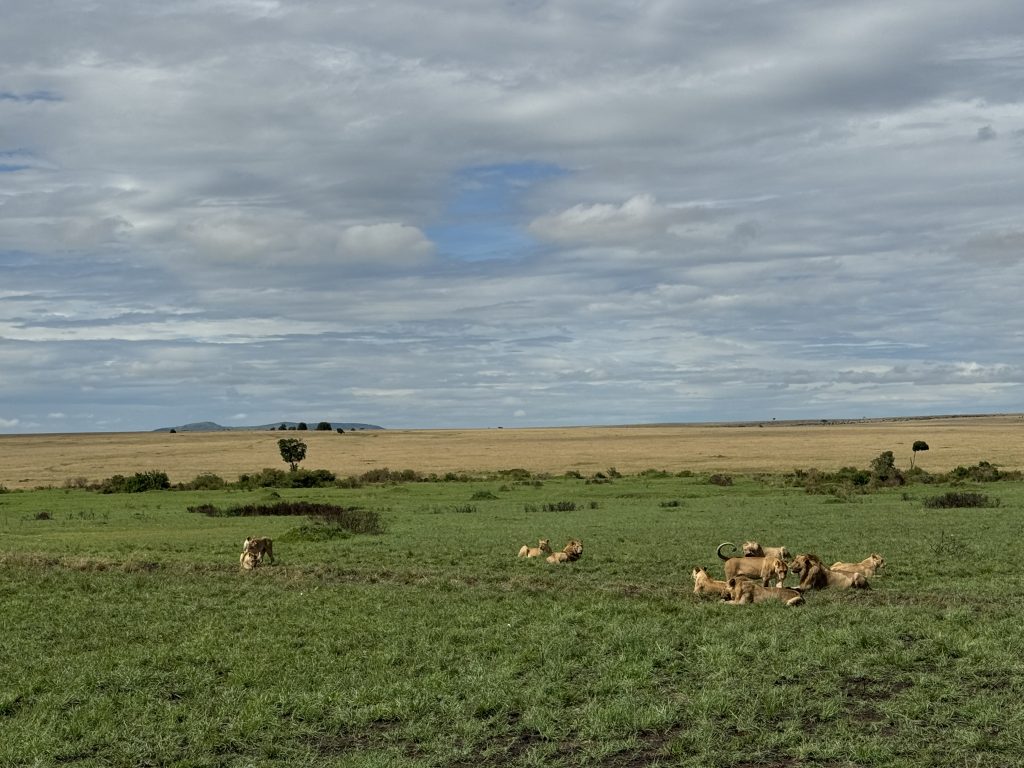
Hooley Dooley, it was a good day for lions!
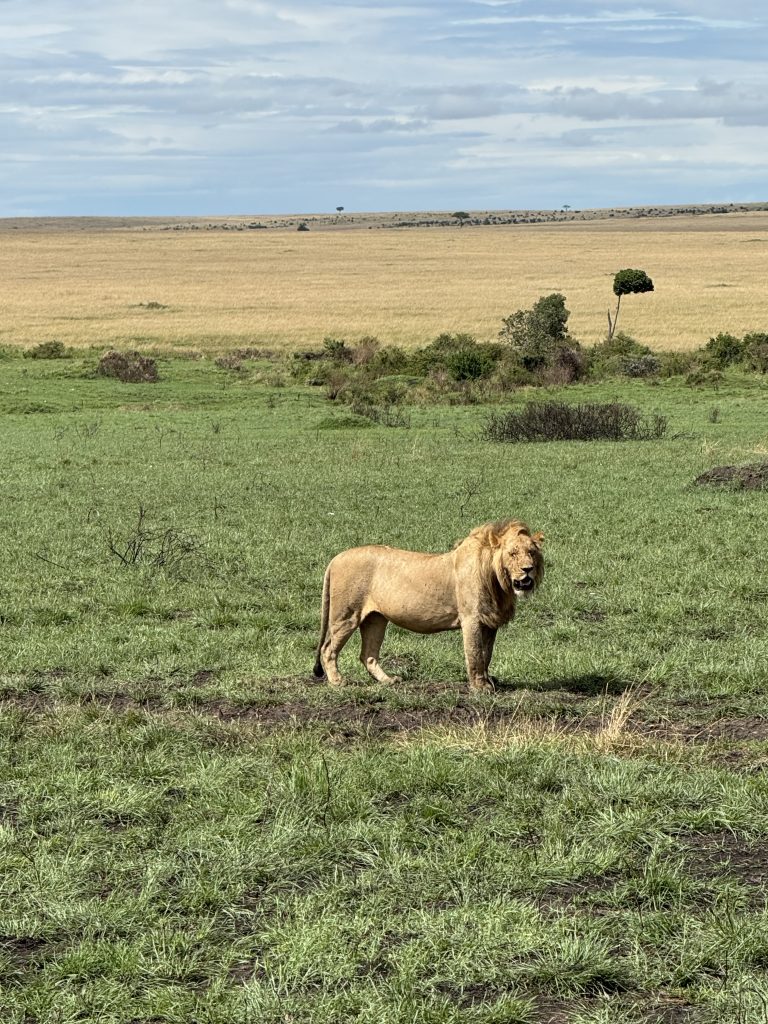
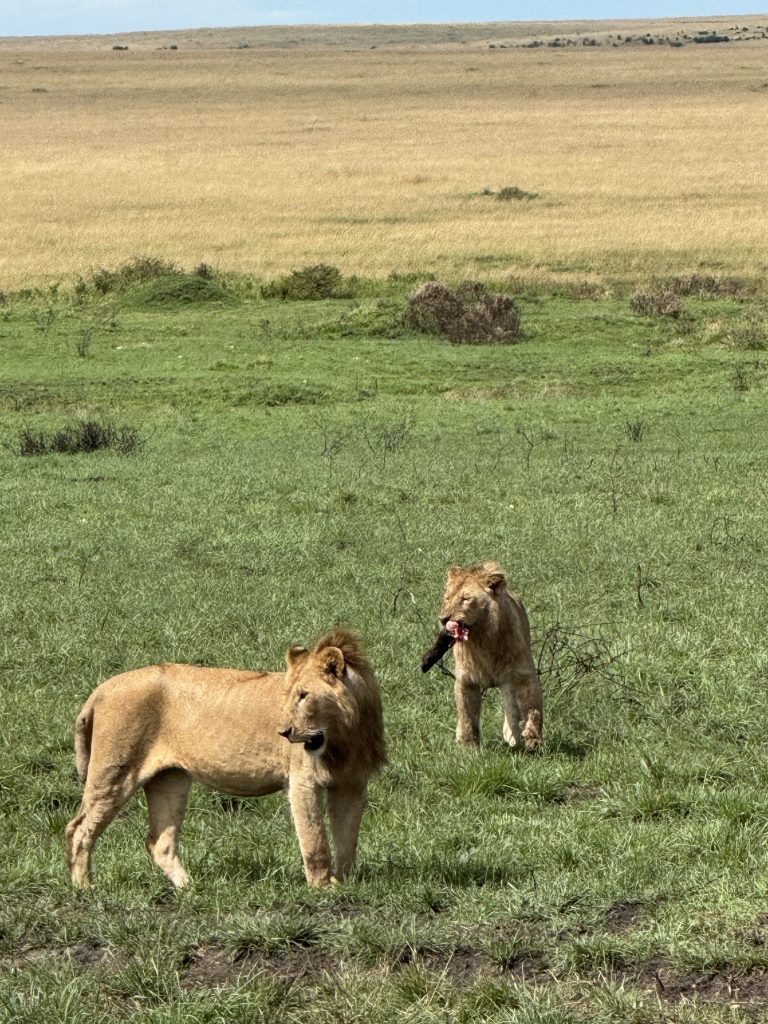
Look at her swinging that snack around!
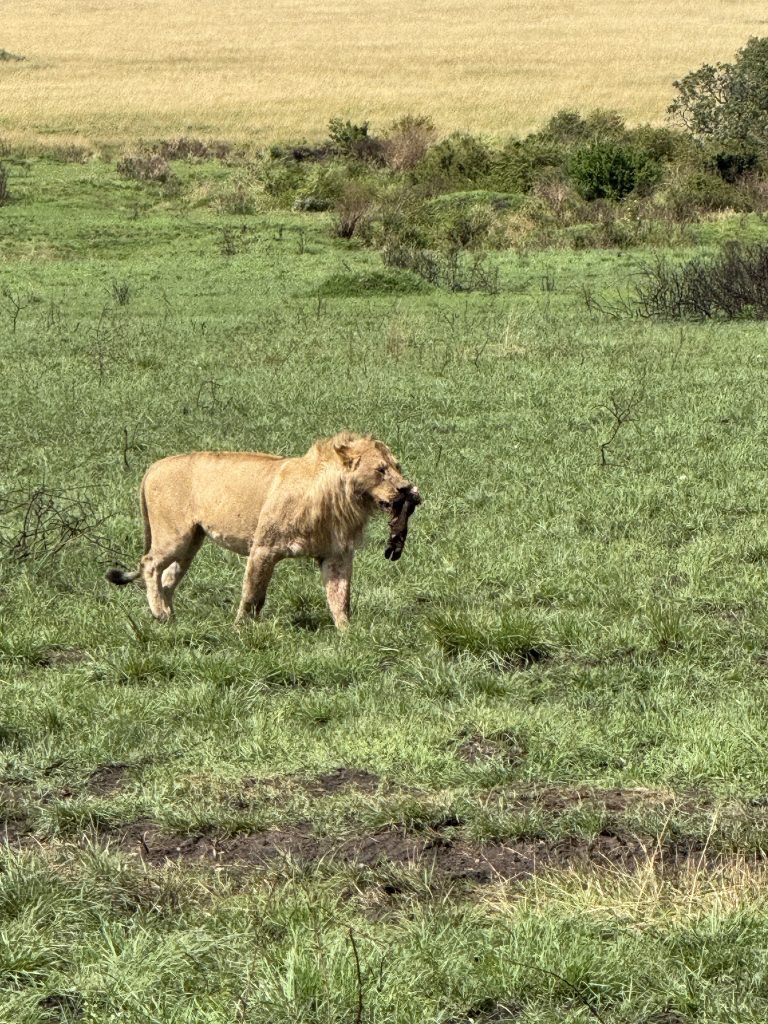
After a little while, they walked off through all the parked jeeps to find some shade from the afternoon sun.
I have heaps of photos of this guy, but I couldn’t resist showing you the video. I always try to be in front of, and at this moment I was very glad I was.
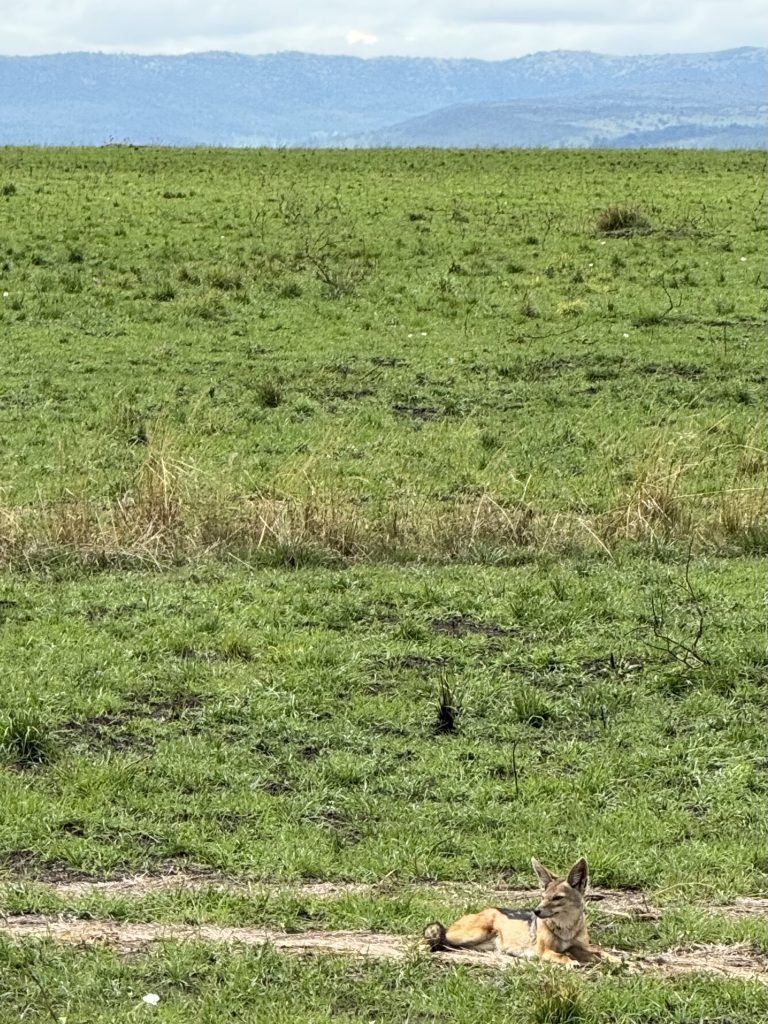
Another jackal. I think they’re beautiful.
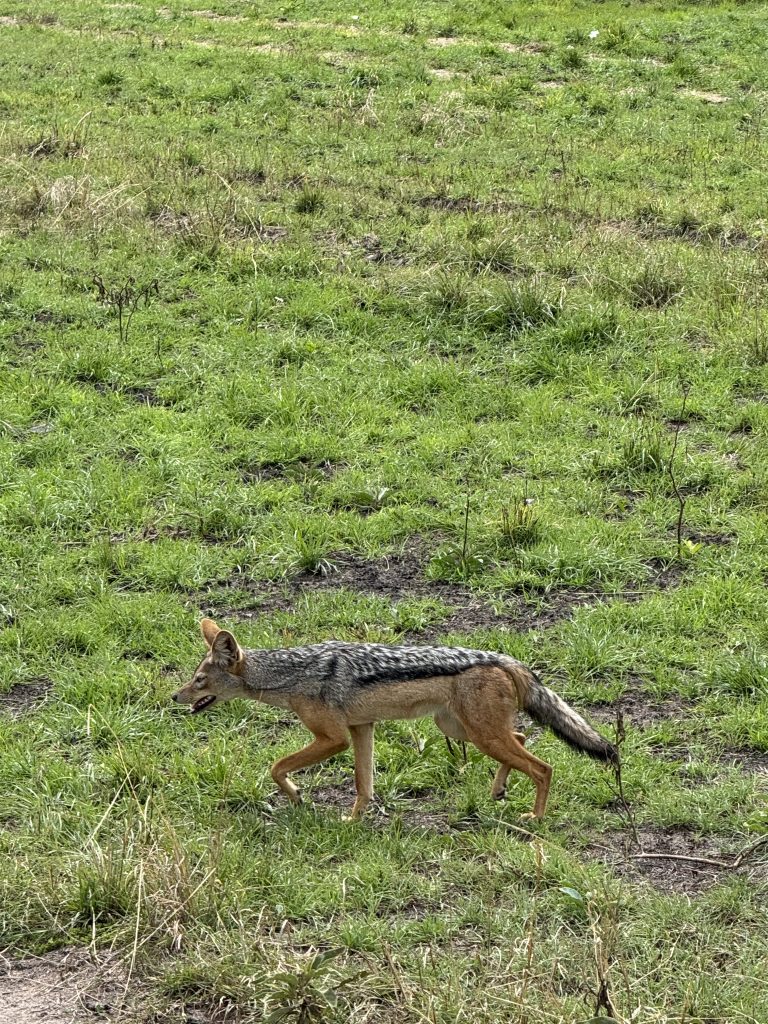
See?
Then we found another courting couple. Look away now if you don’t want to see the full extent of a lion’s bonk.
All 12 seconds of it.
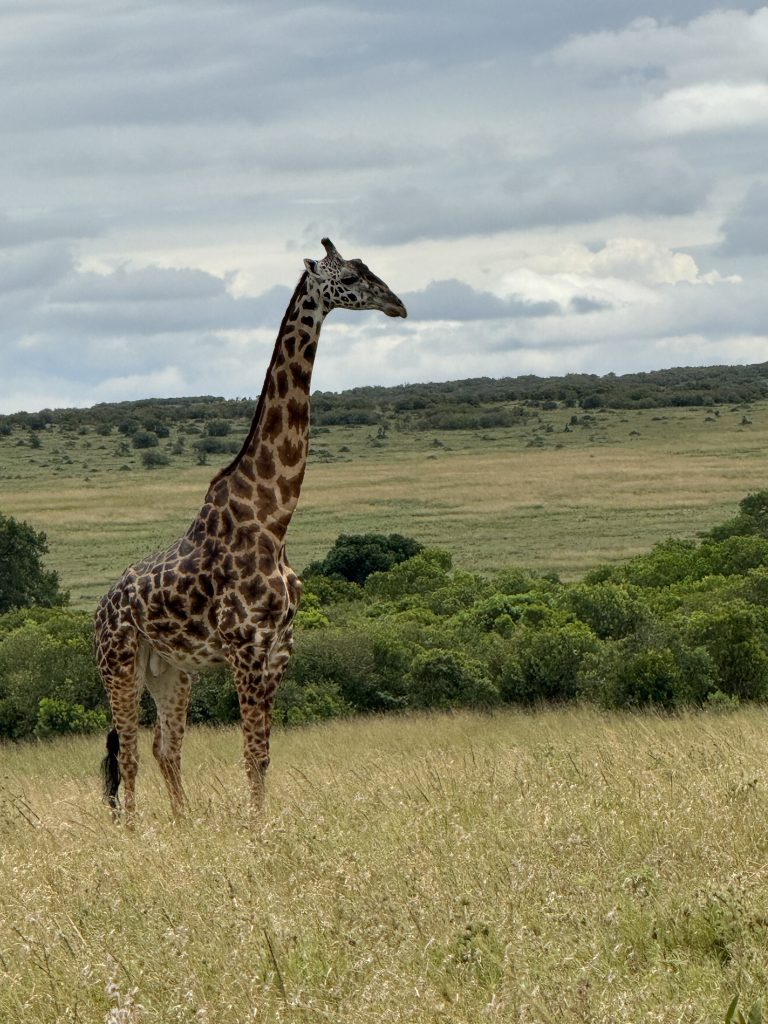
A giraffe hung around for a while.
Then guess what? We drove up to a river bank and we were allowed to get out of the jeeps.
Hippos!
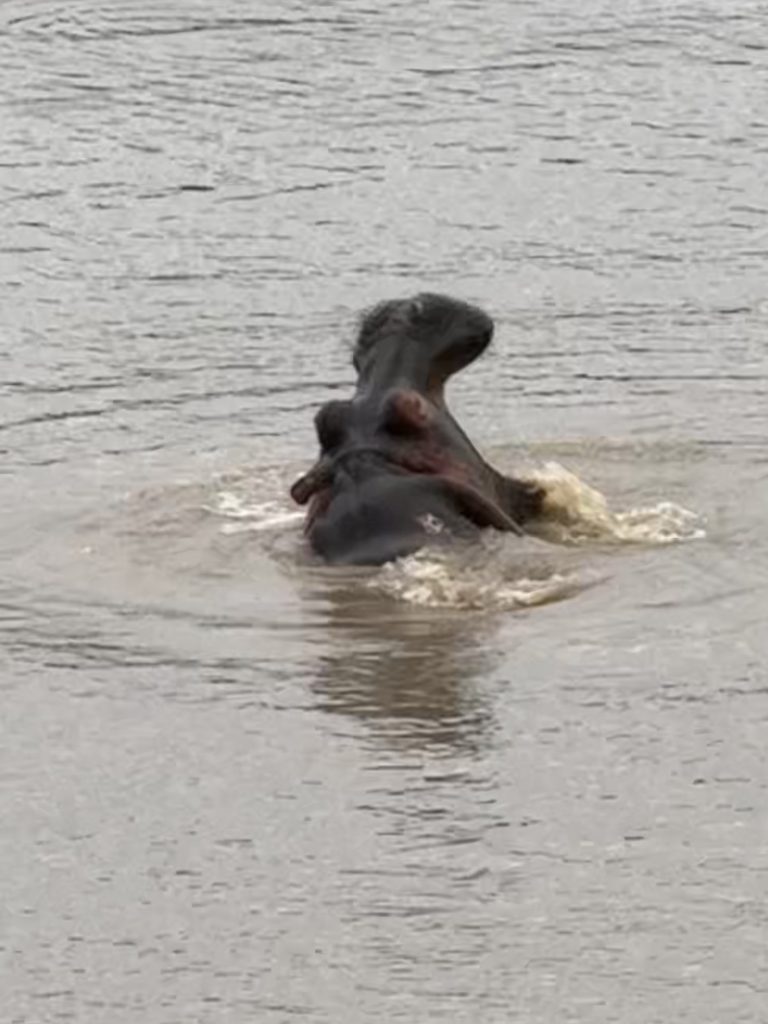
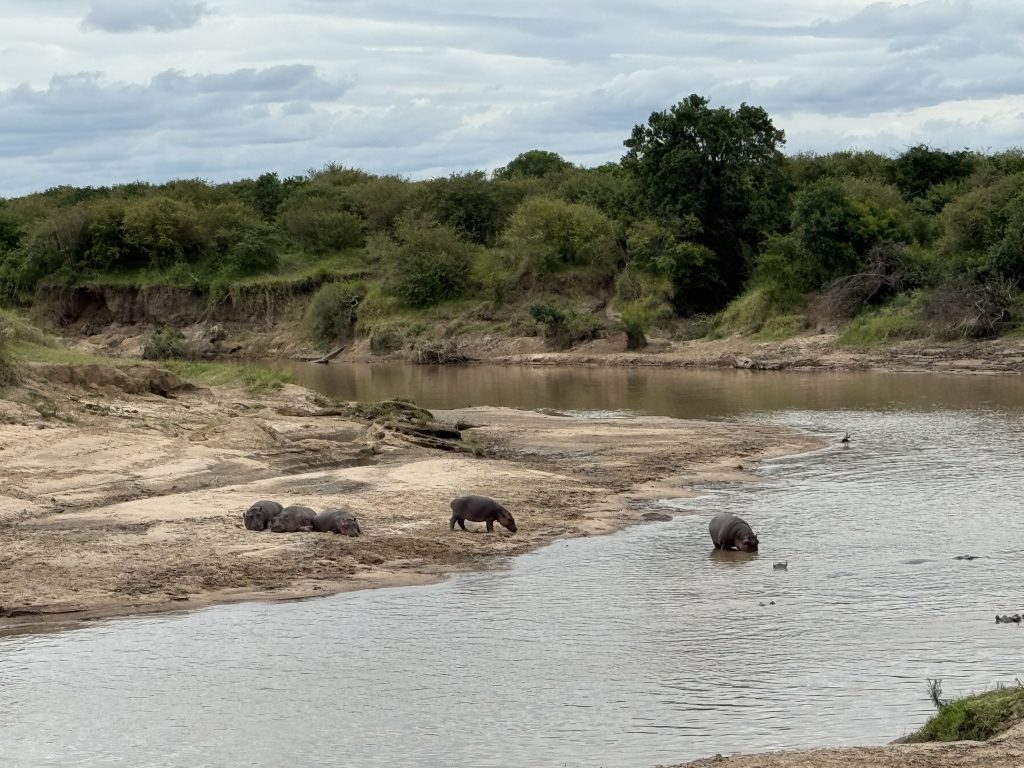
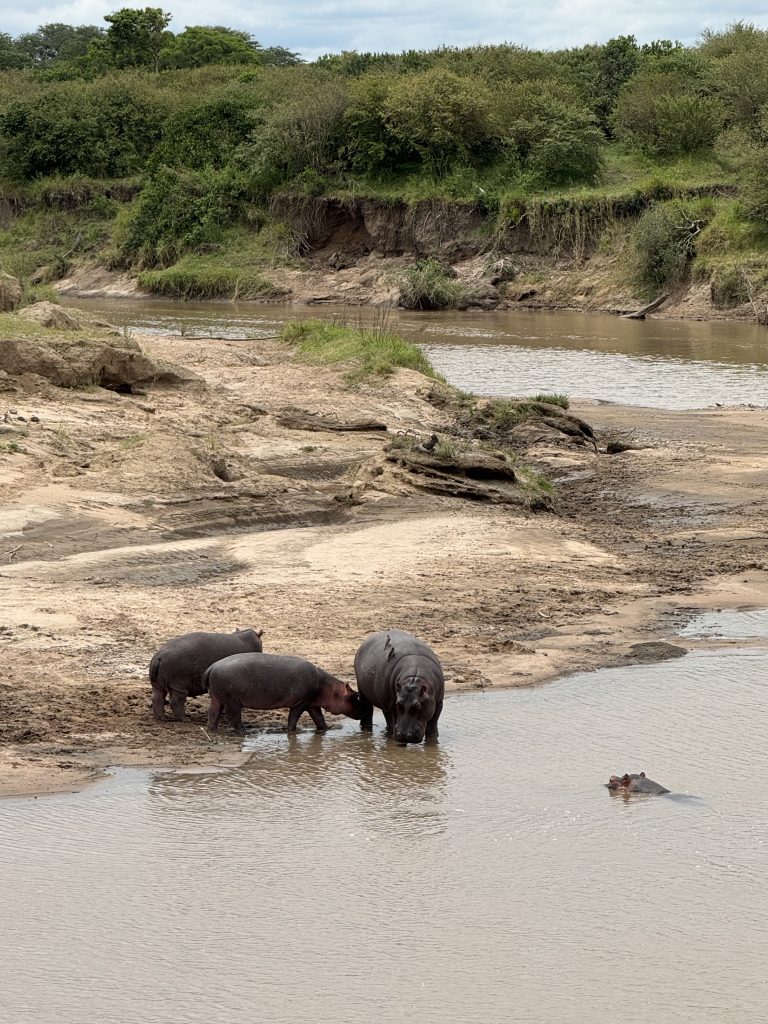
We could hear them grunting and bellowing as we stood on the bank. We stayed for quite a while, watching them disappear and reappear from the water.
This day was EPIC.
Then after lunch, we had a couple of hours to chill – and when I said a few swear words about the non-existent wifi – then we were off to a Masai village.
Here’s the famous jumping dance.
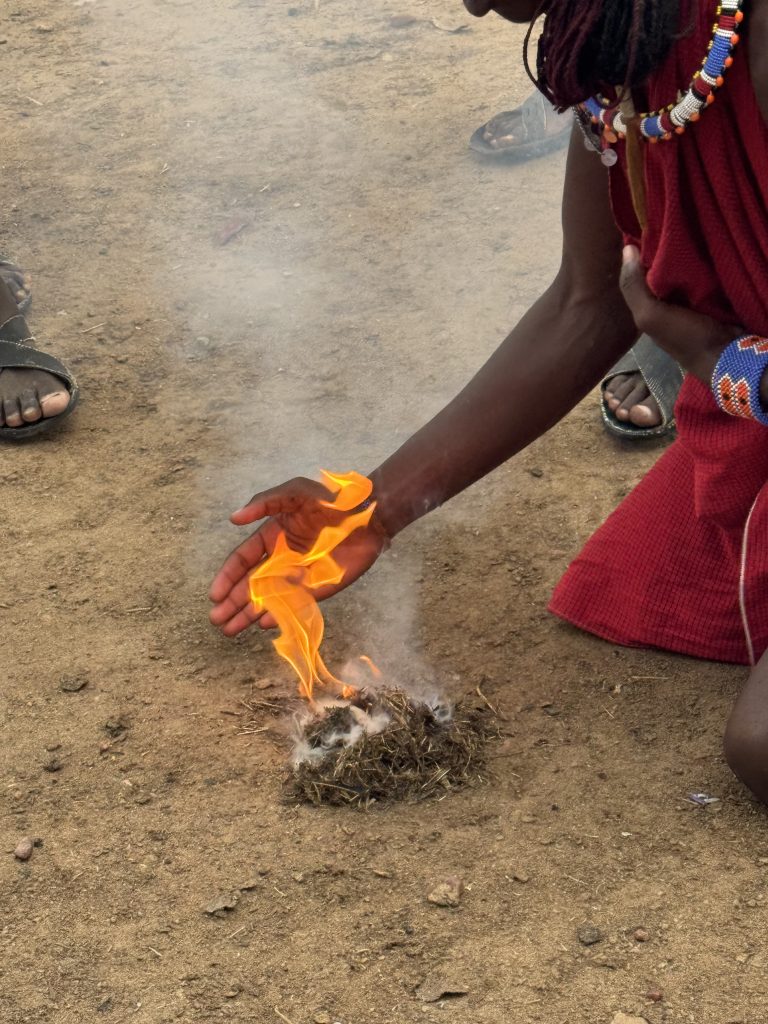
We were given a fire-making demonstration. I tell you what – these guys should go on Survivor. A handful of elephant dung, a knife and it was away, even on a windy day.
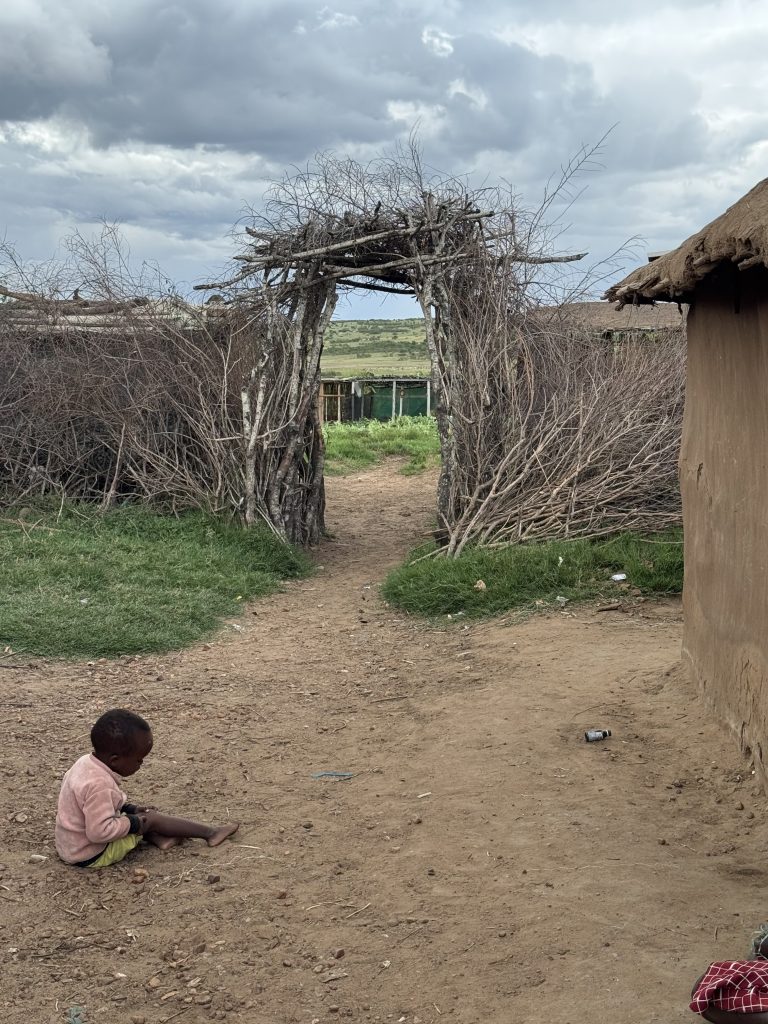
We were given a tour of the village. The guy who took our group was telling us how the women make the houses, bring up the kids, do the cooking and make crafts to sell, while the men protect the village and look after the livestock.
Janet, a woman on the tour who is distinguishing herself by her lack of filter, said to him, “That’d be right. The women do all the work while the men just laze around.”
omg.
Sylvana, the team leader, and I looked at each other, appalled. The man impassively looked at Janet for a couple of seconds, then invited us into the house. I saw Sylvana tap Janet on the shoulder and whisper something to her. Janet was well-behaved for the rest of the day.
The village was surrounded by a thick fence of thorn bushes to keep the animals out. It’s crazy… people are scared of Australia’s wildlife, but we don’t have things like lions and hippos that can rip you limb from limb.
Inside the fence, the village is built in a circle. The “village green”, if you will, is where they bring their cows and goats in at night for protection.
There are 350 people living here, which means that these huts must be packed. Polygamy is allowed here. The houses have a tiny window, presumably for safety if an animal does break in, so it was almost pitch black inside. I don’t know how the women are able to do their cooking.

These kids were mucking around with me, so I took their photo for them.
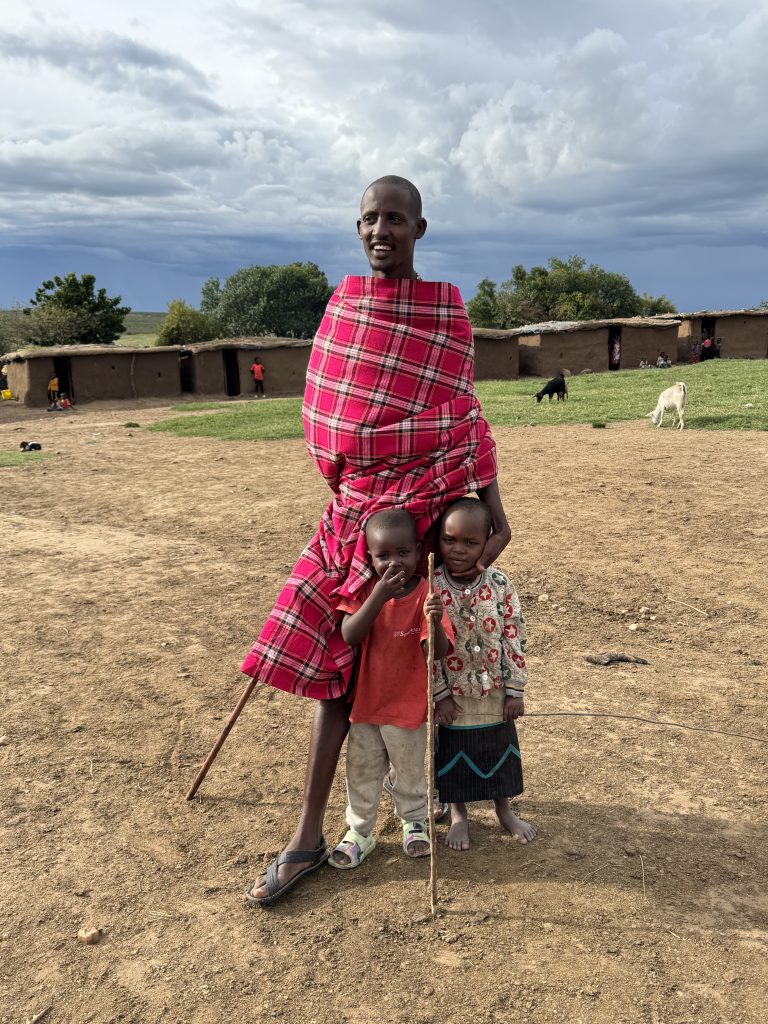
His kids.
After this, it was back to the game park for another drive. We only saw one main animal, apart from the usual zebras, gazelles and such.
But WHAT an animal.
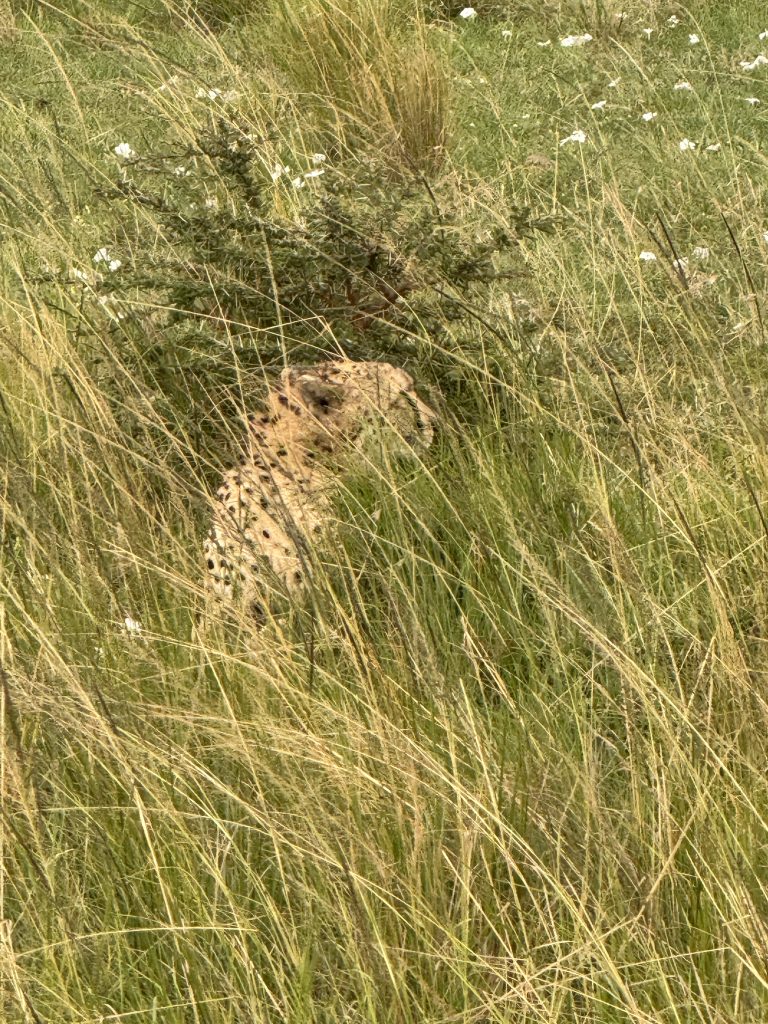
A cheetah.
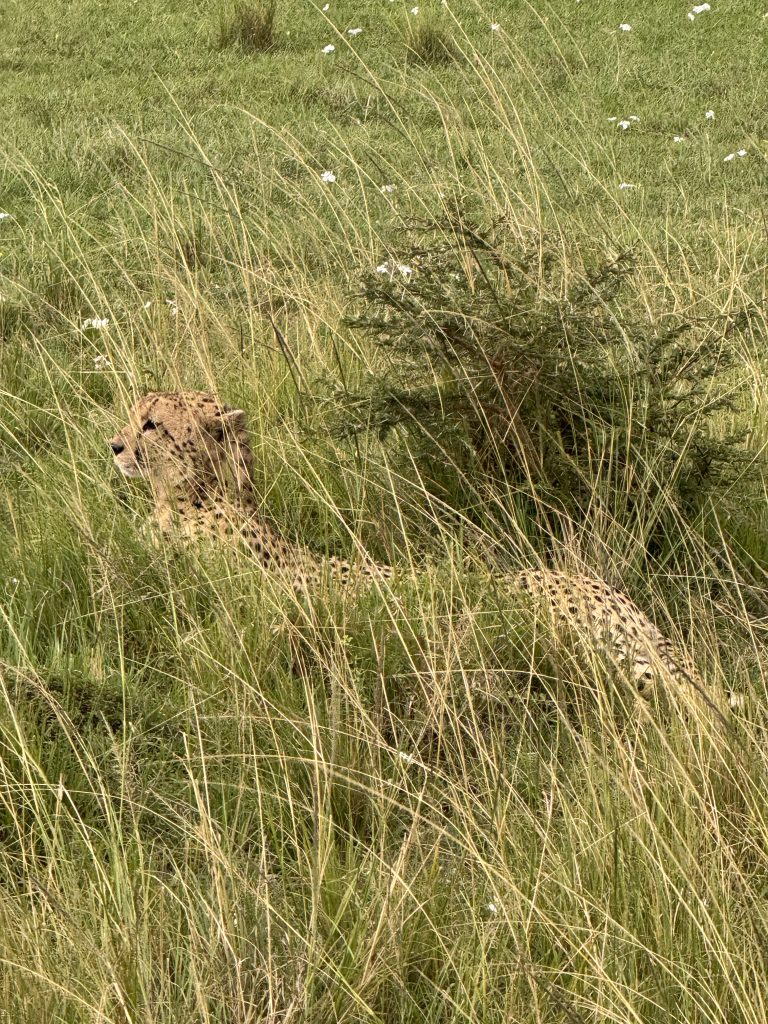
There was a documentary film crew following a cheetah around, and the other drivers had to hang back until they got their footage. Our driver was looking, looking, then he suddenly floored it when he heard something over the radio.
For ages, no one could see where he was, until Liz, who has eagle eyes, spotted him hiding behind a bush.
Rangers were there, and they allowed us to leave the road and slowly drive close to him.
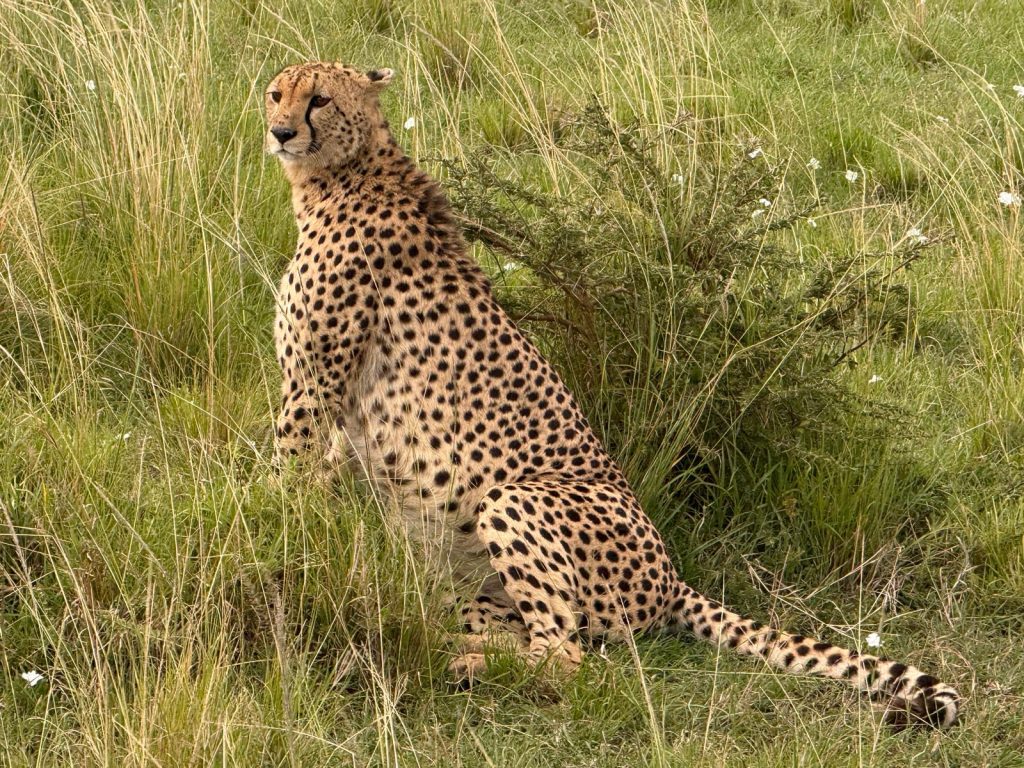
Just stunning.
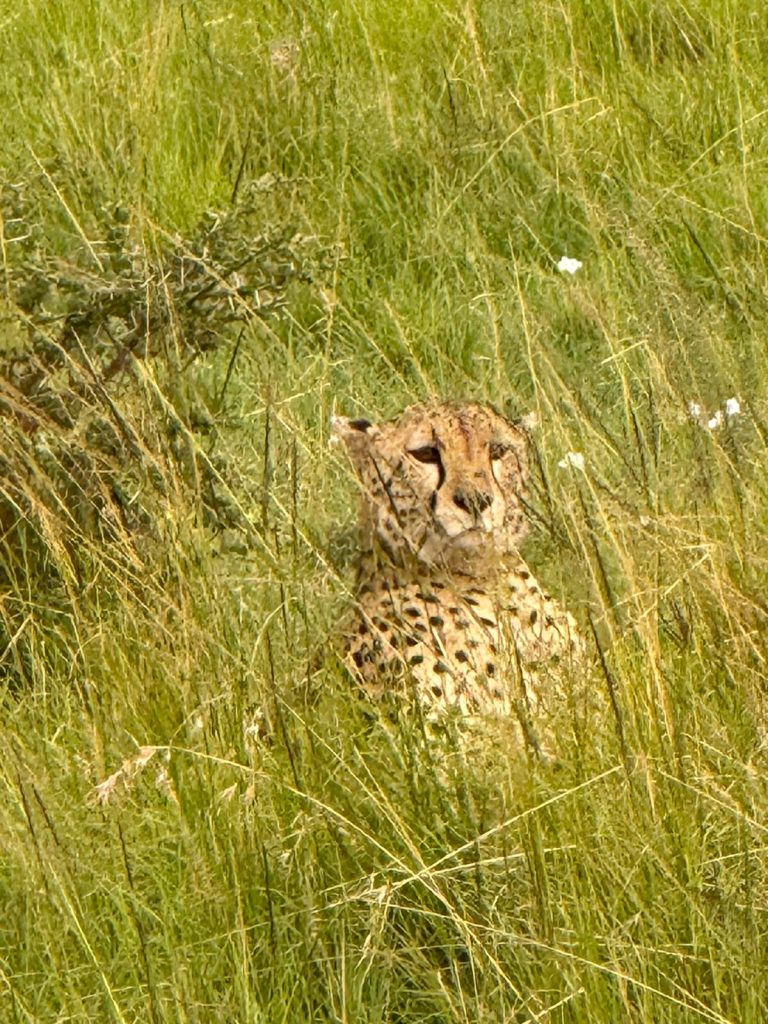
The Masai Mara park certainly delivered today! Tomorrow, we’re off to Tanzania.
Dad Joke of the Day:
